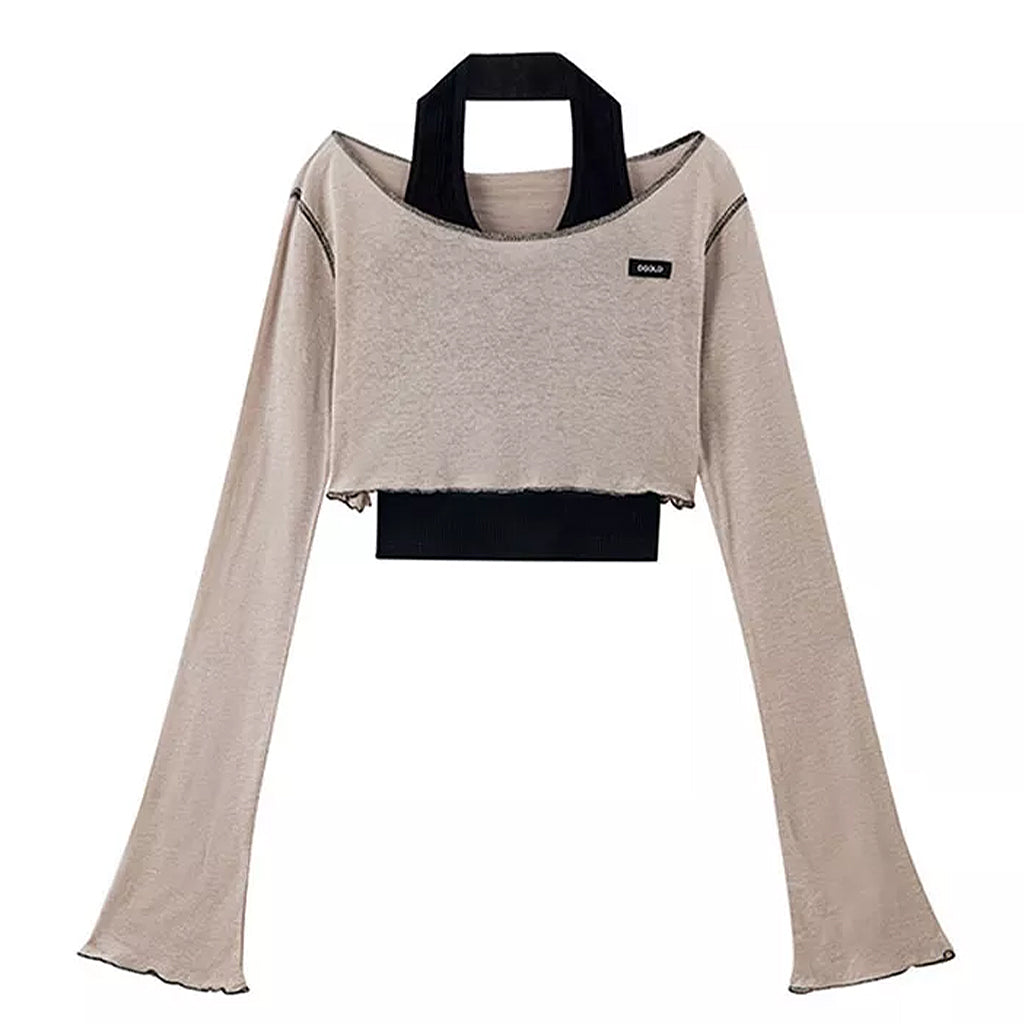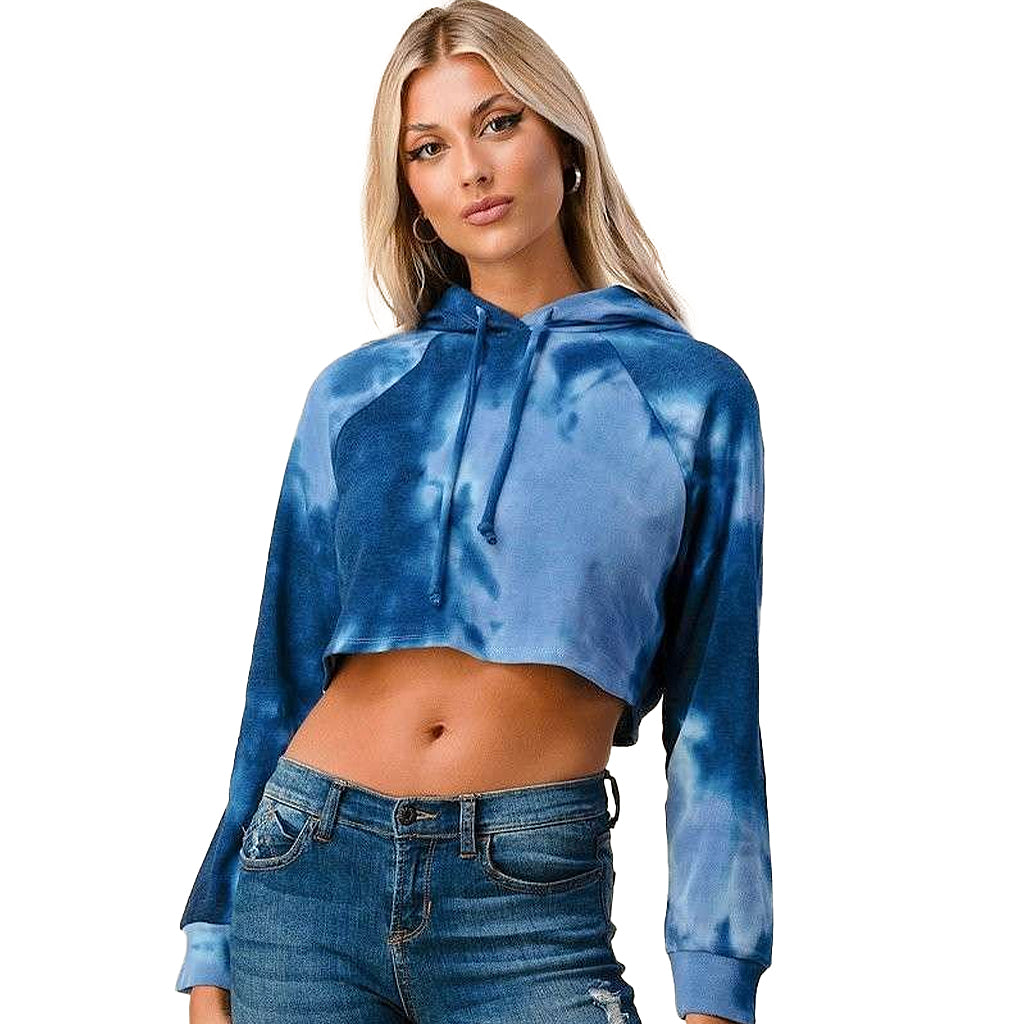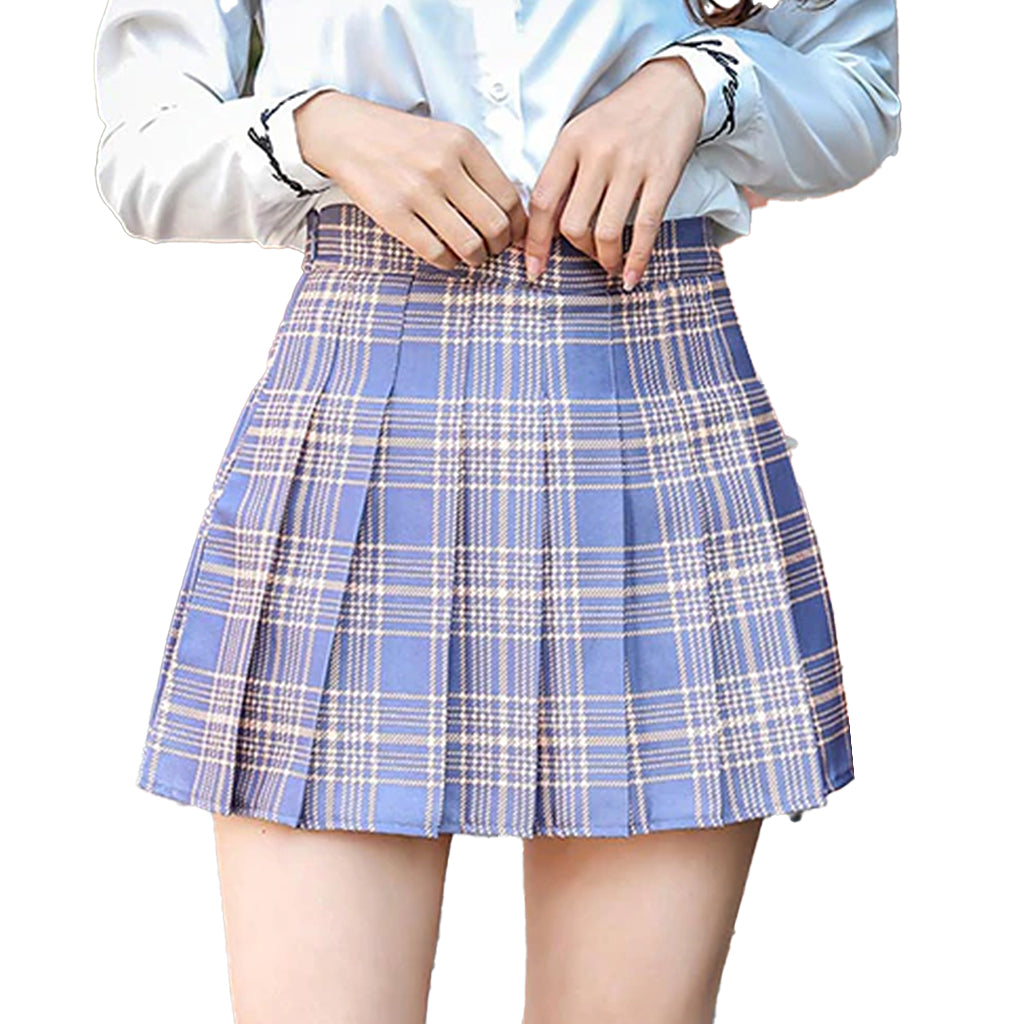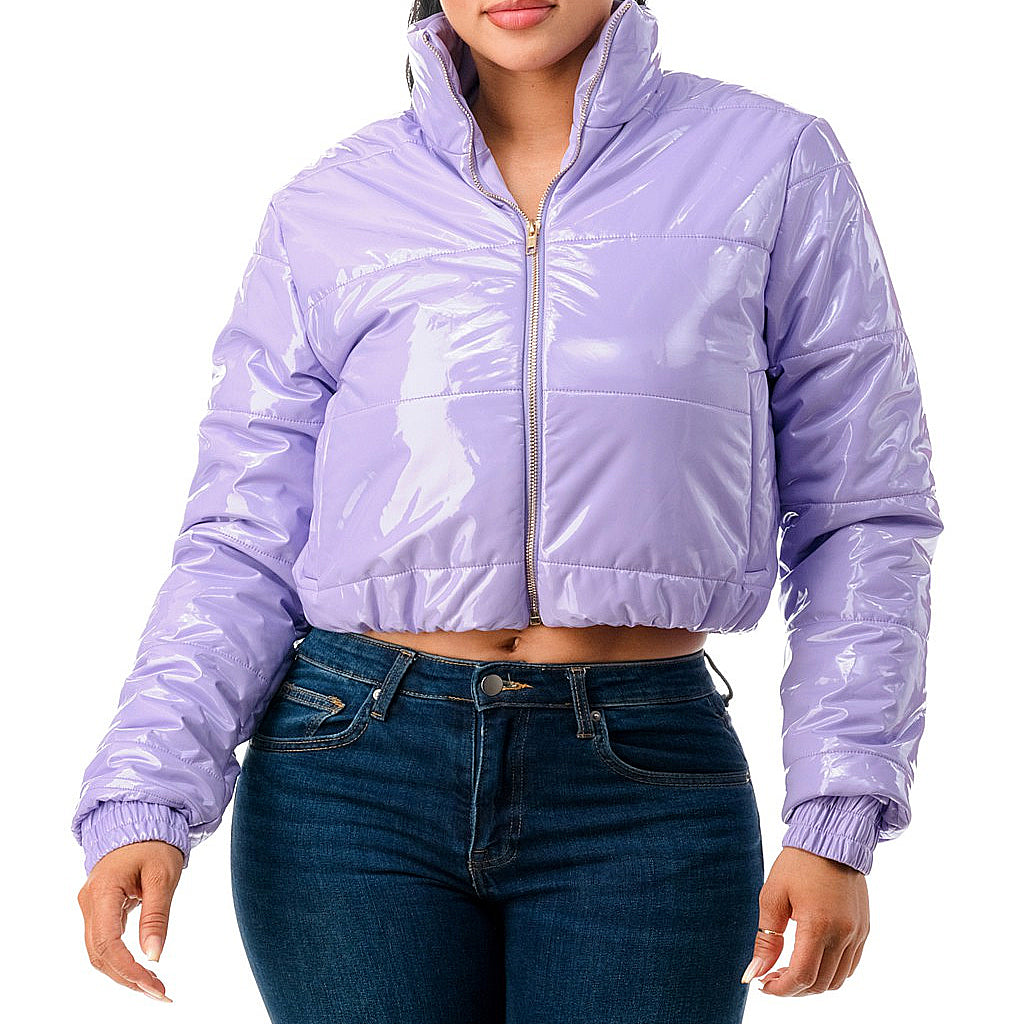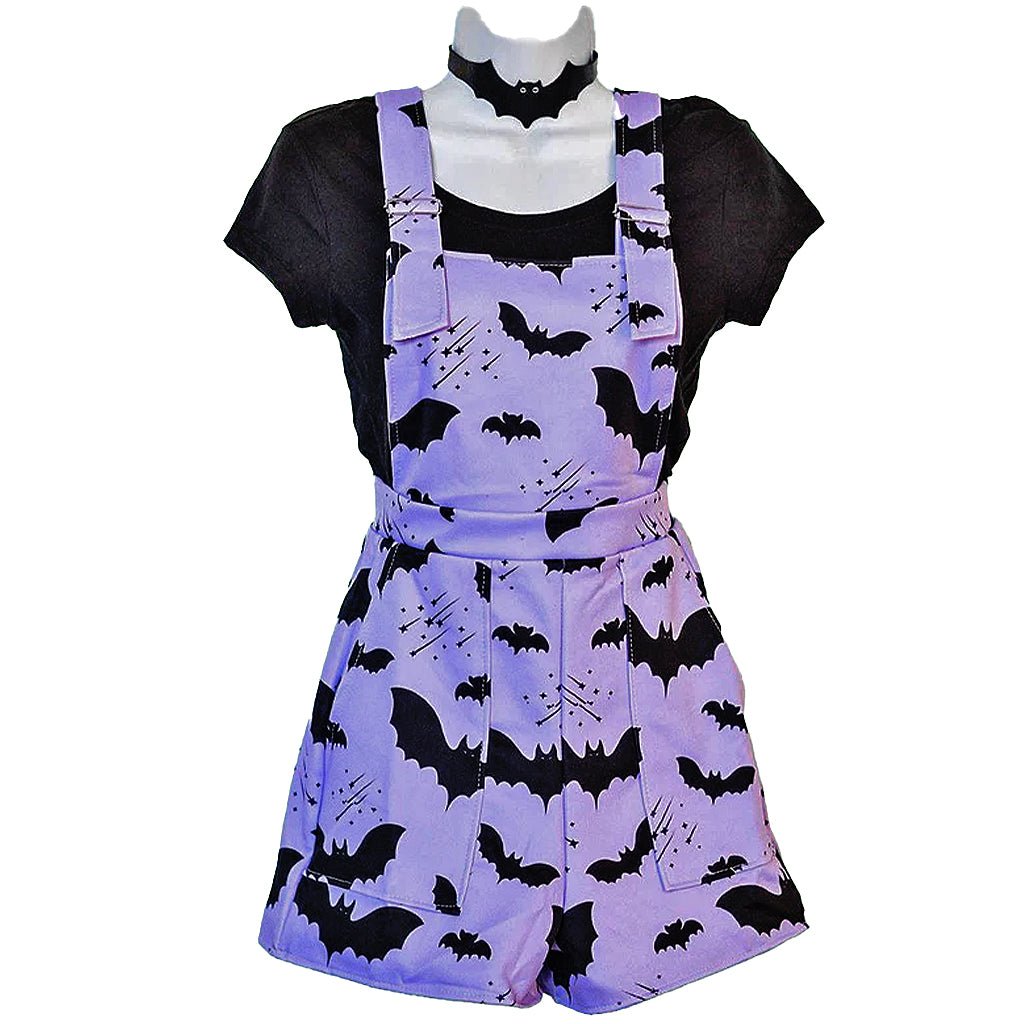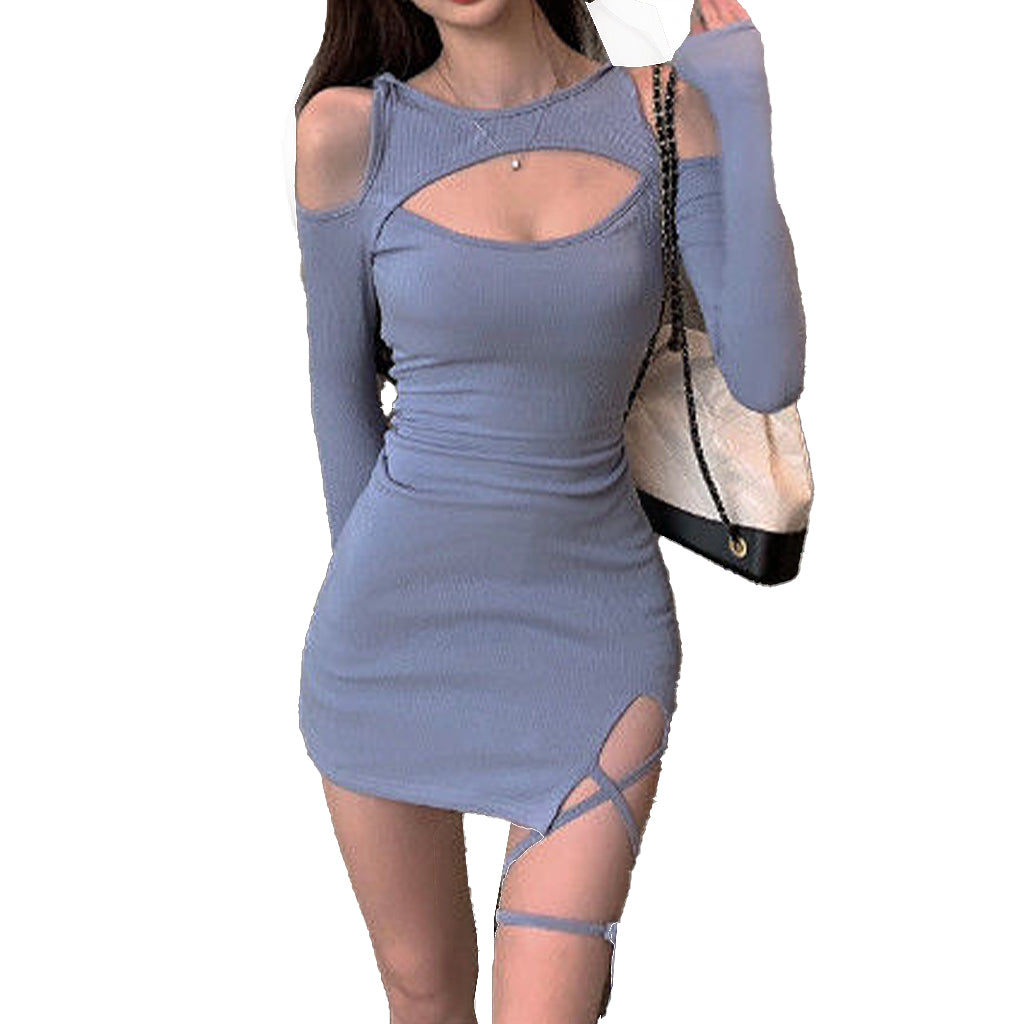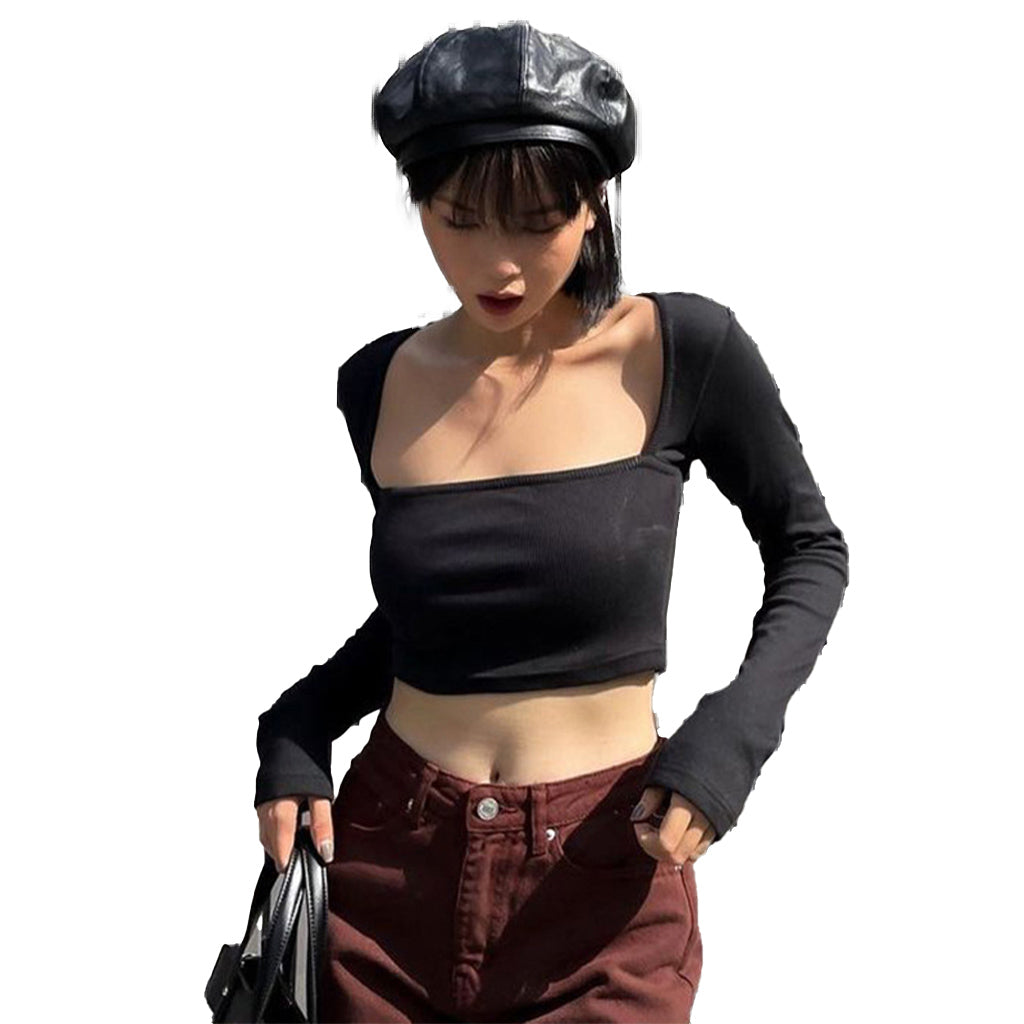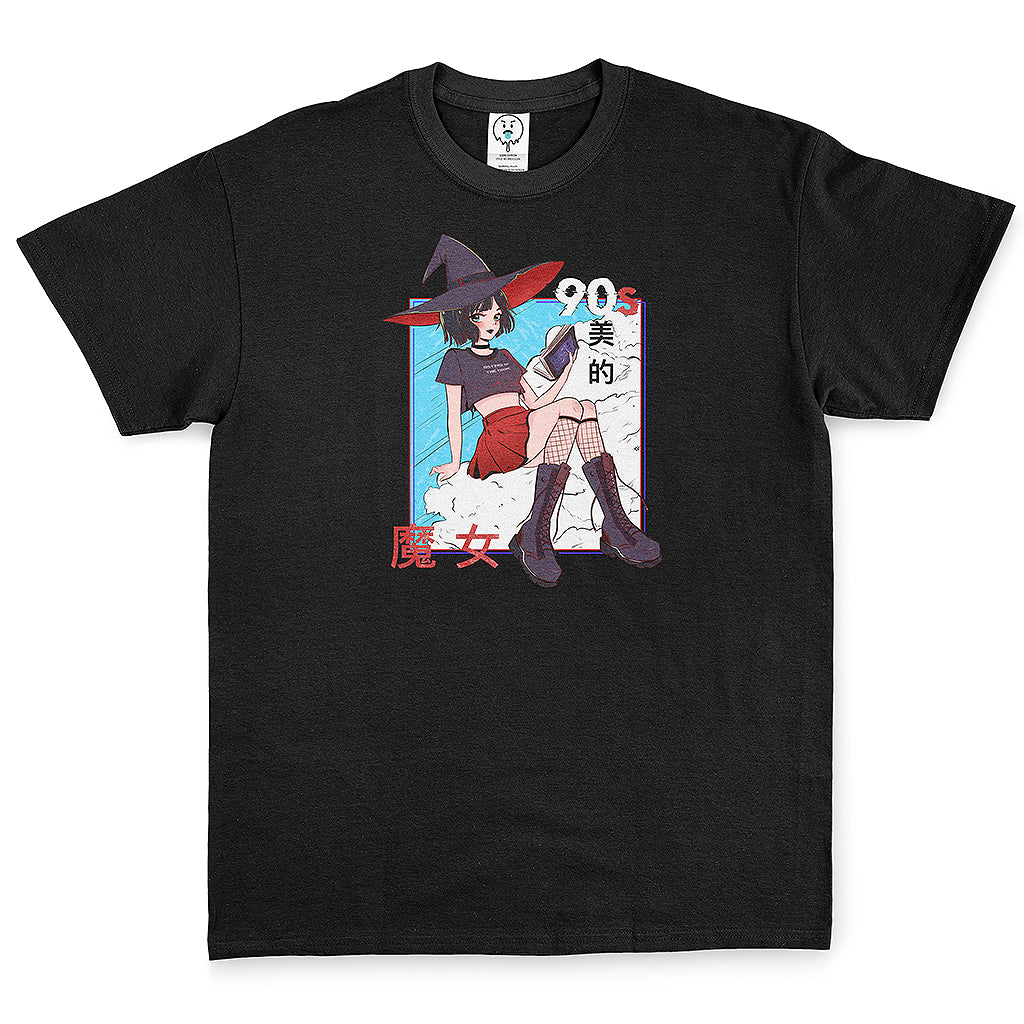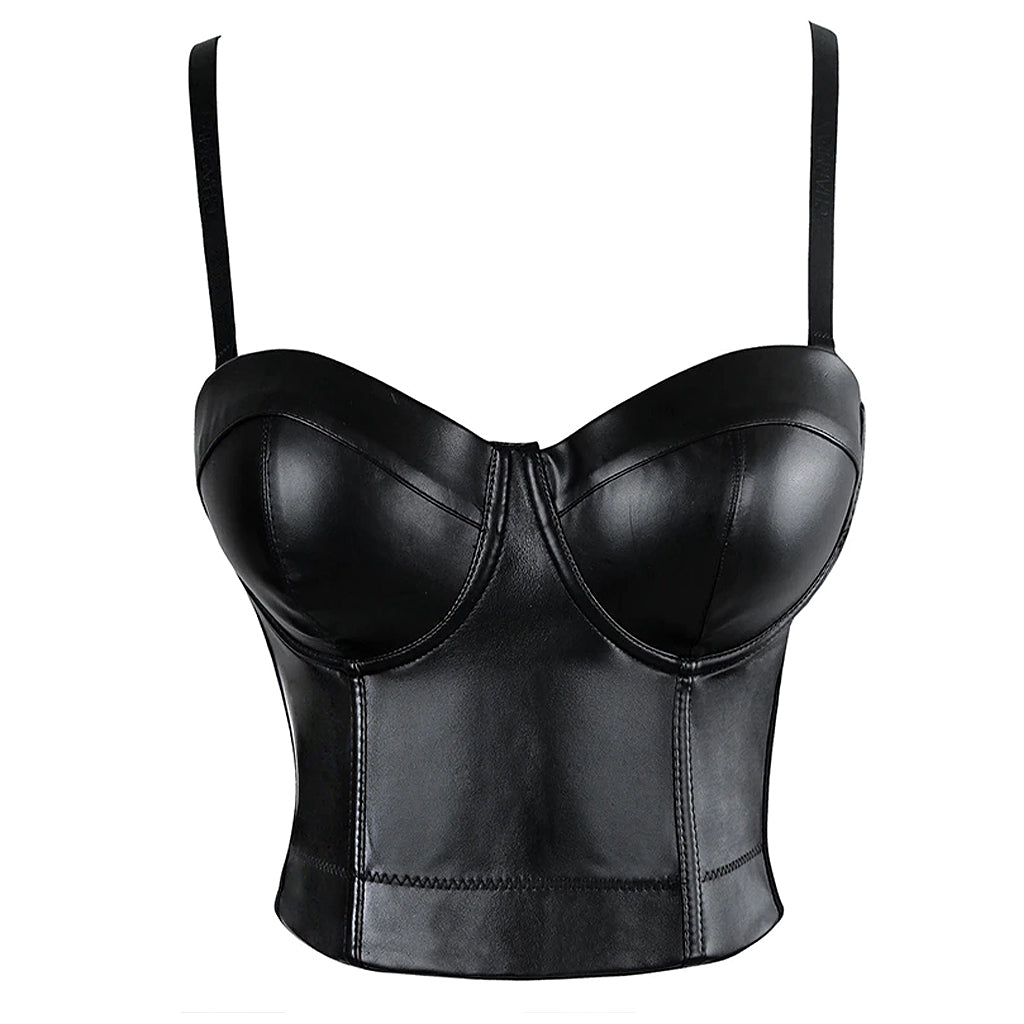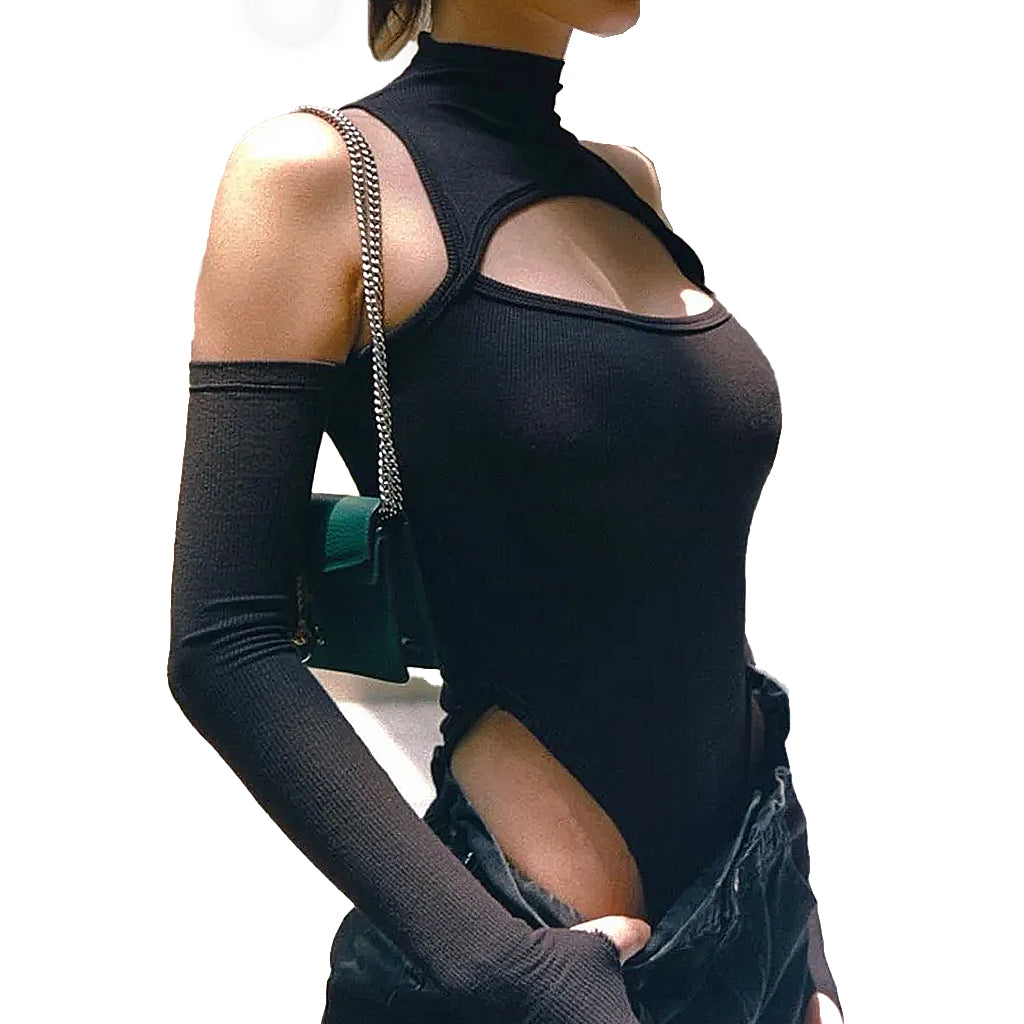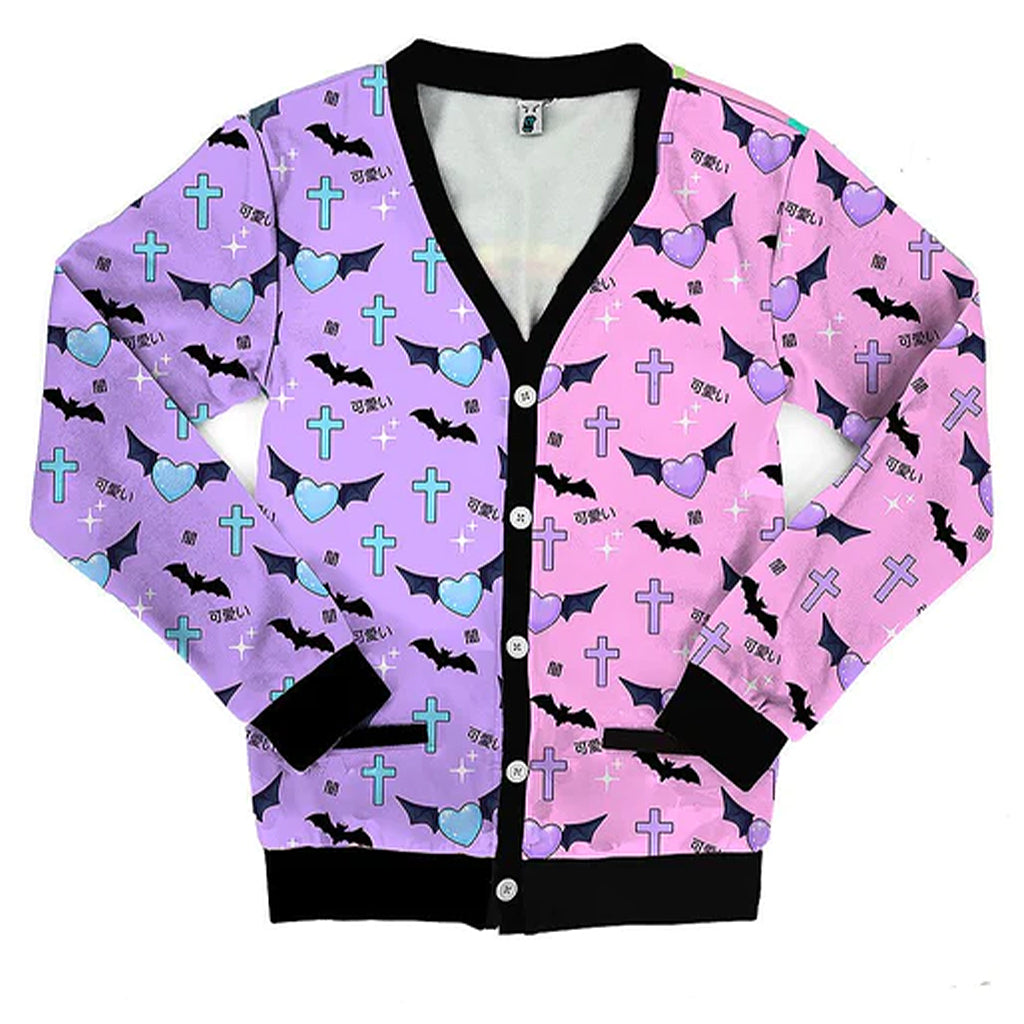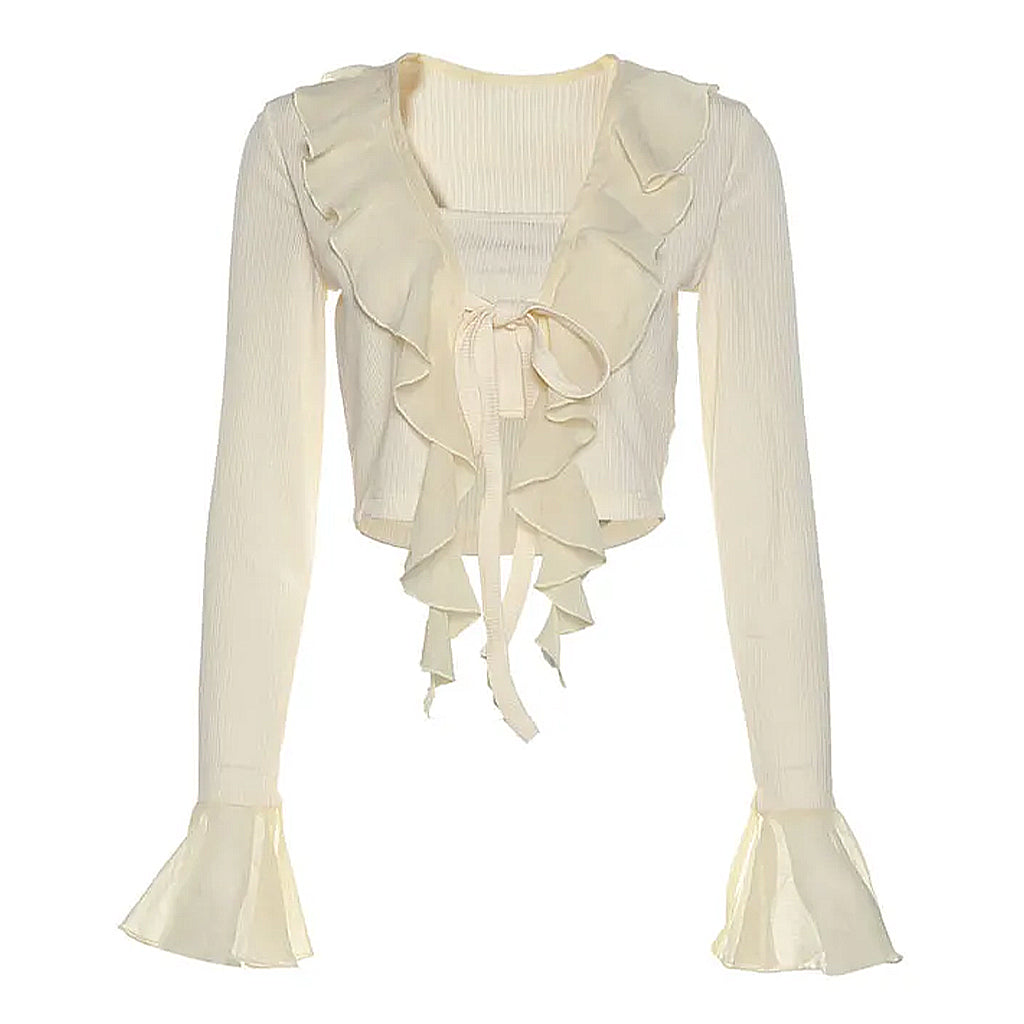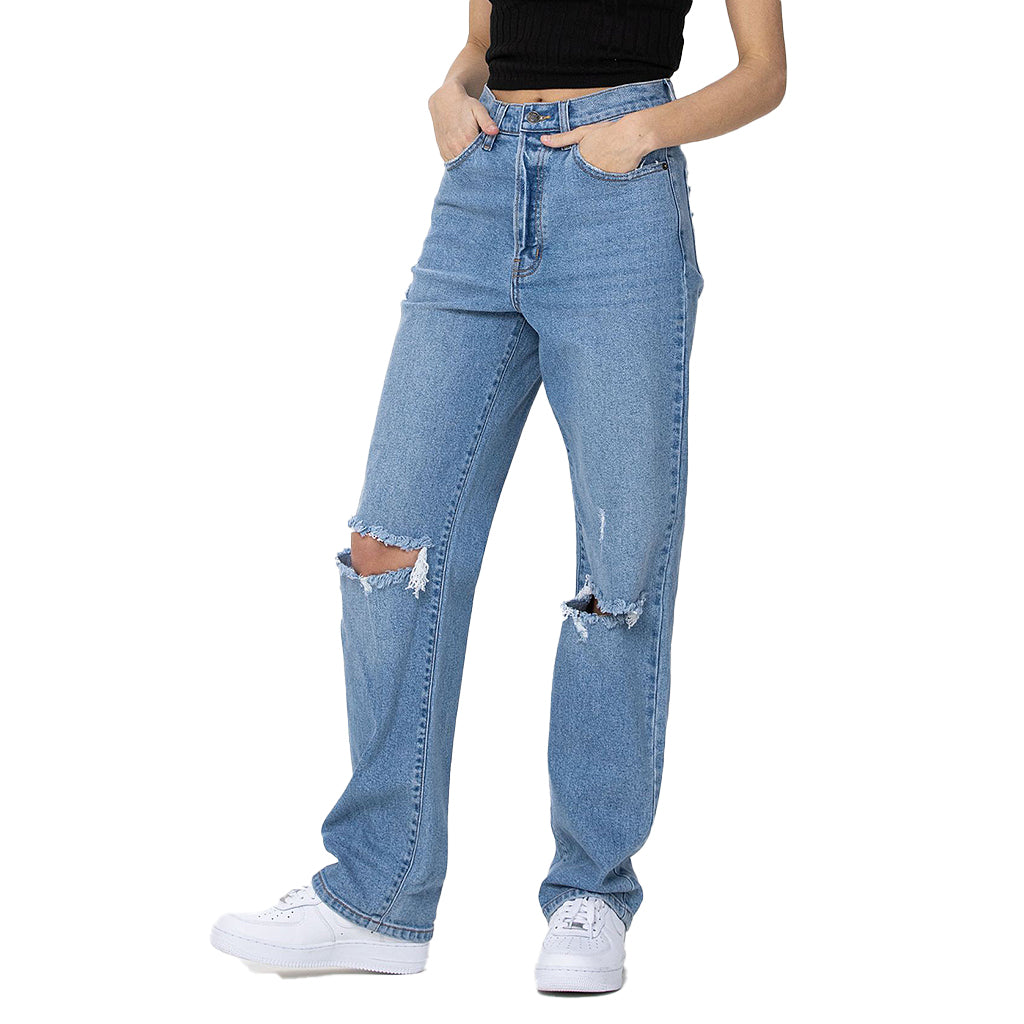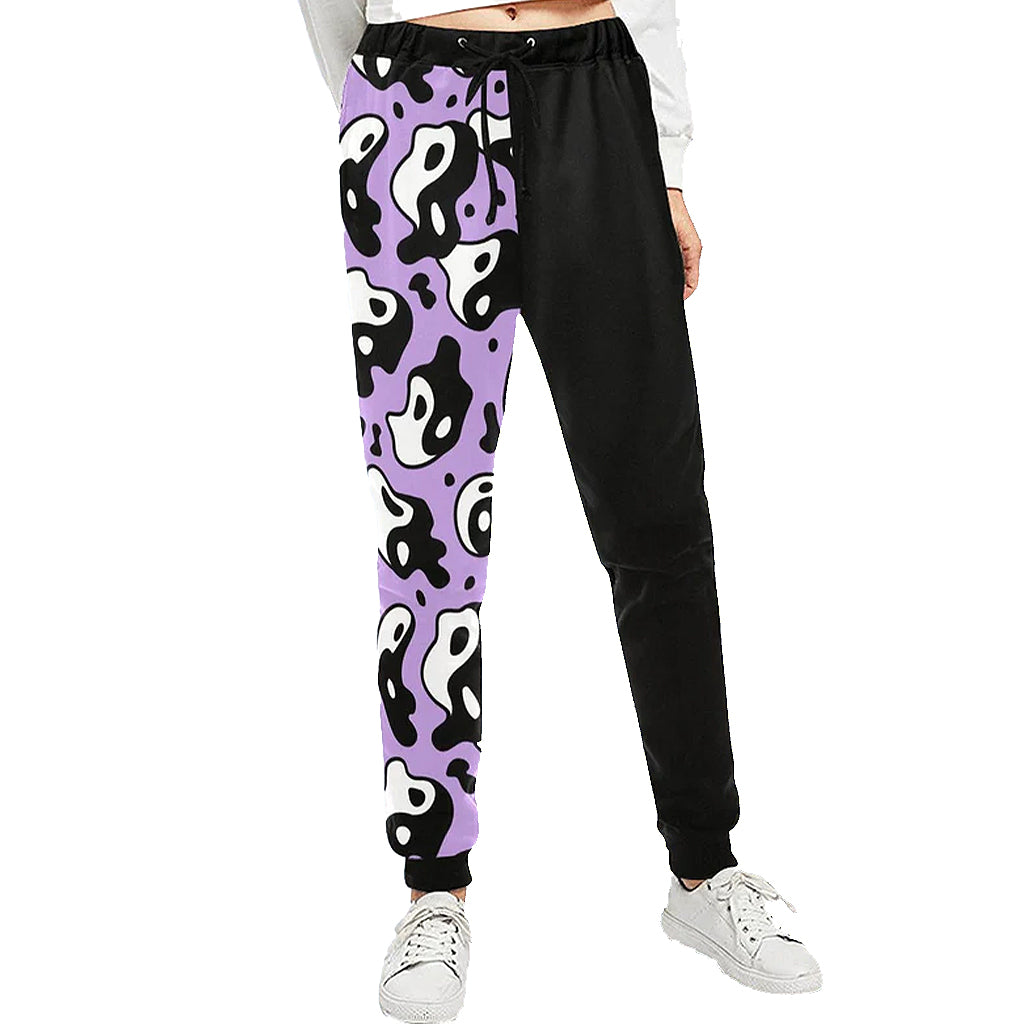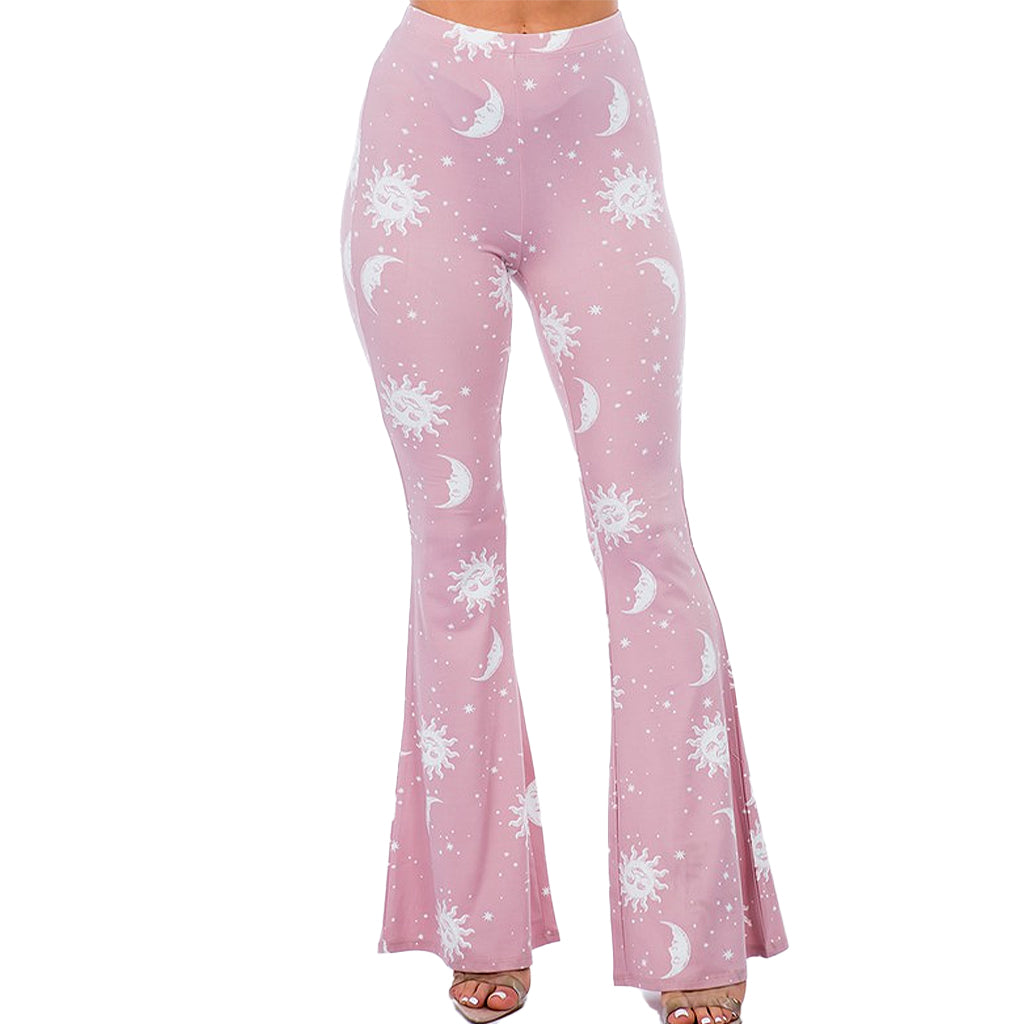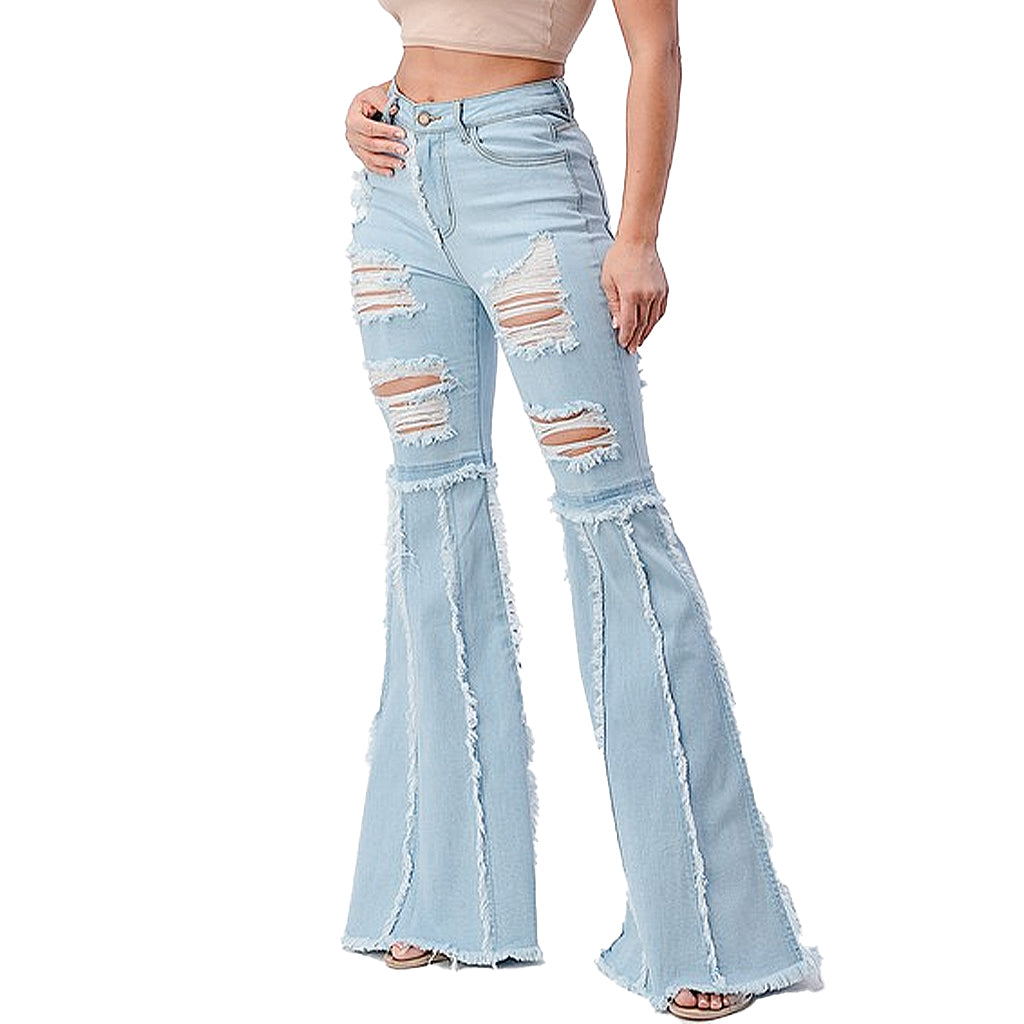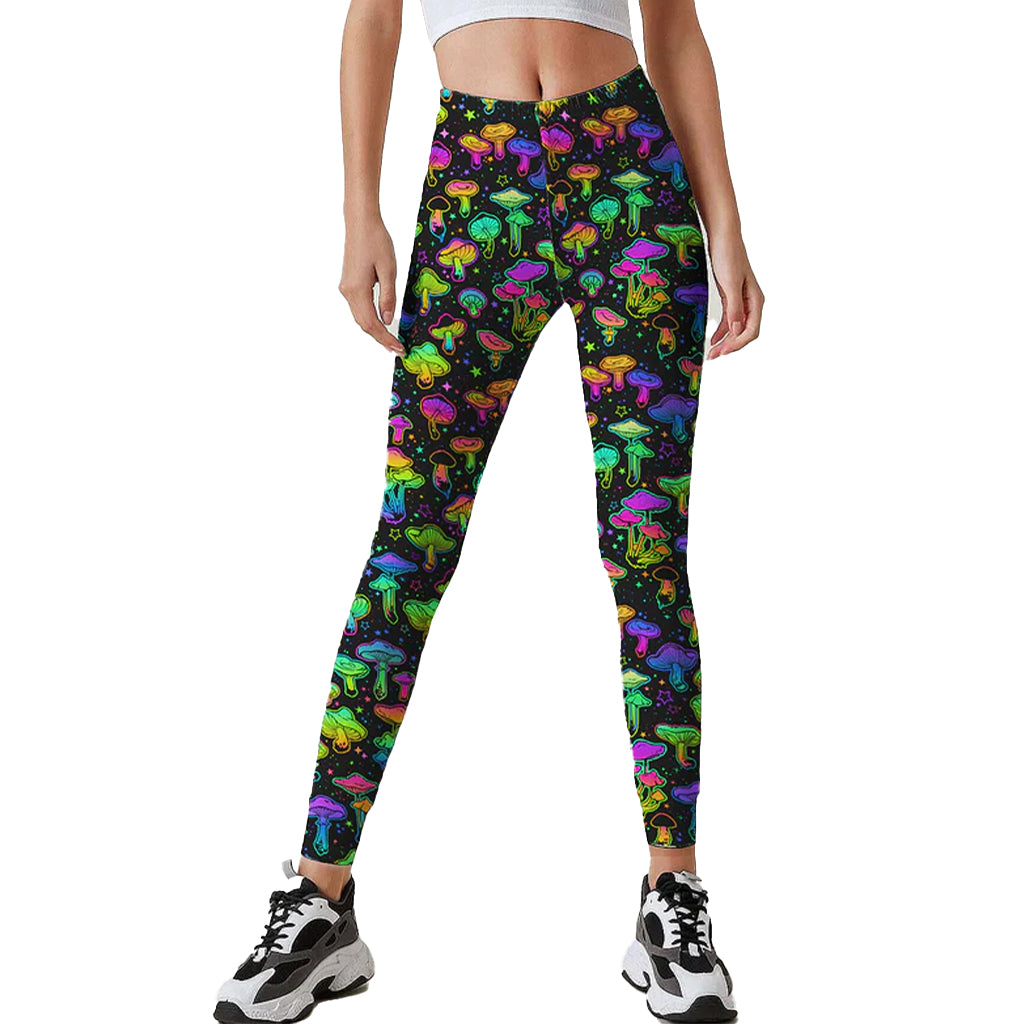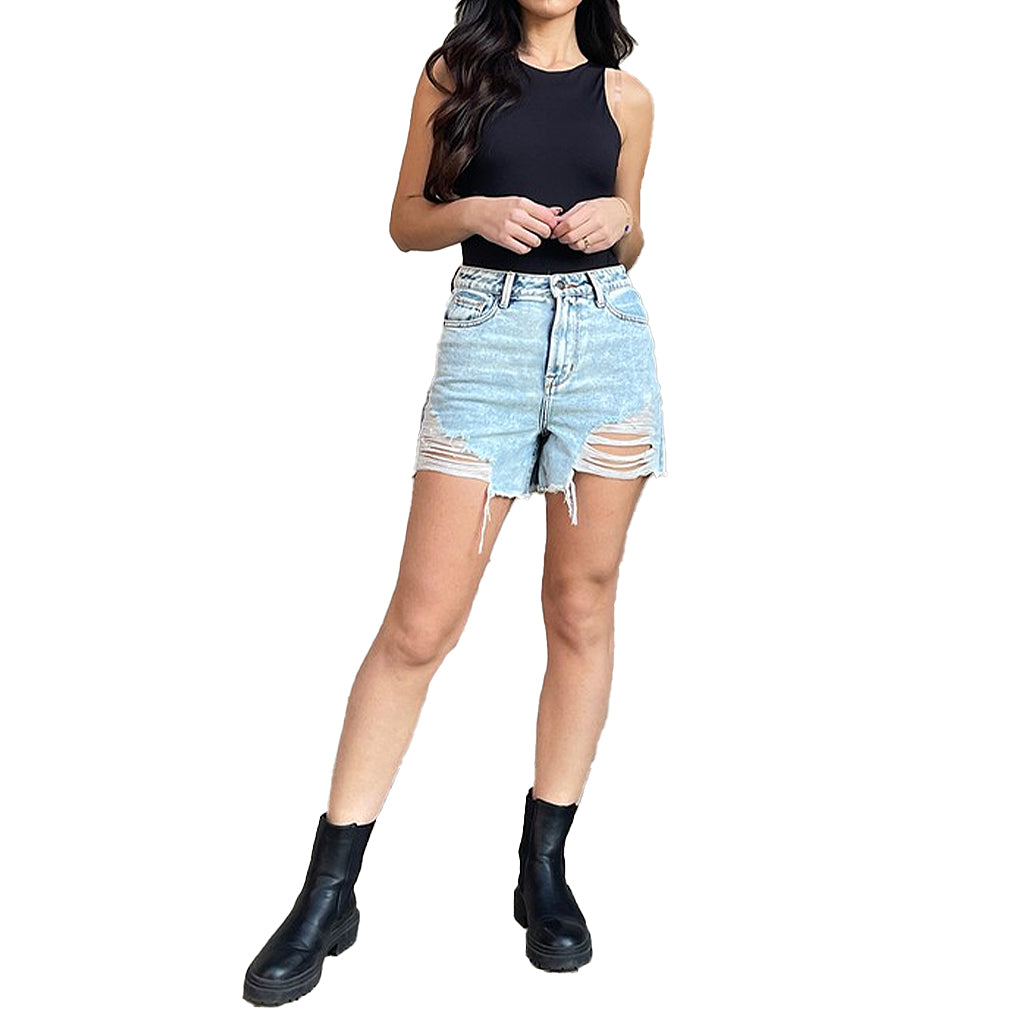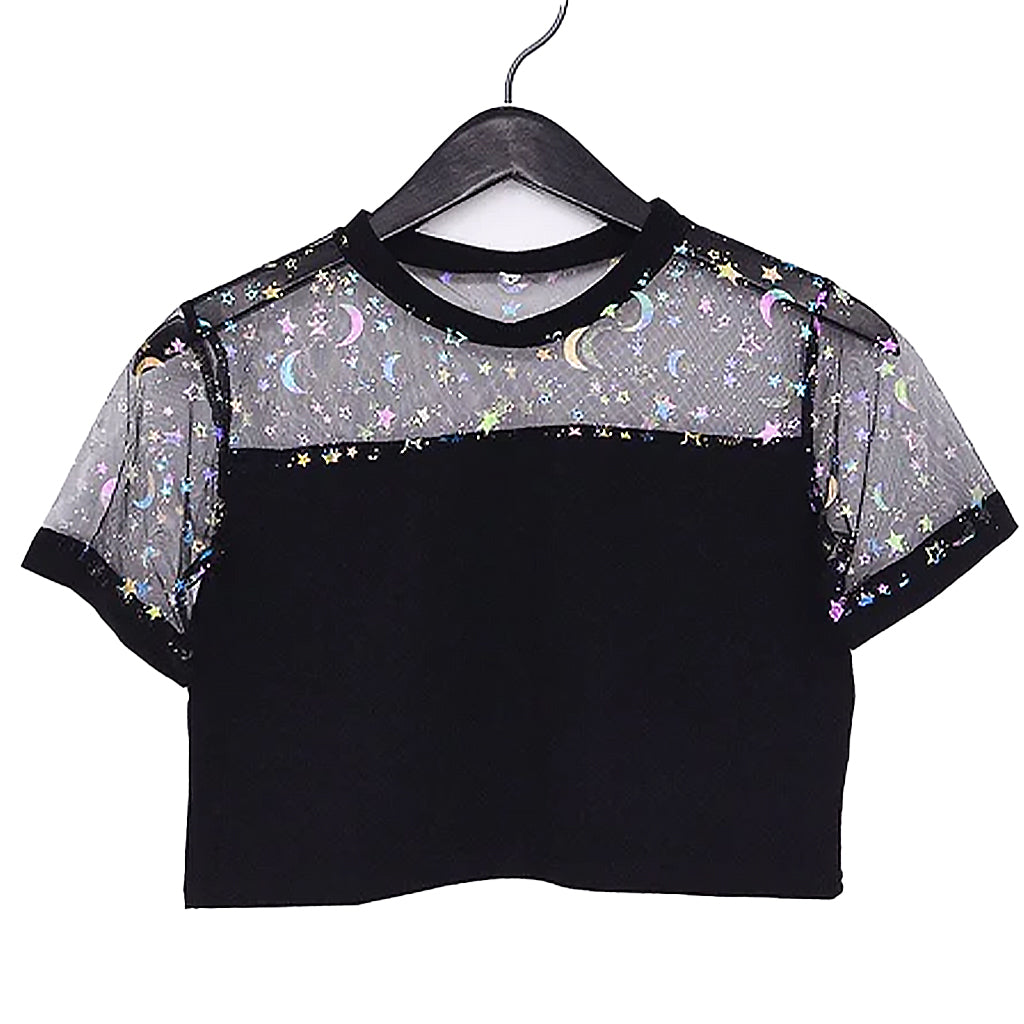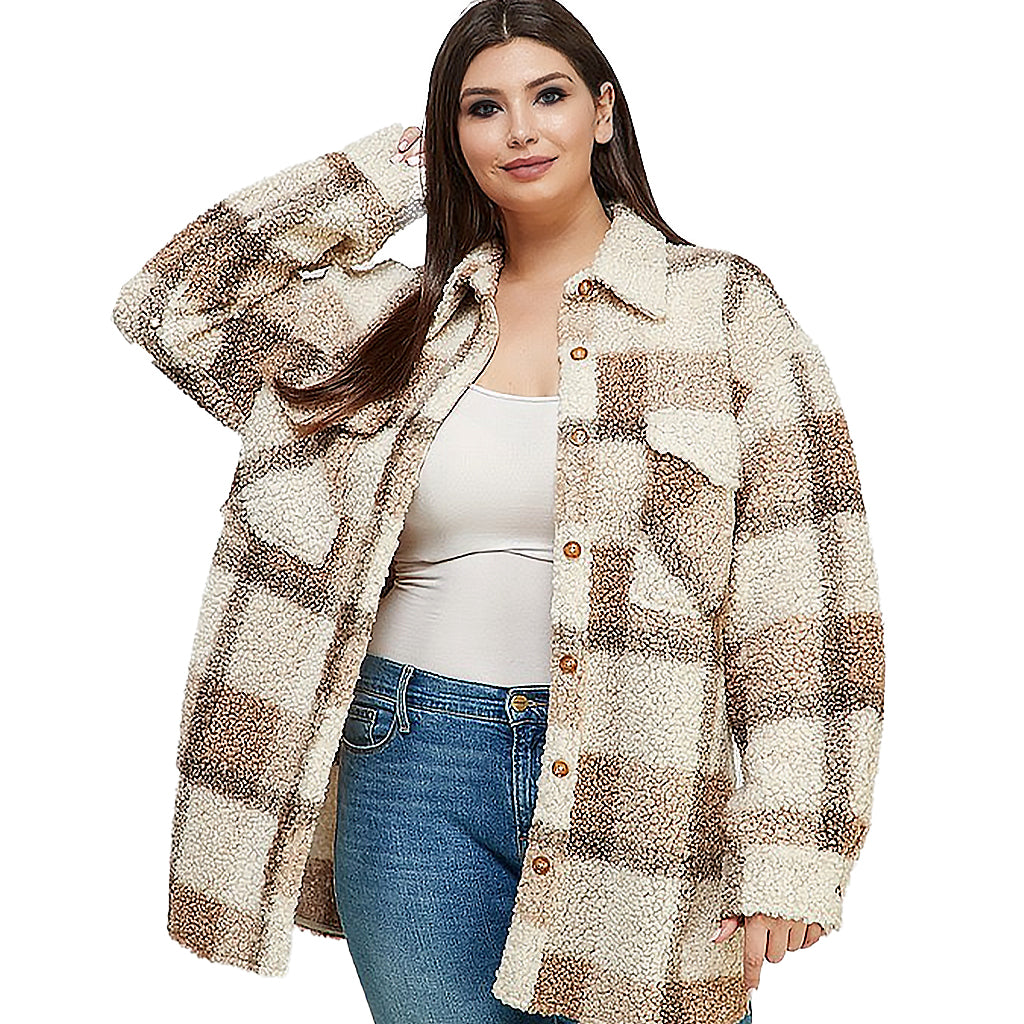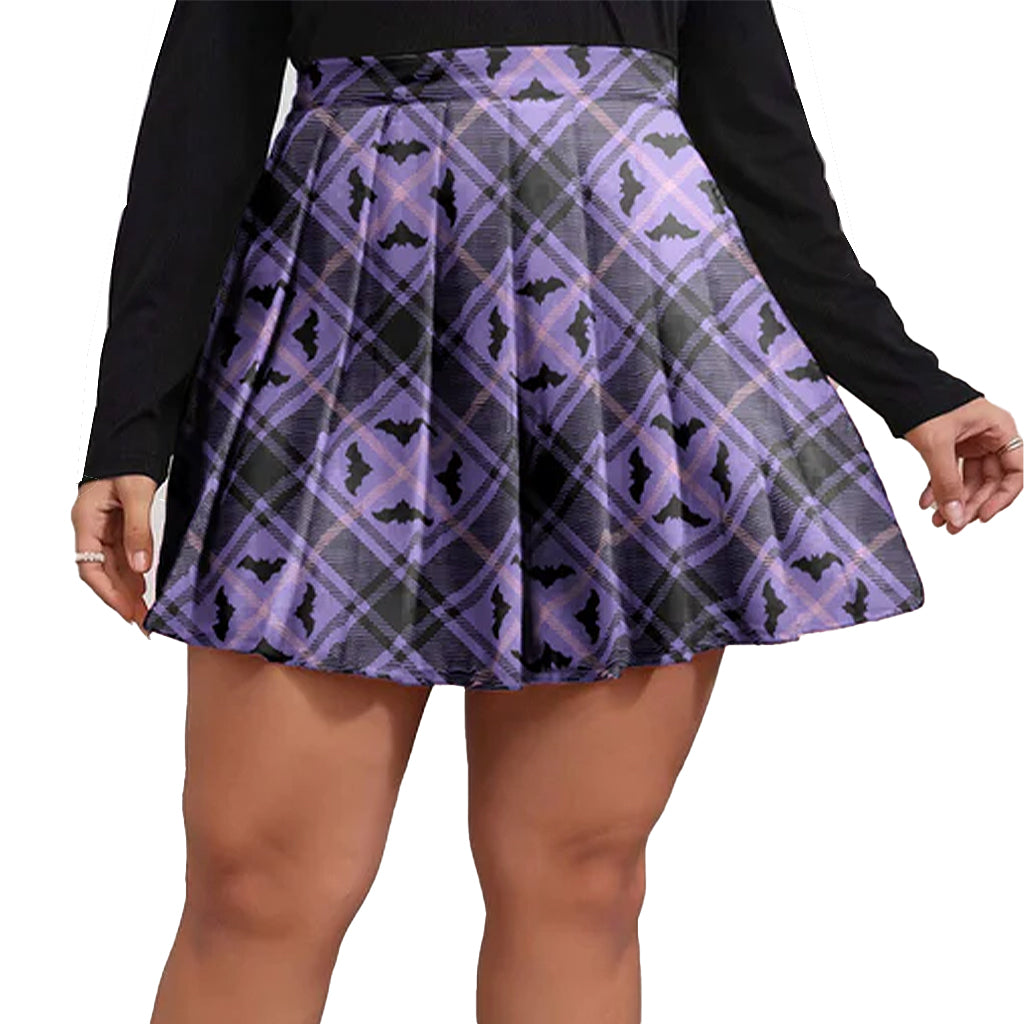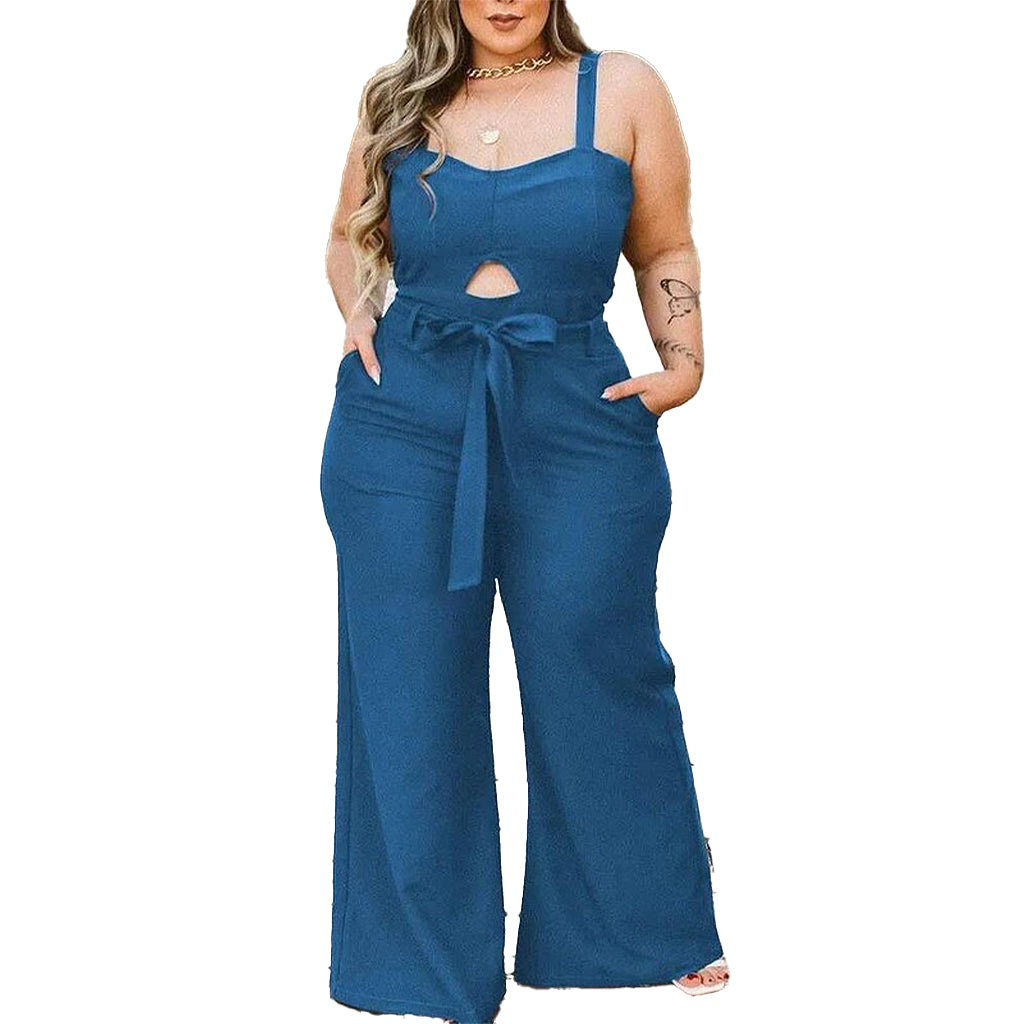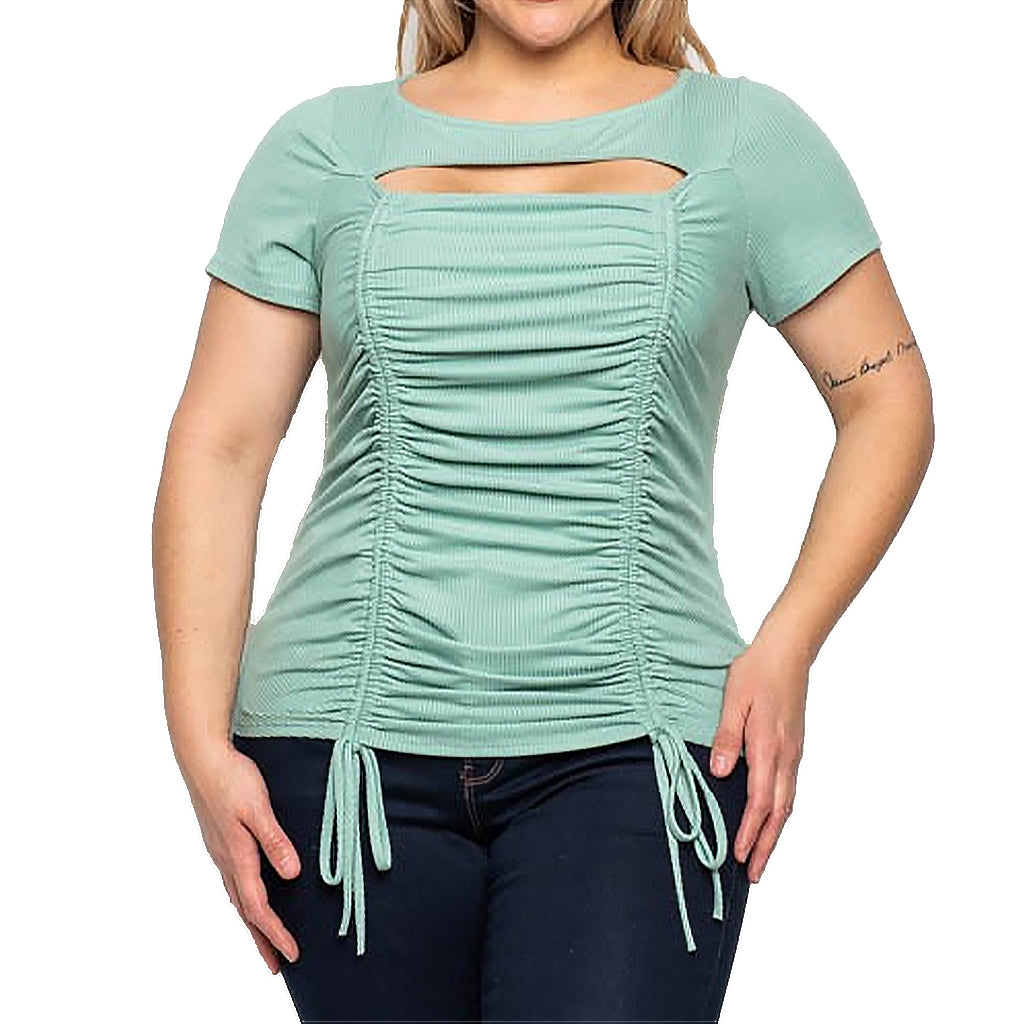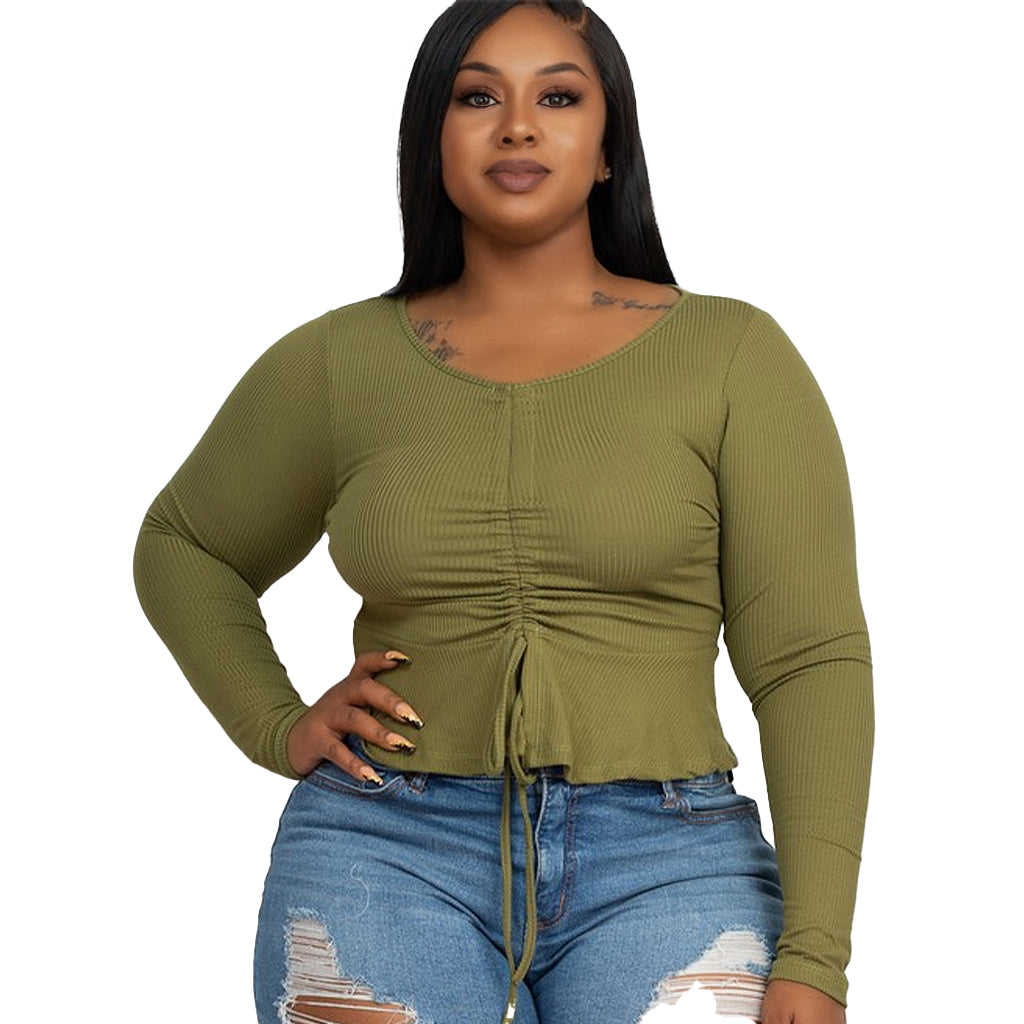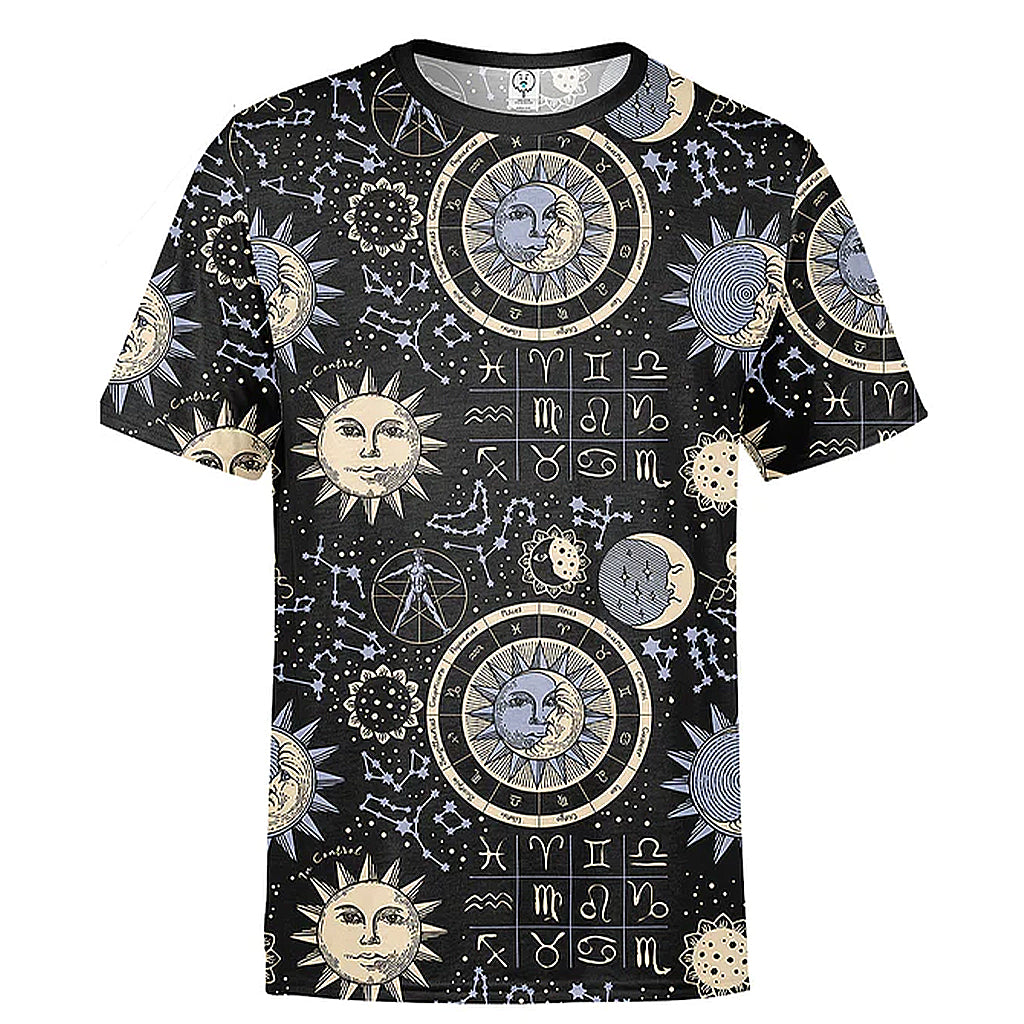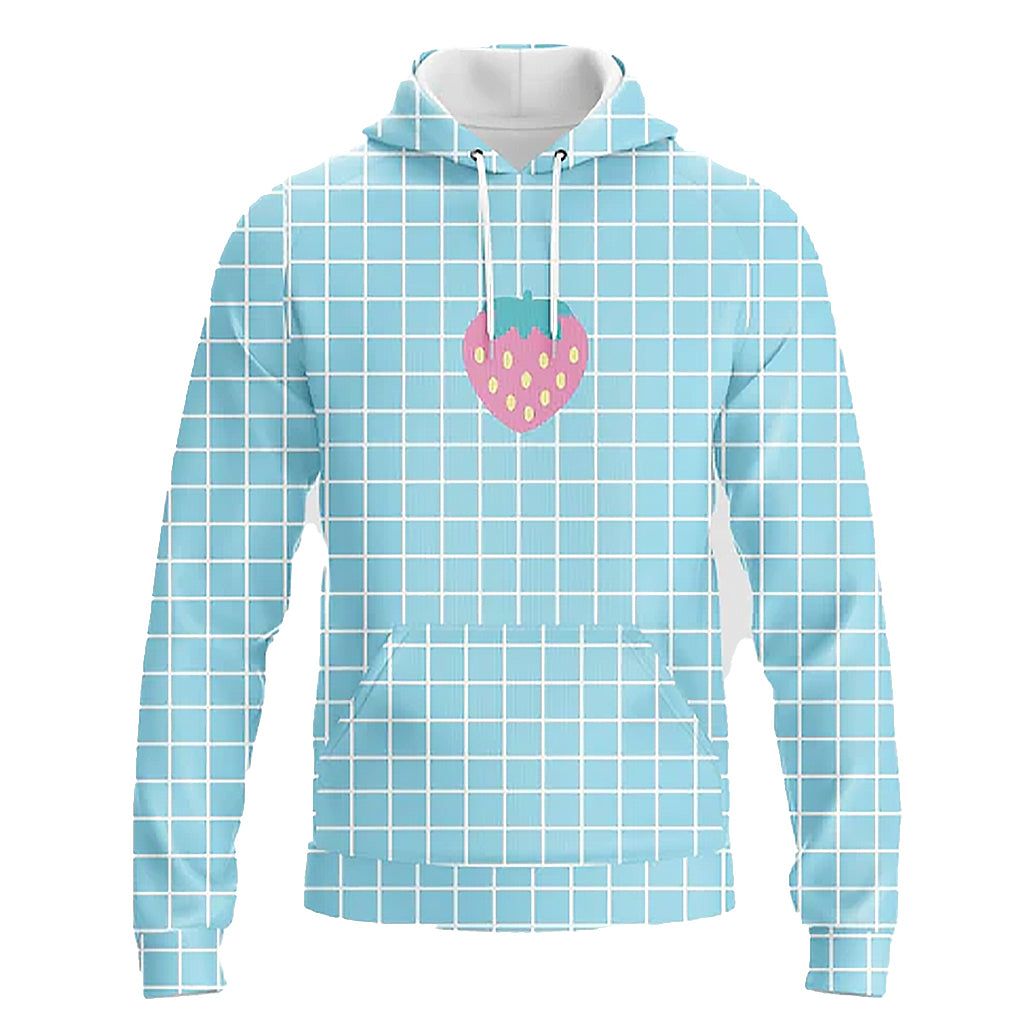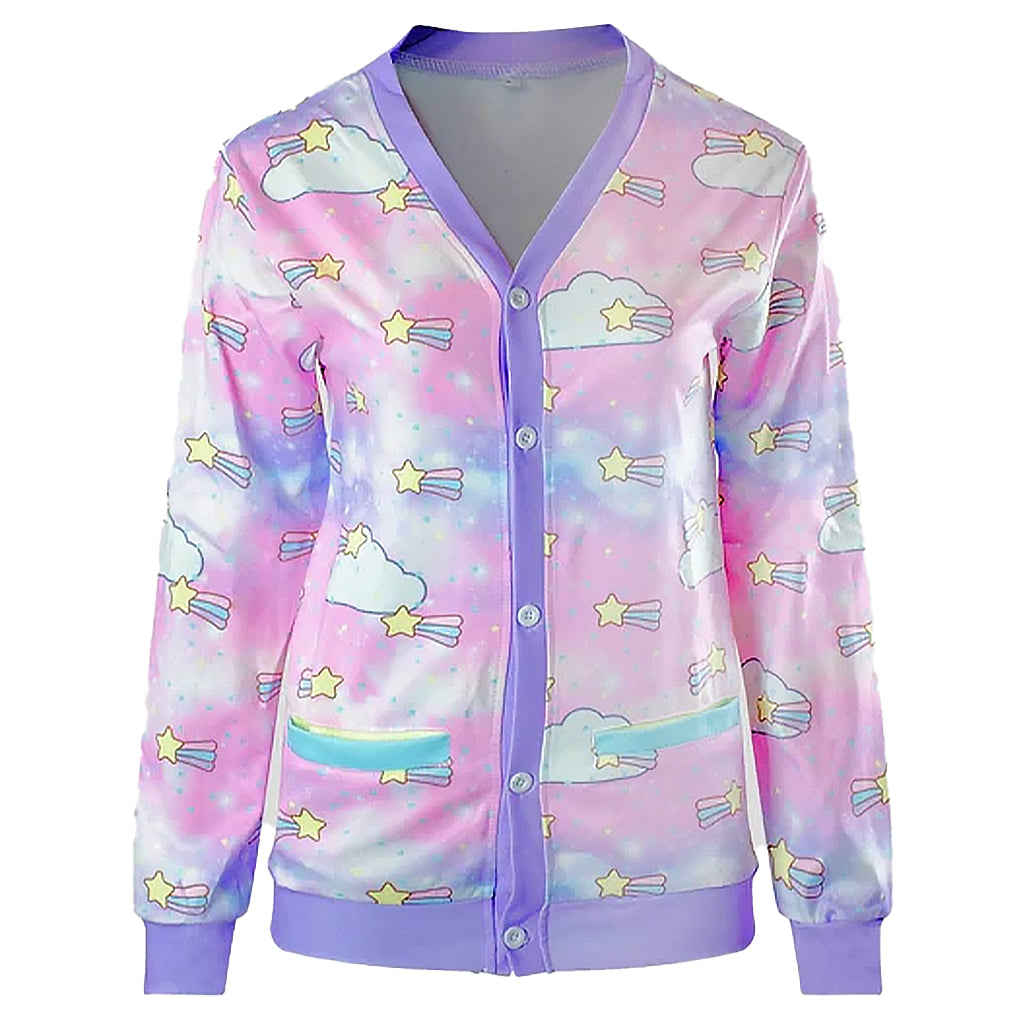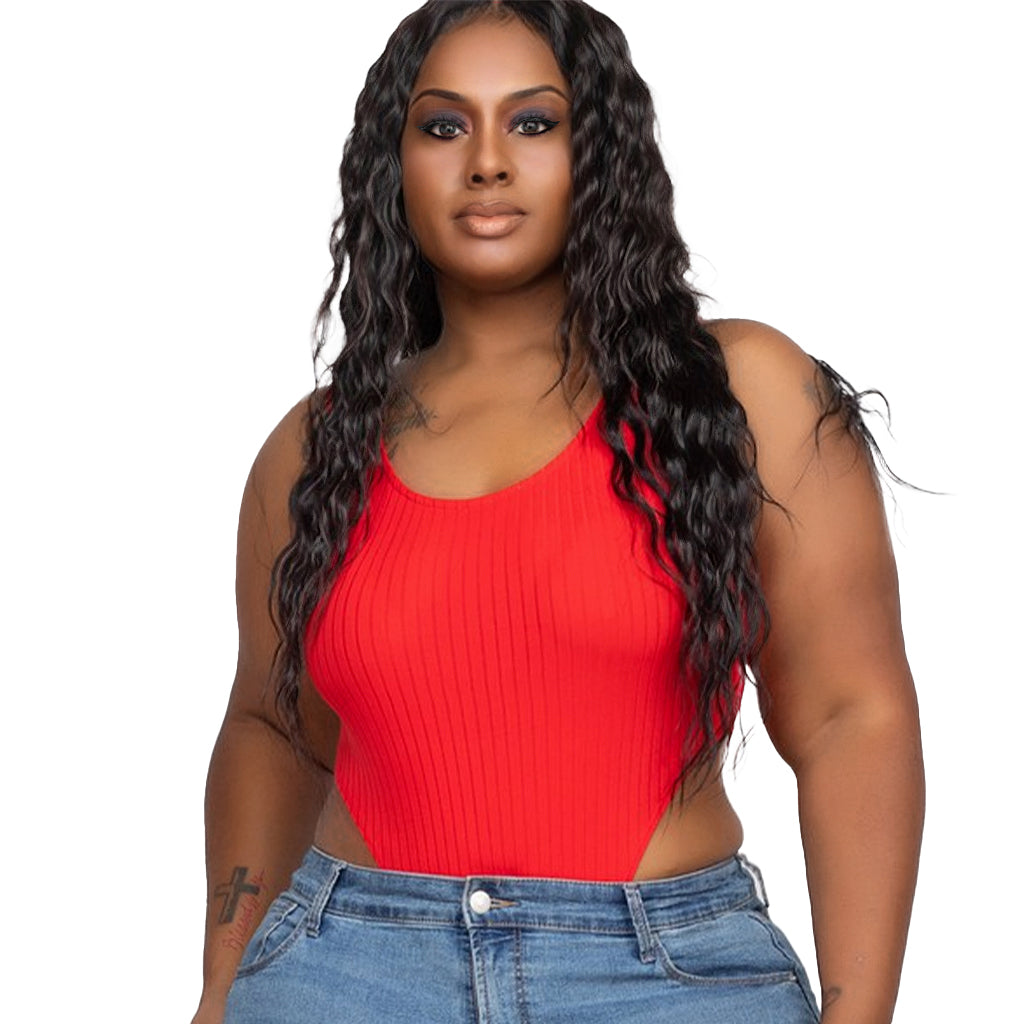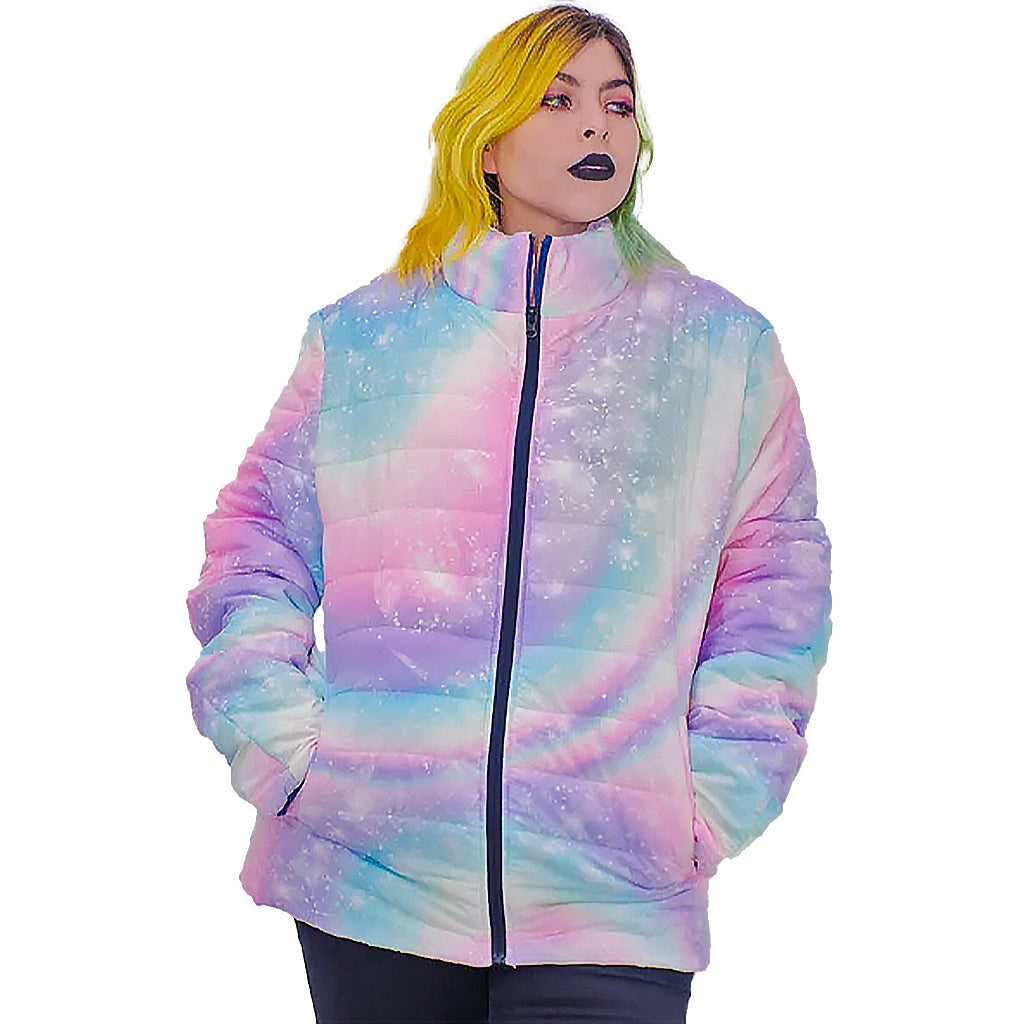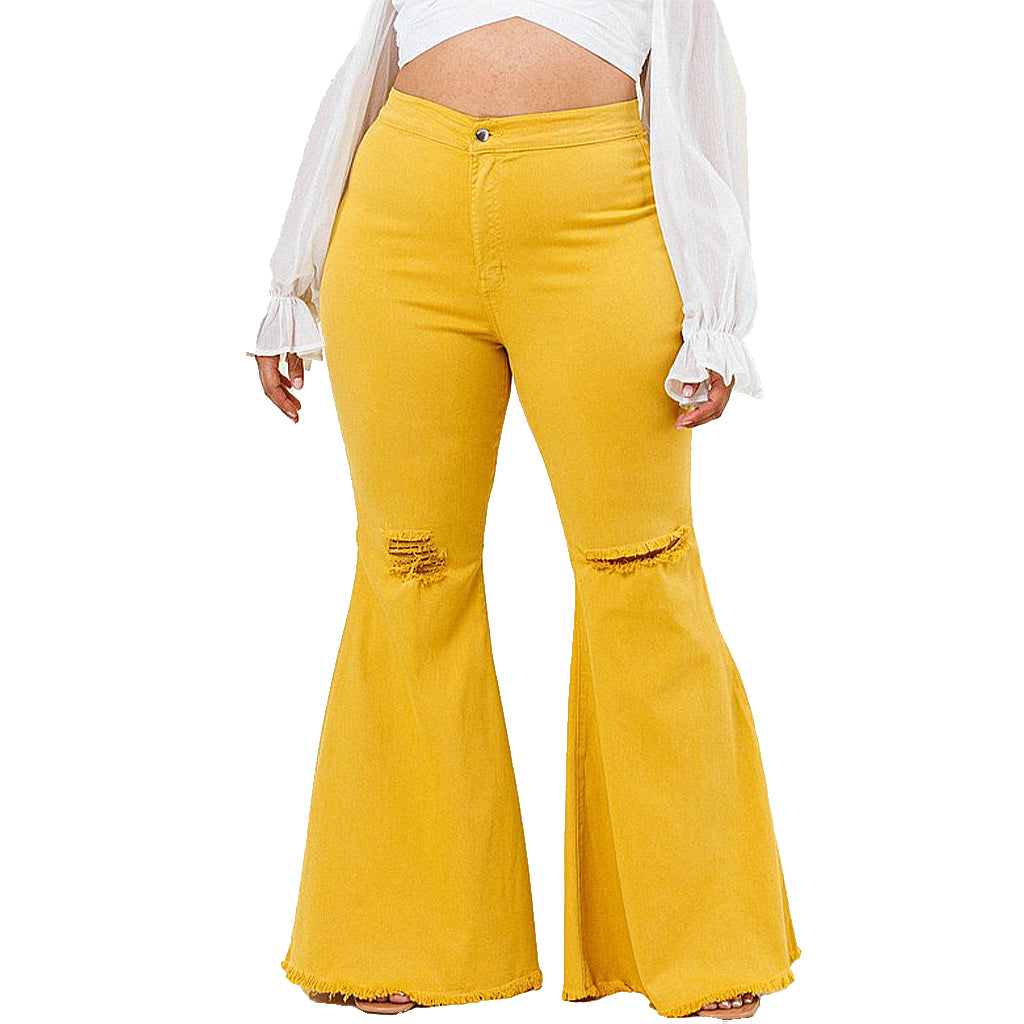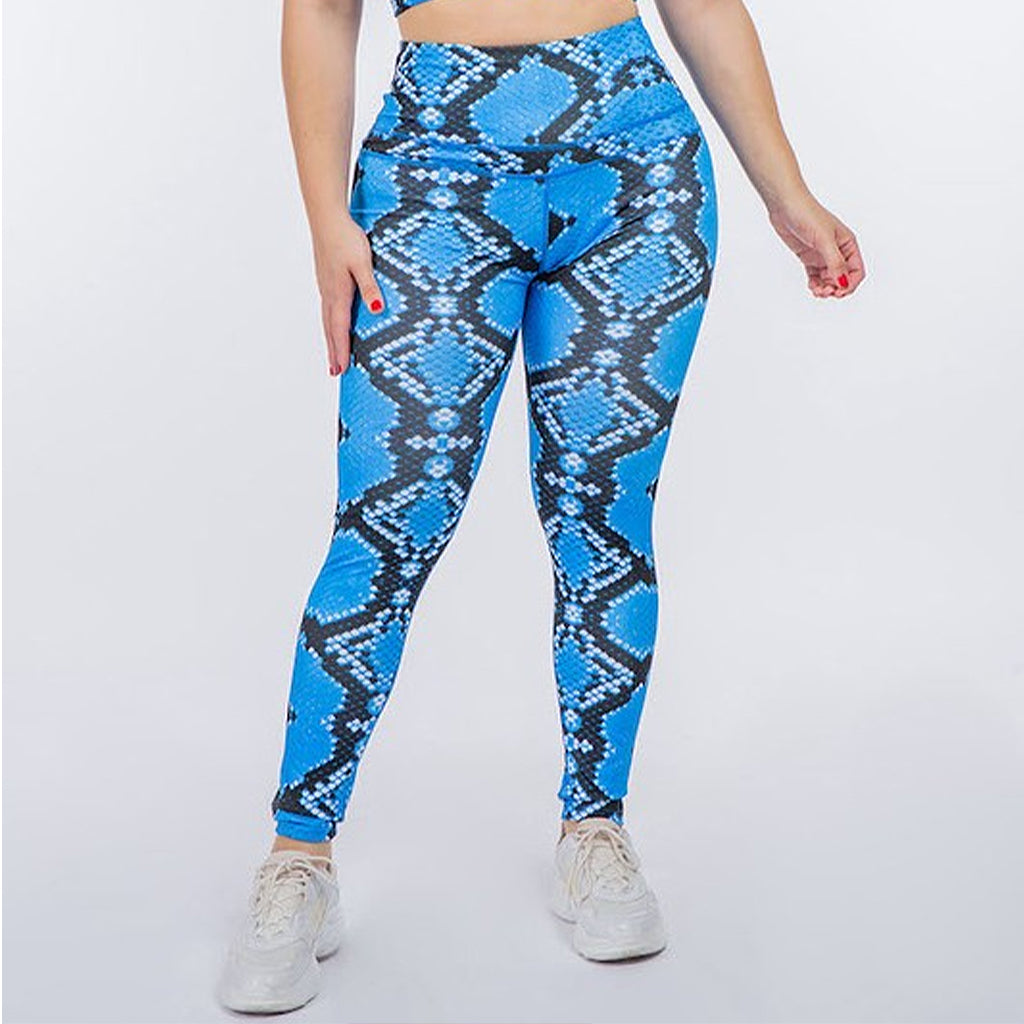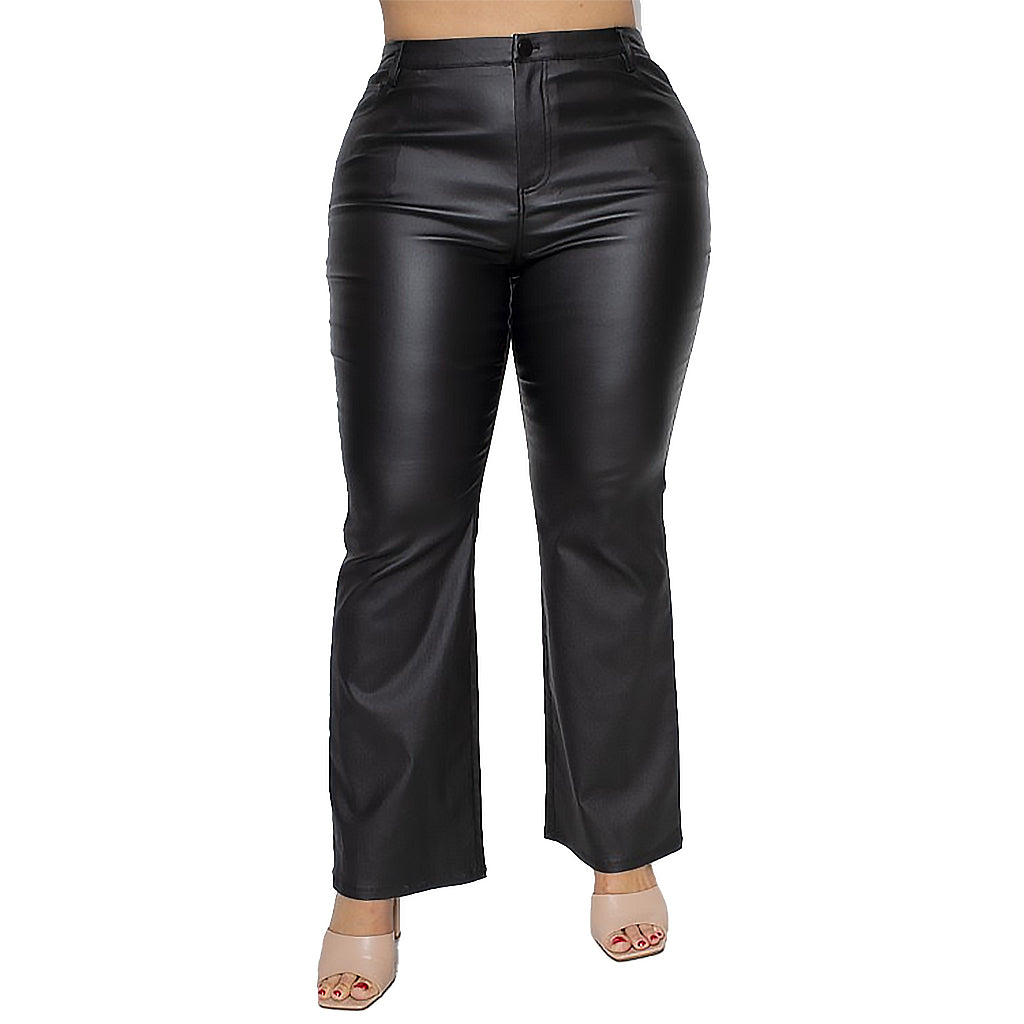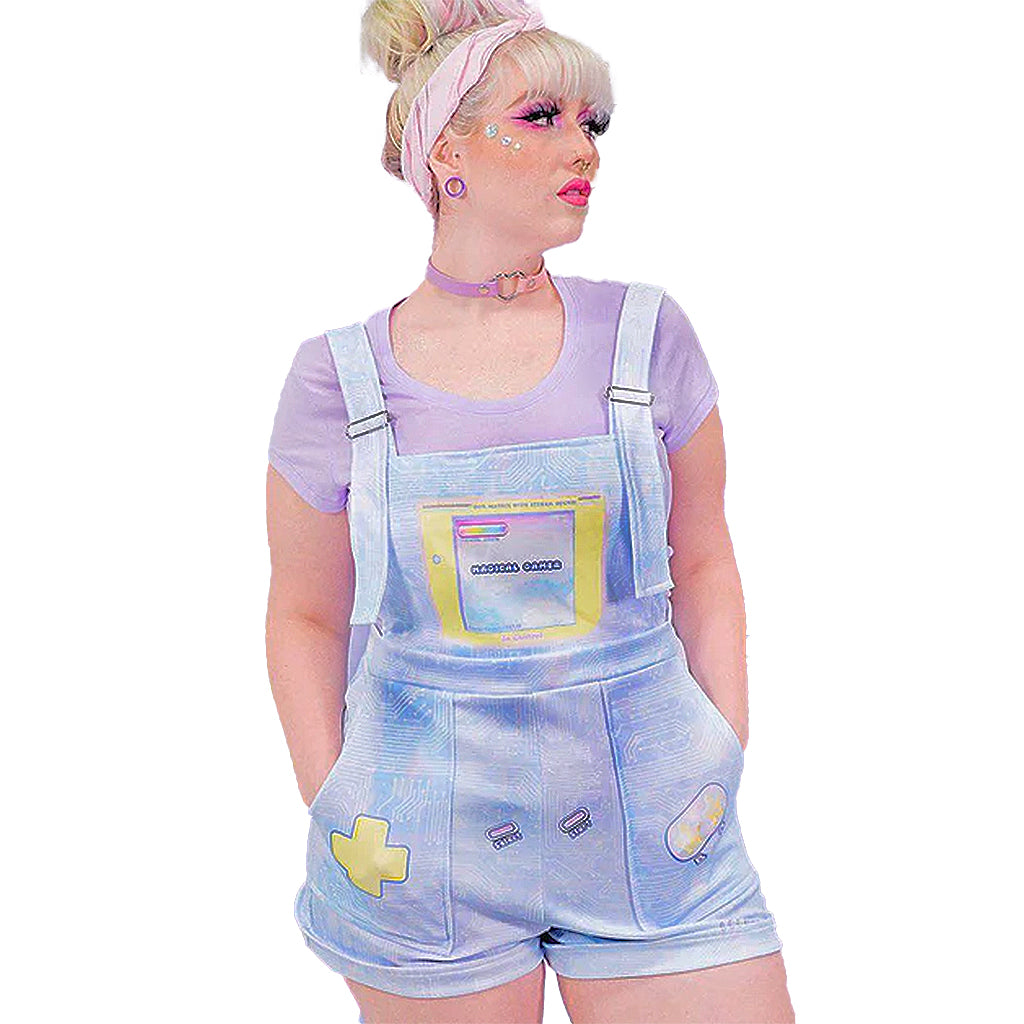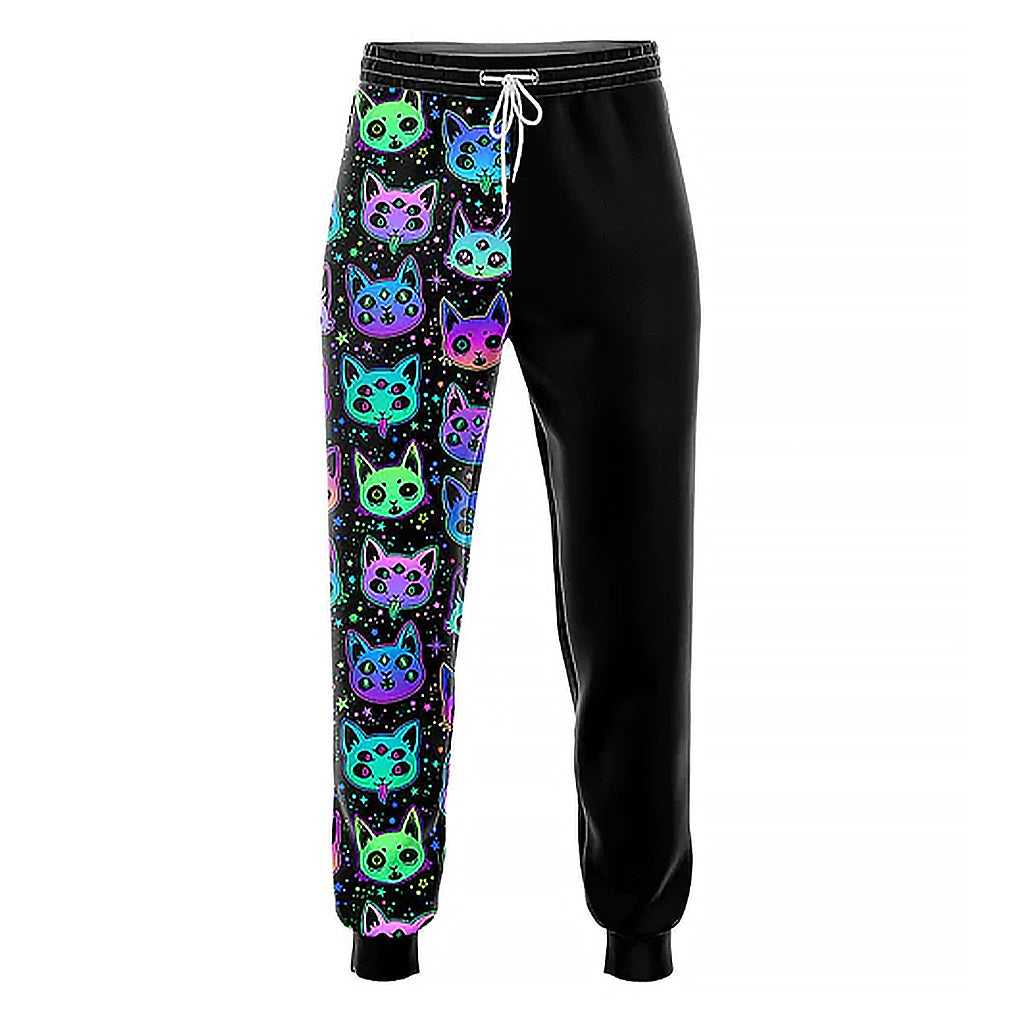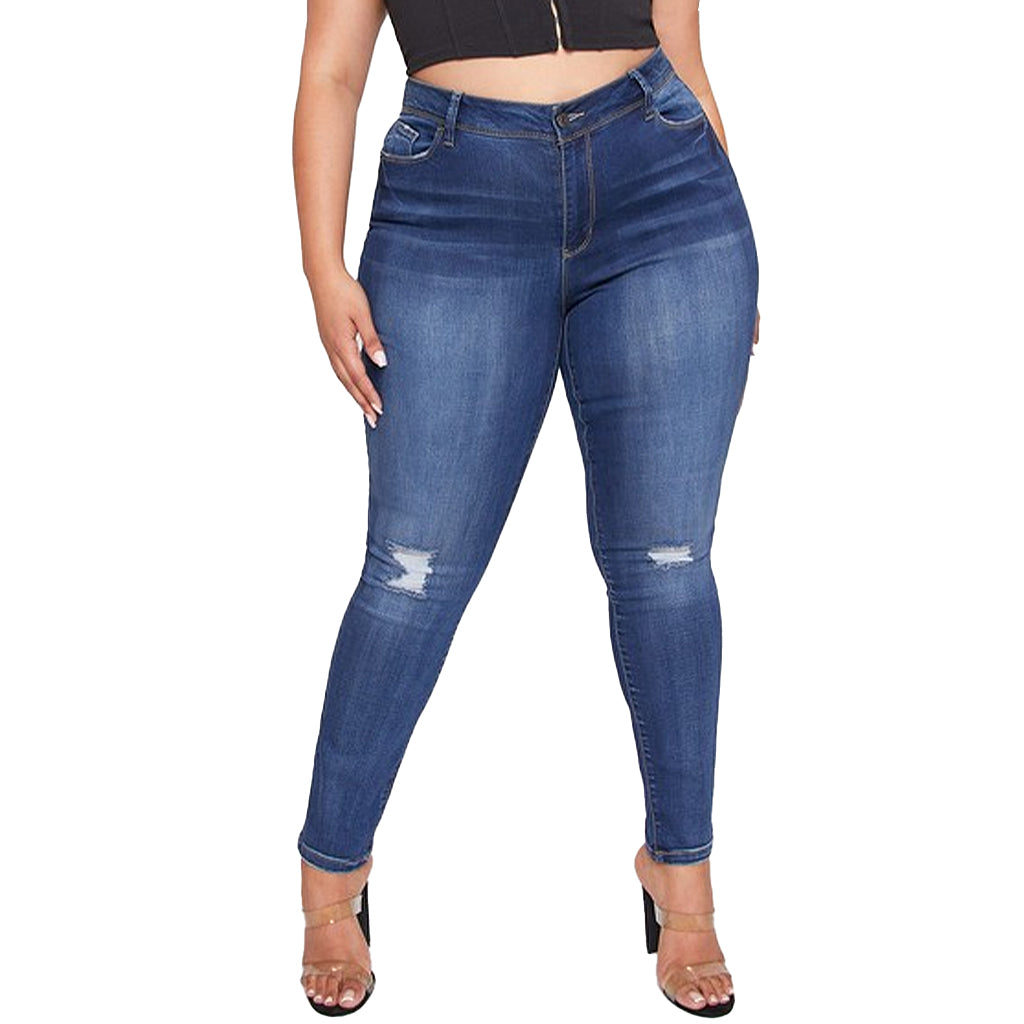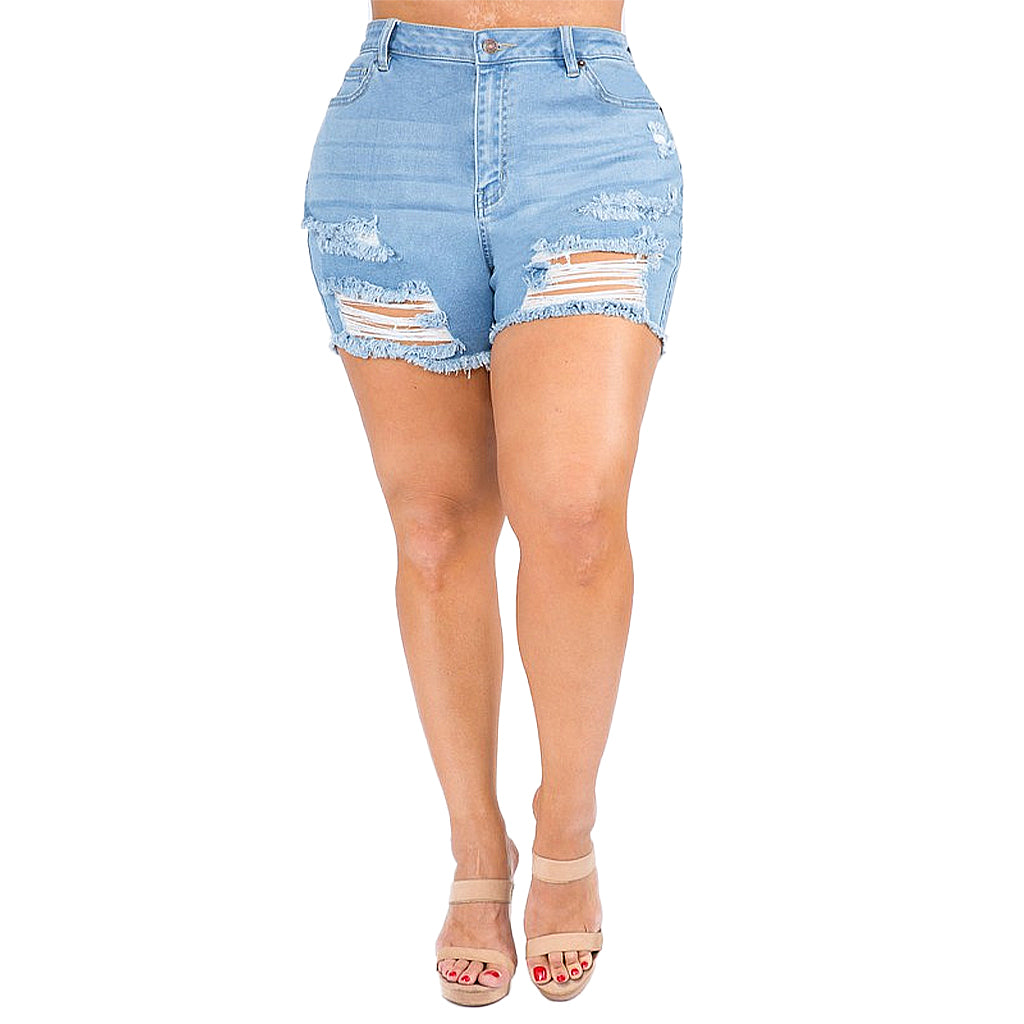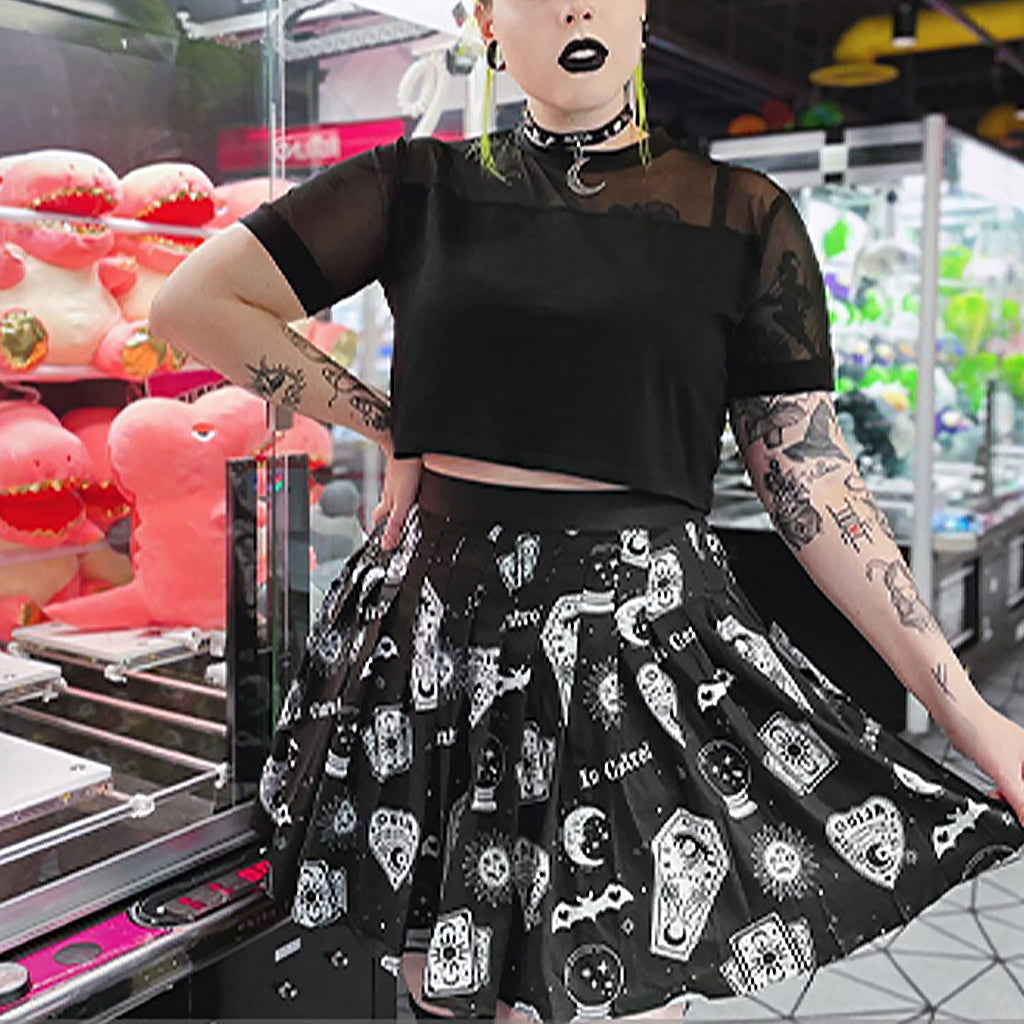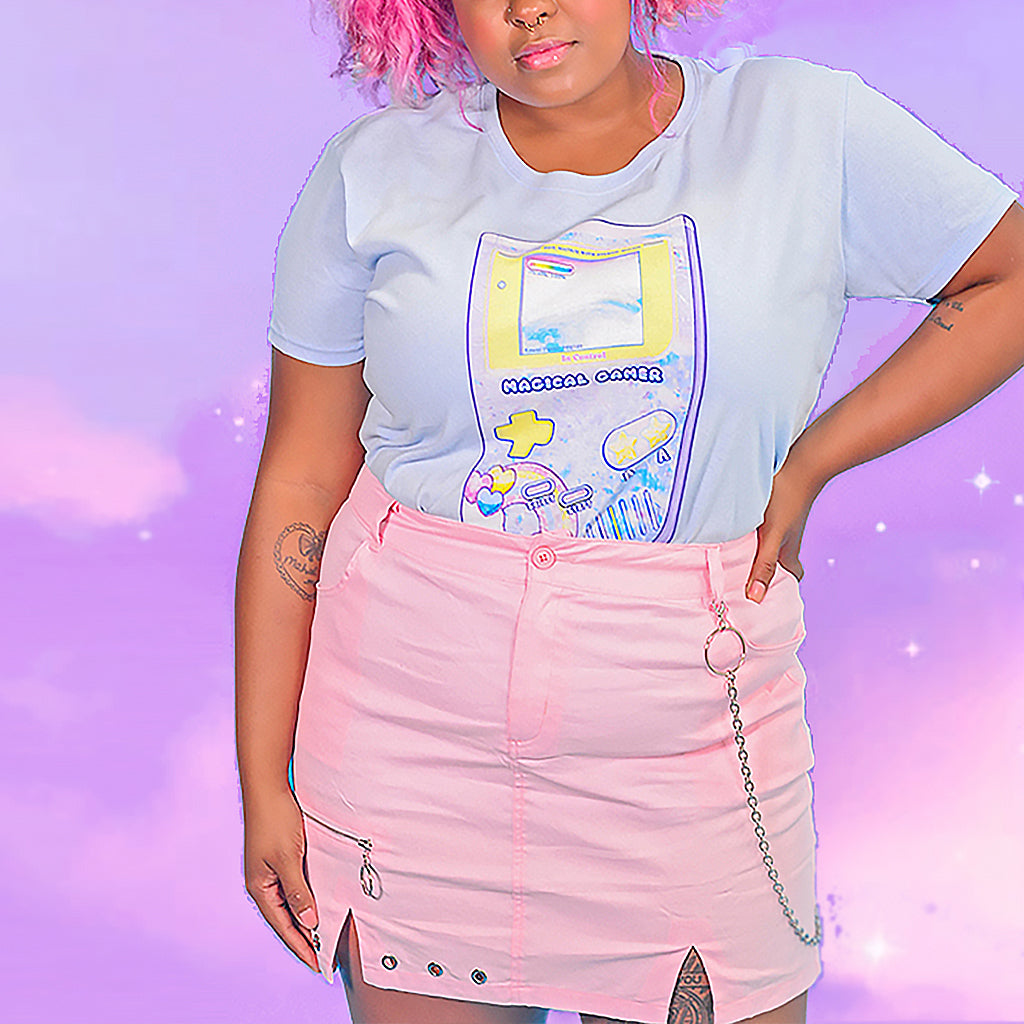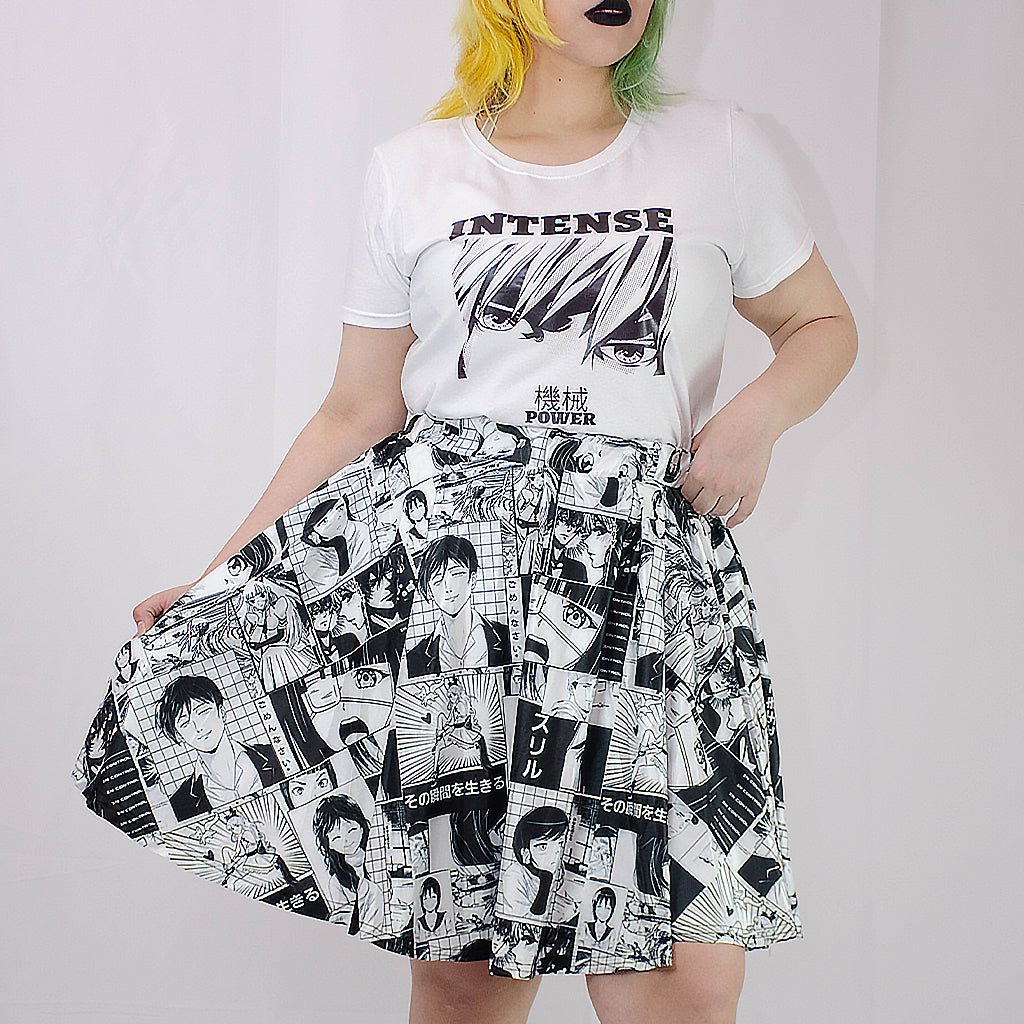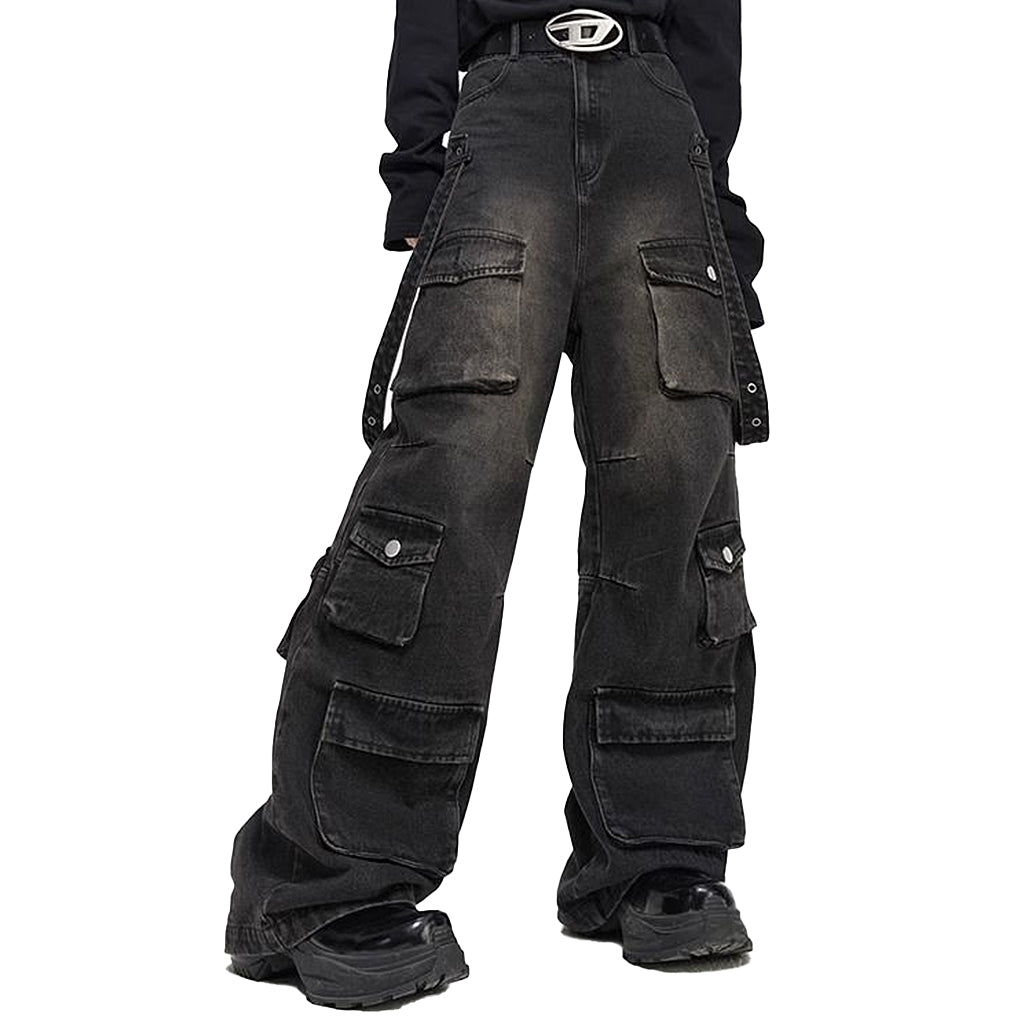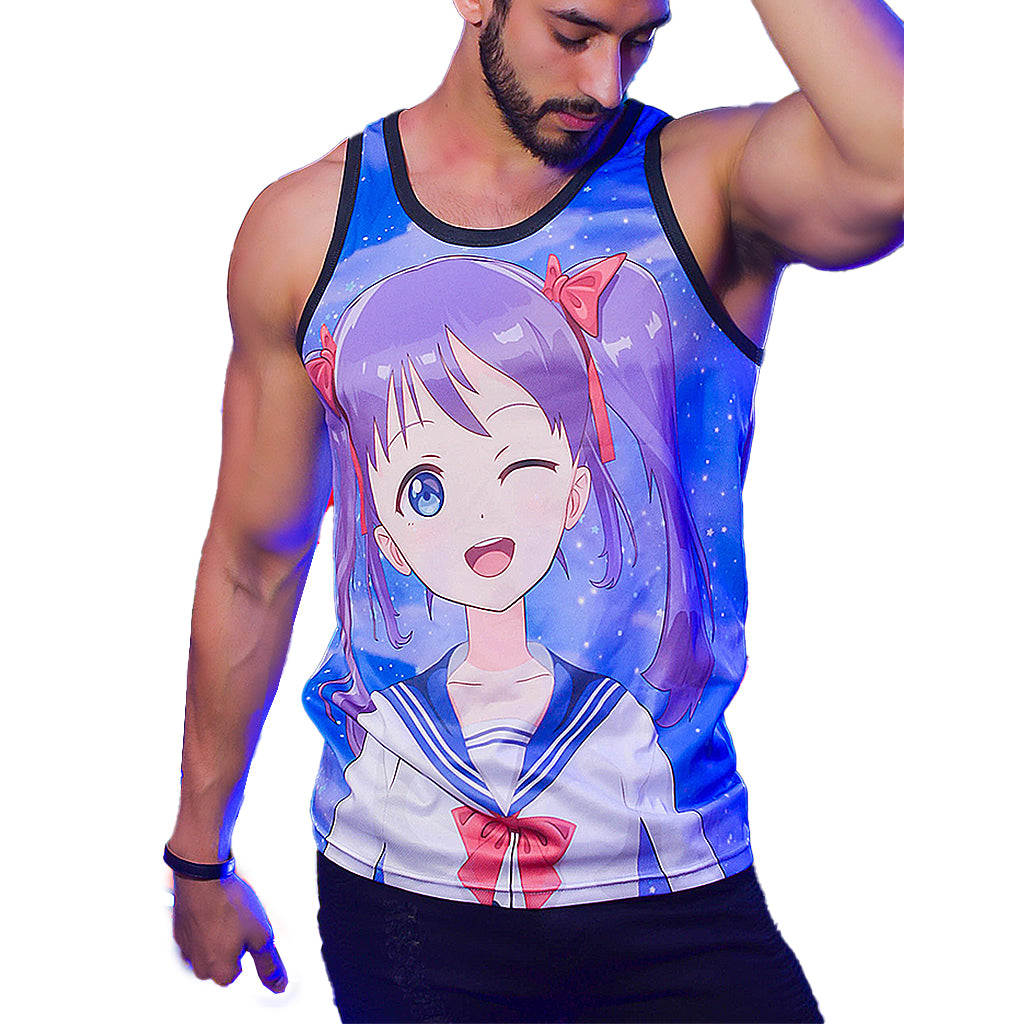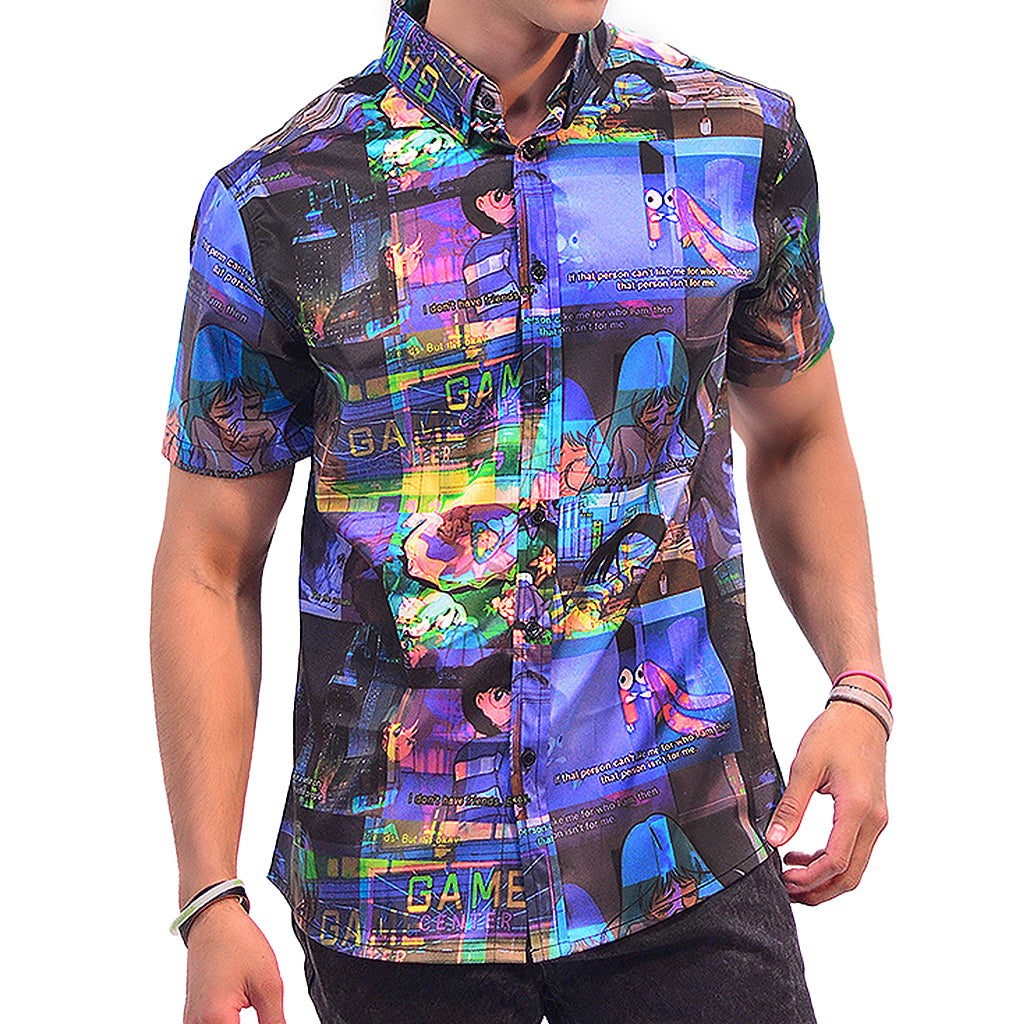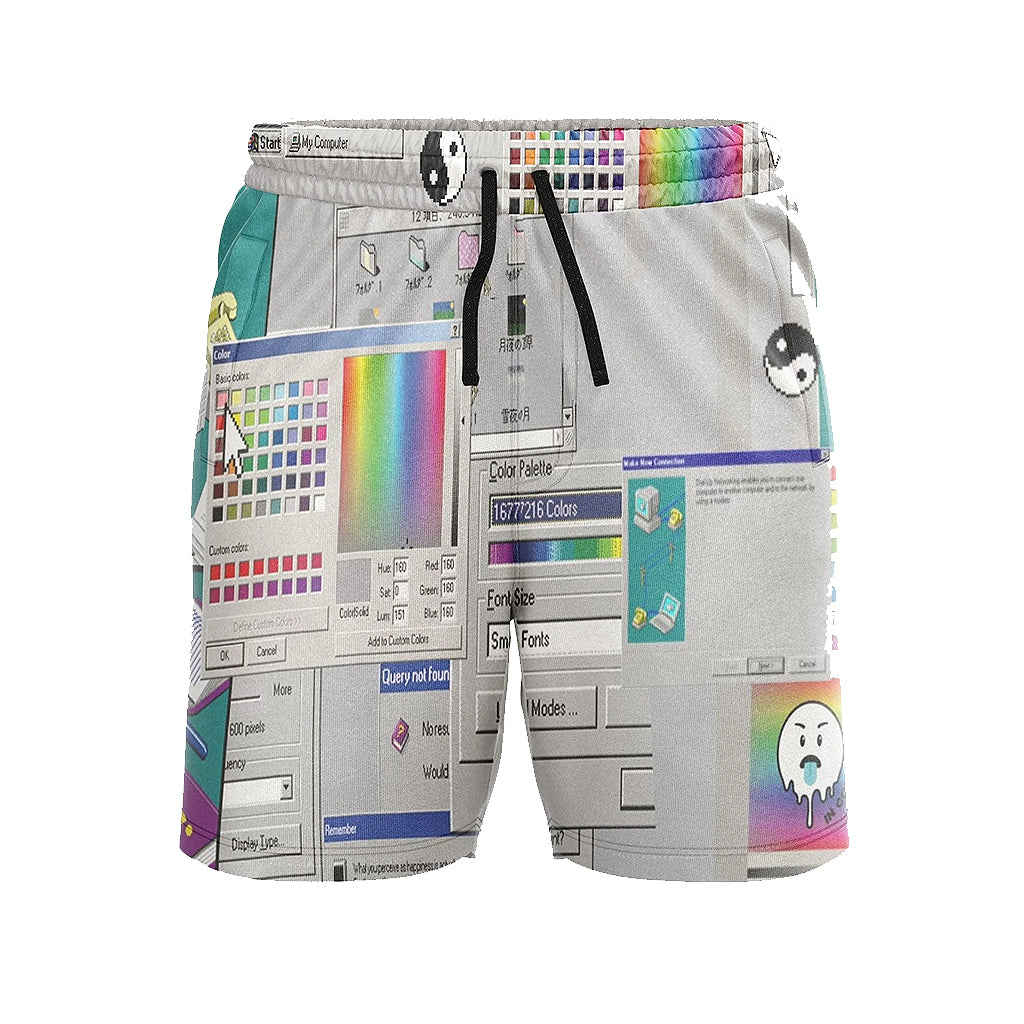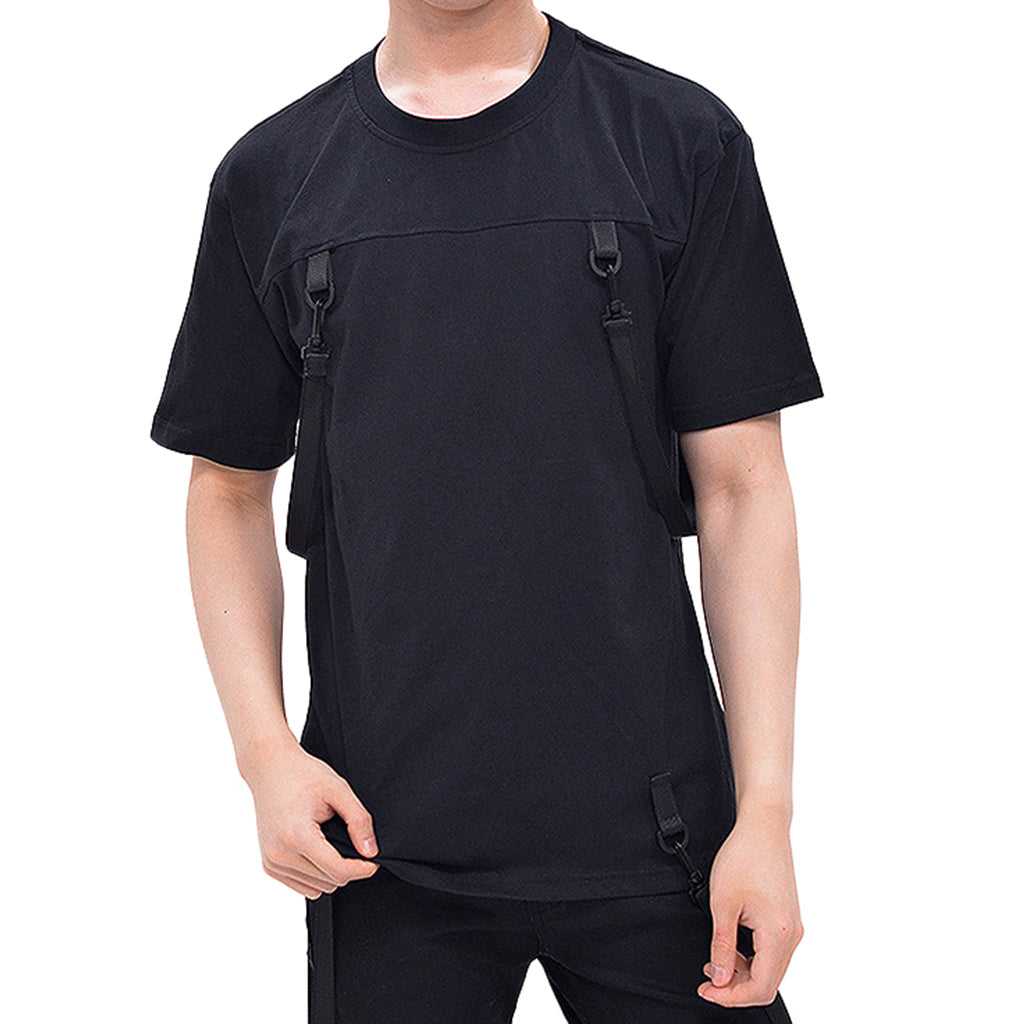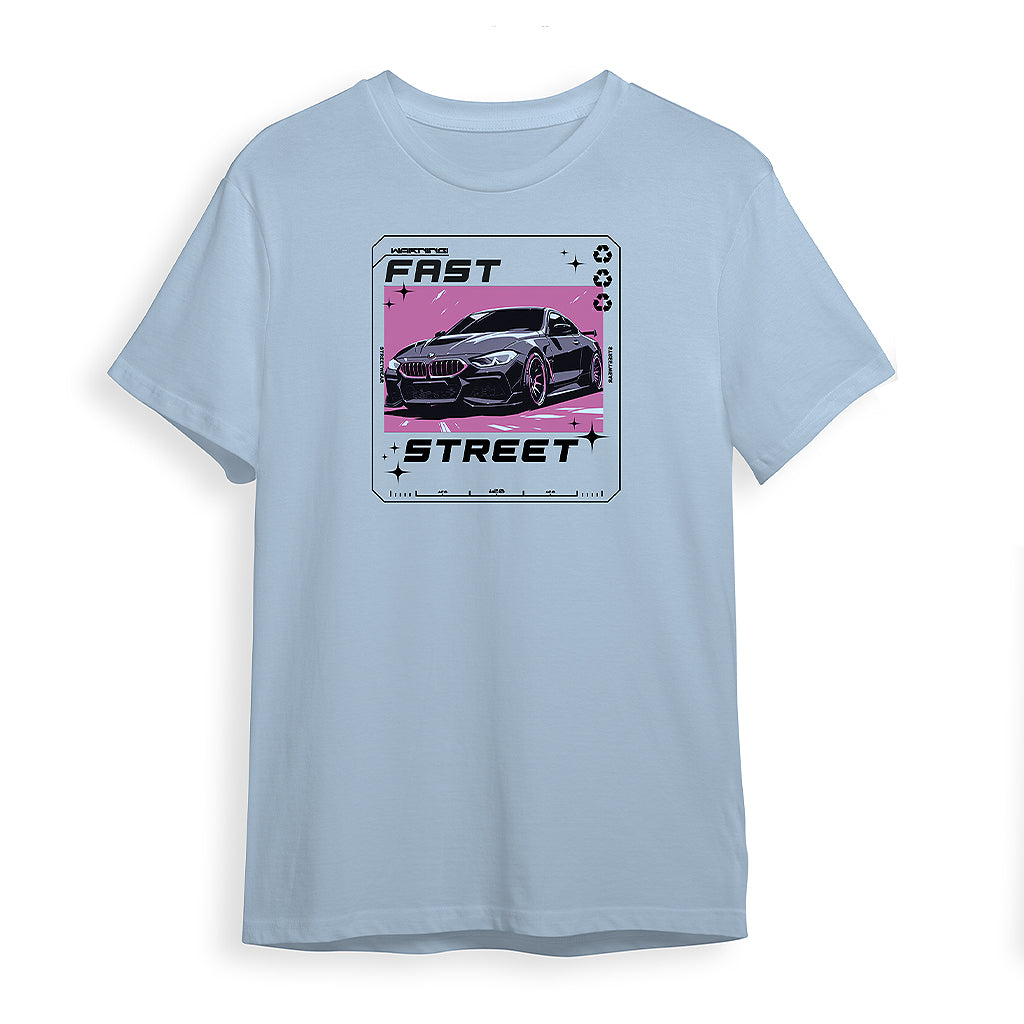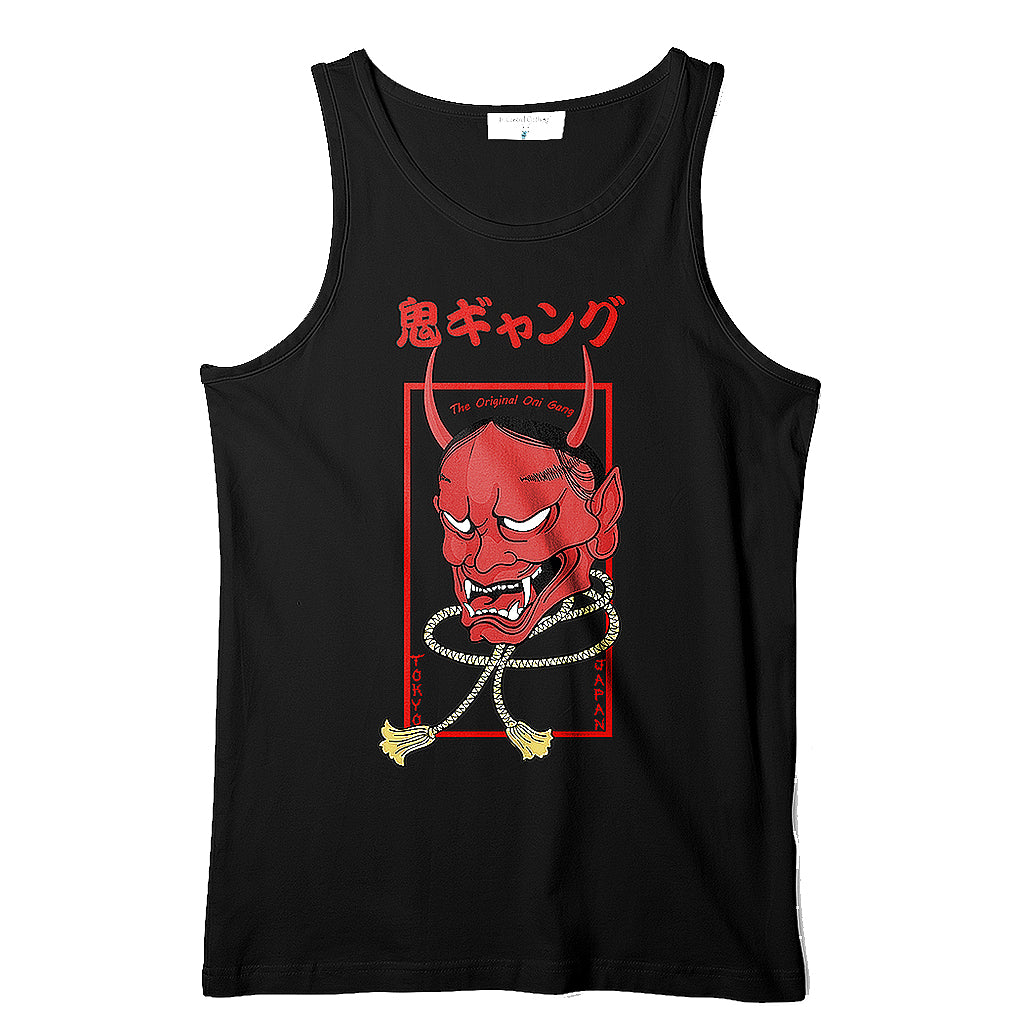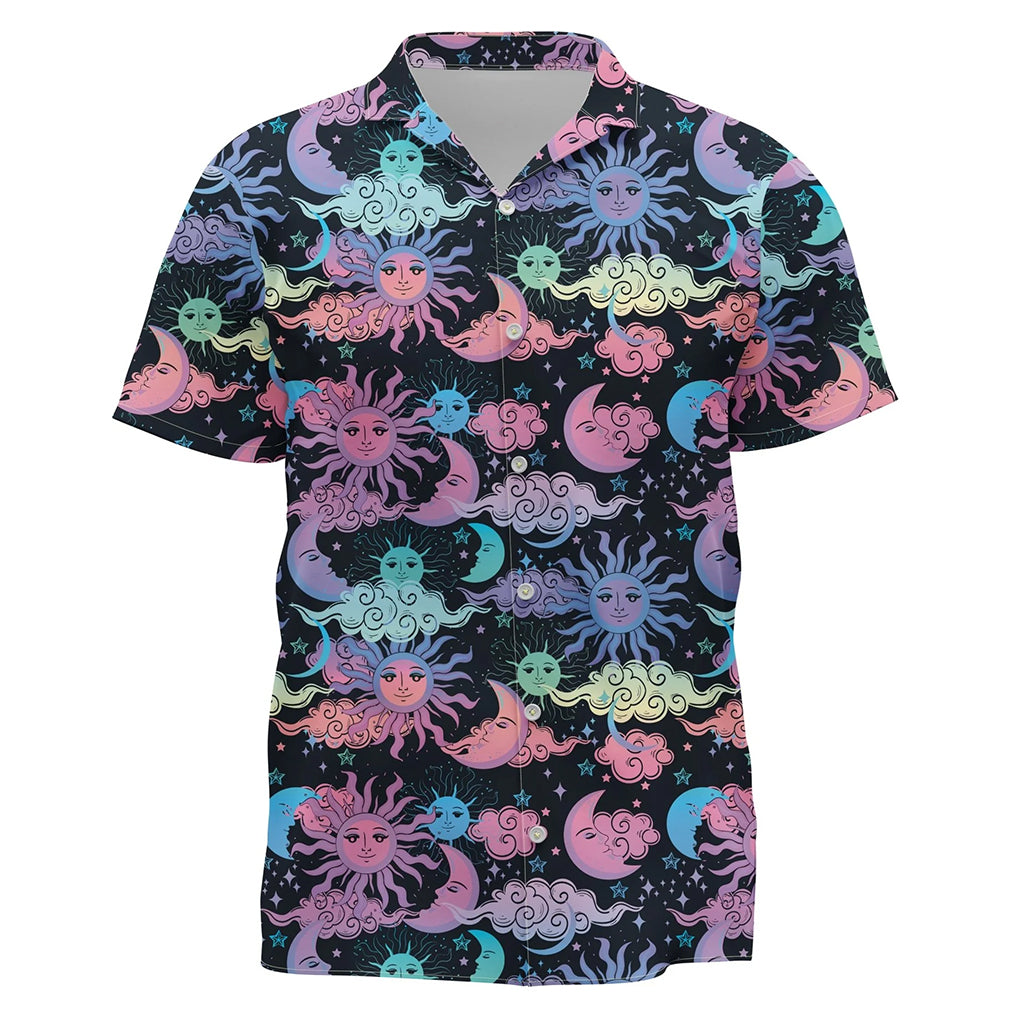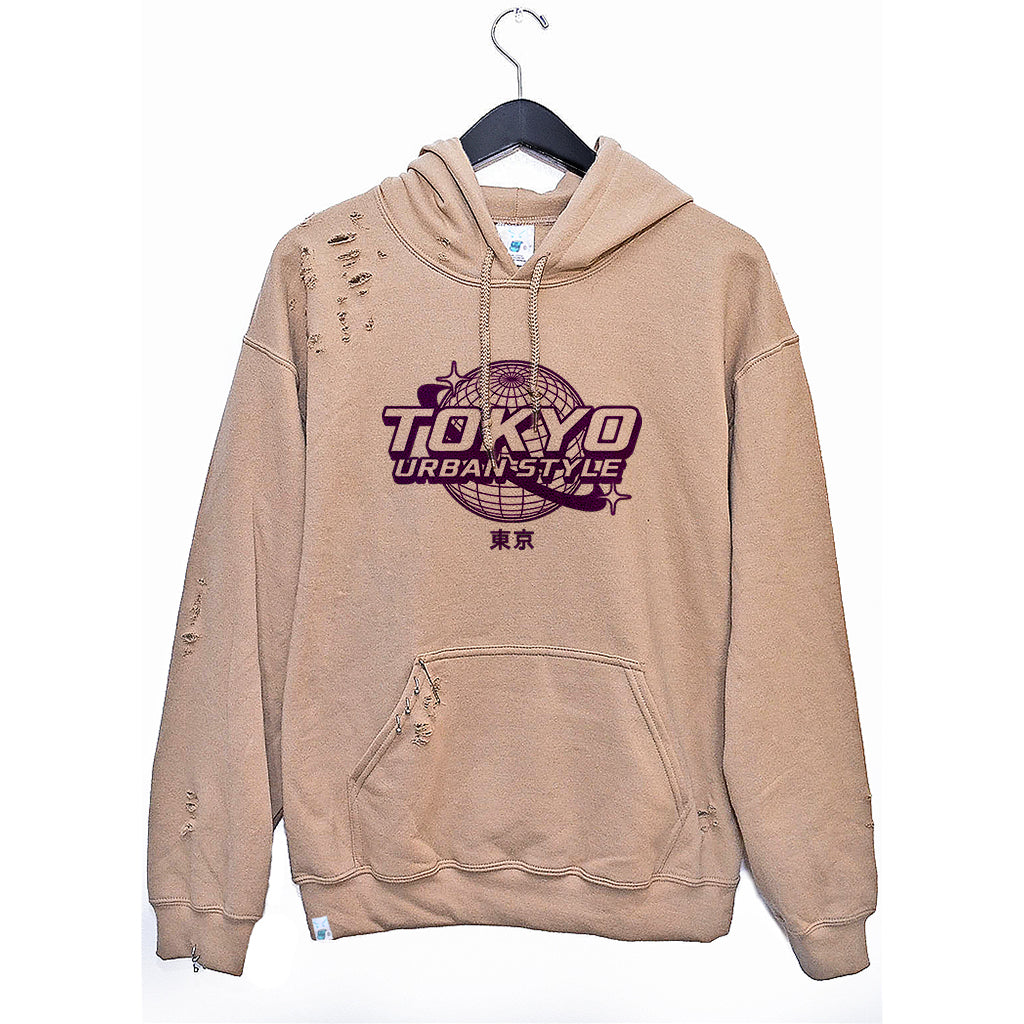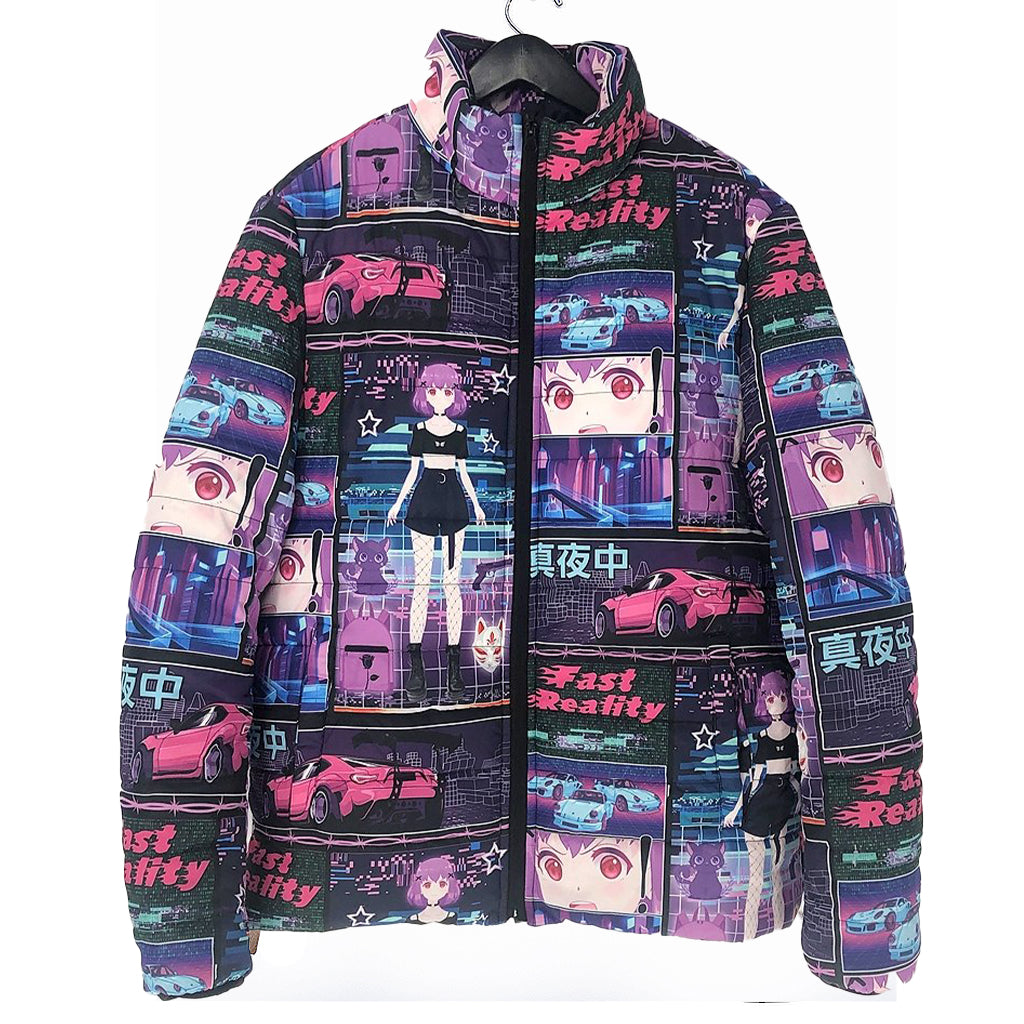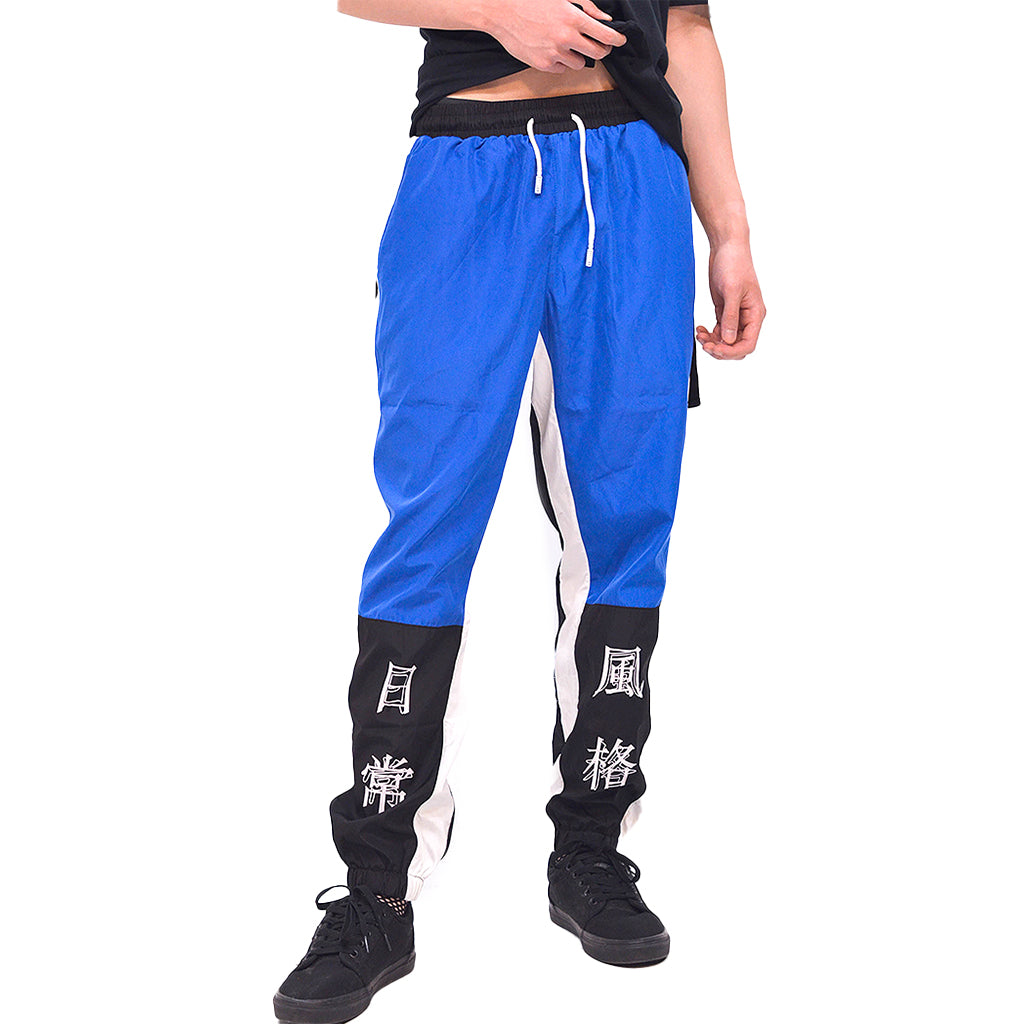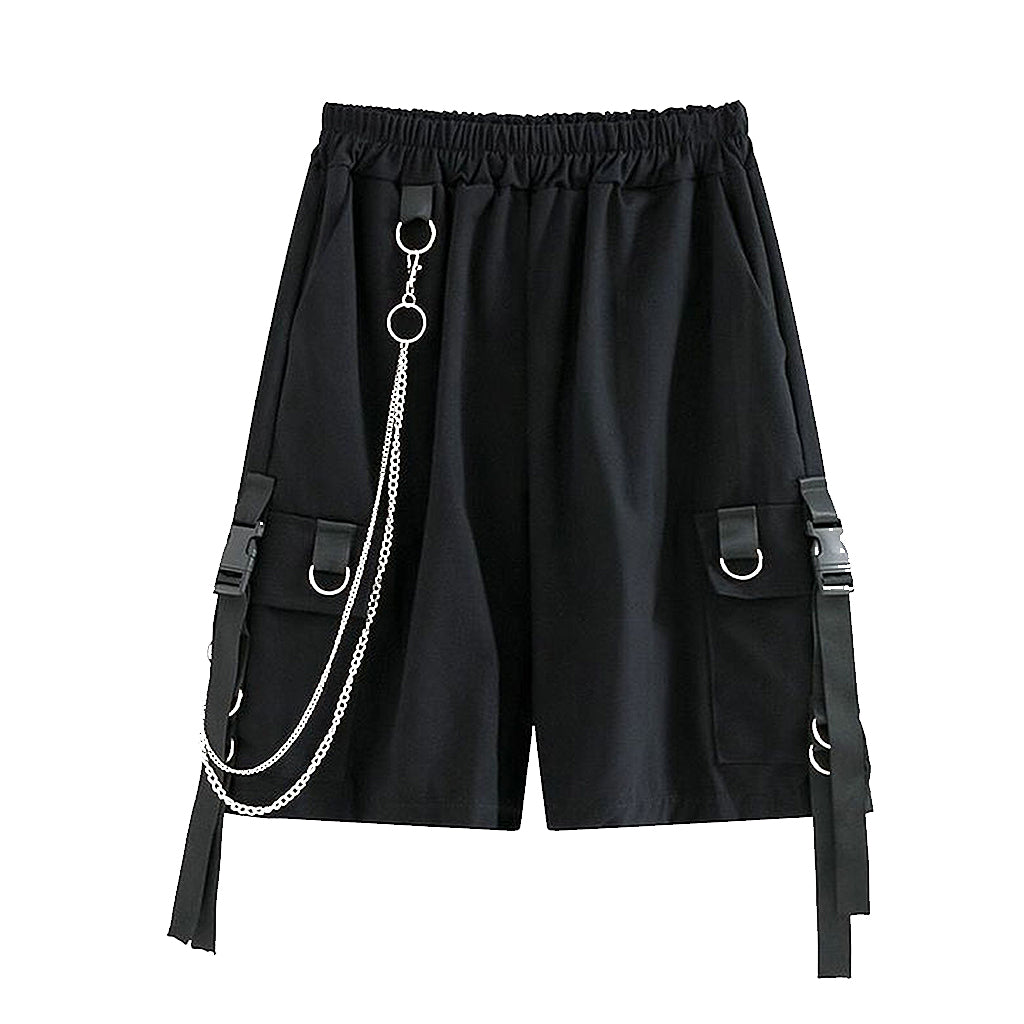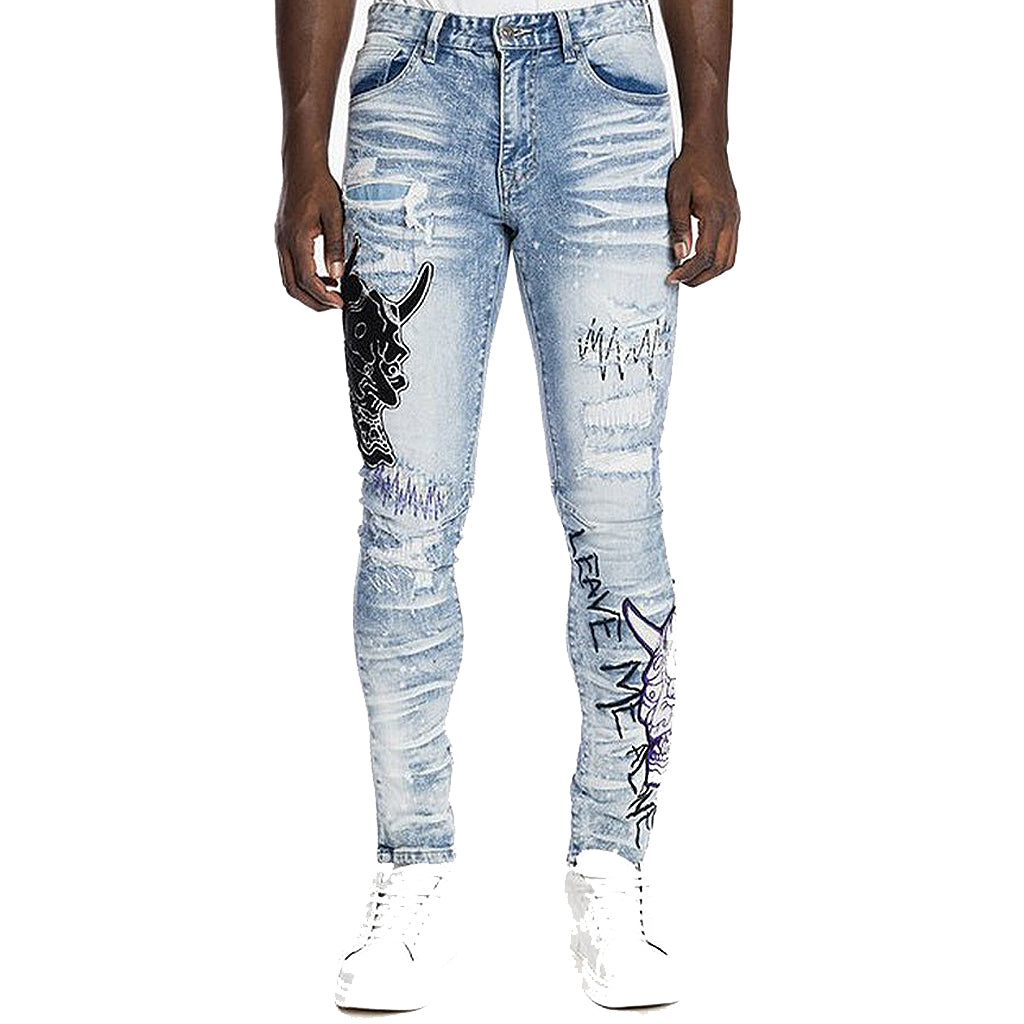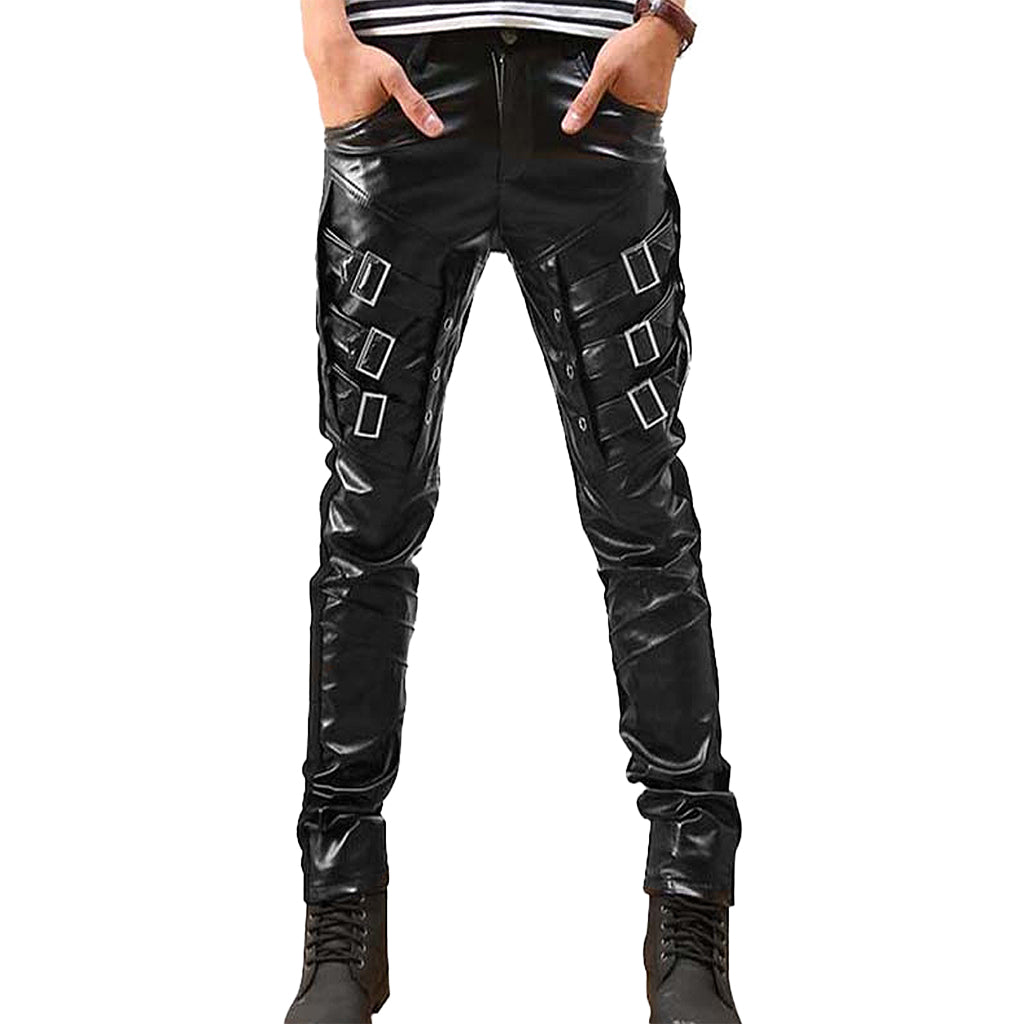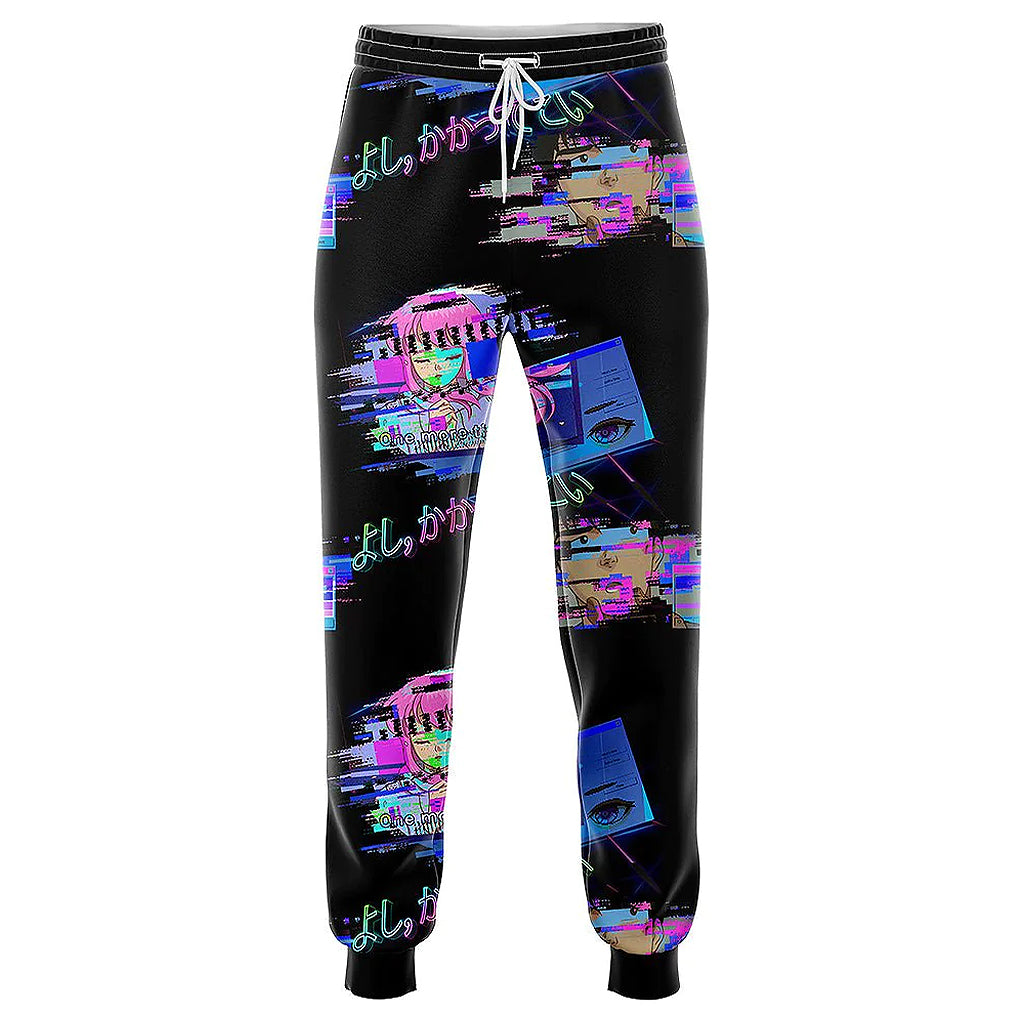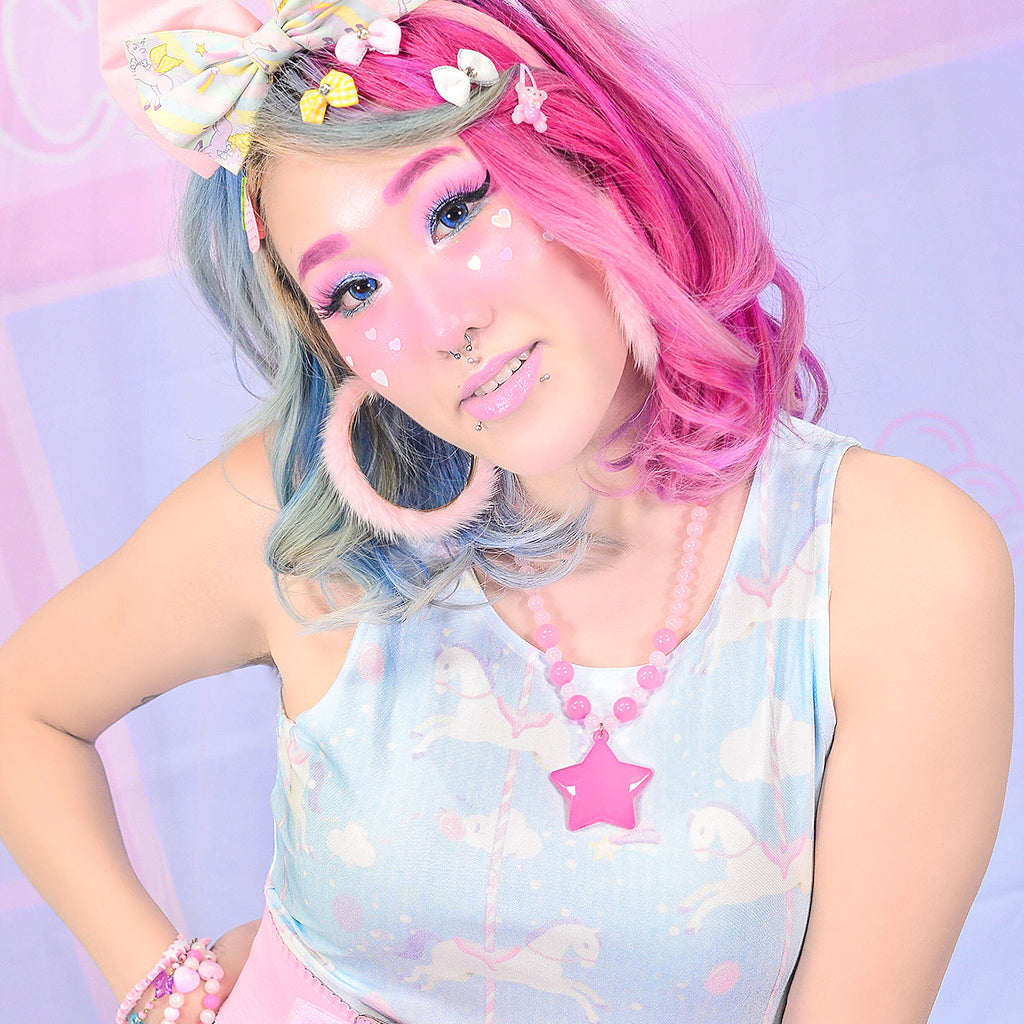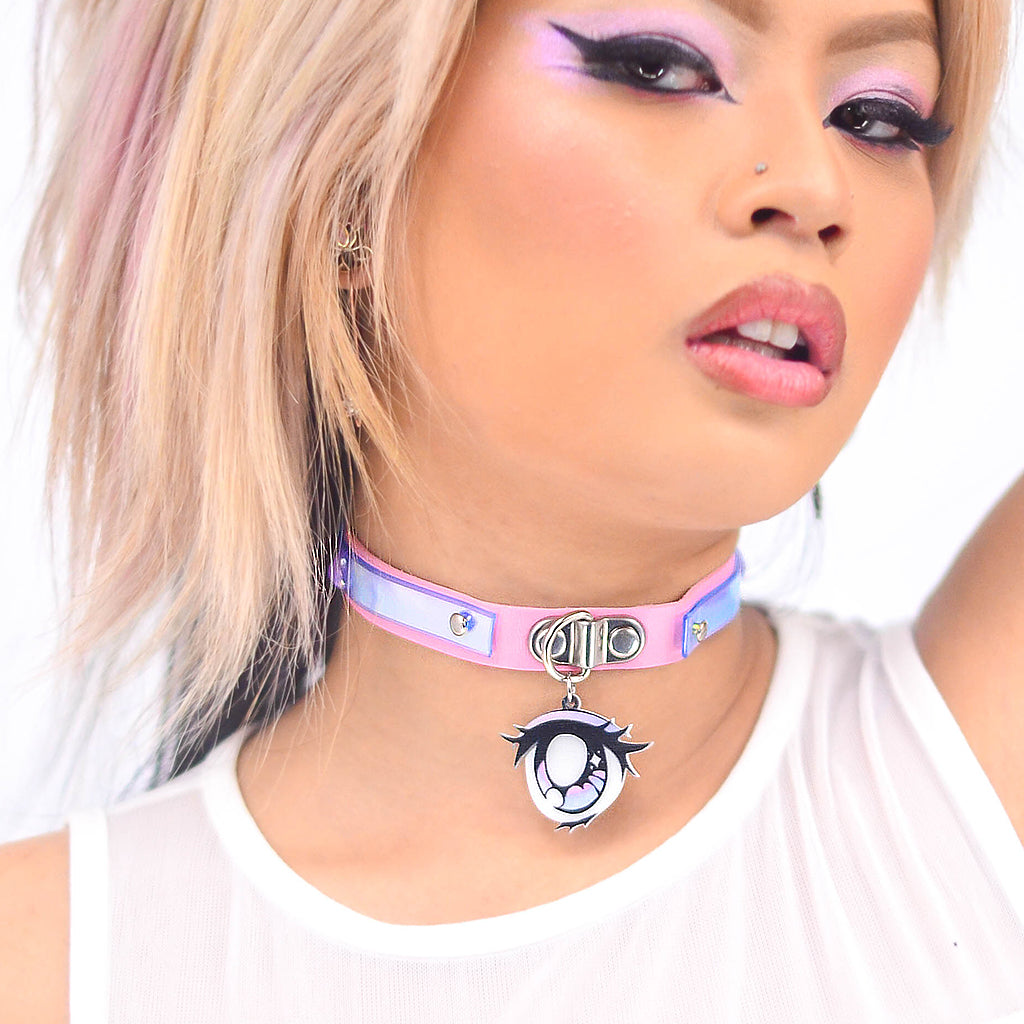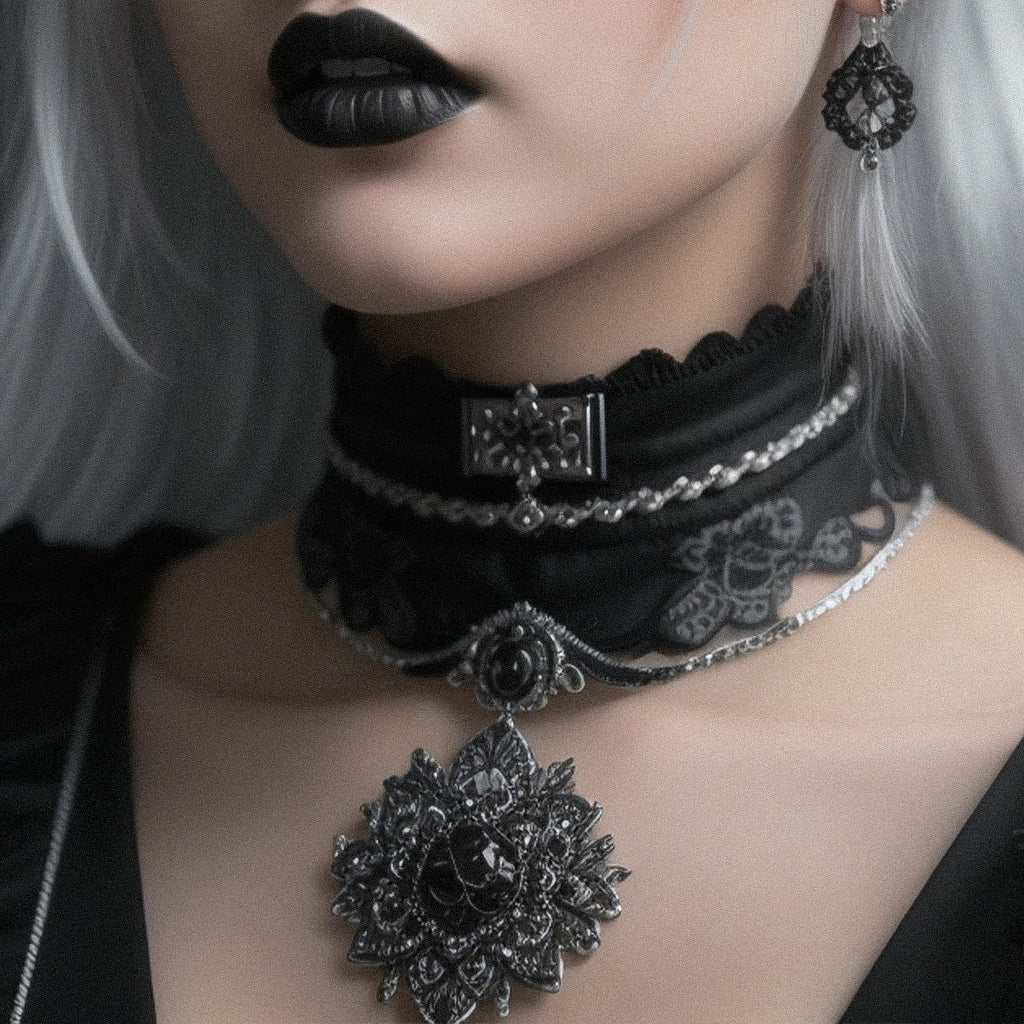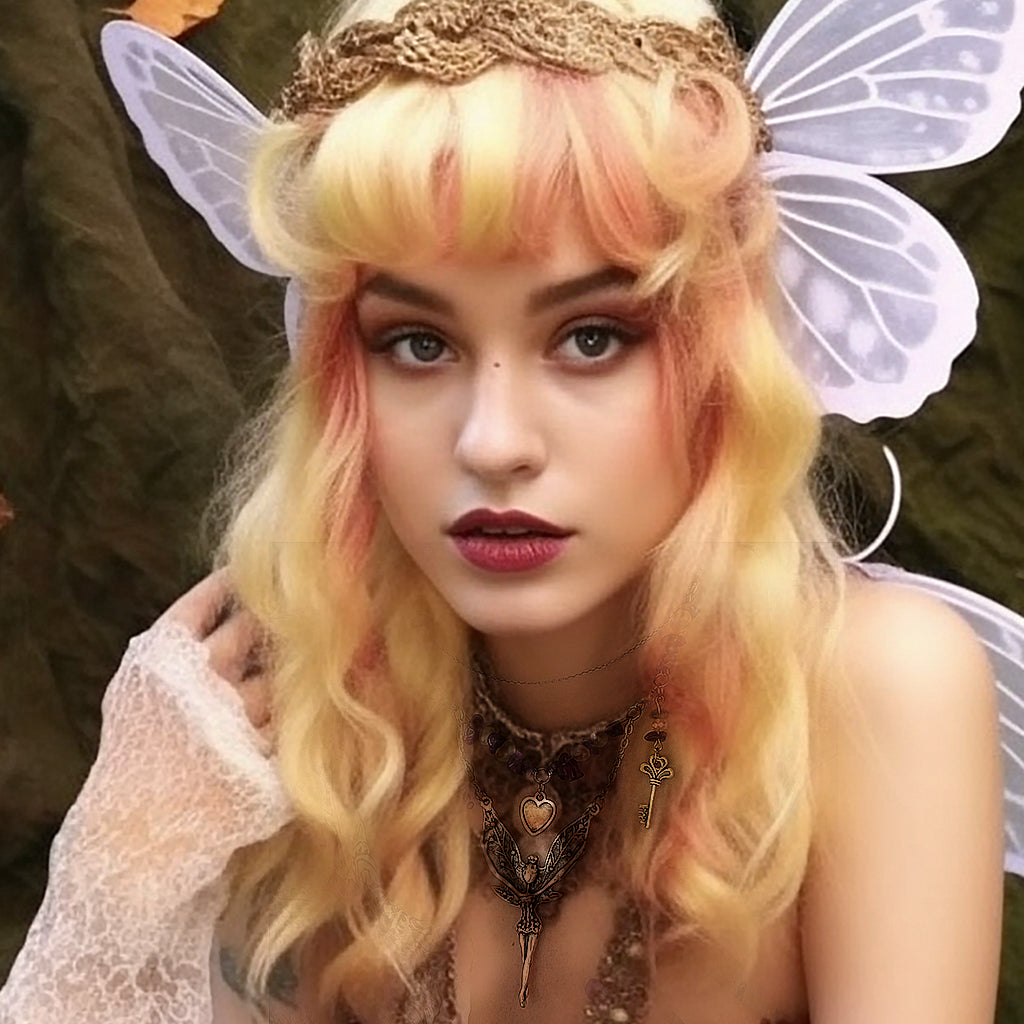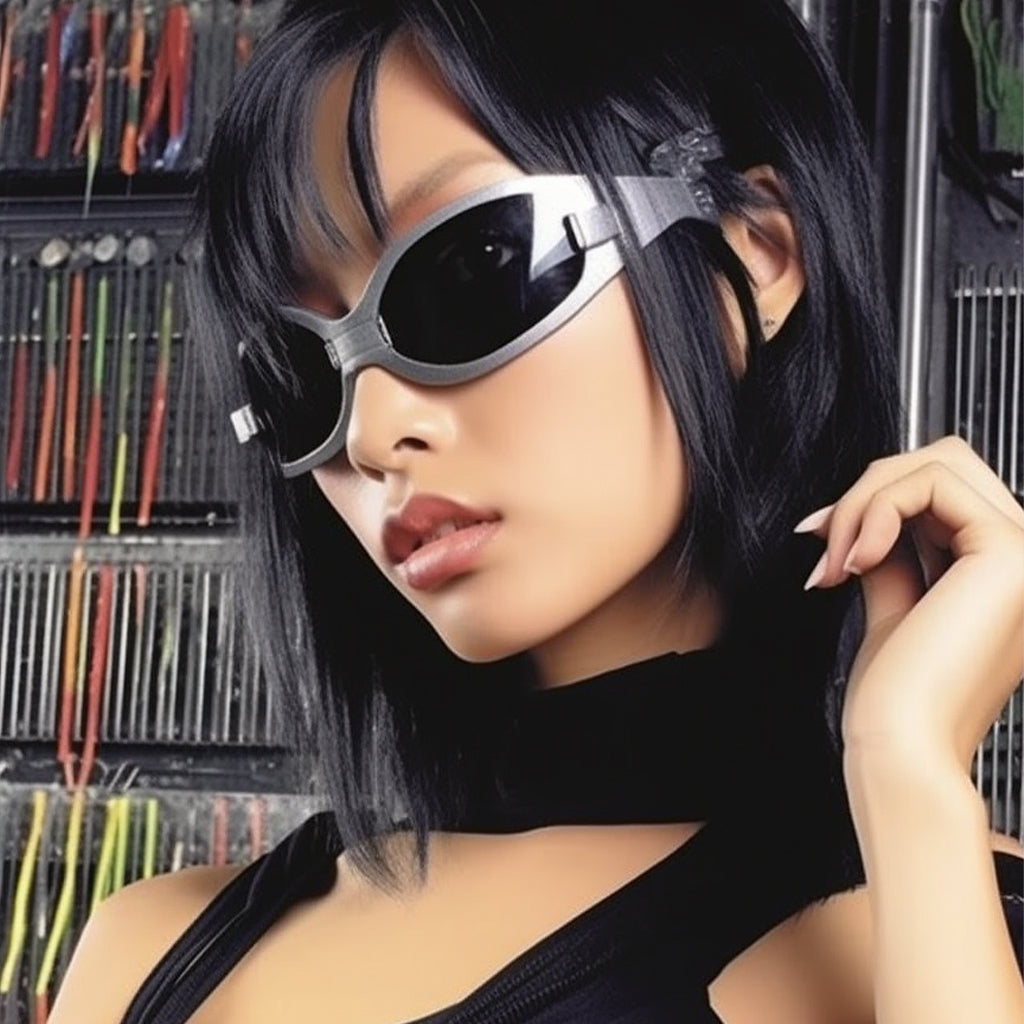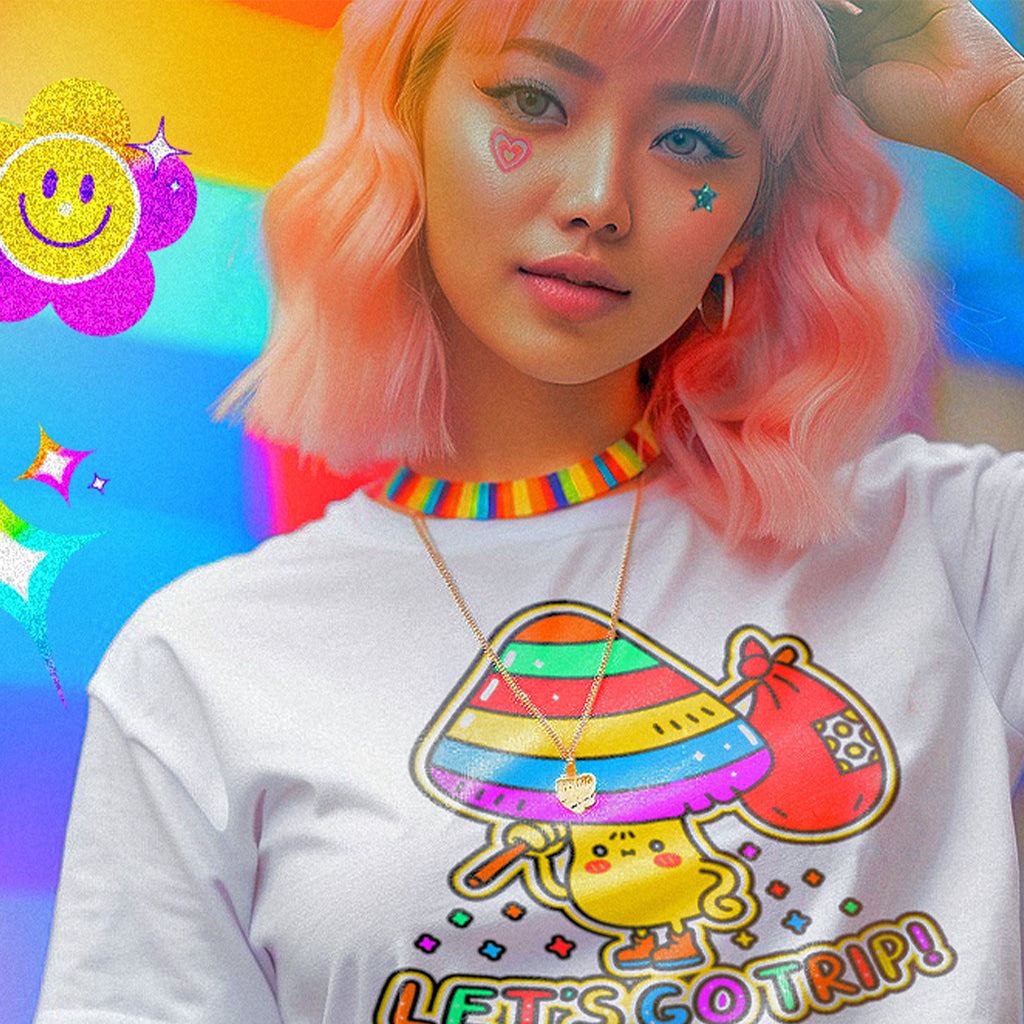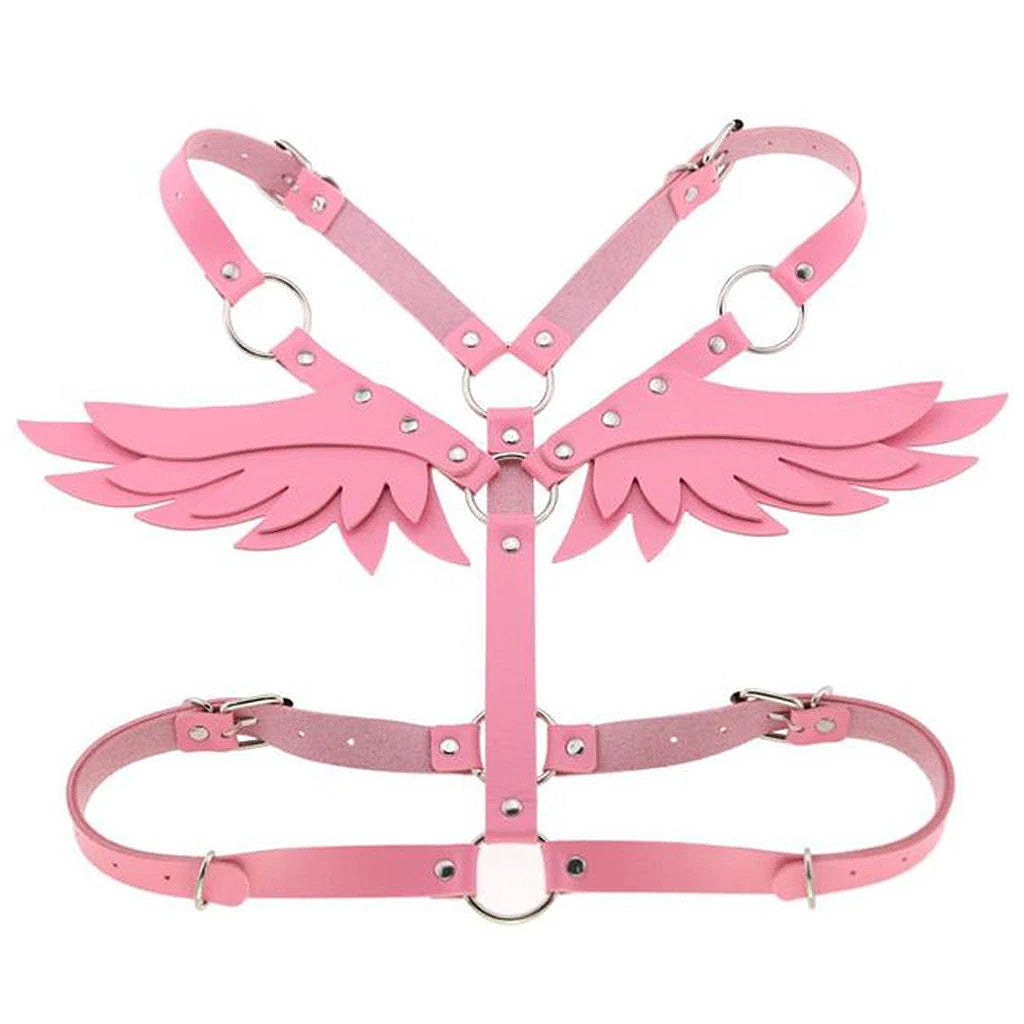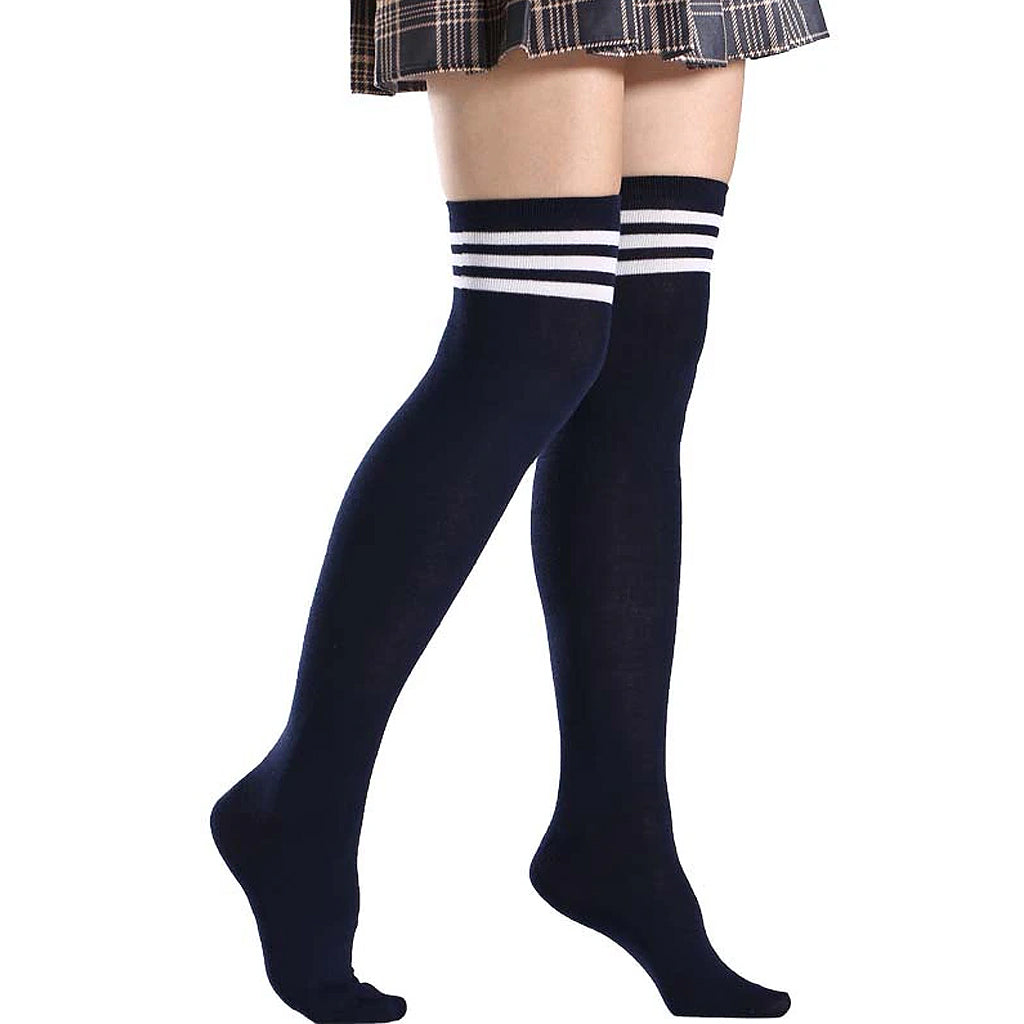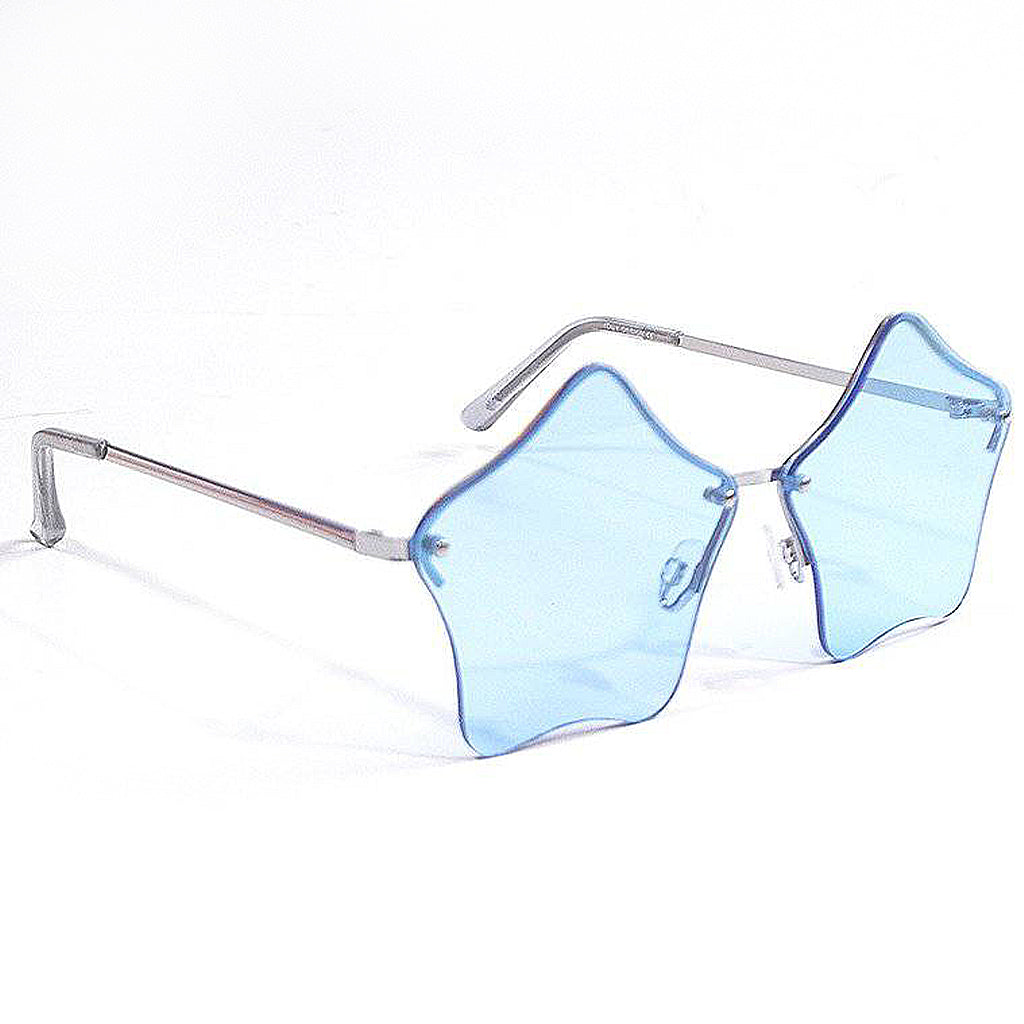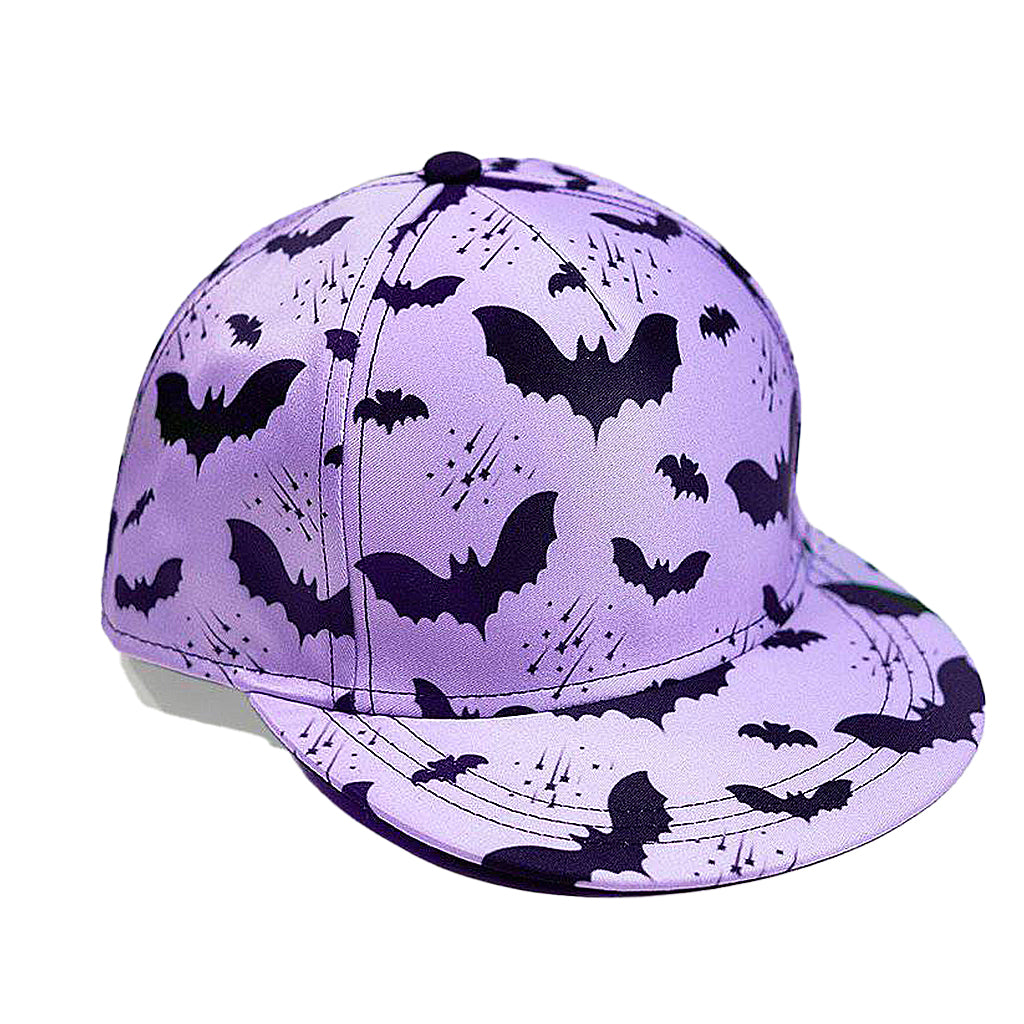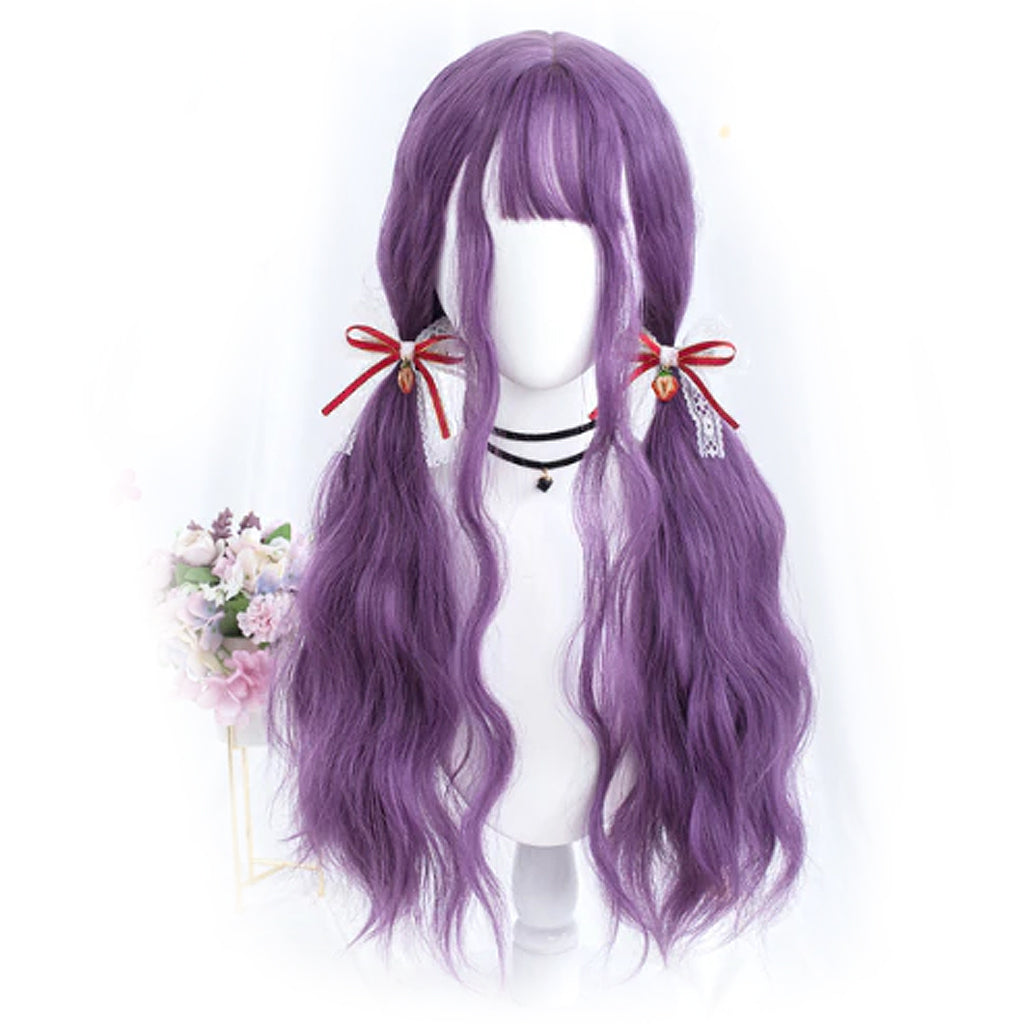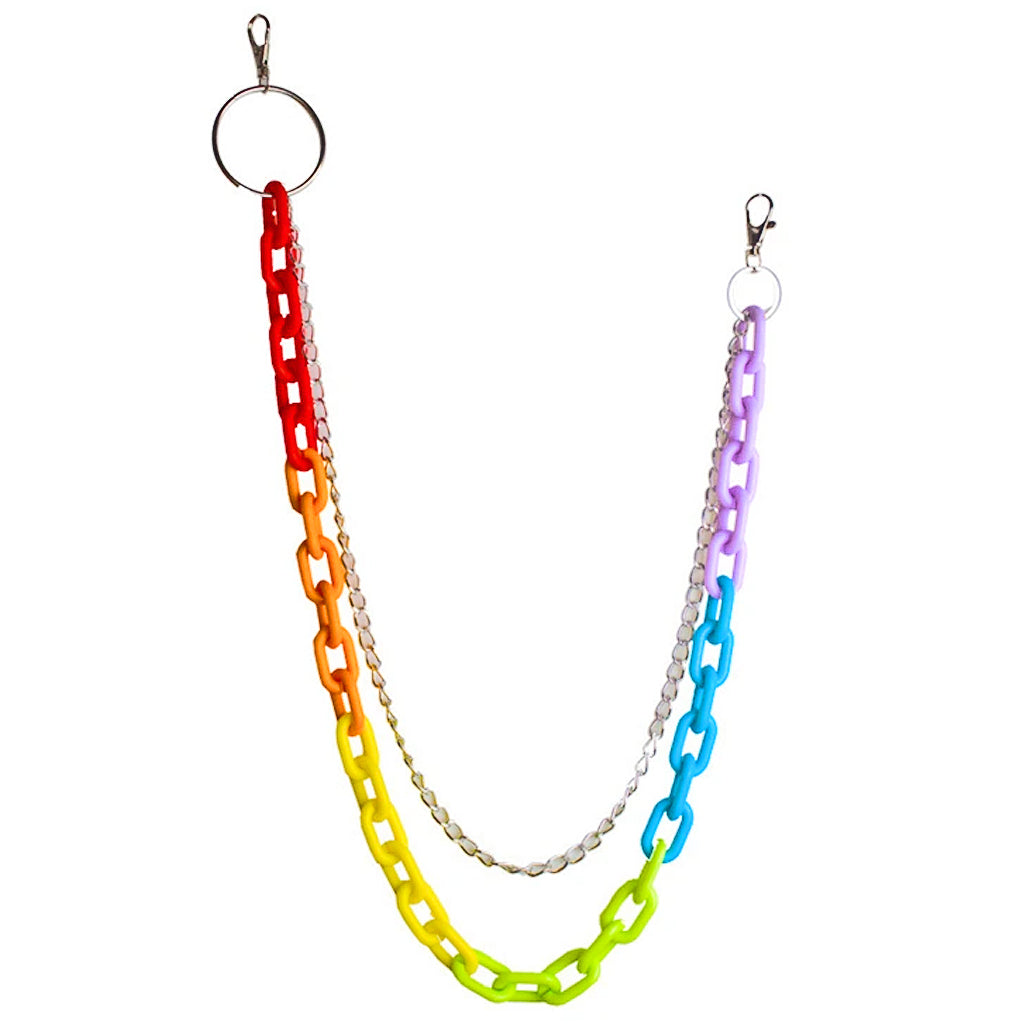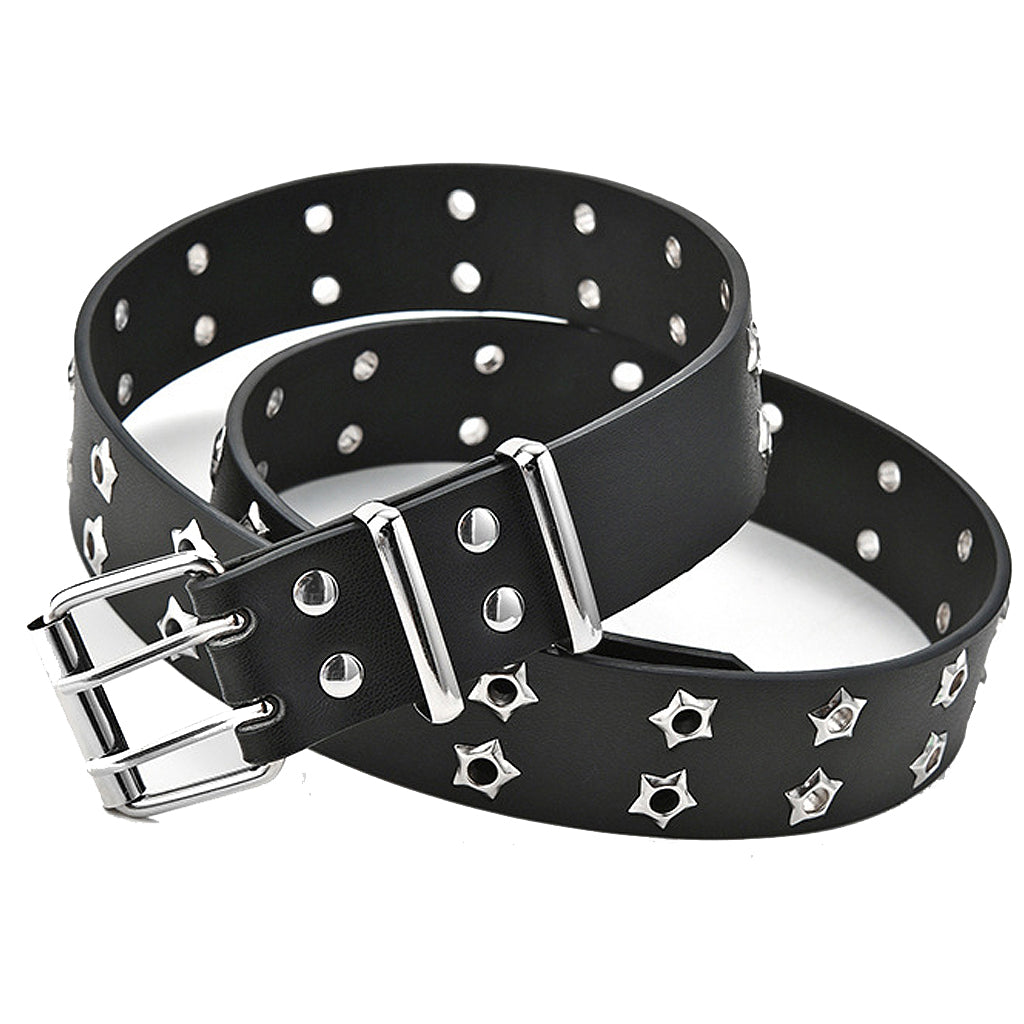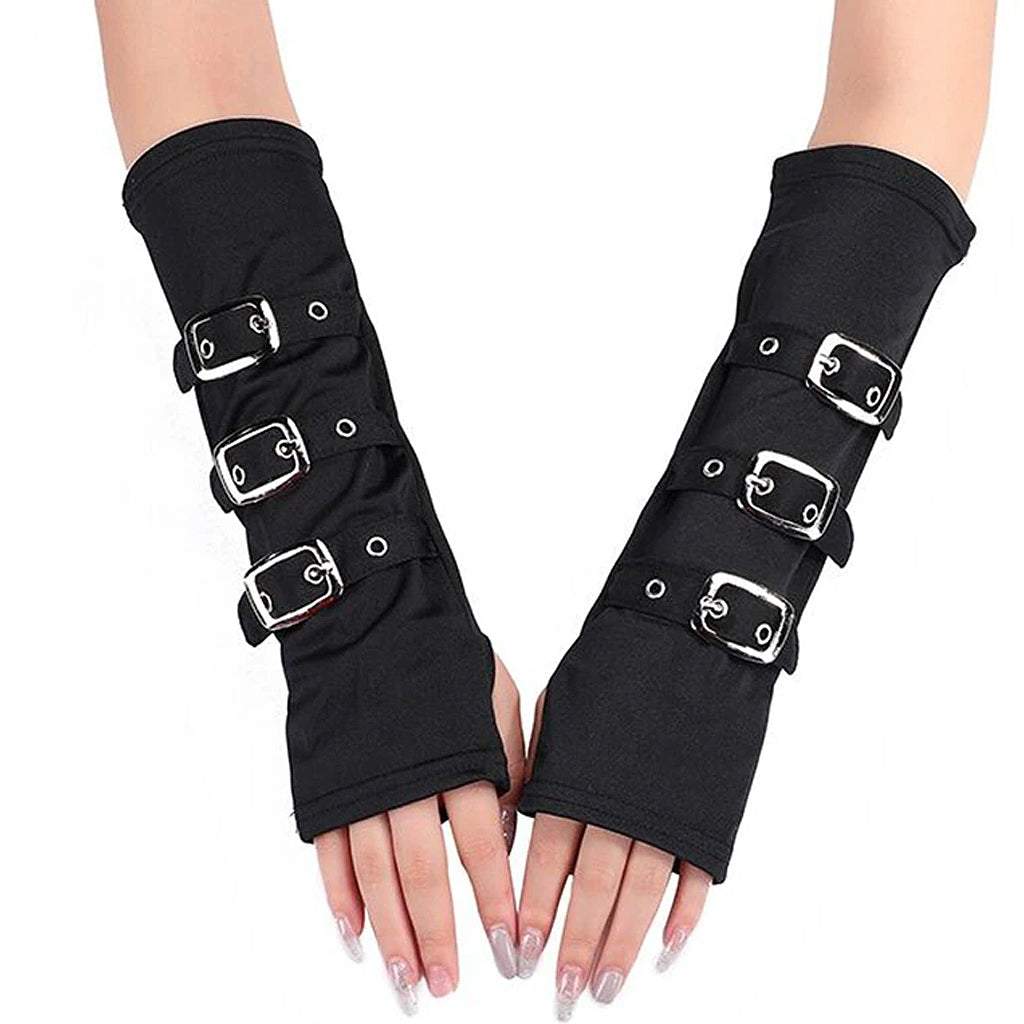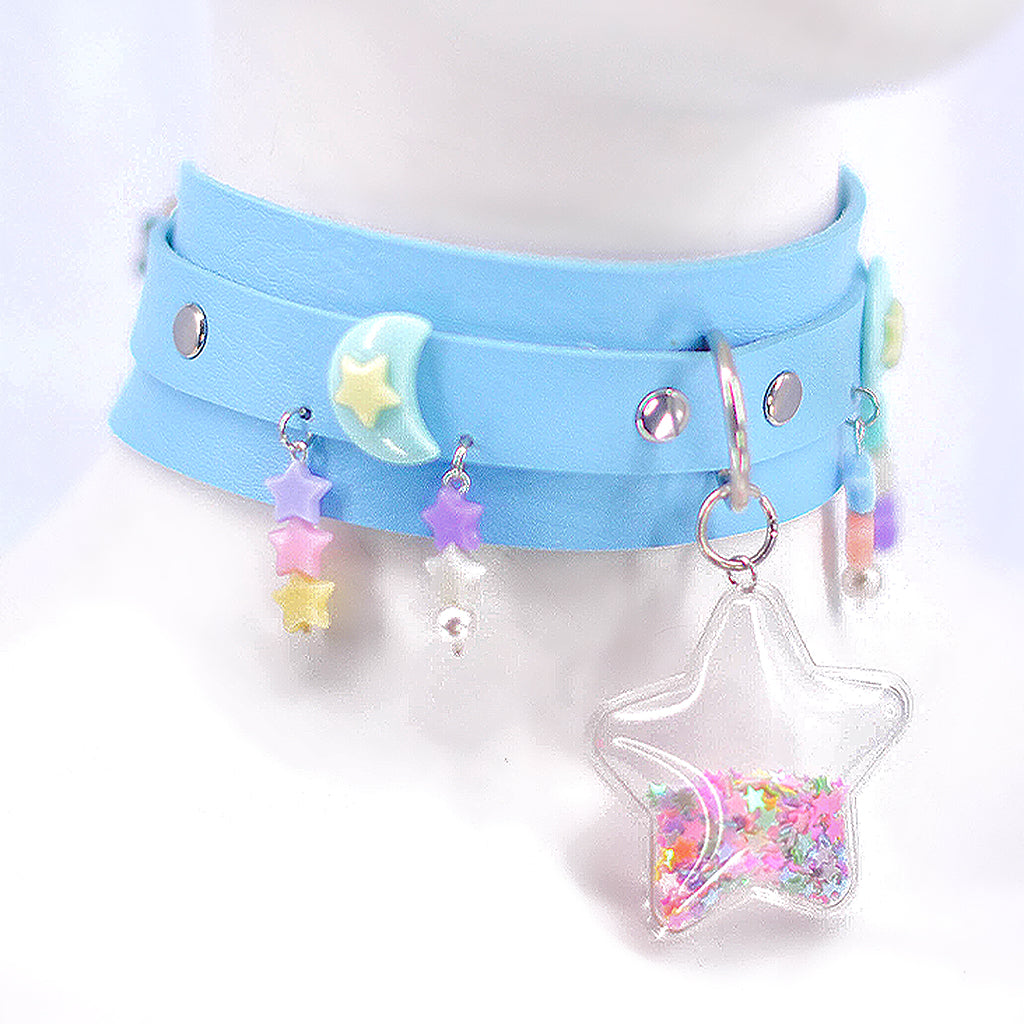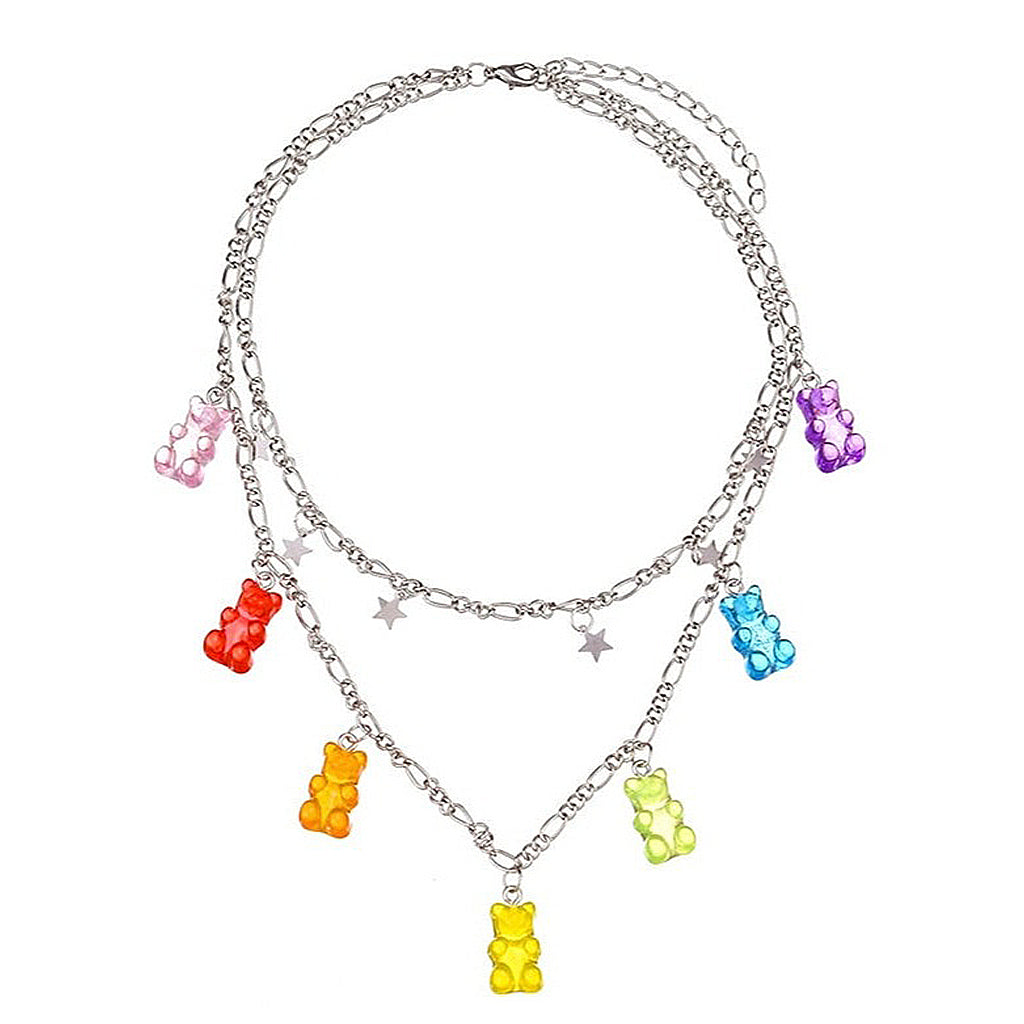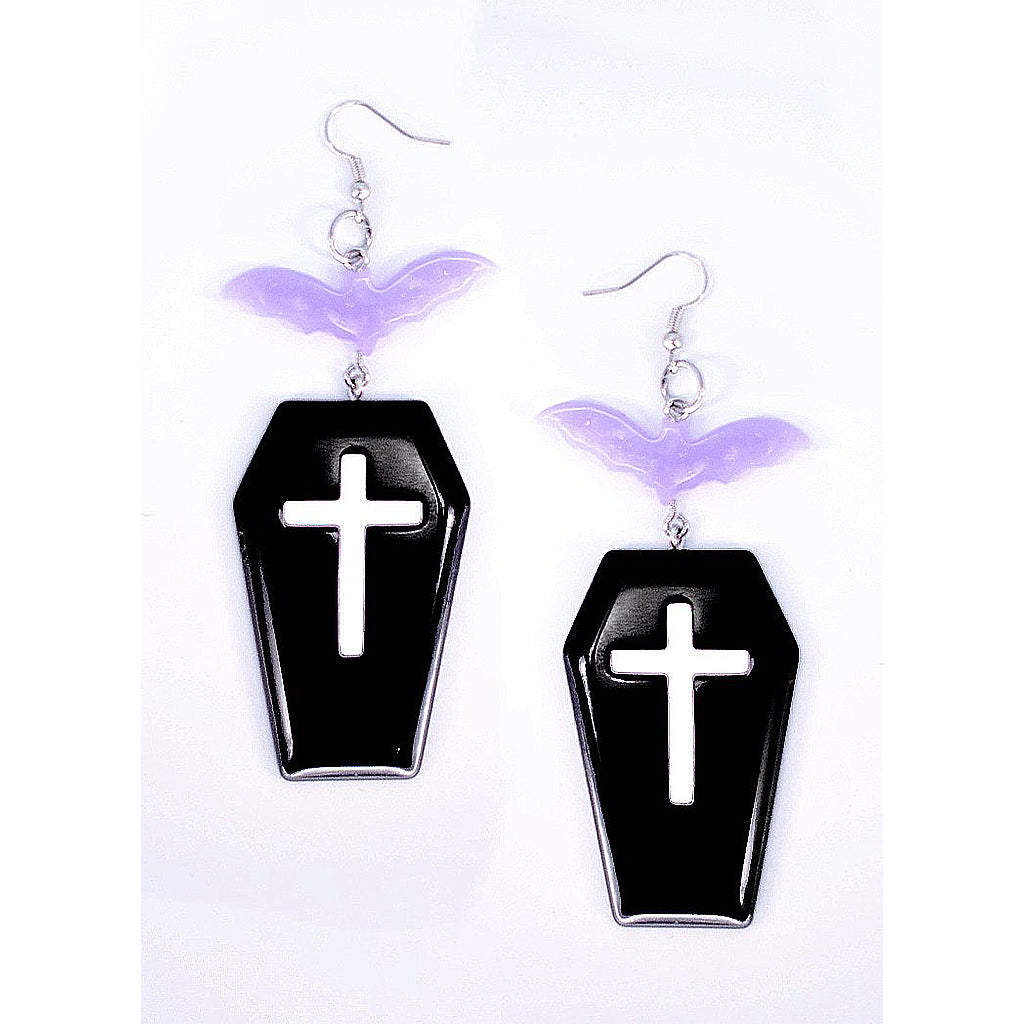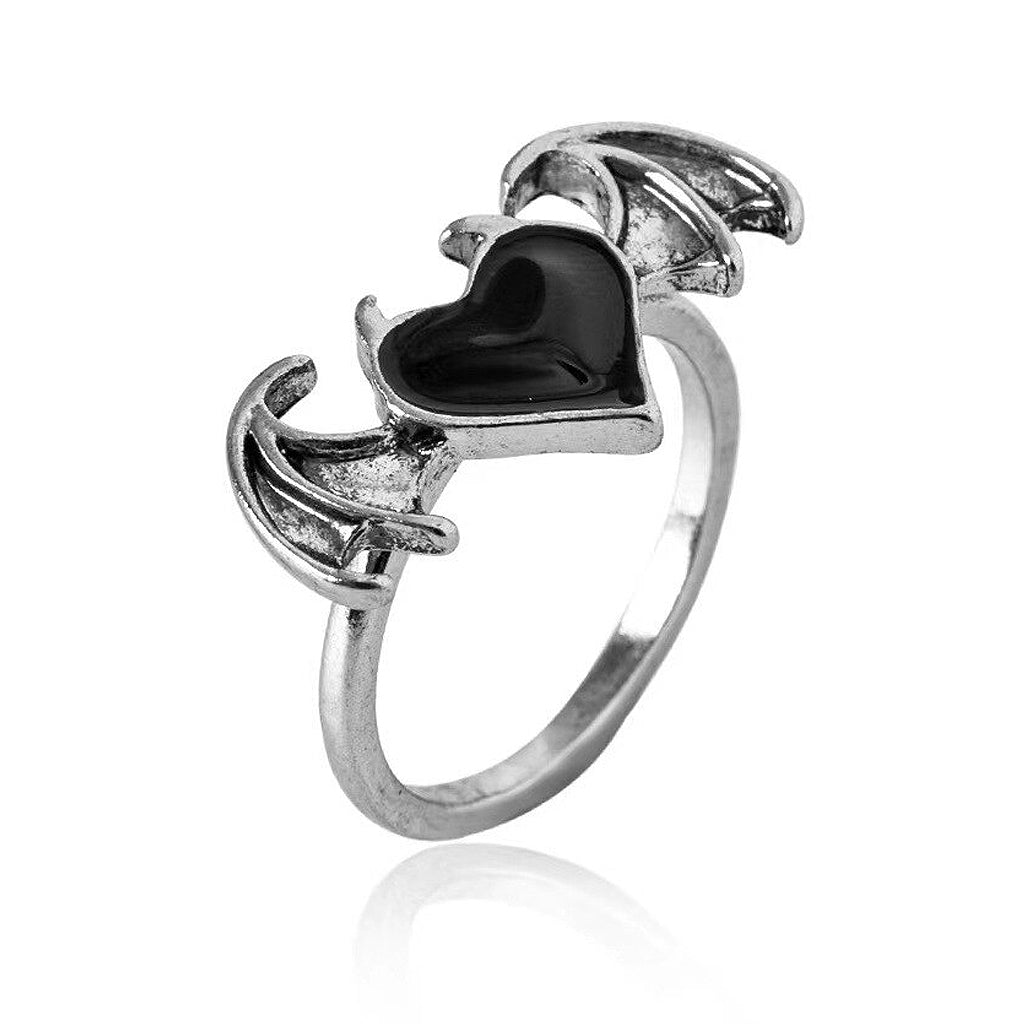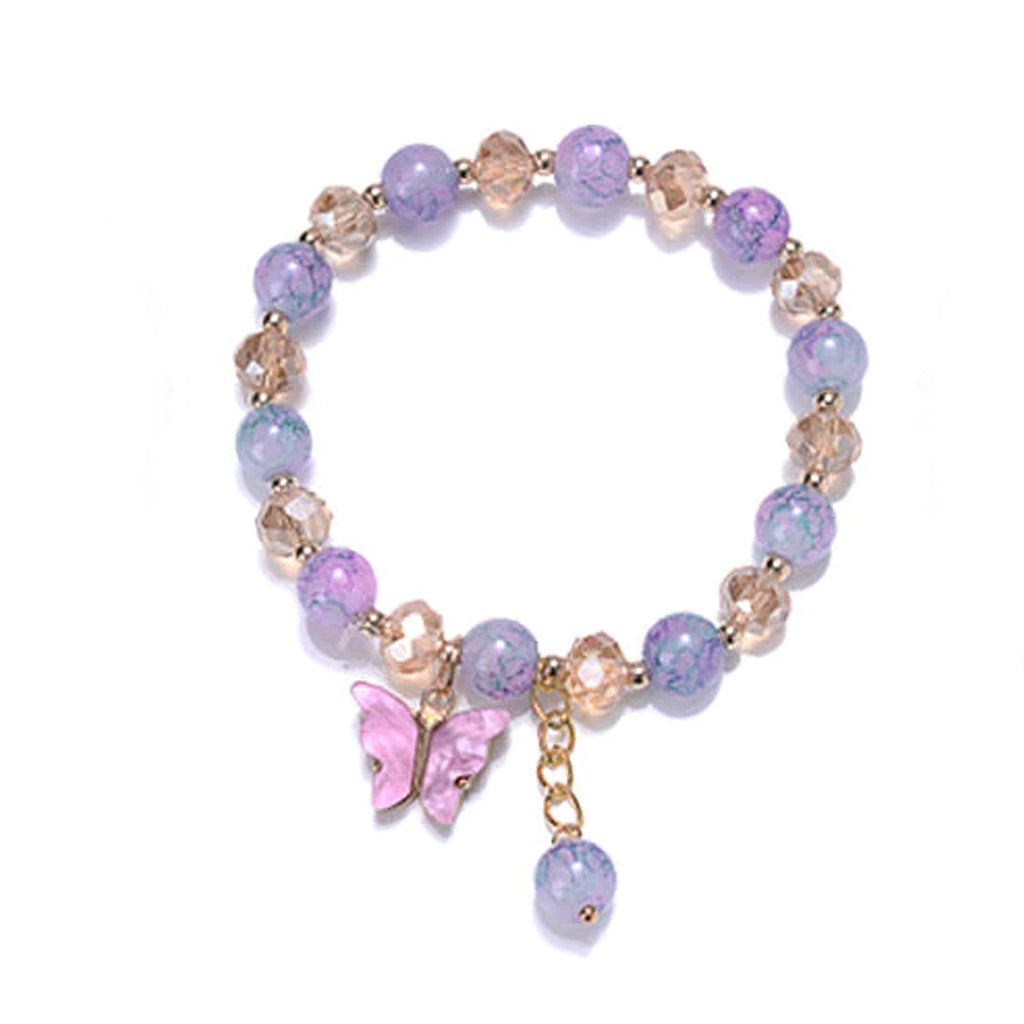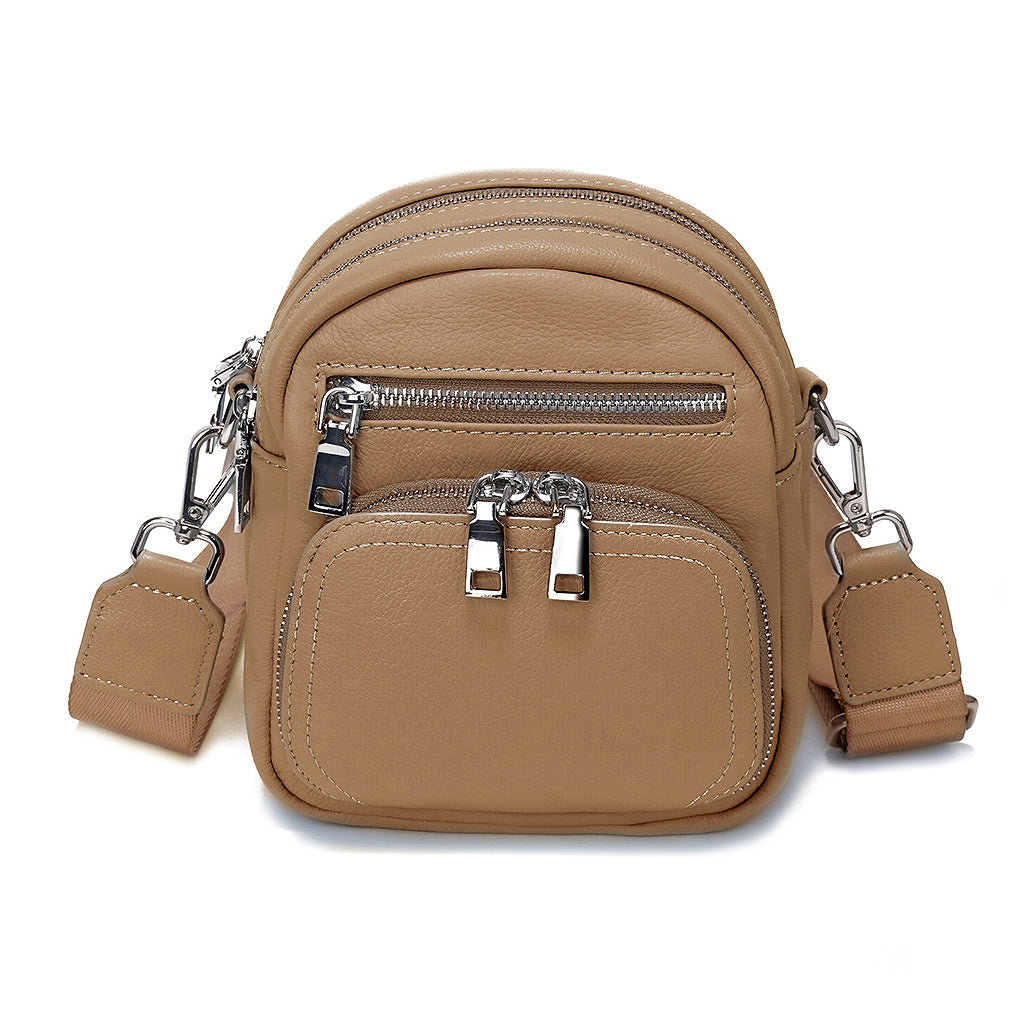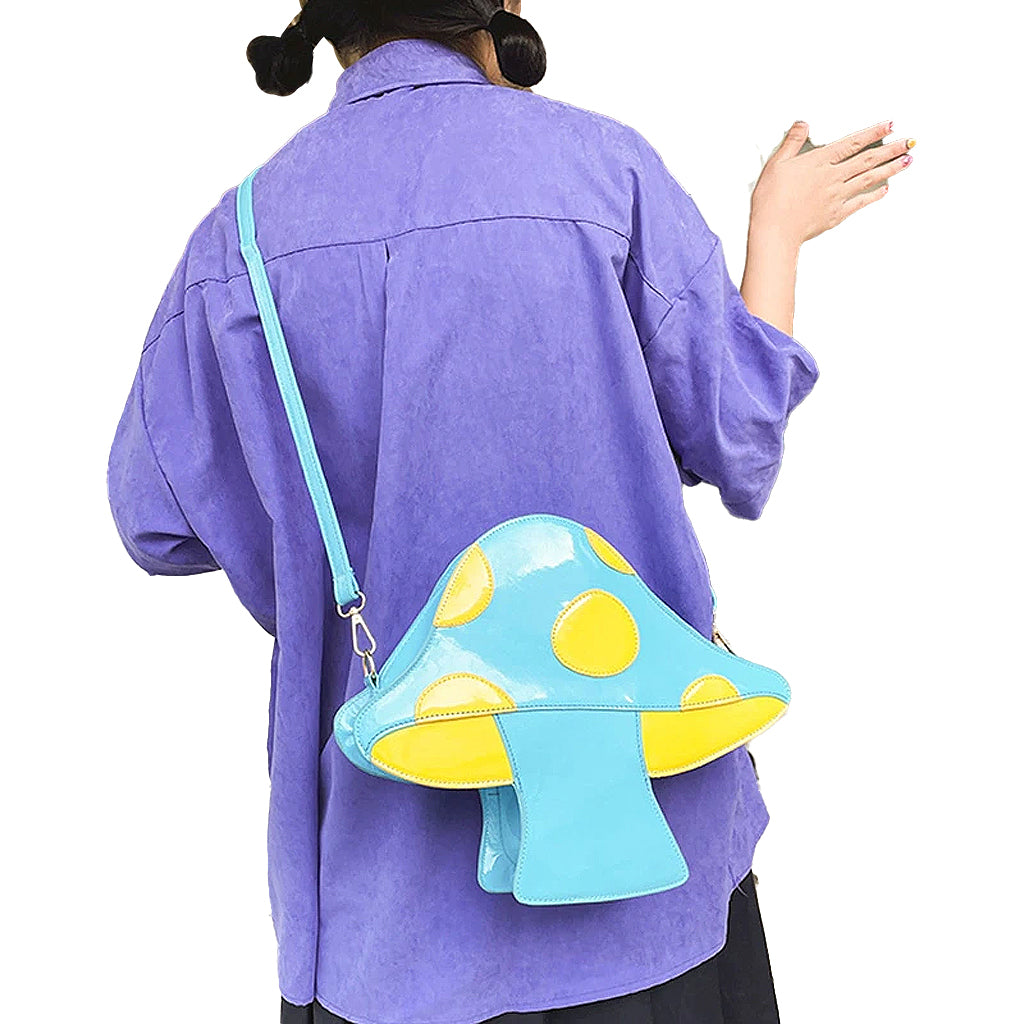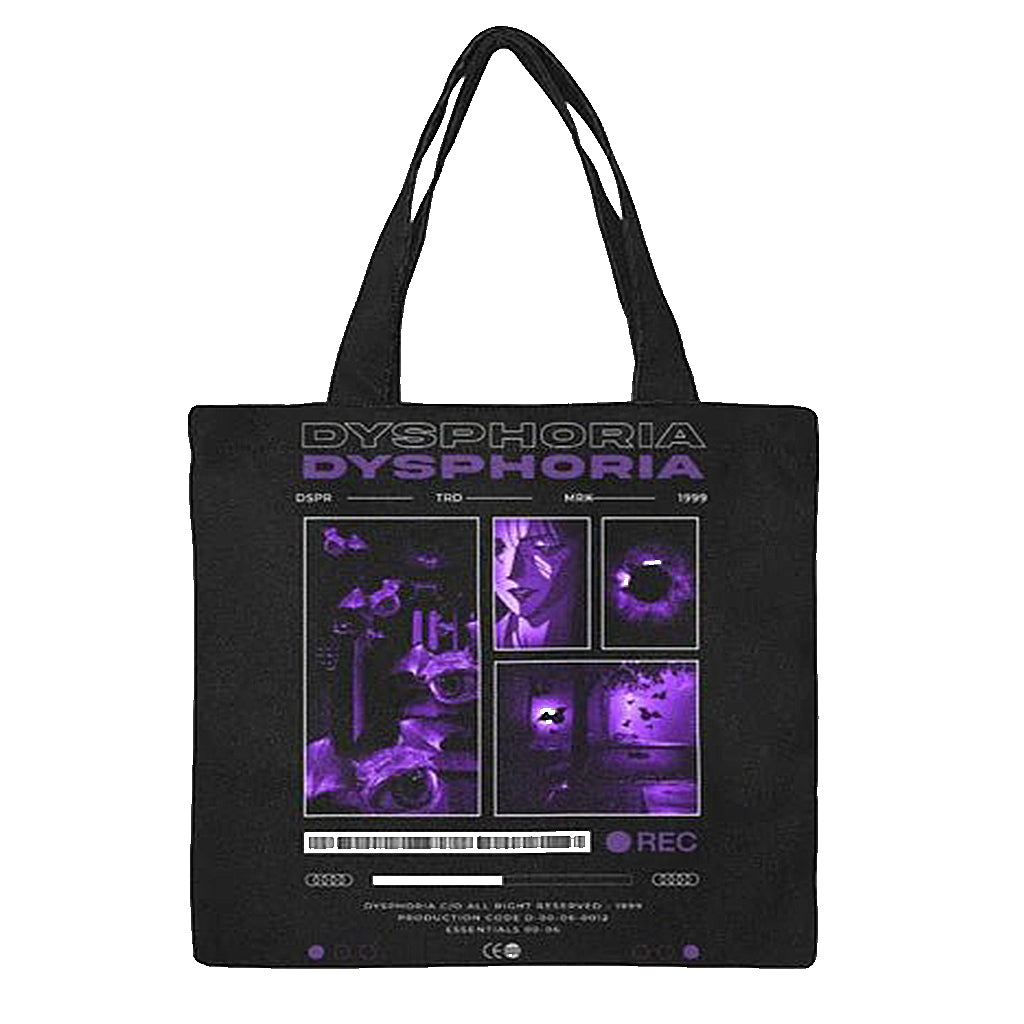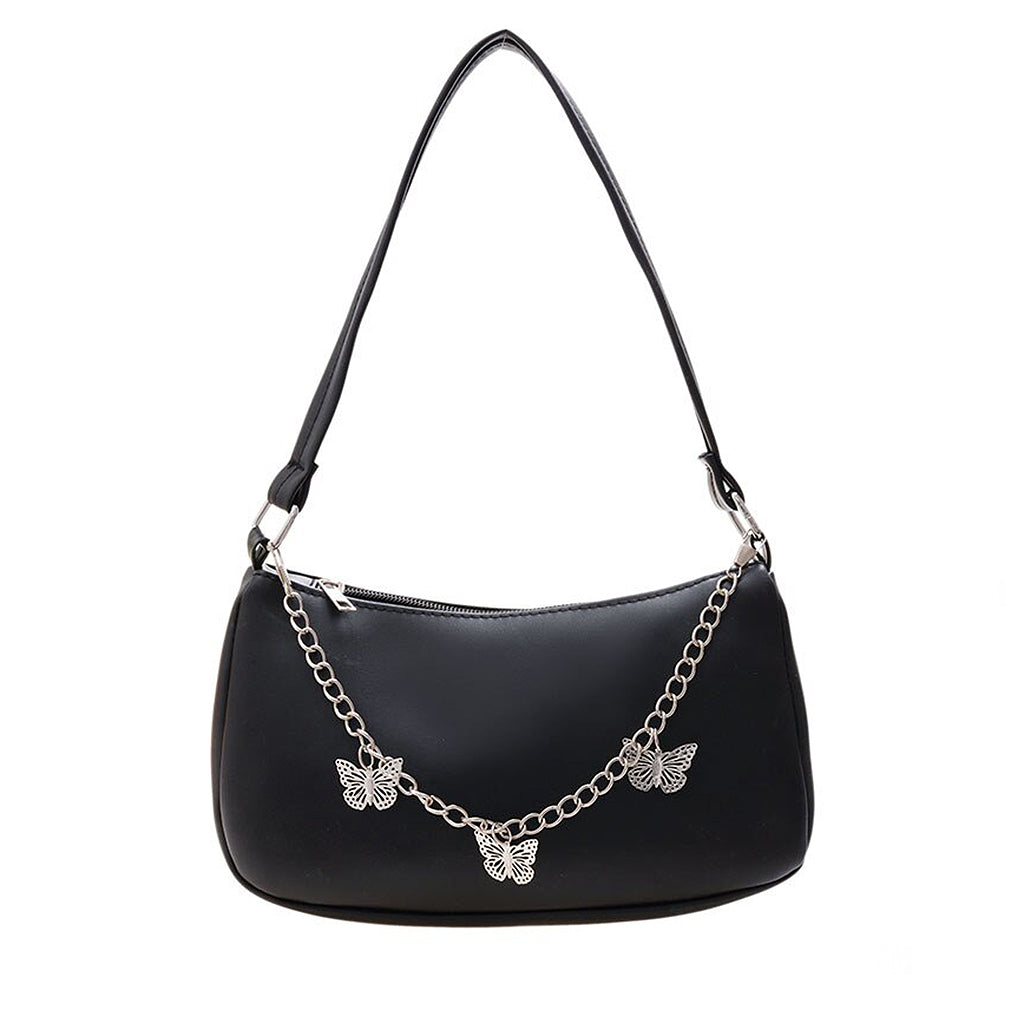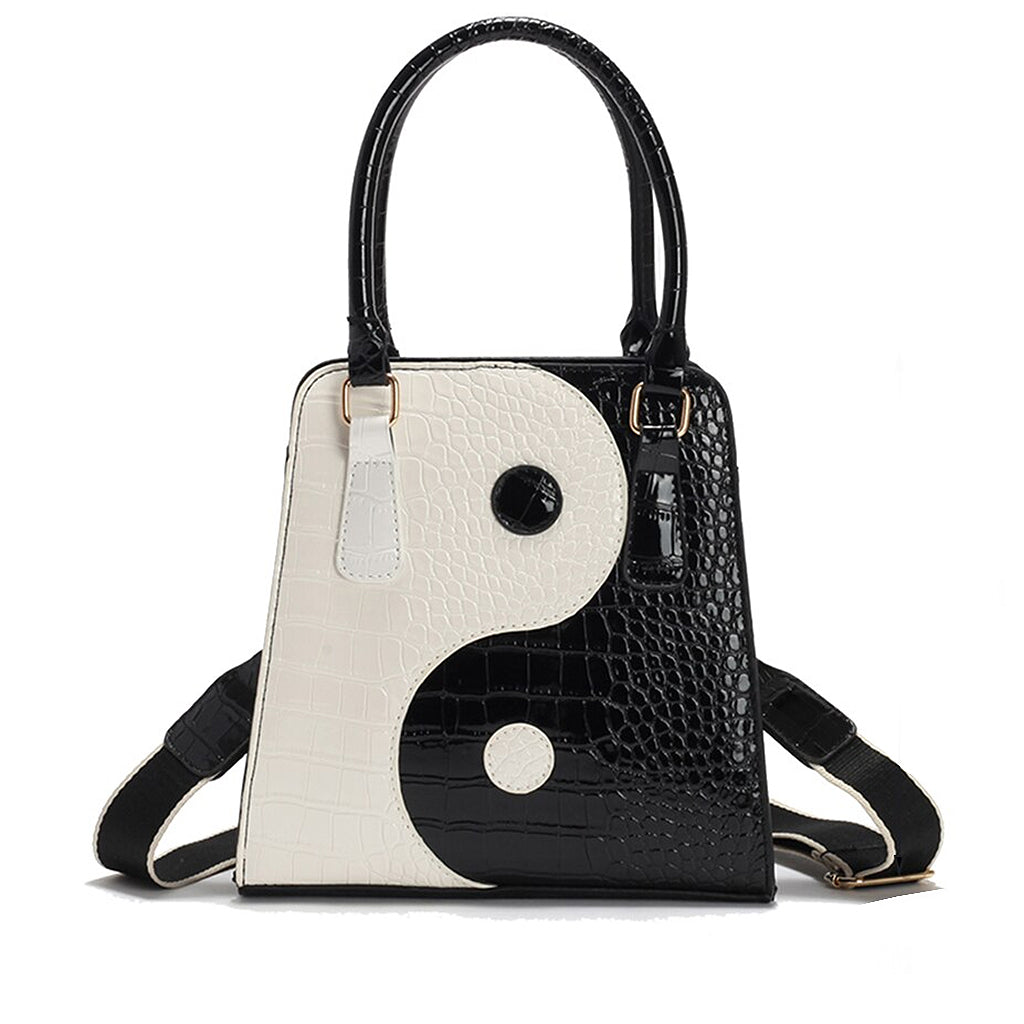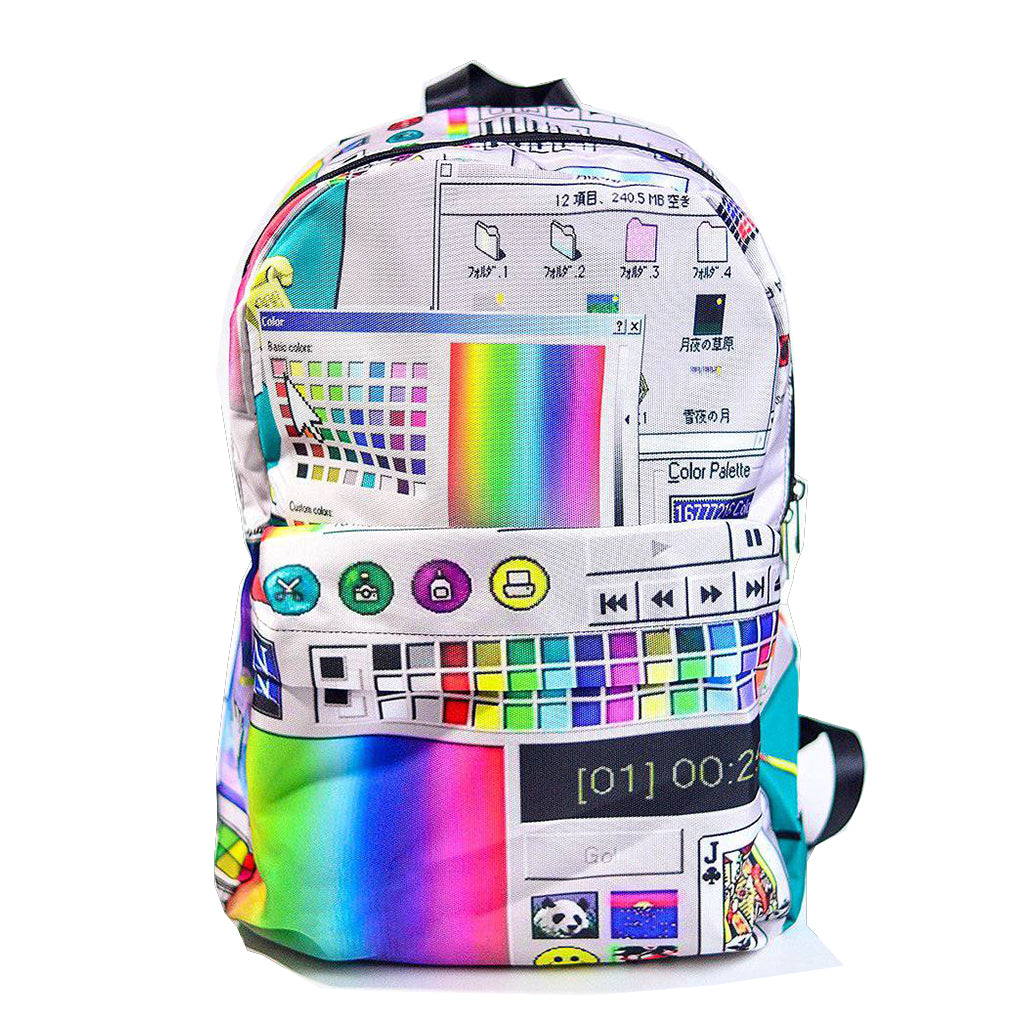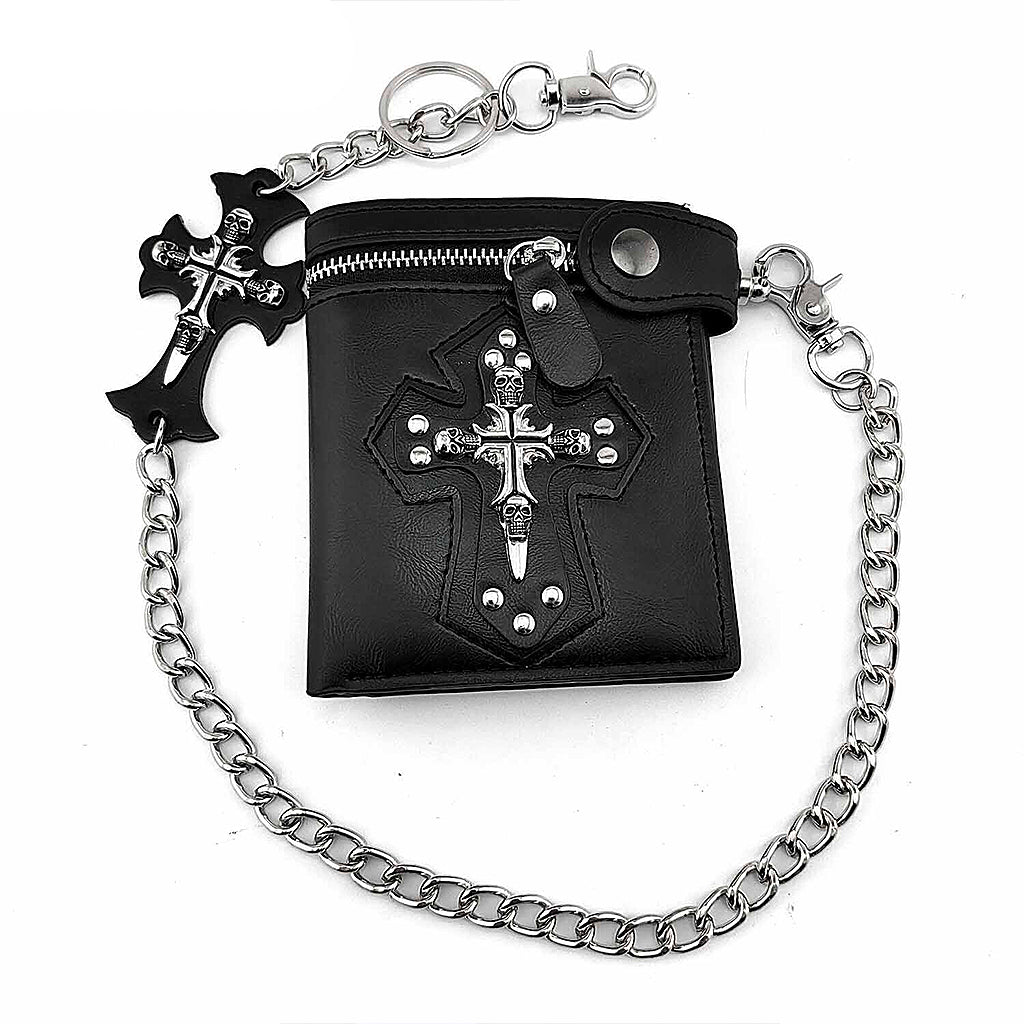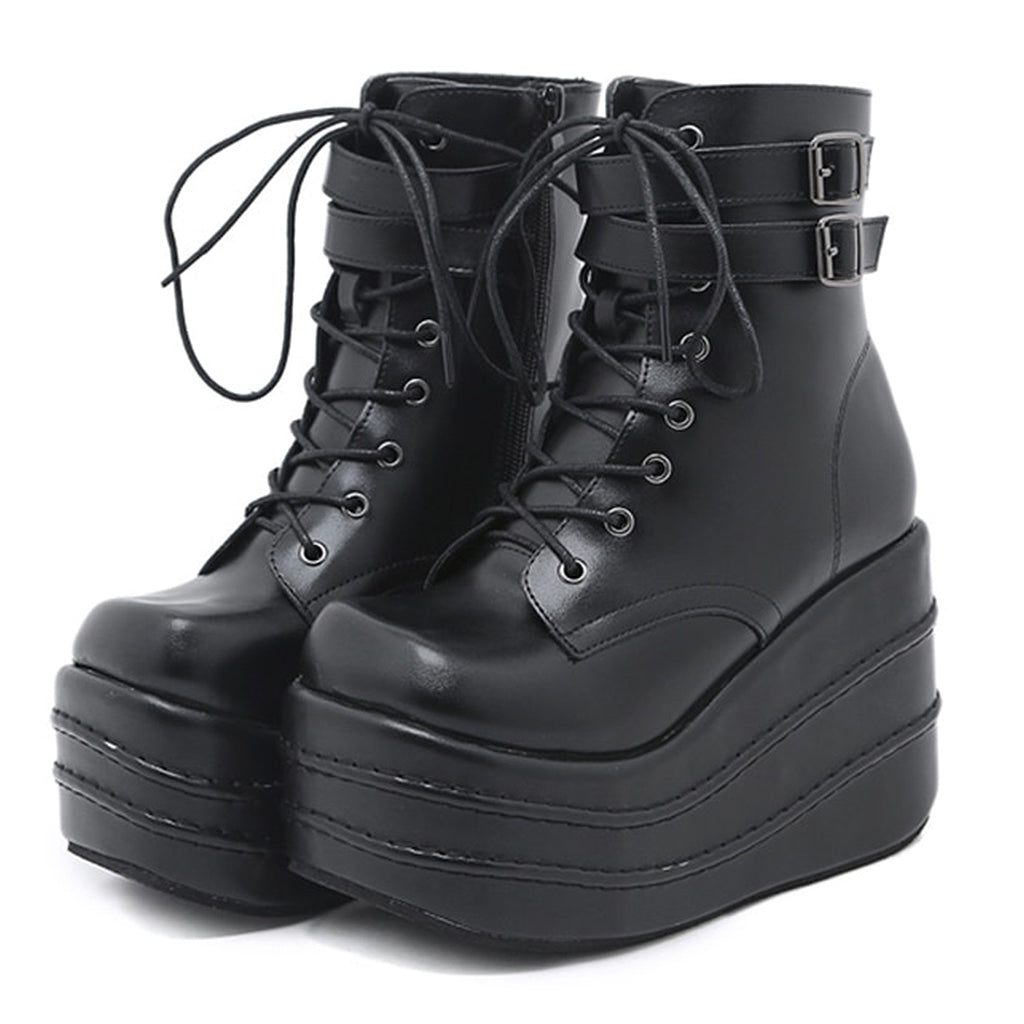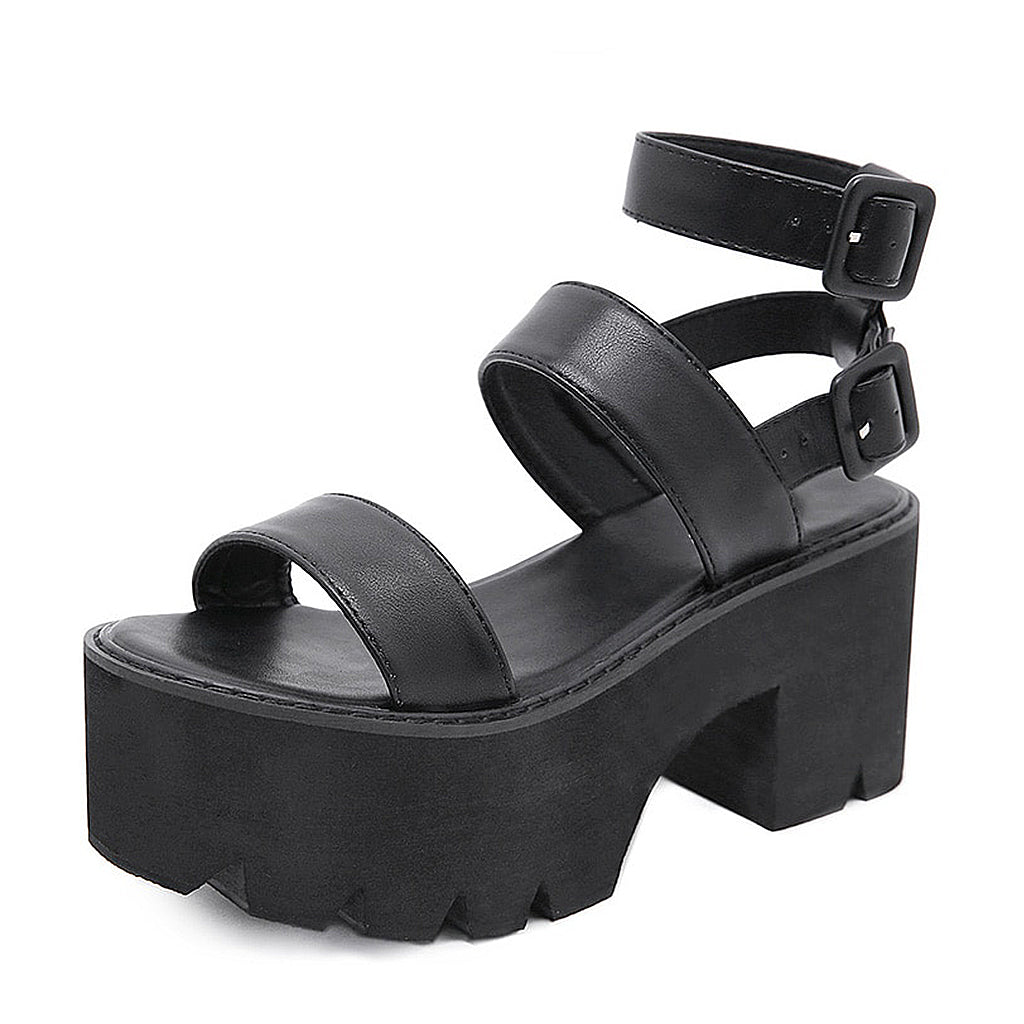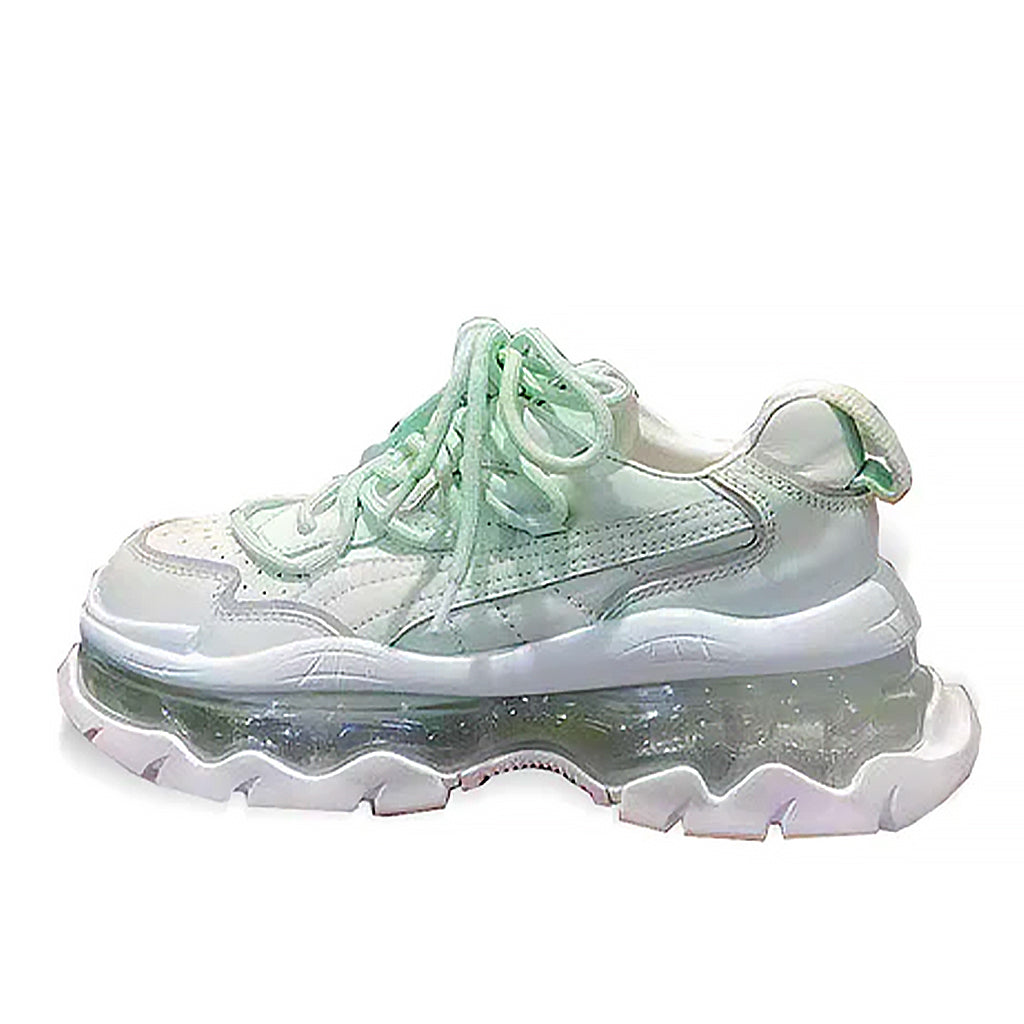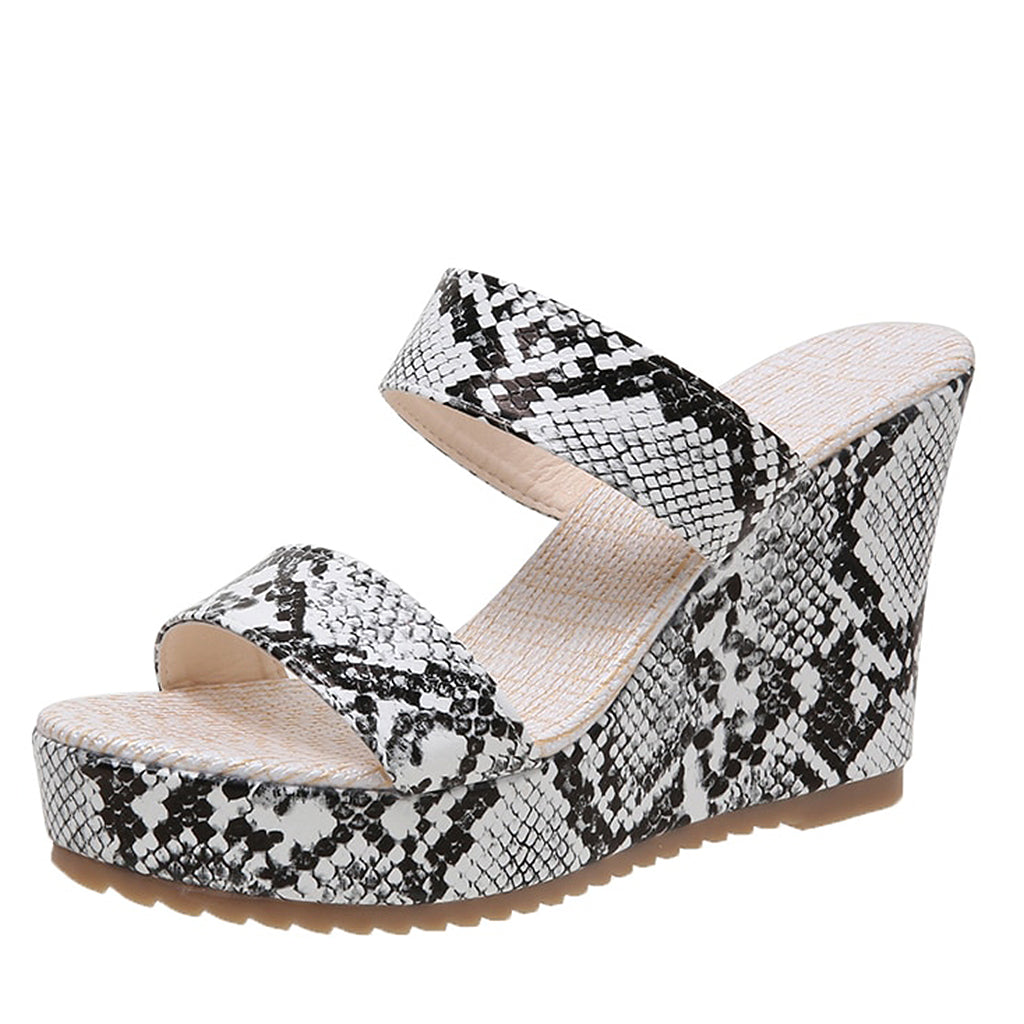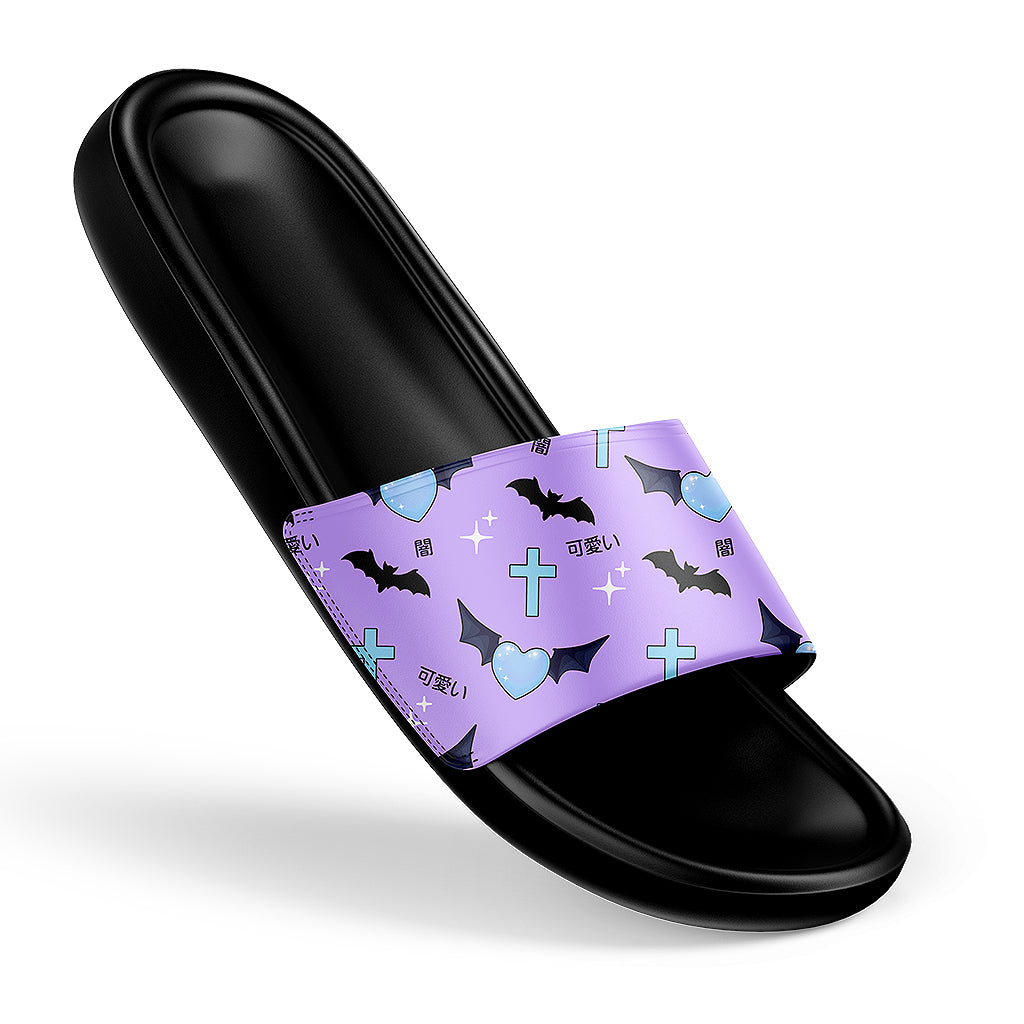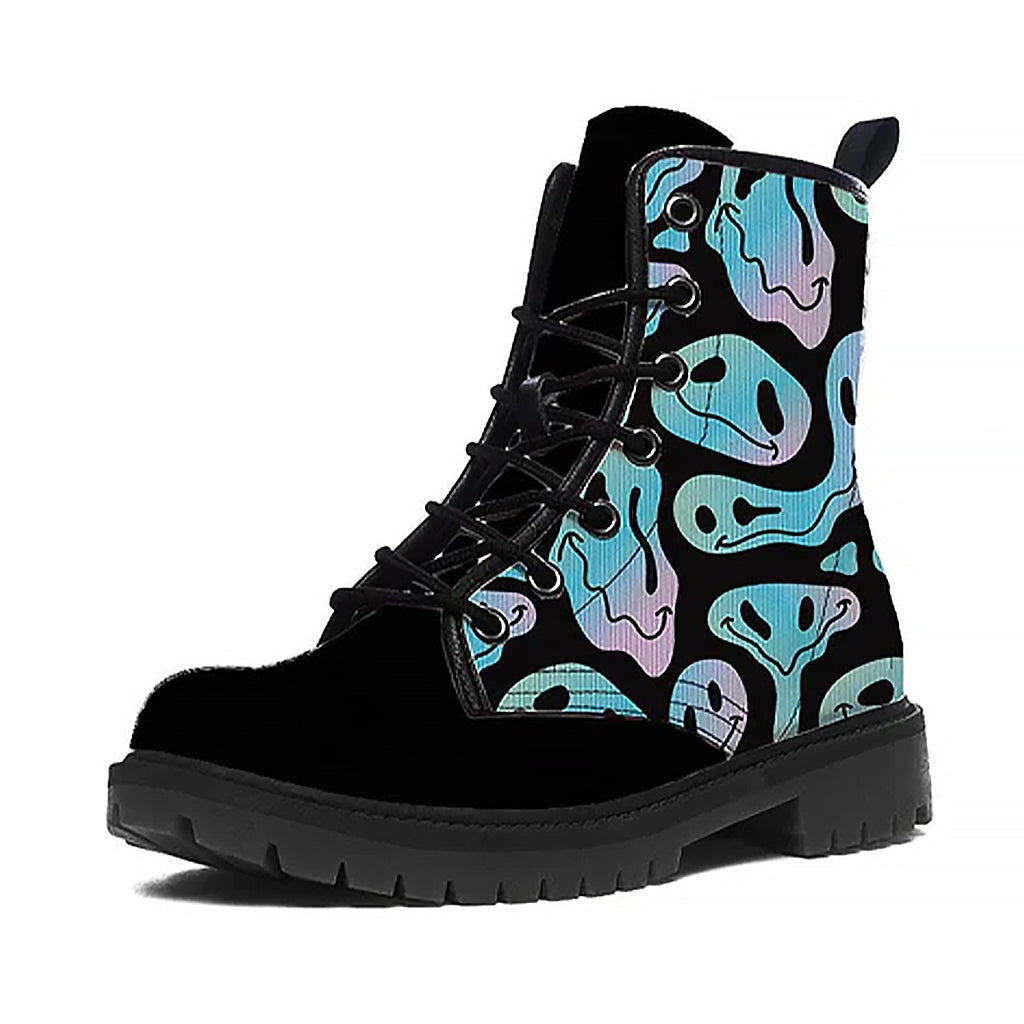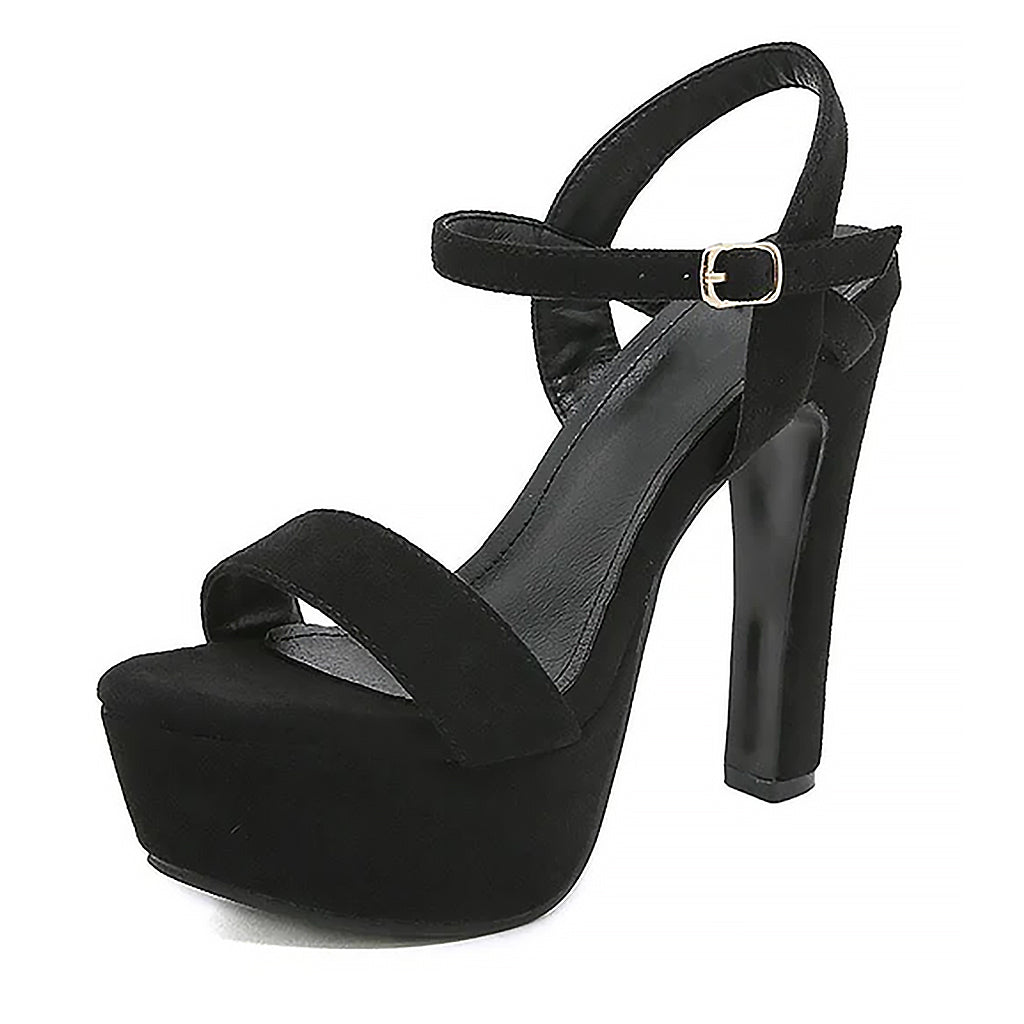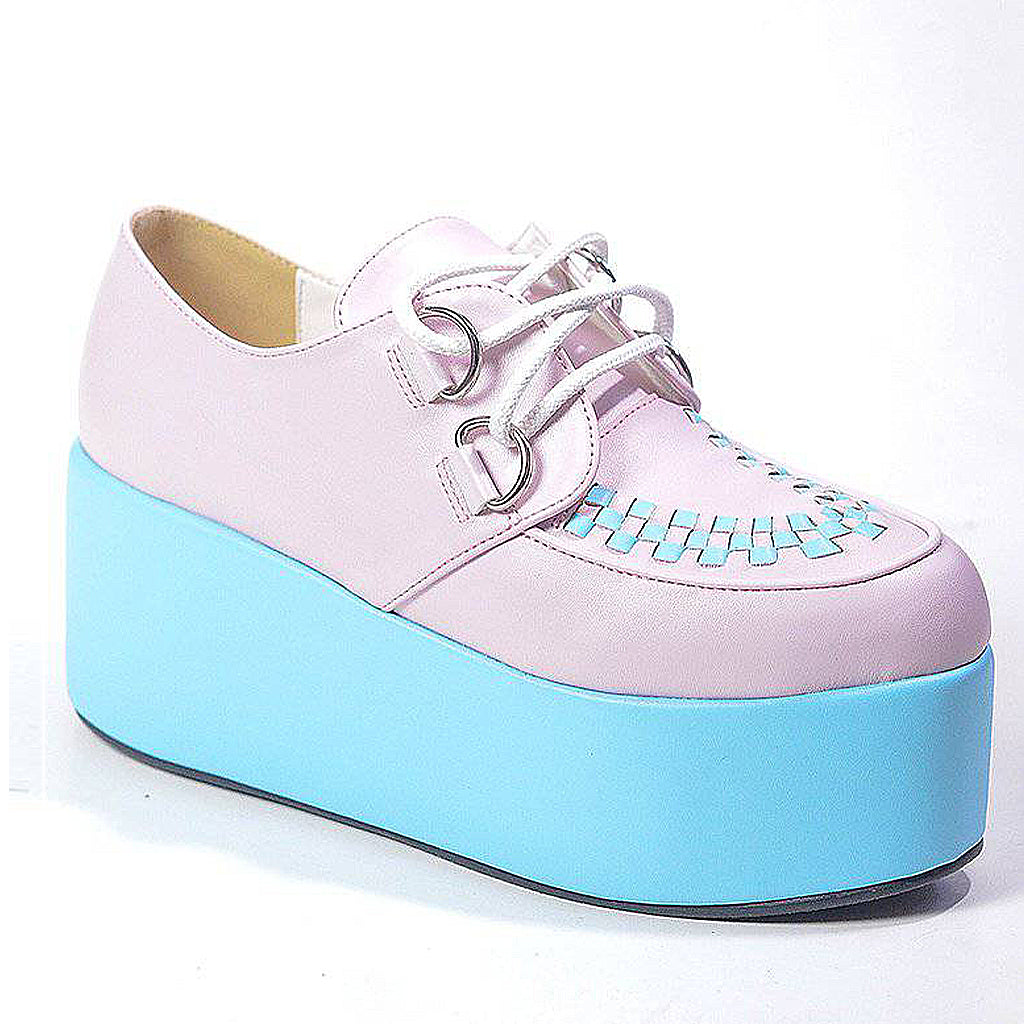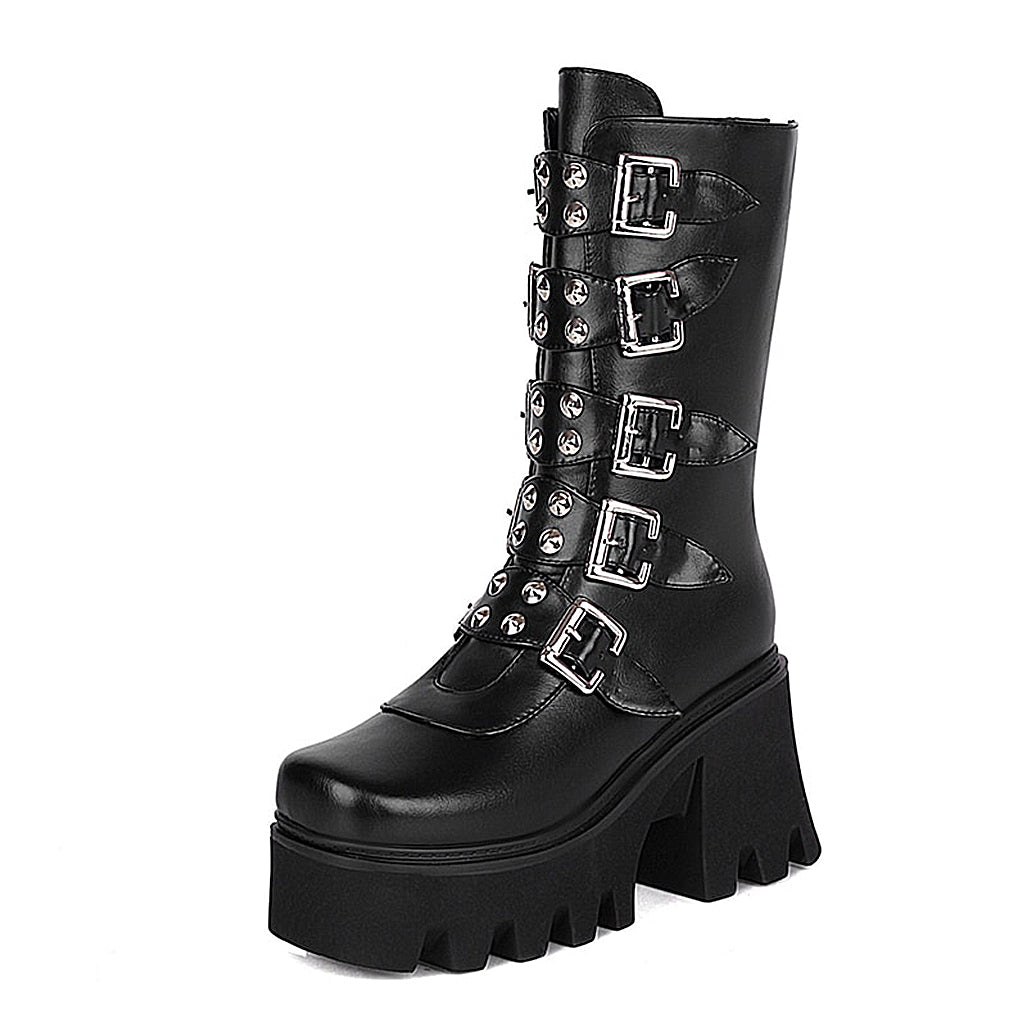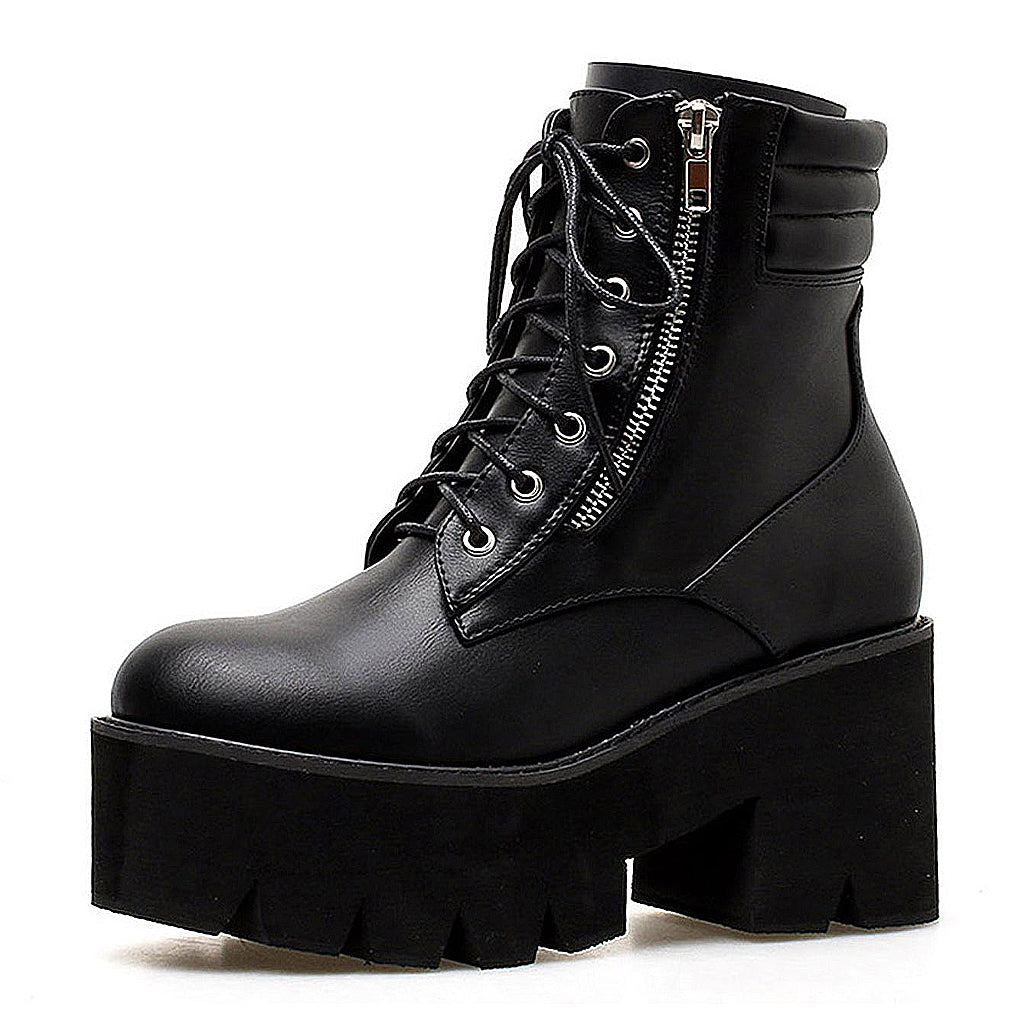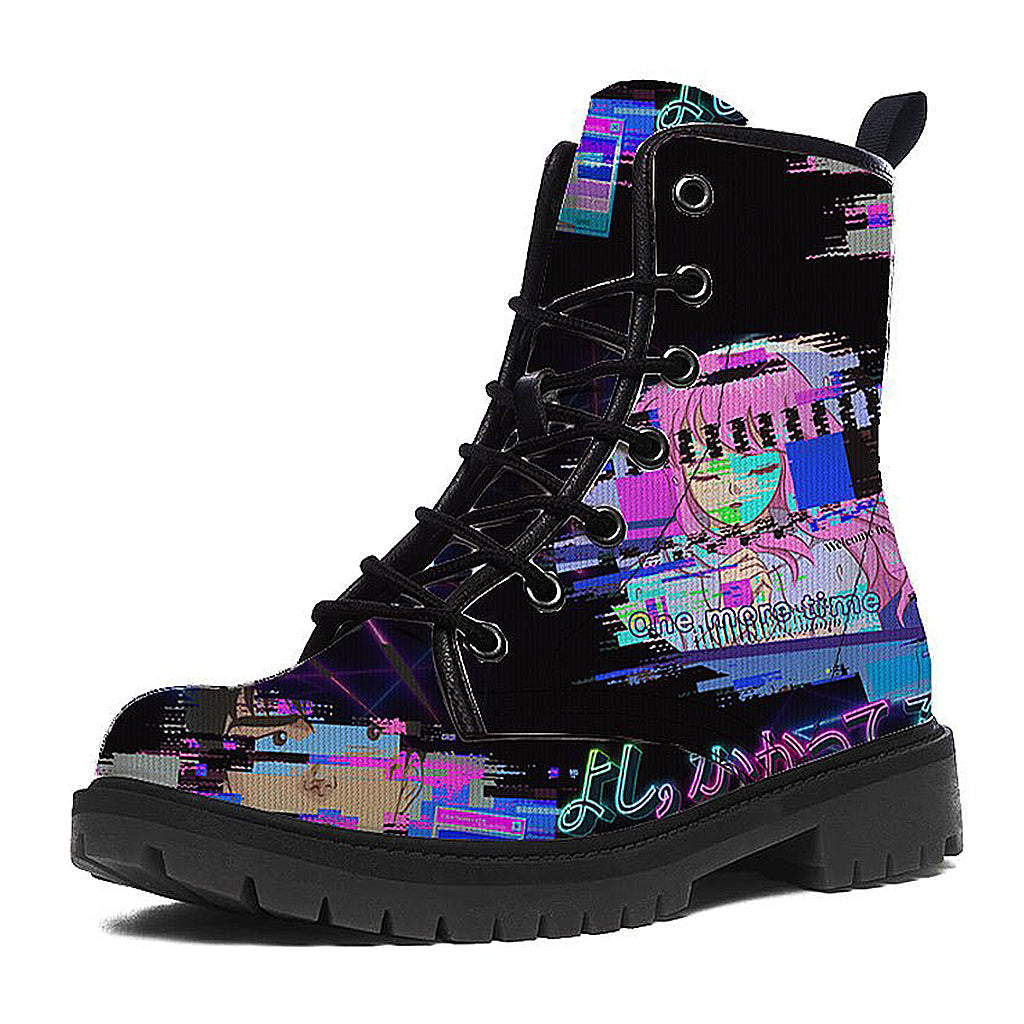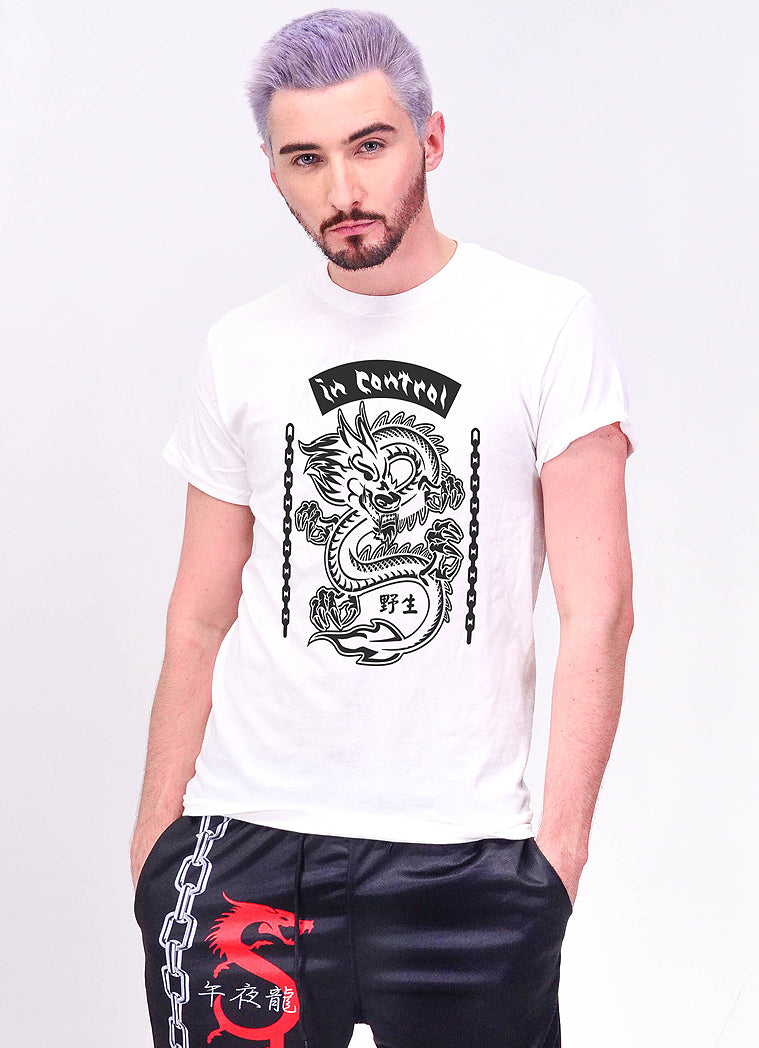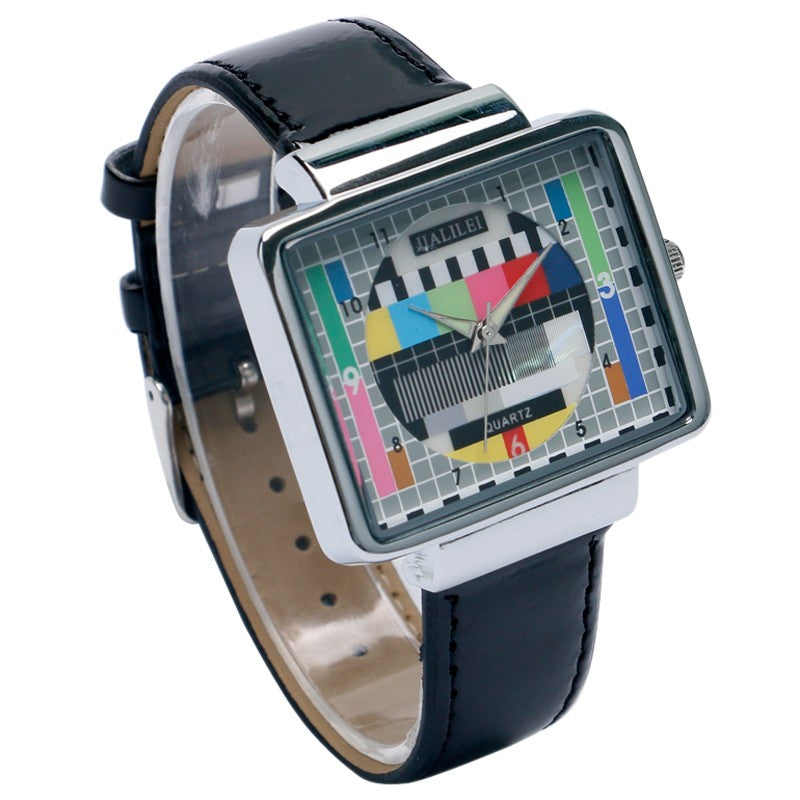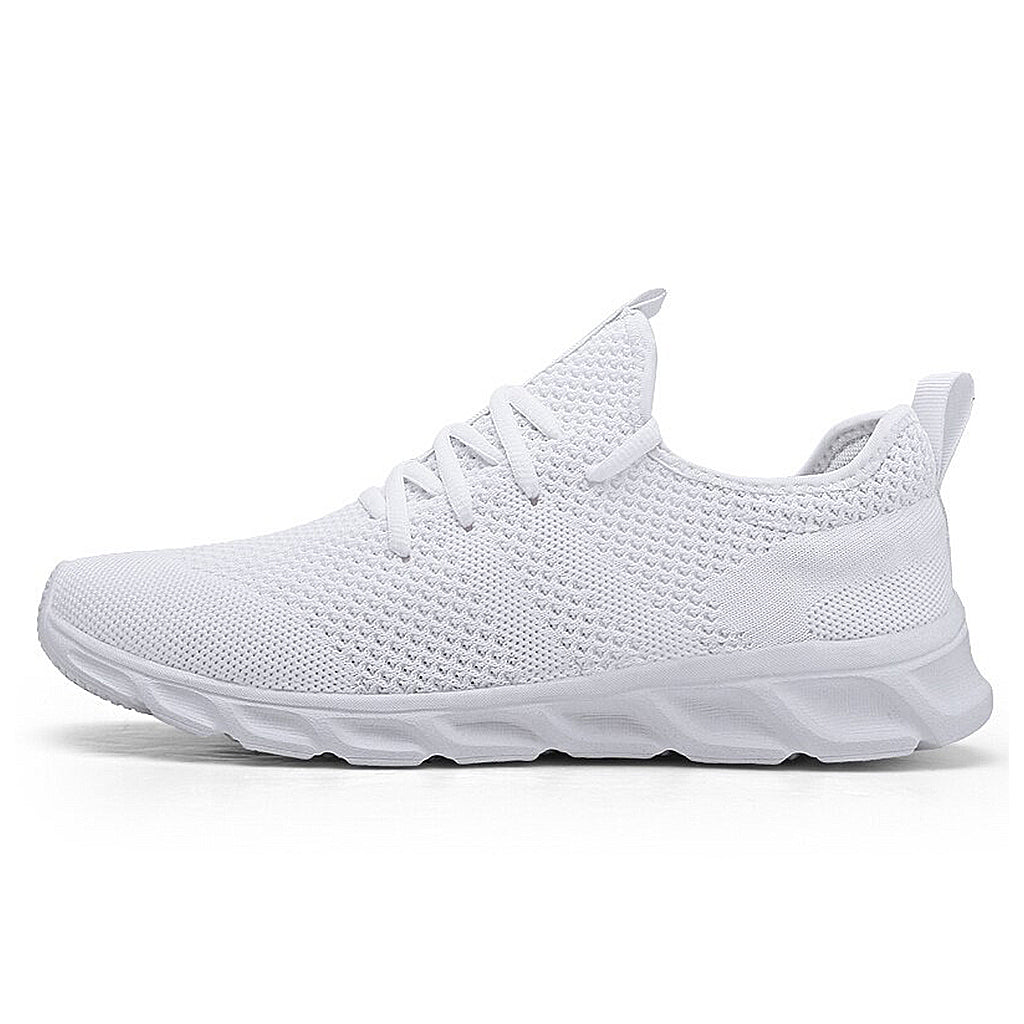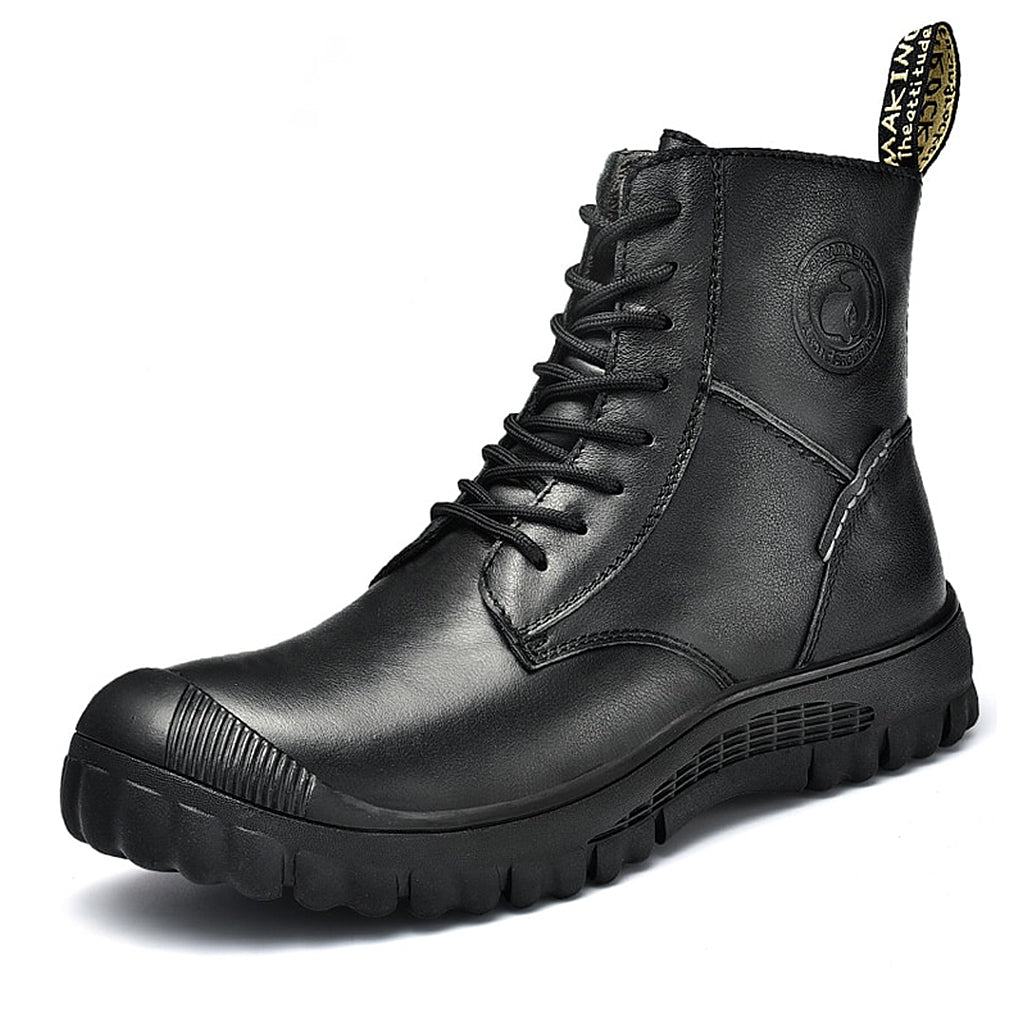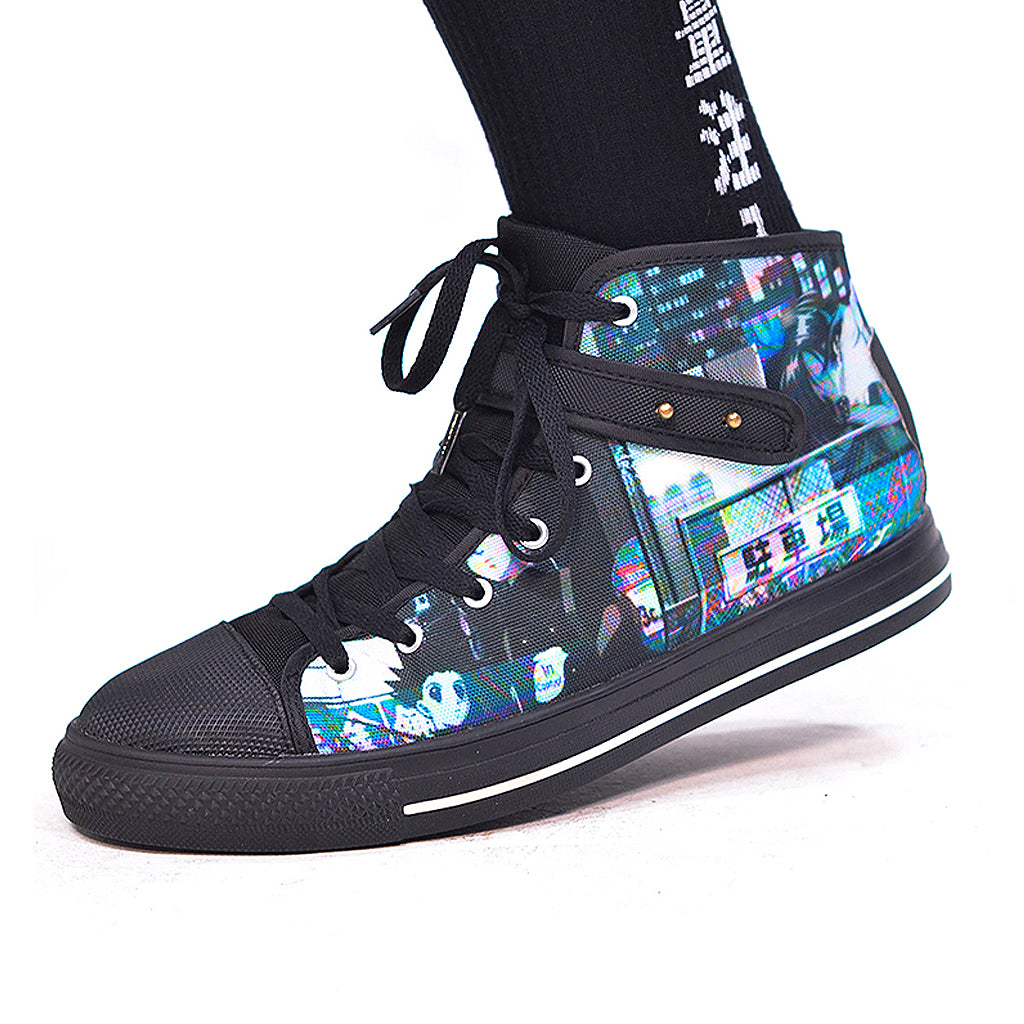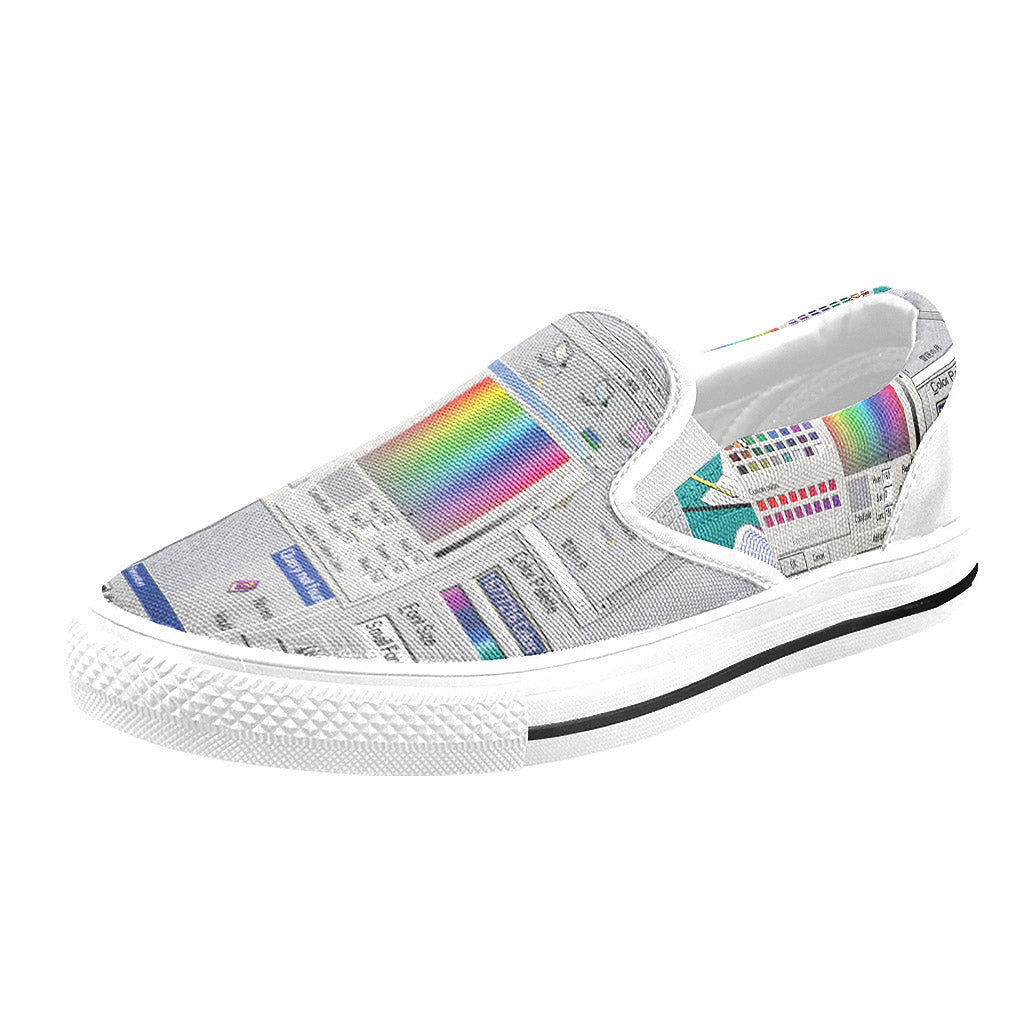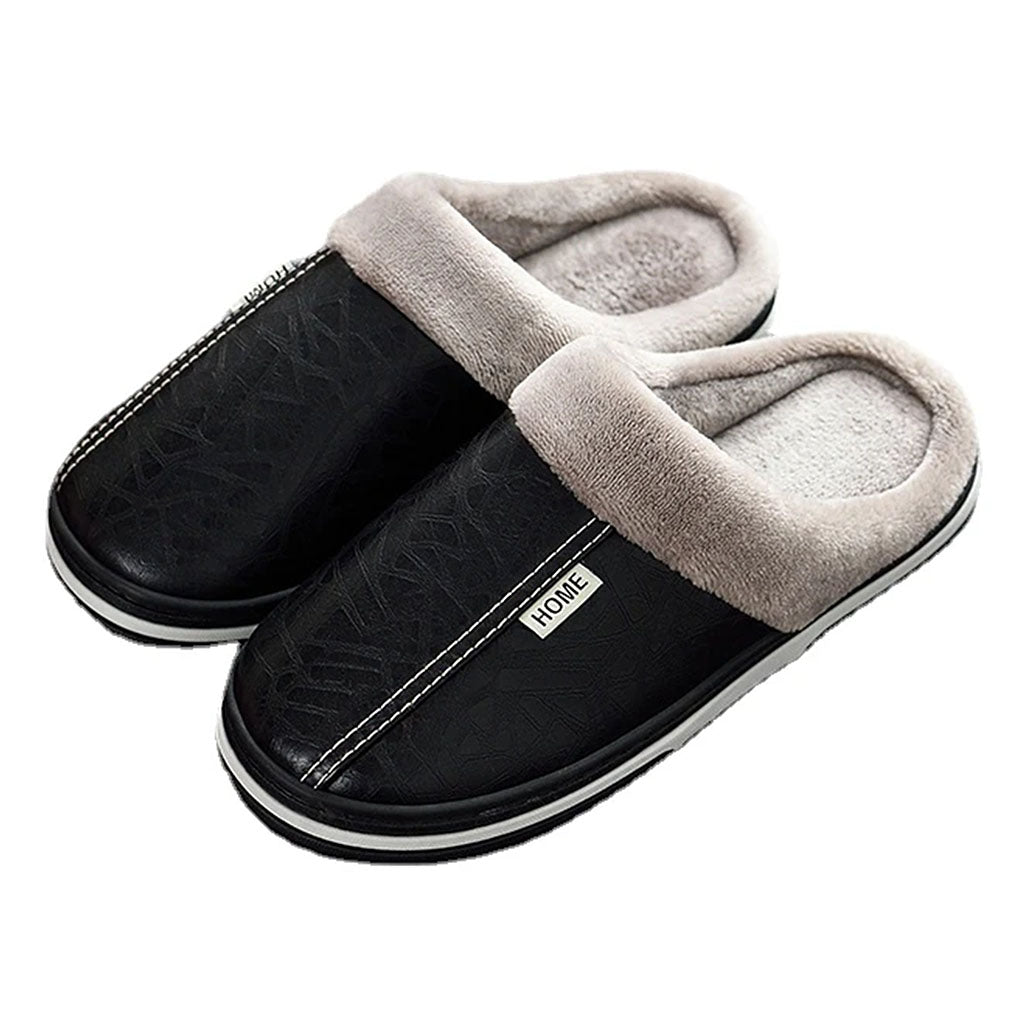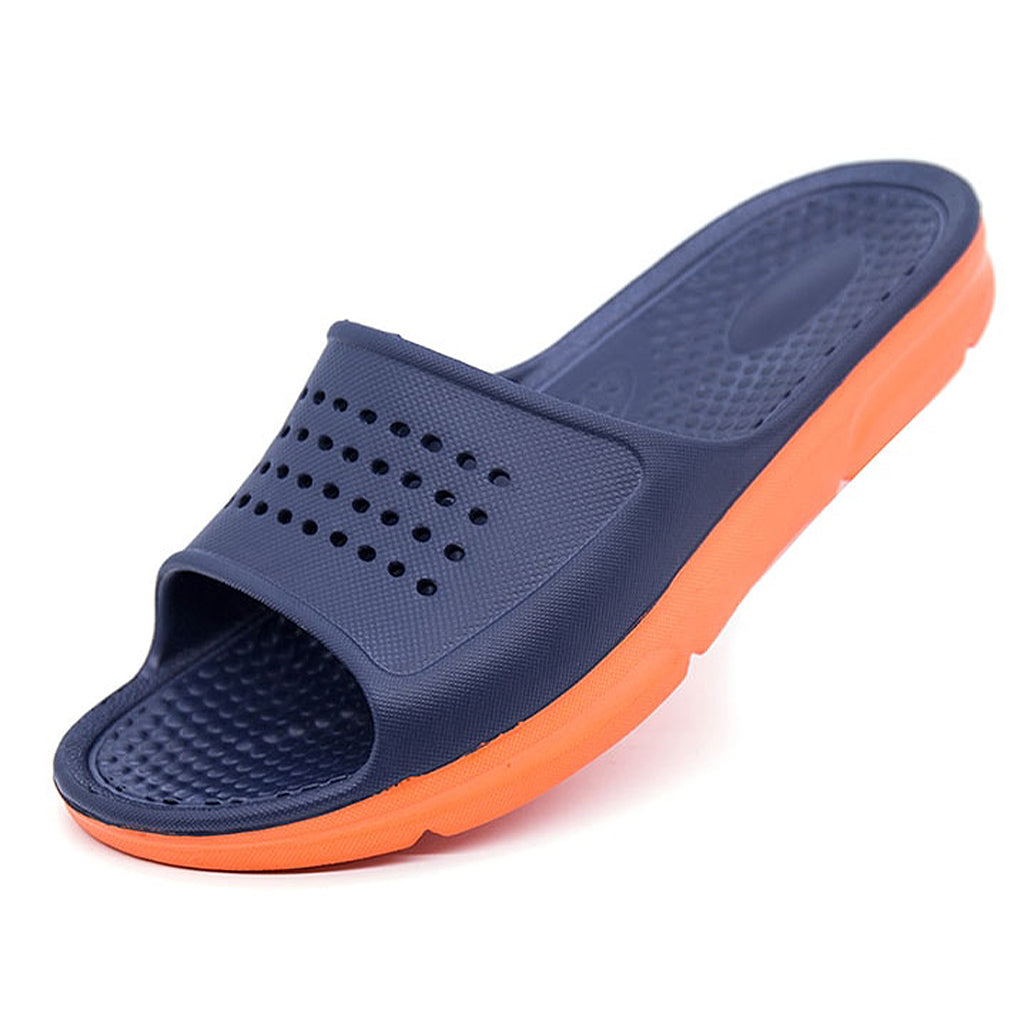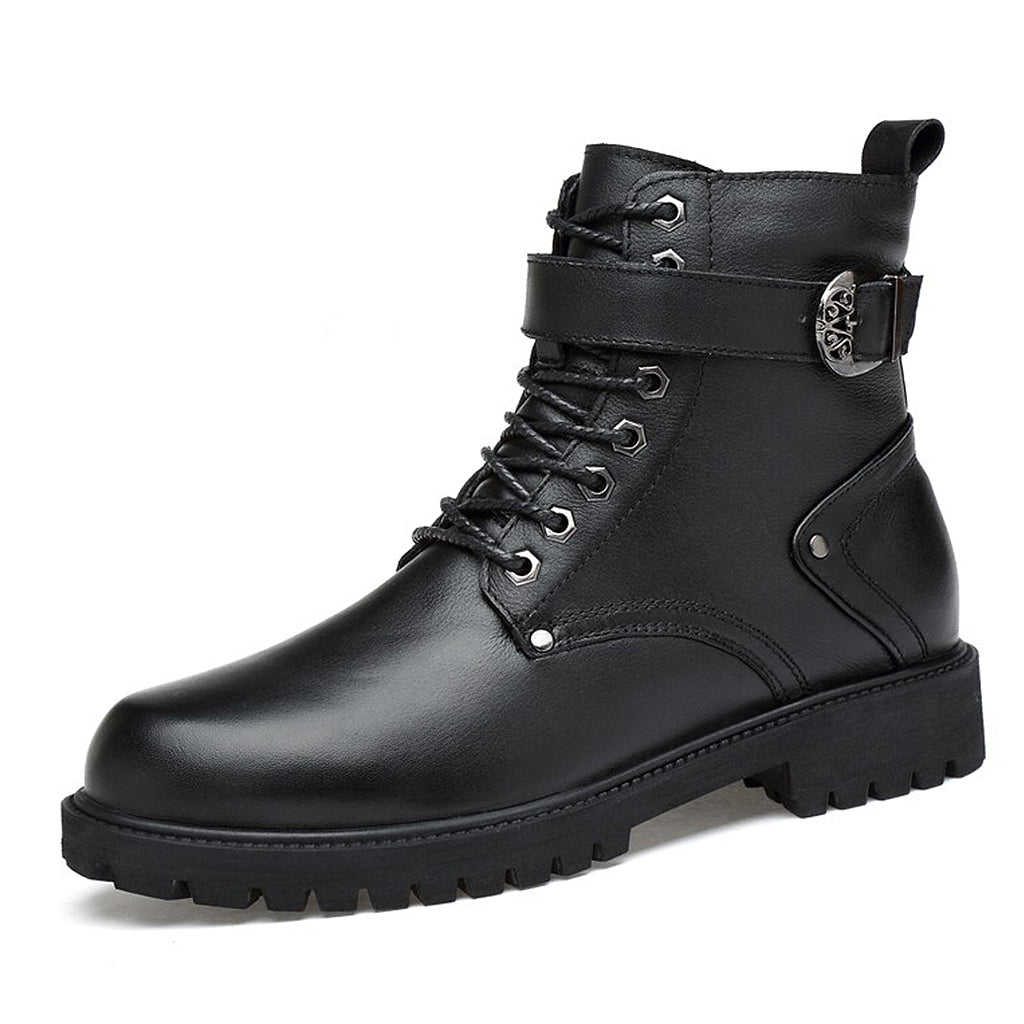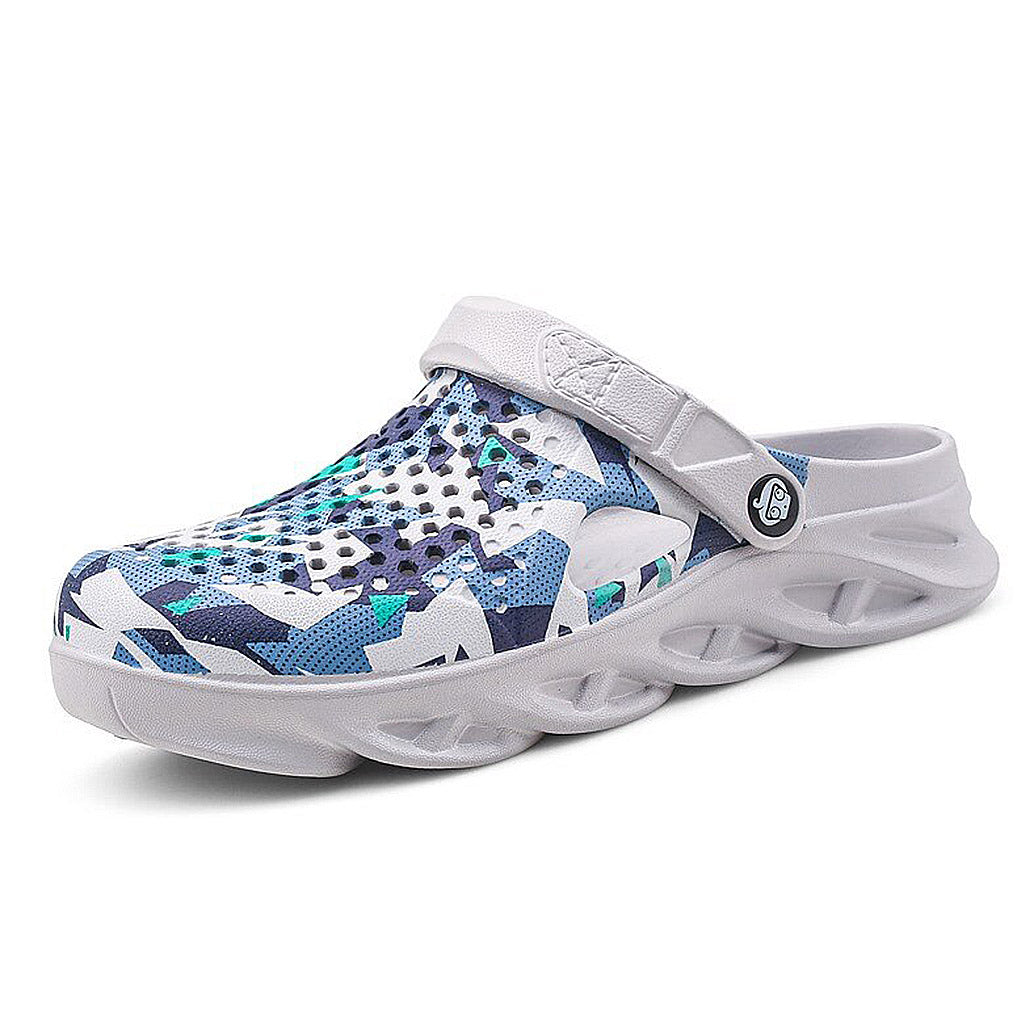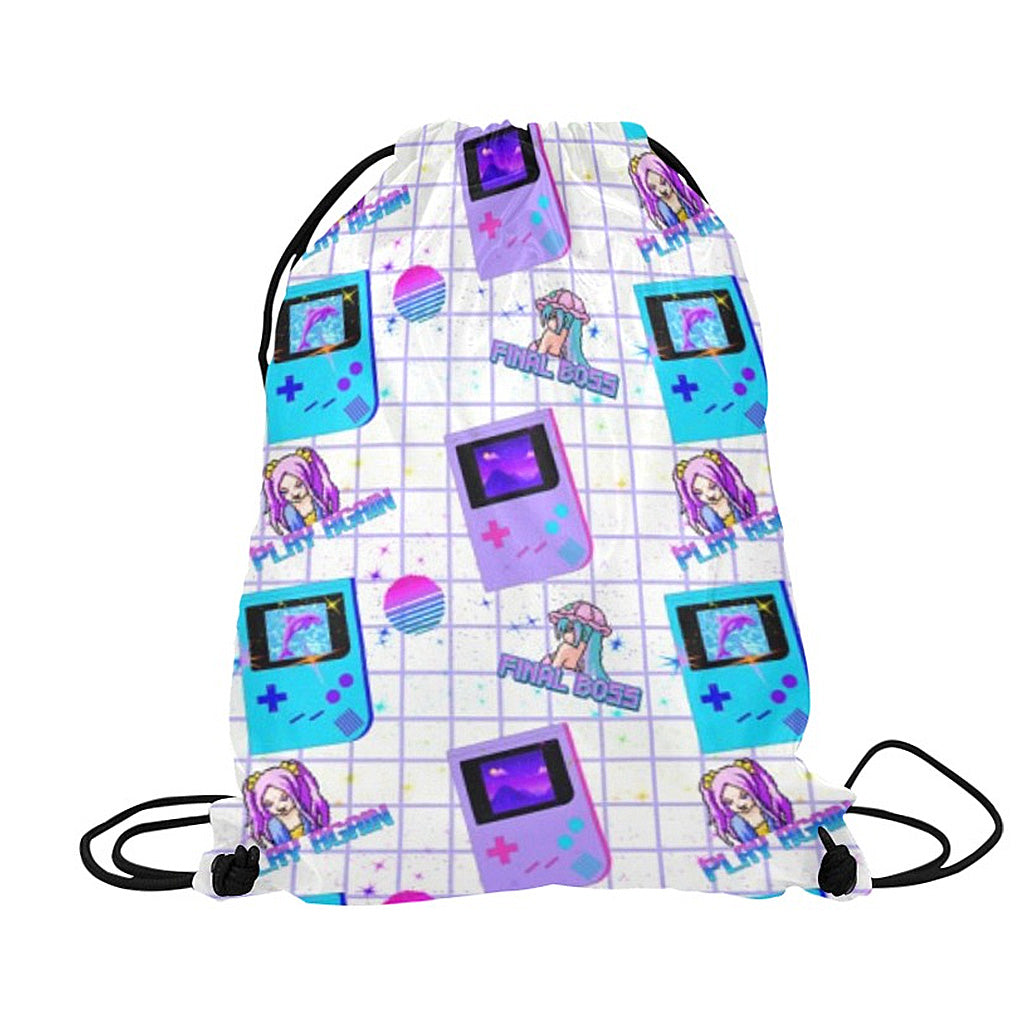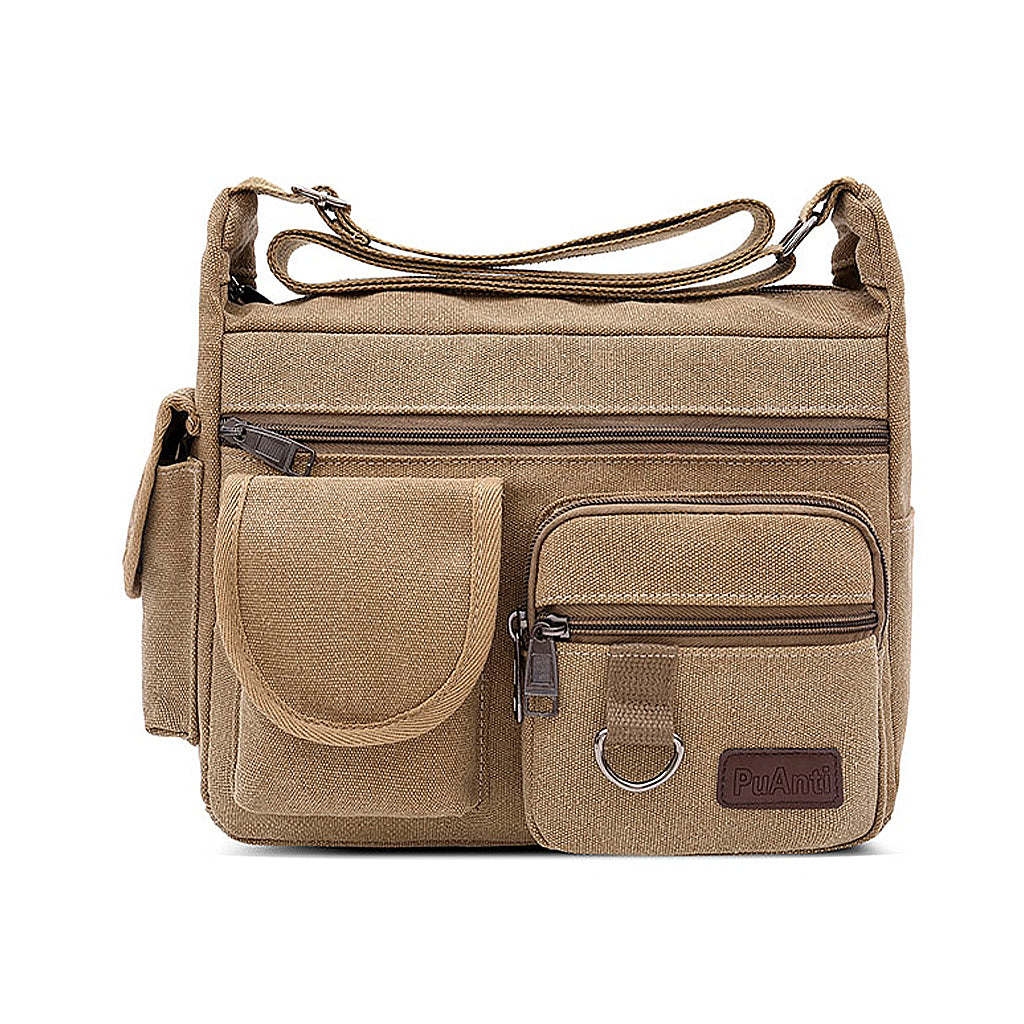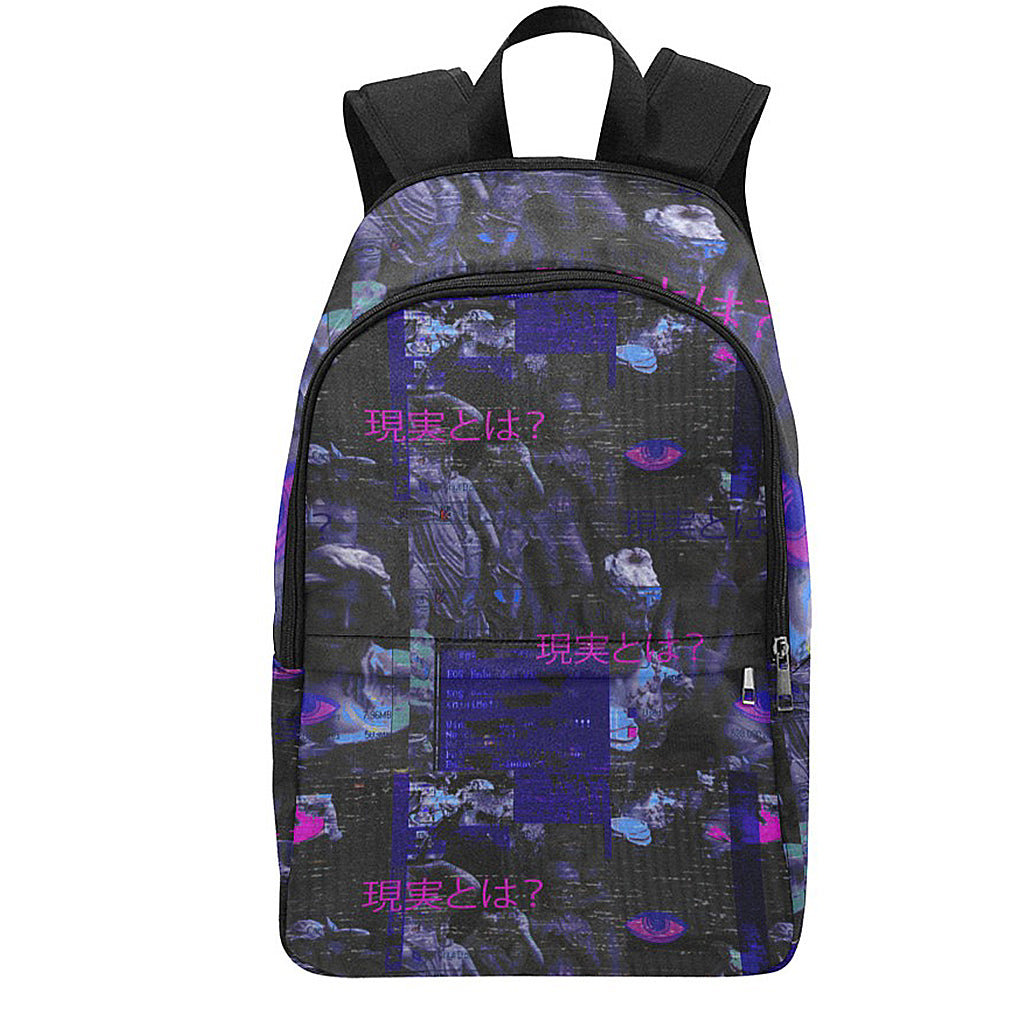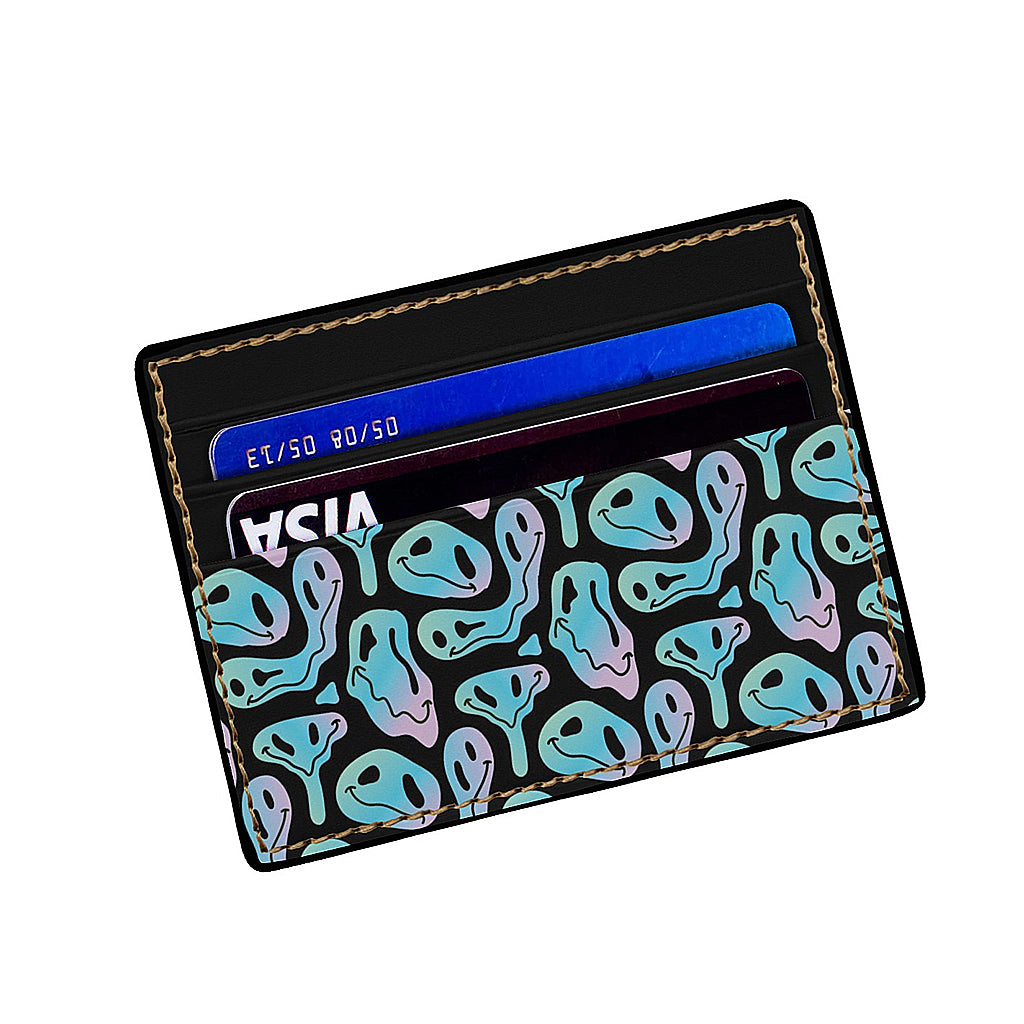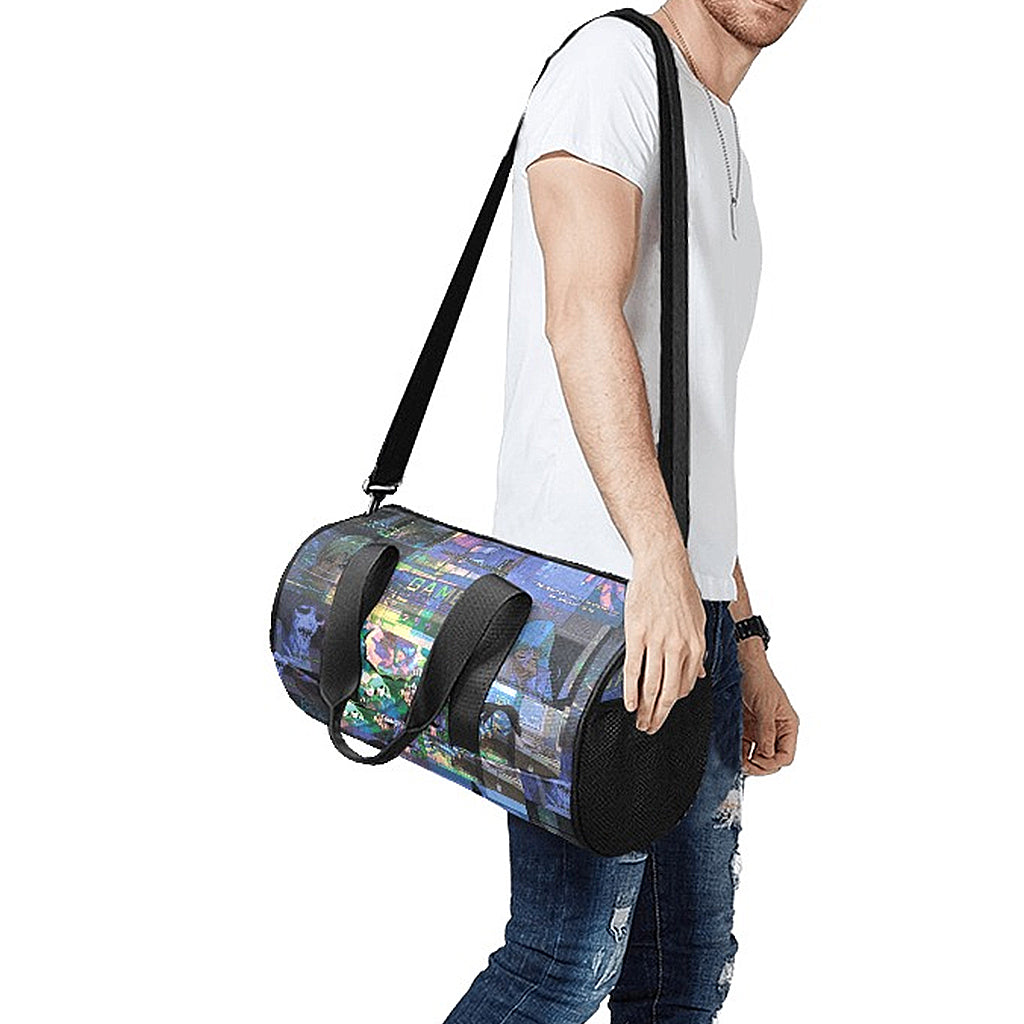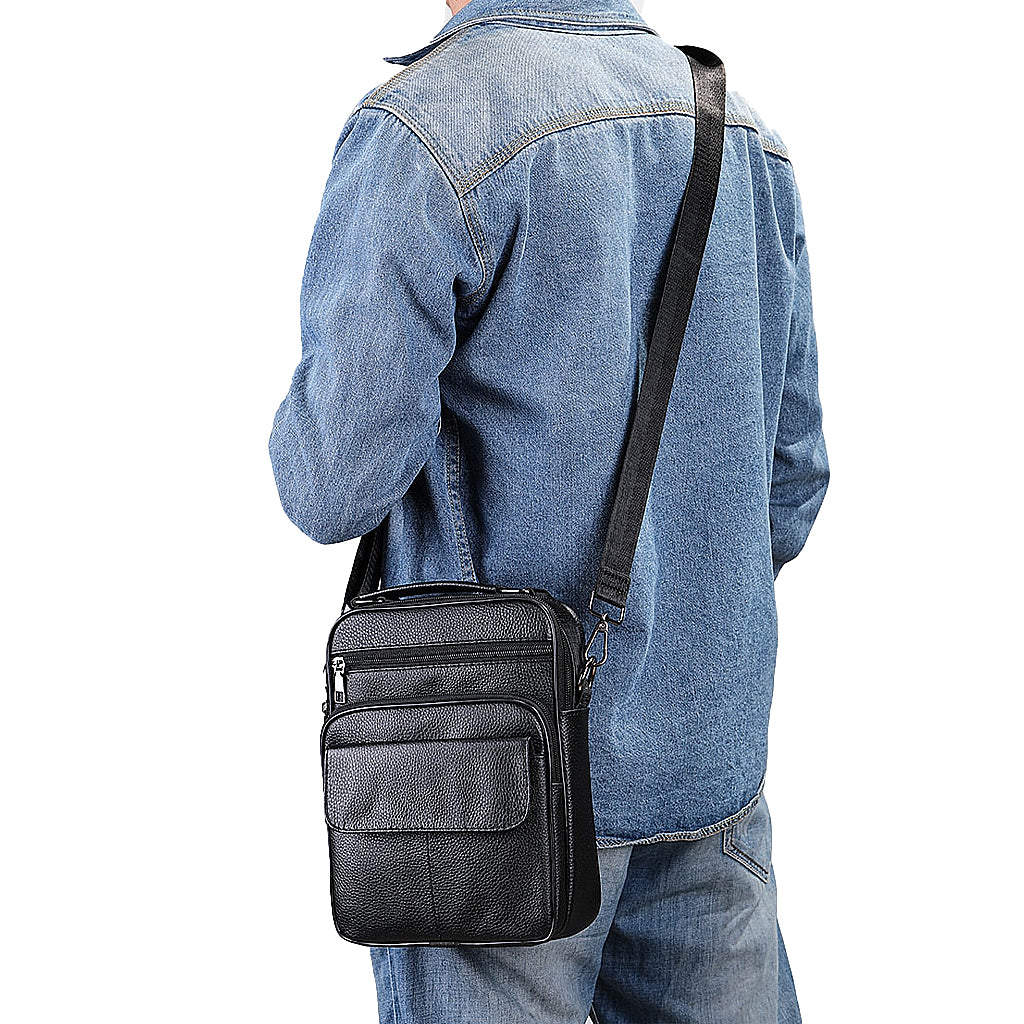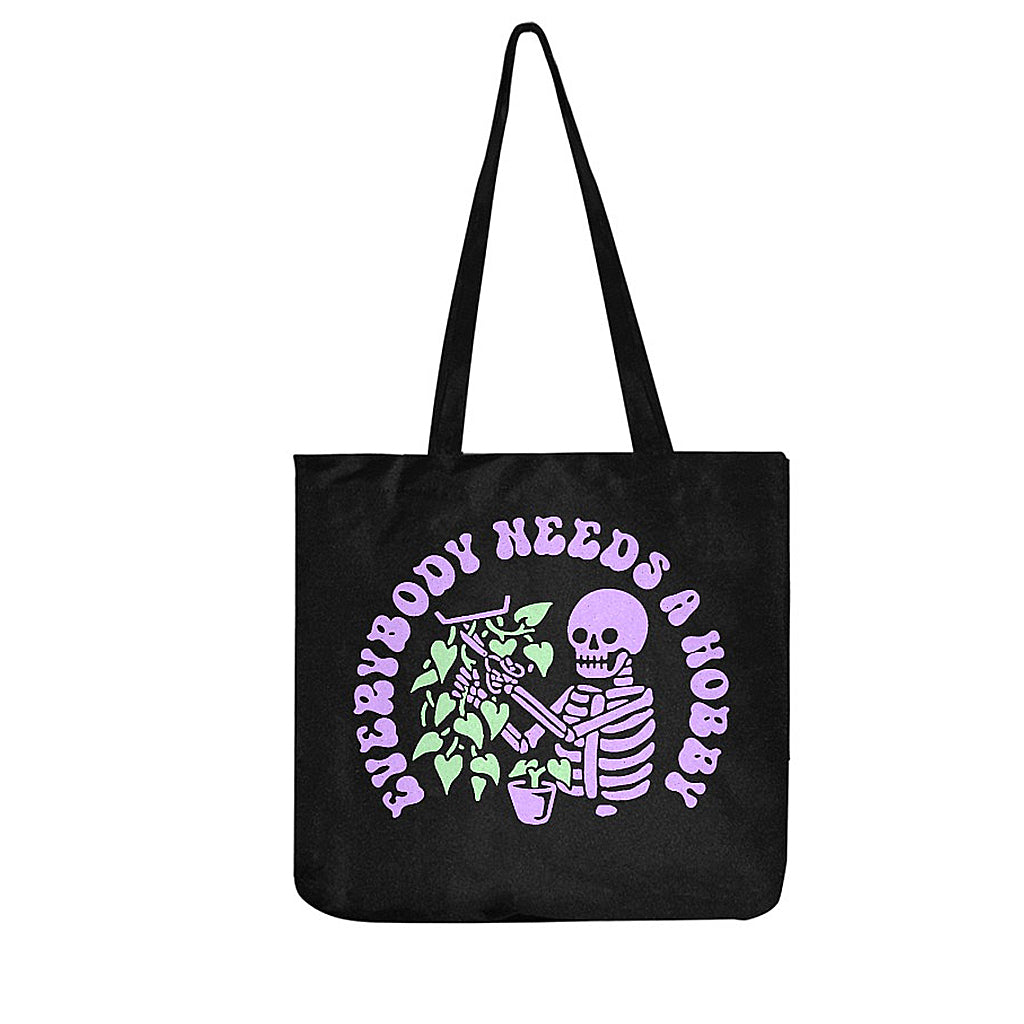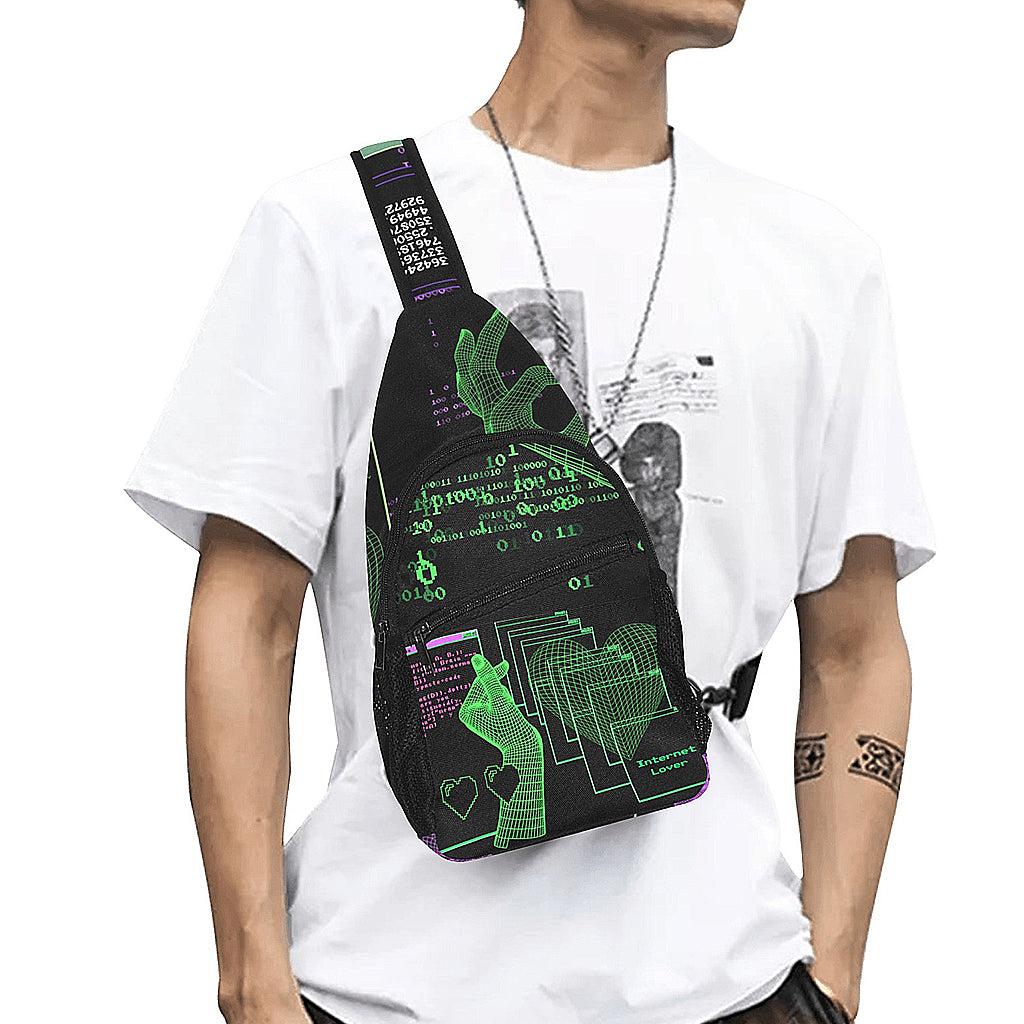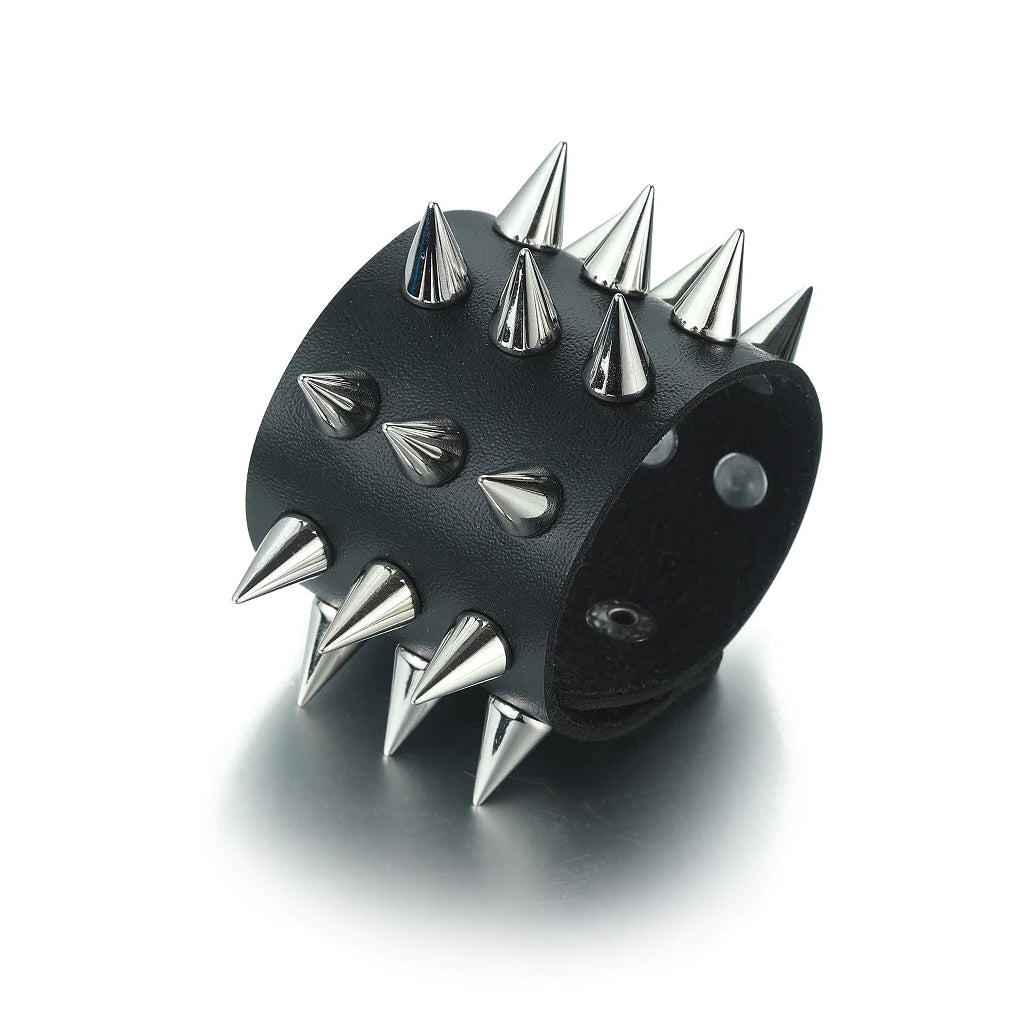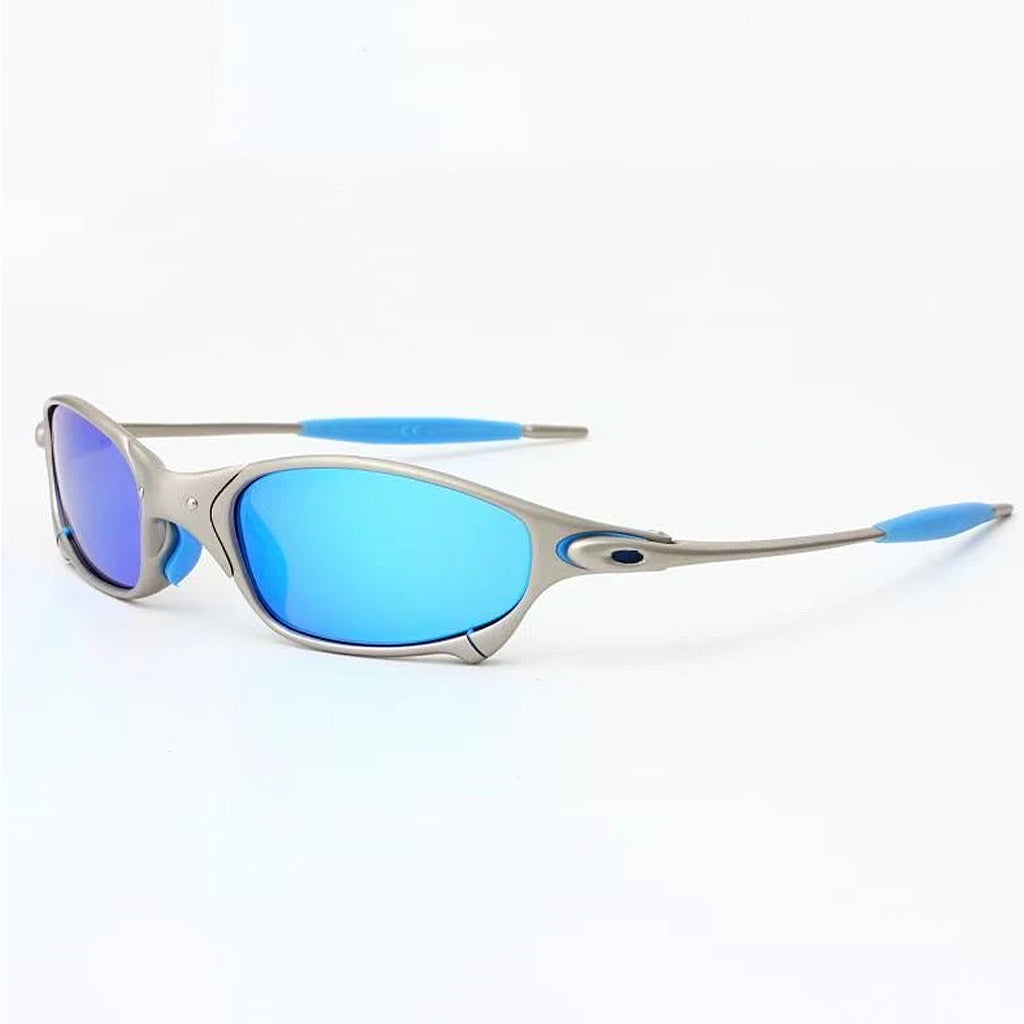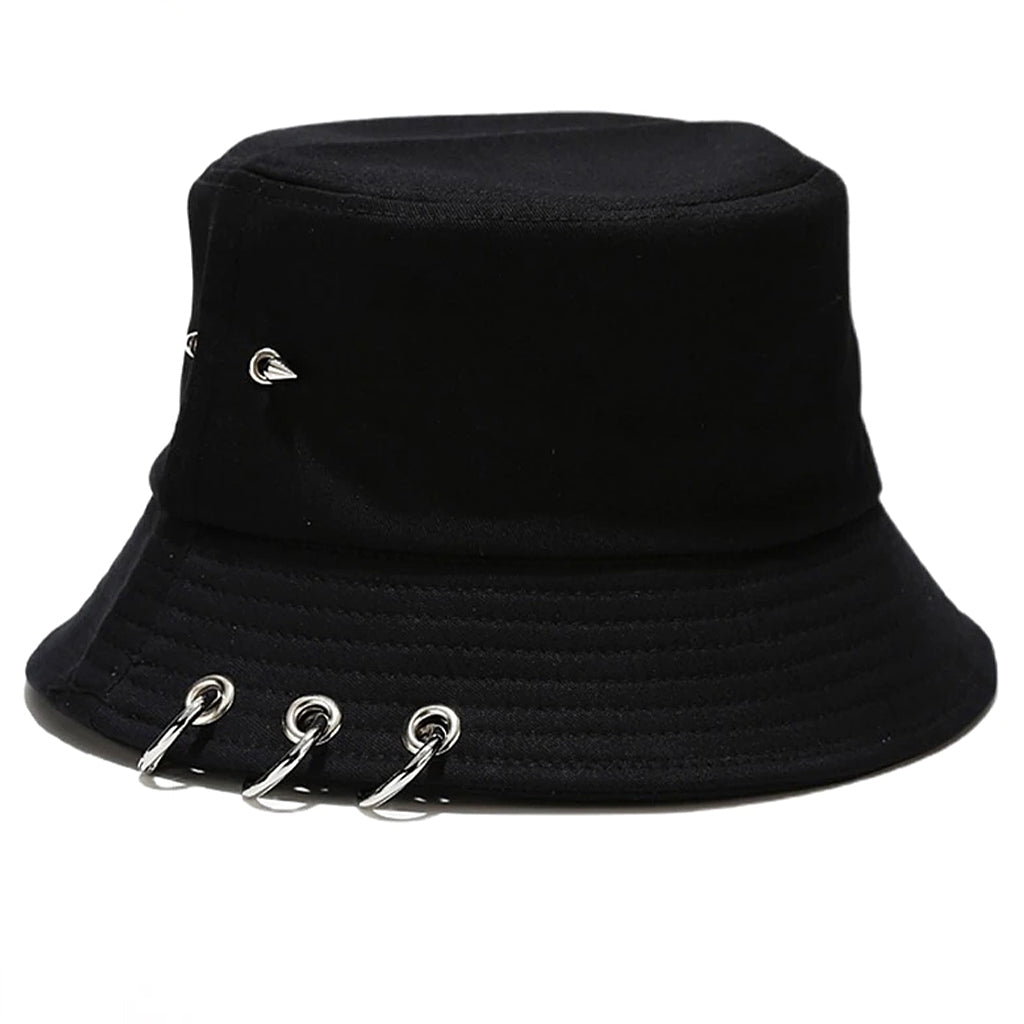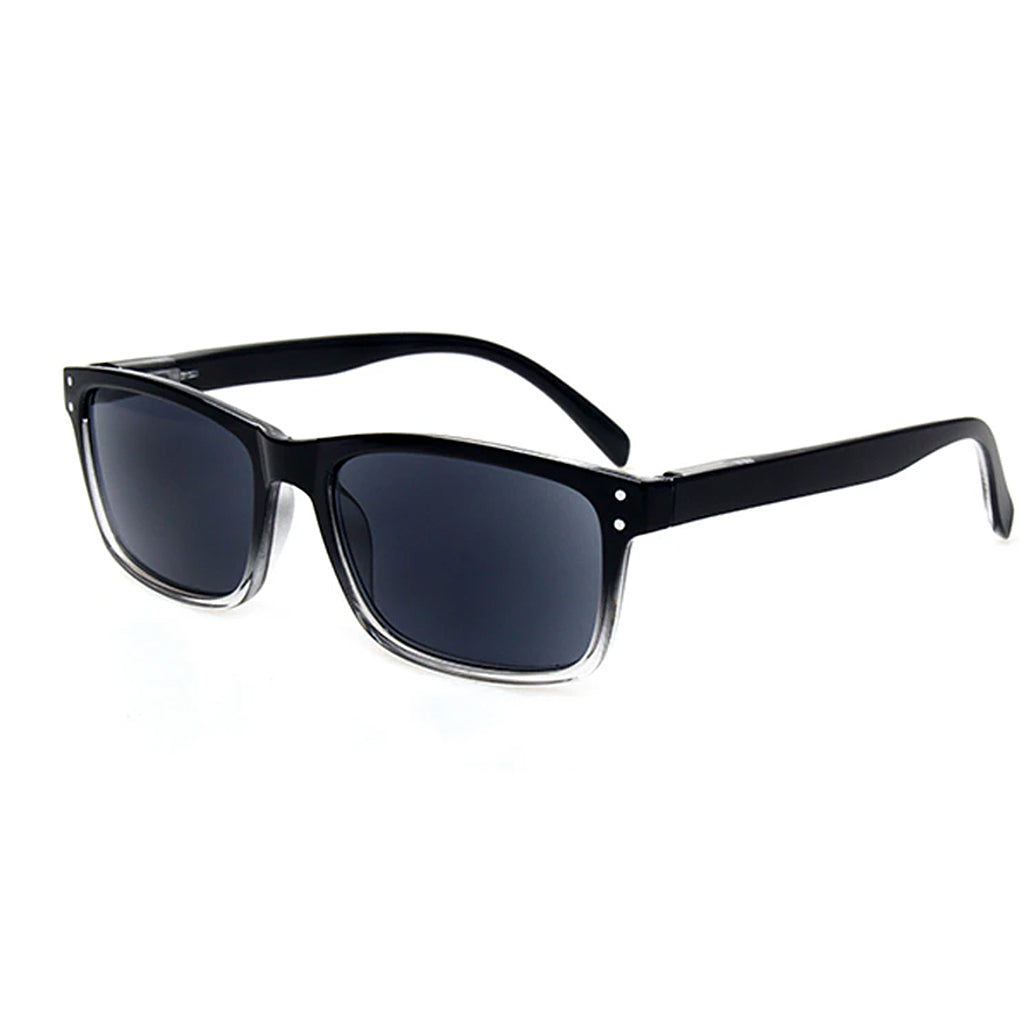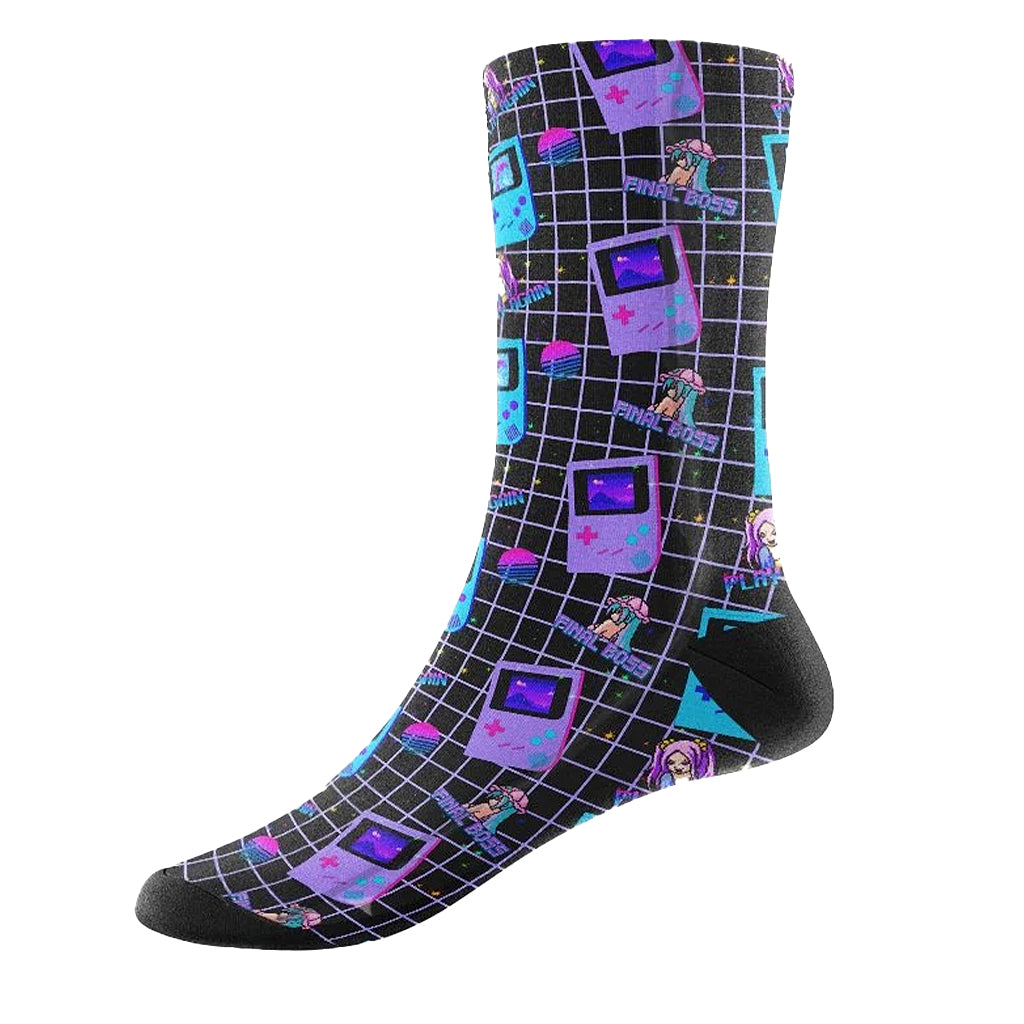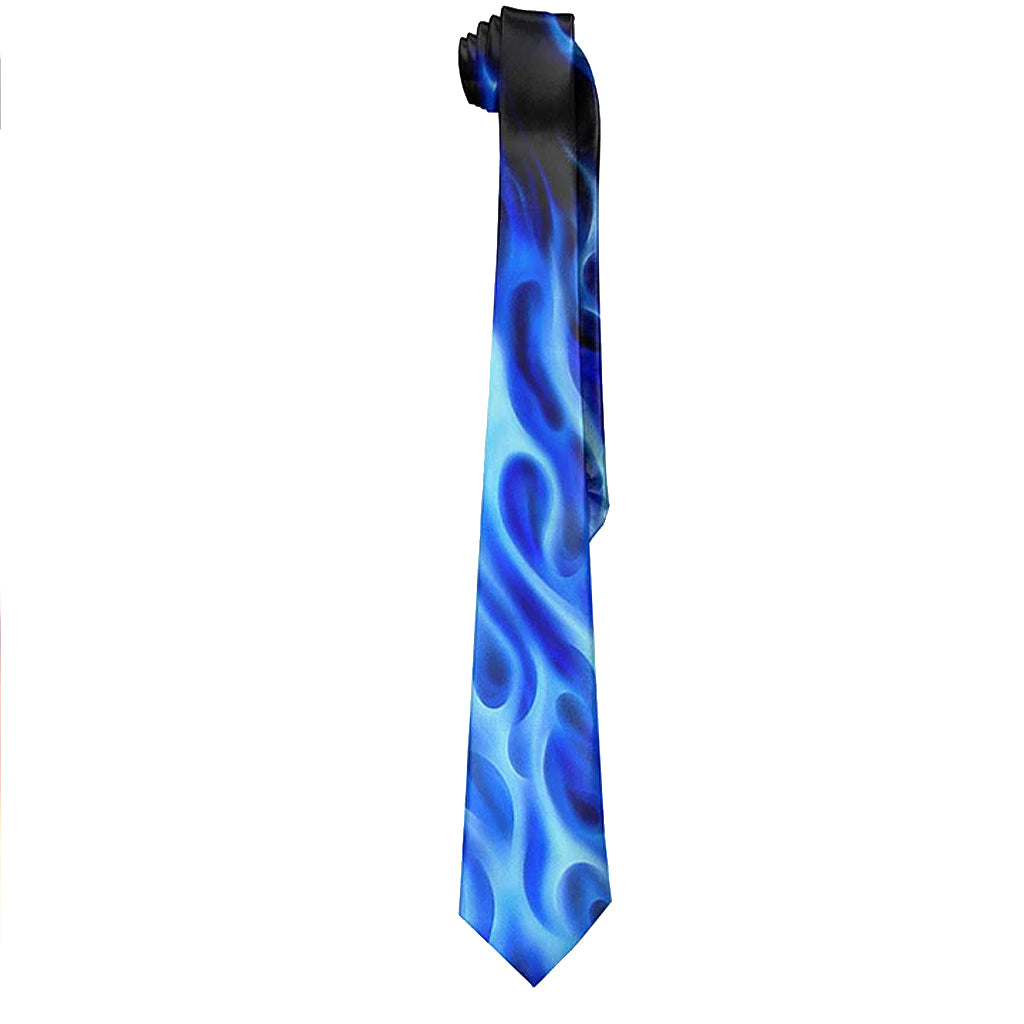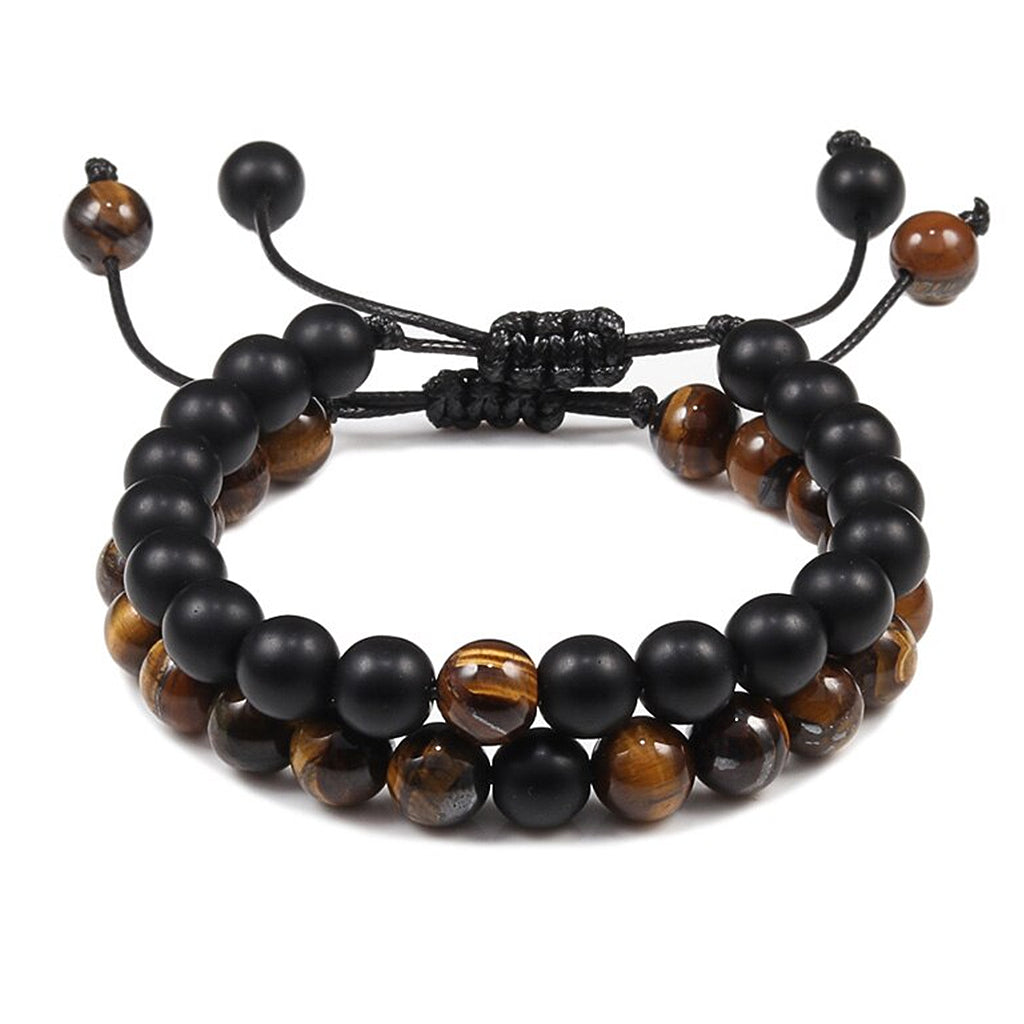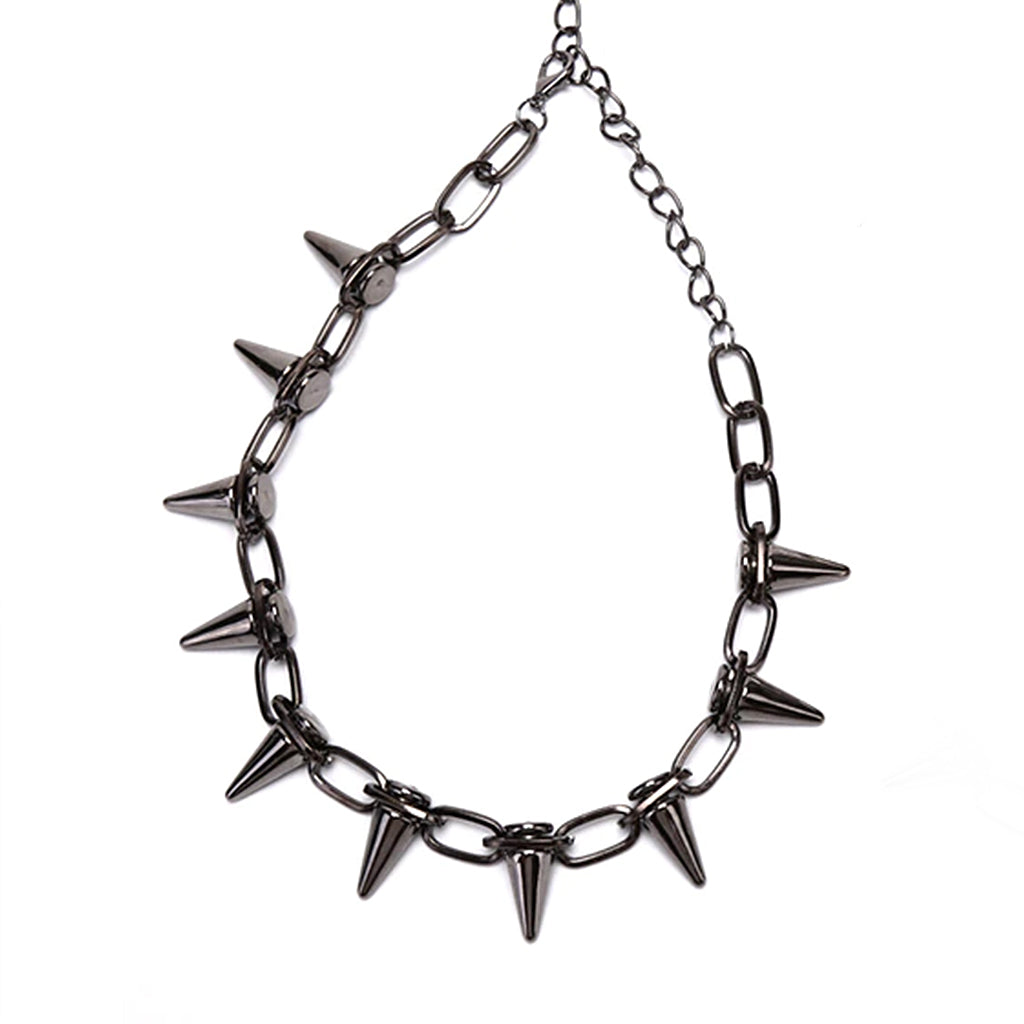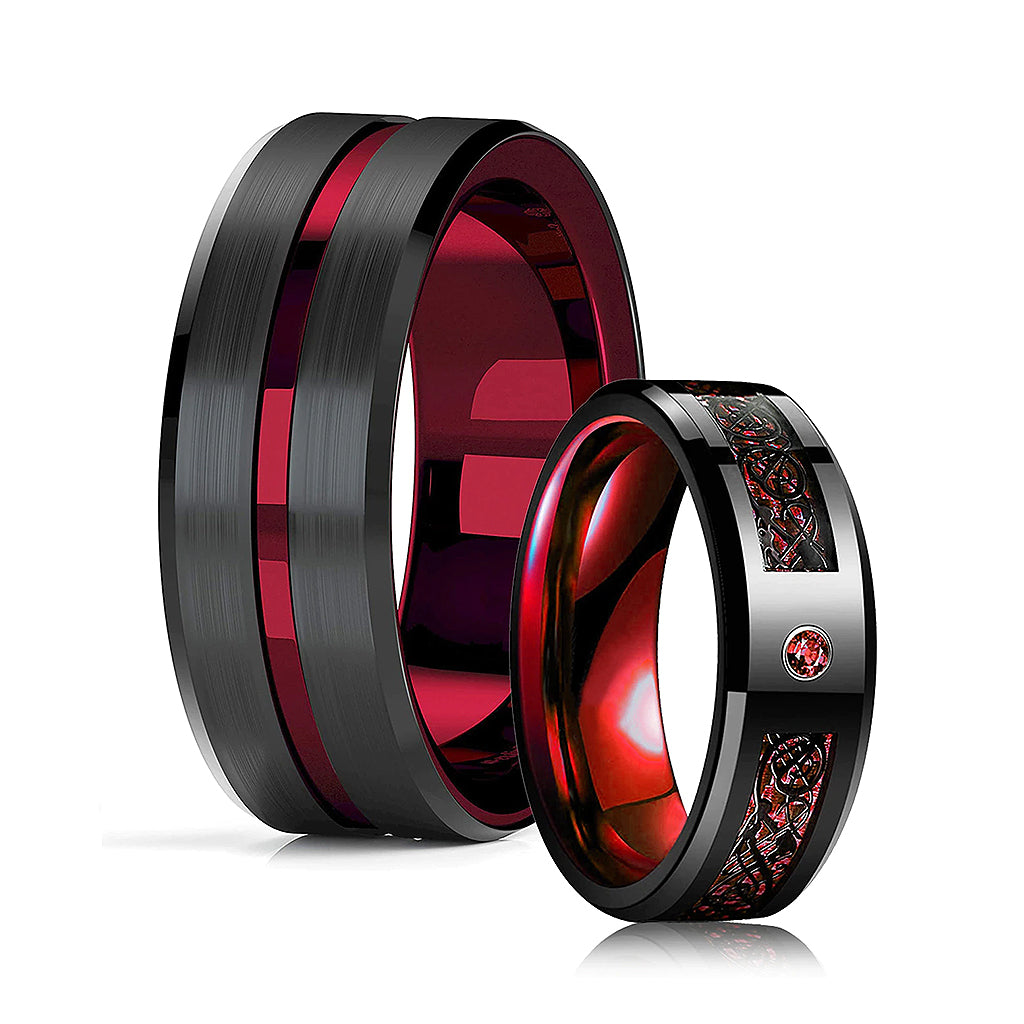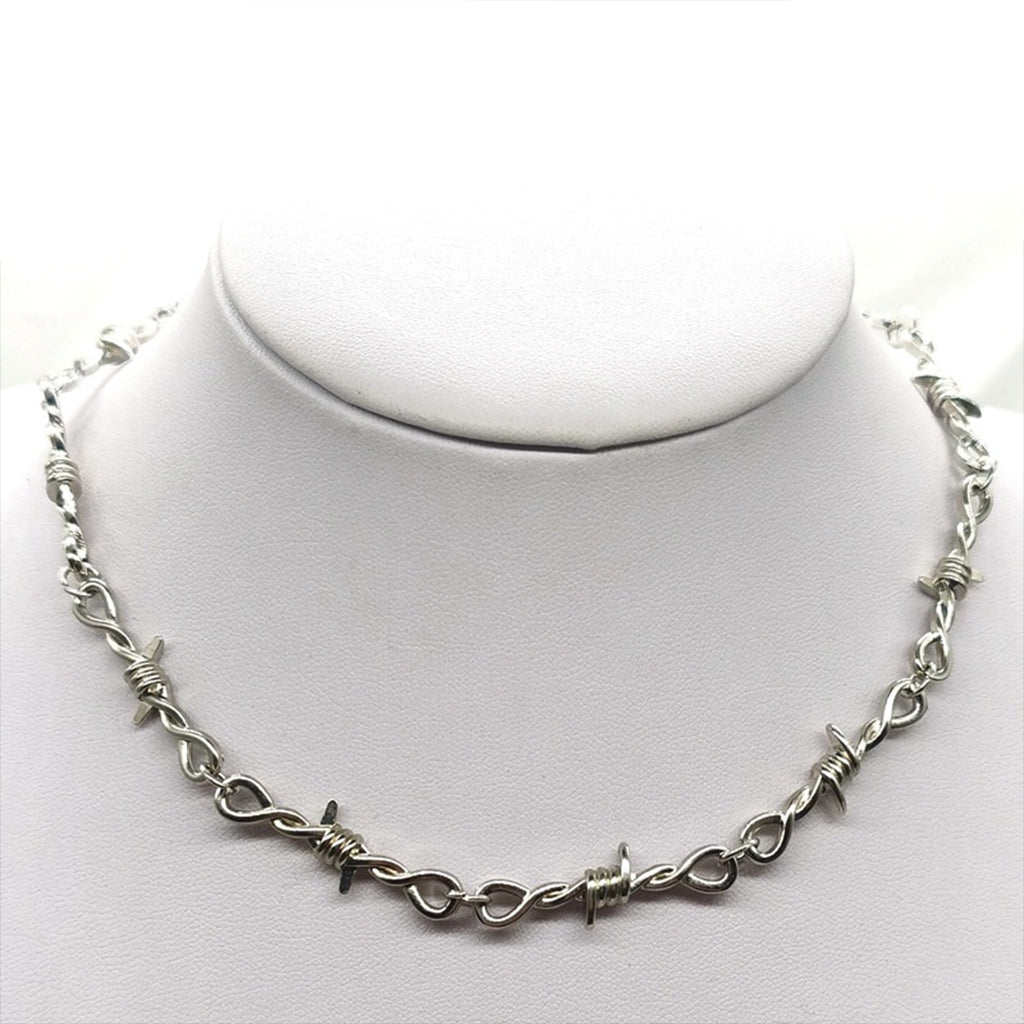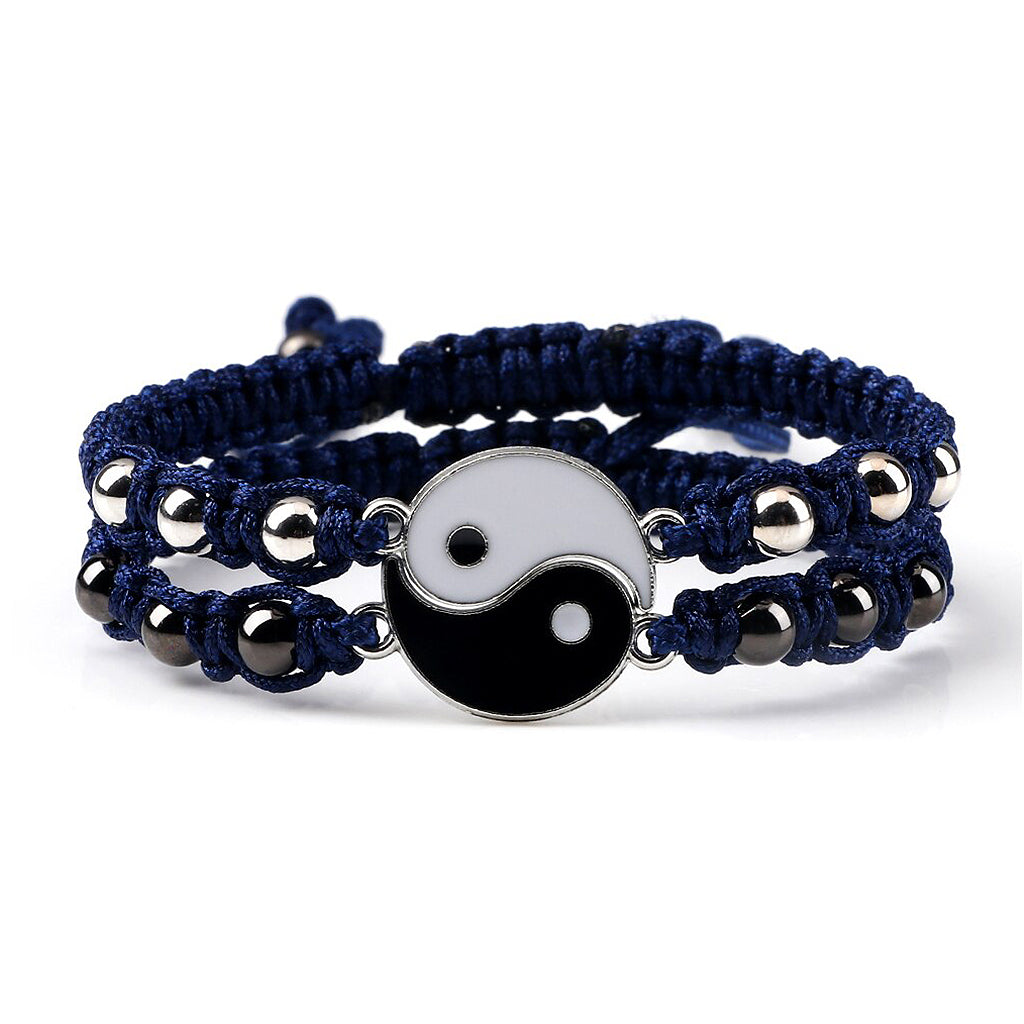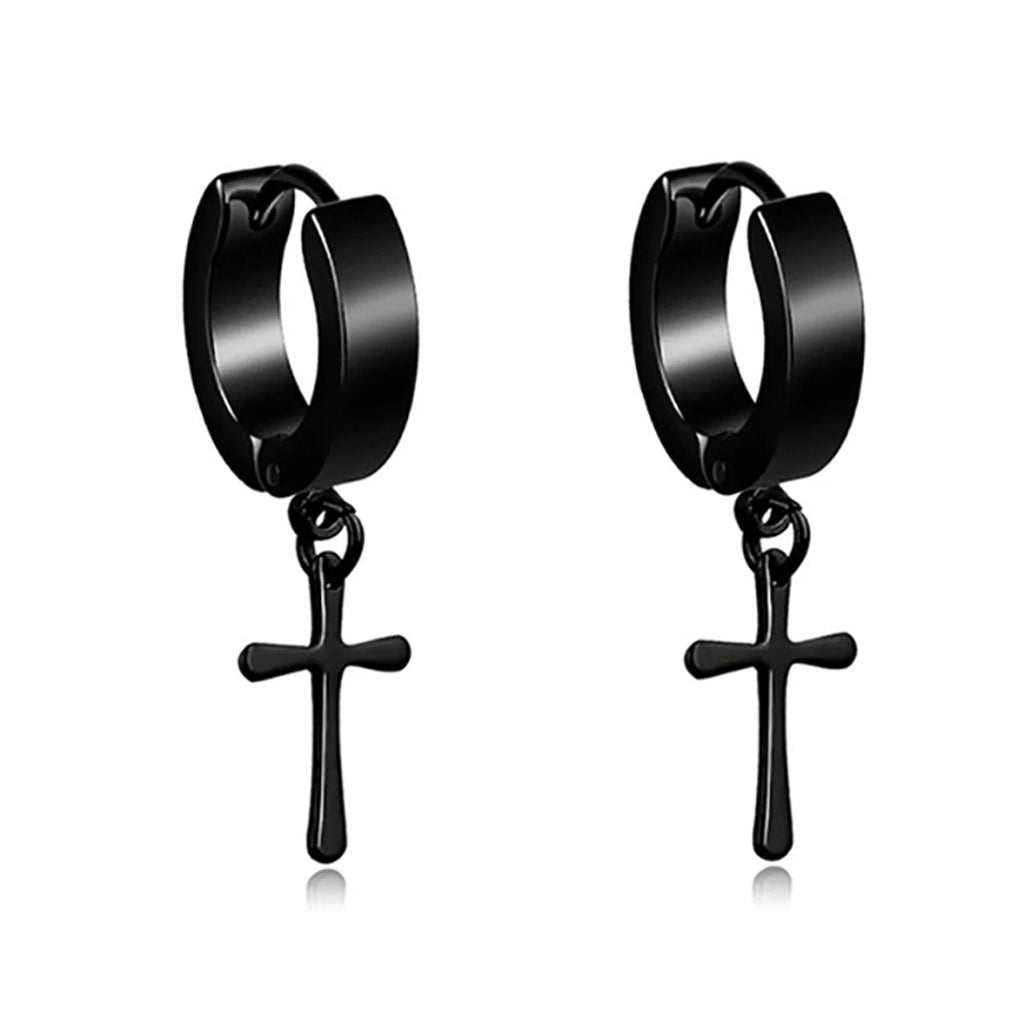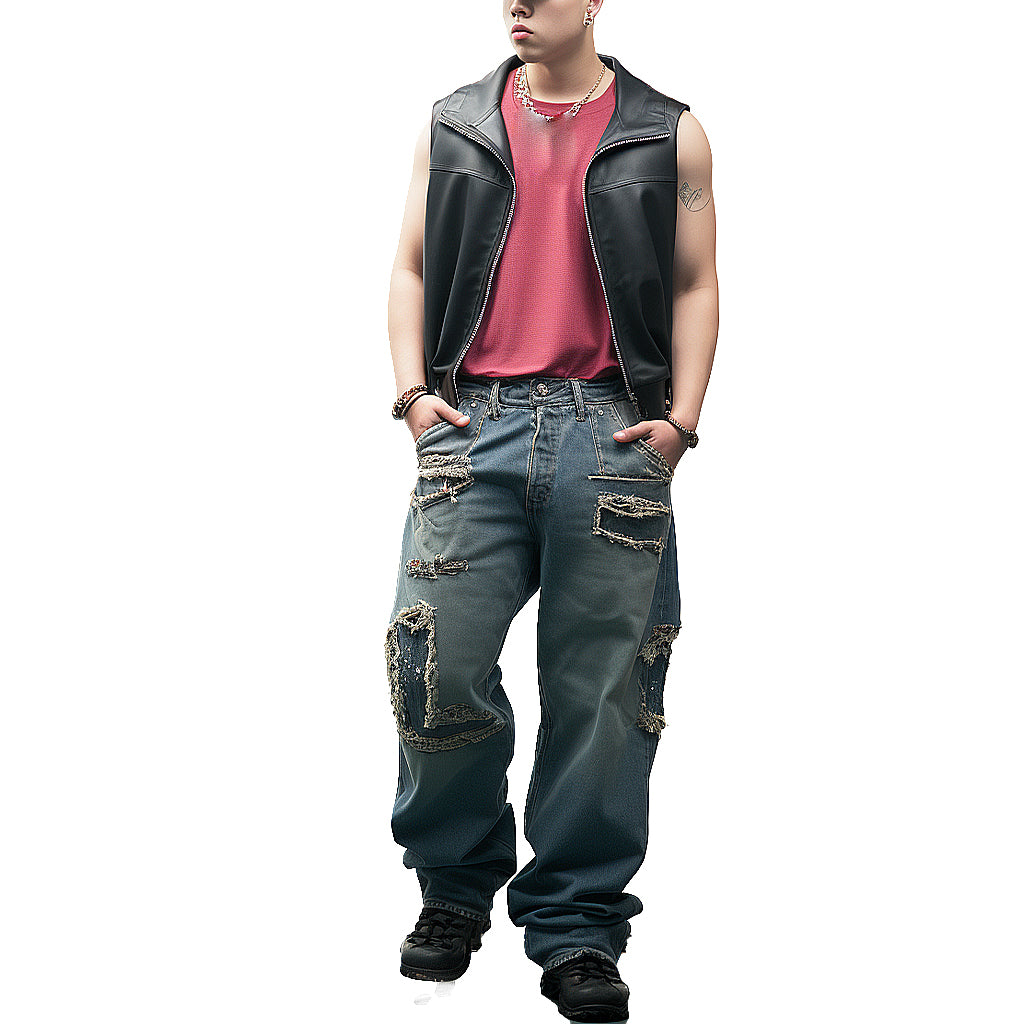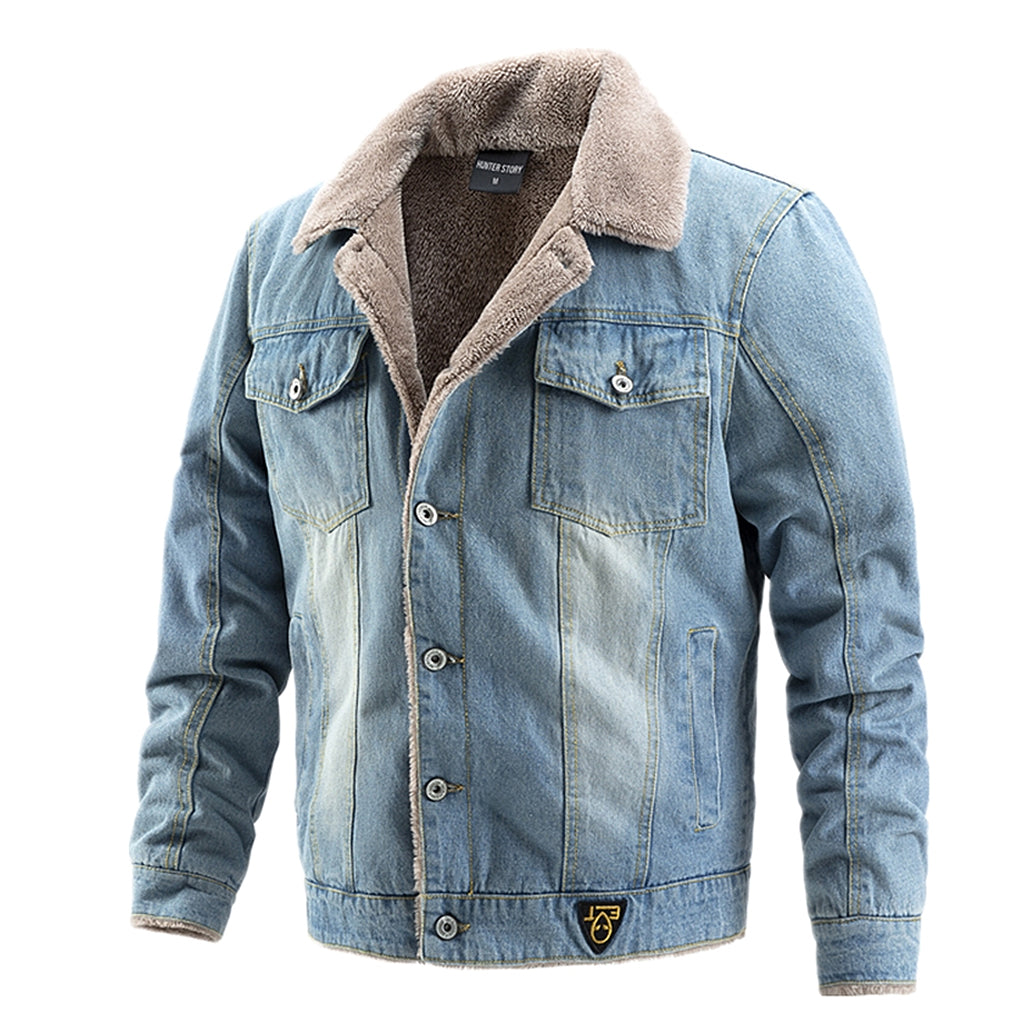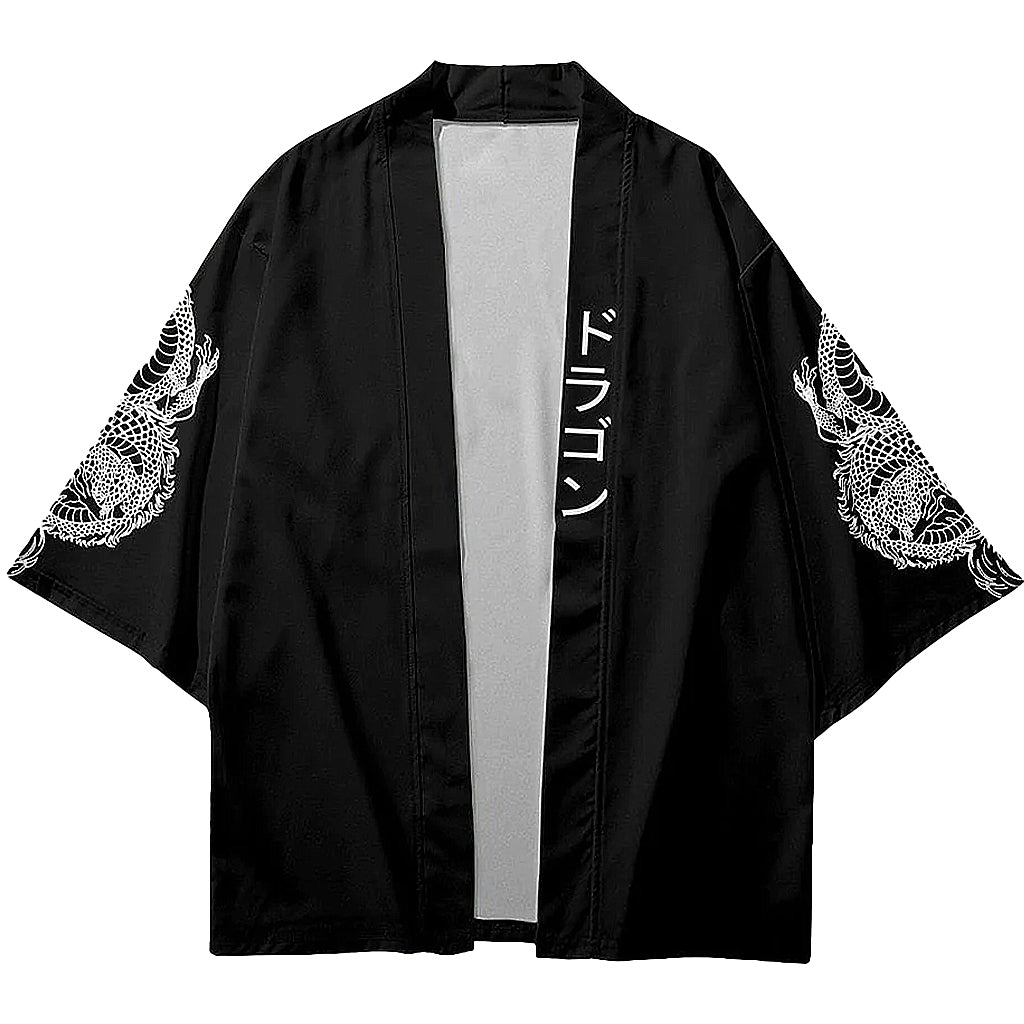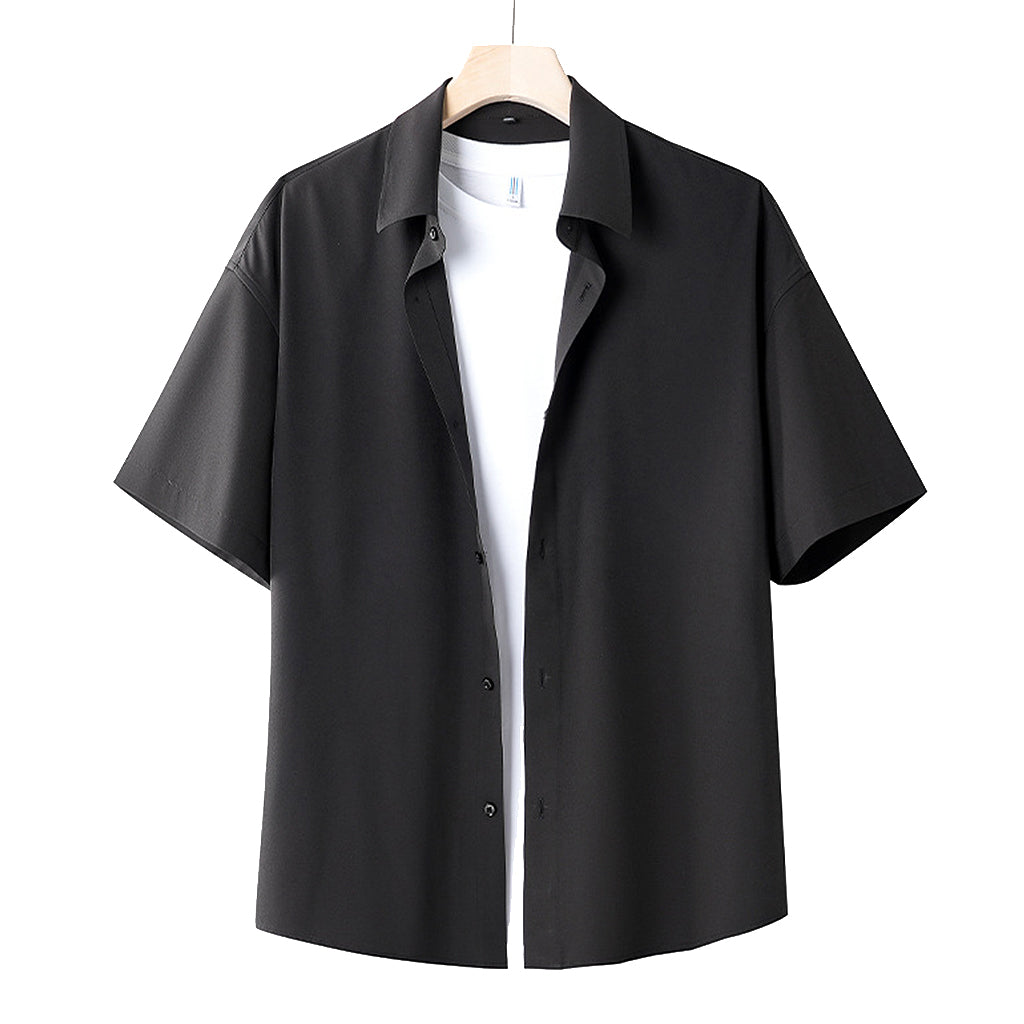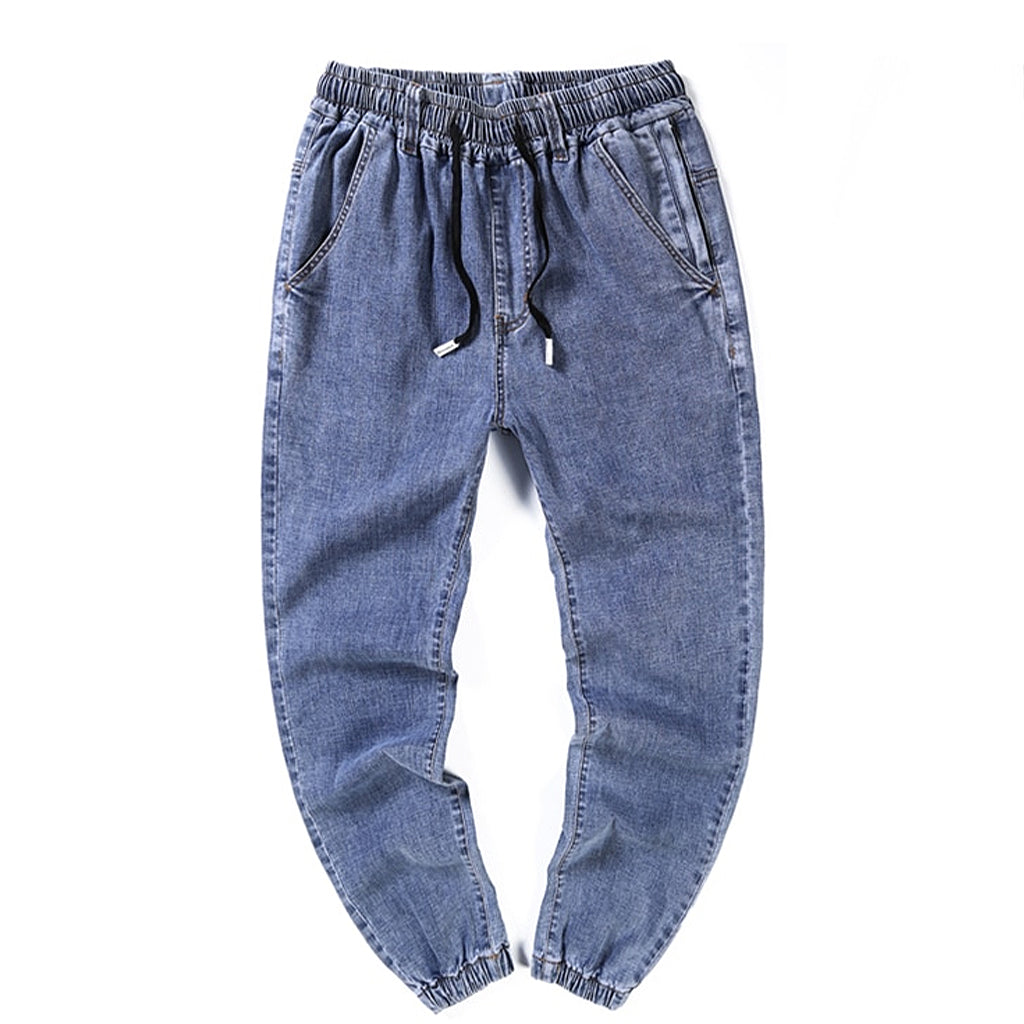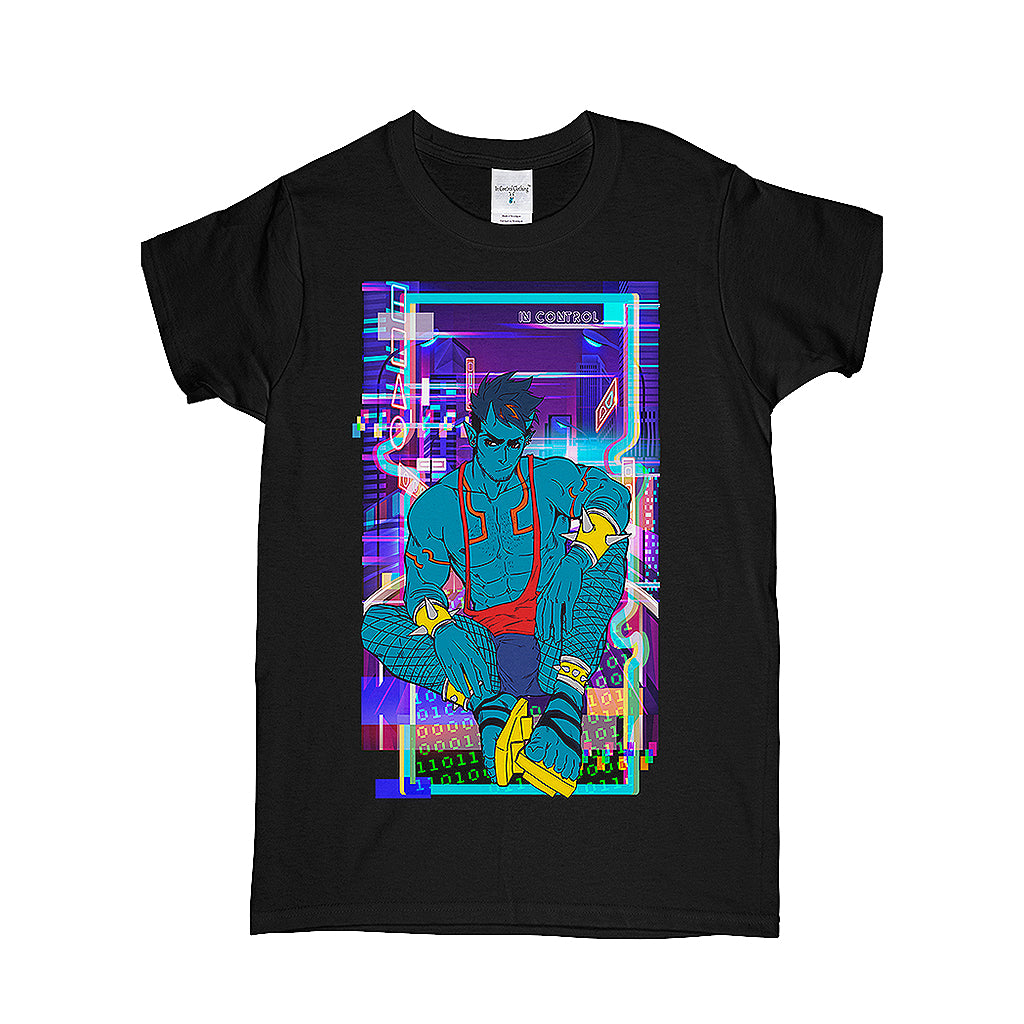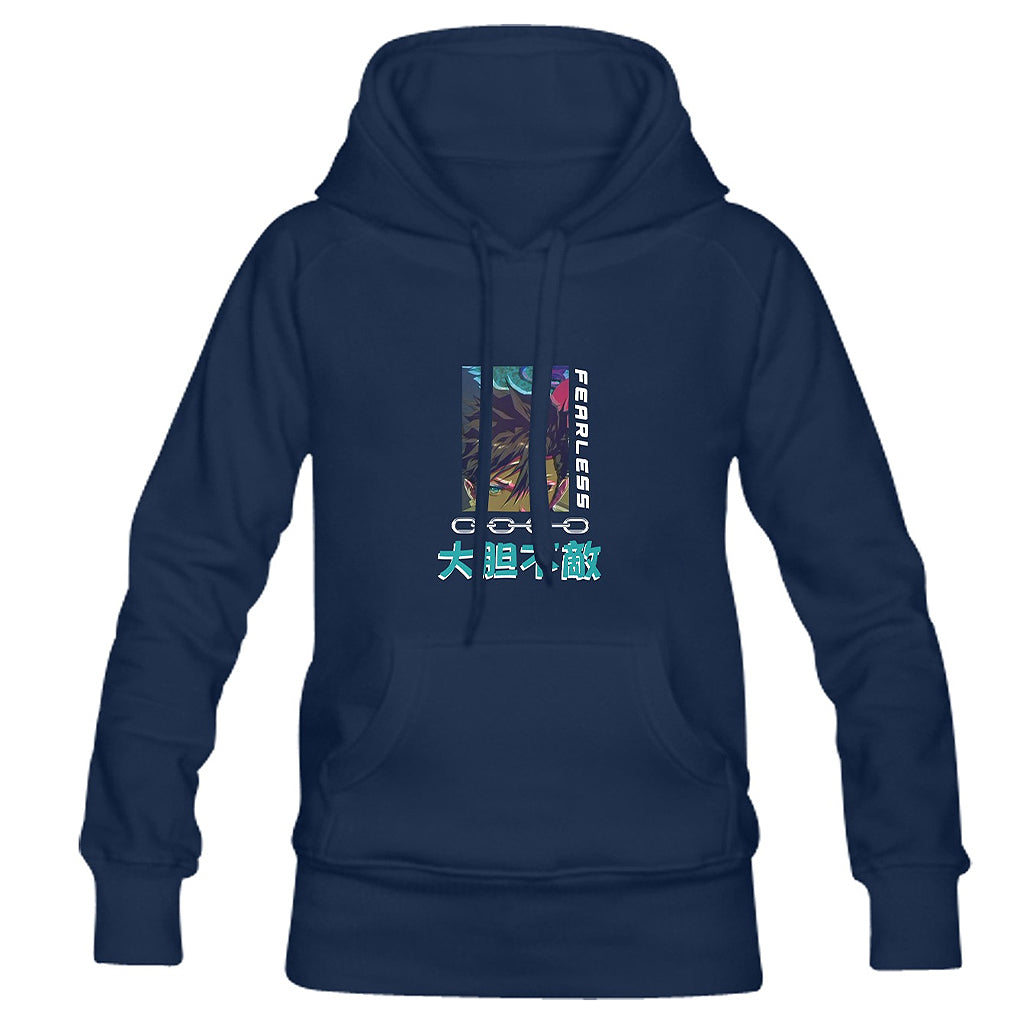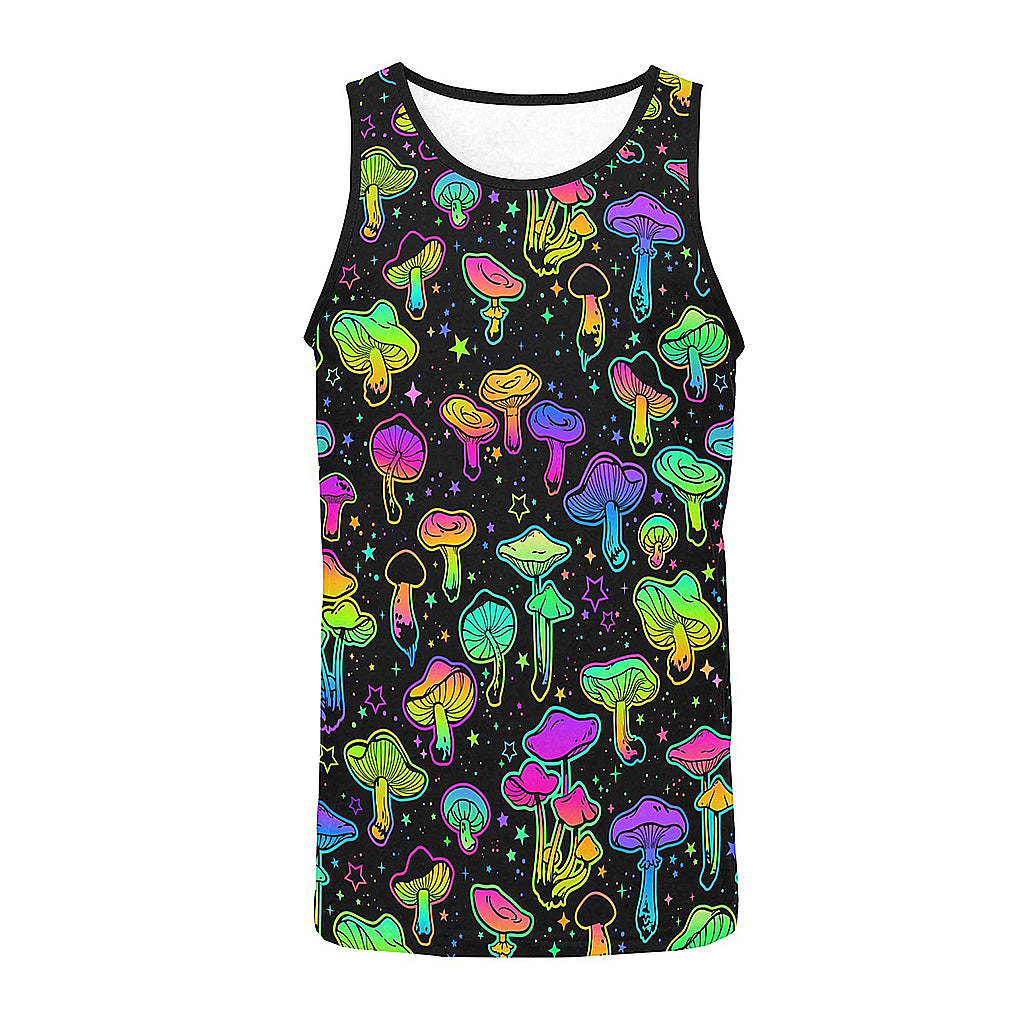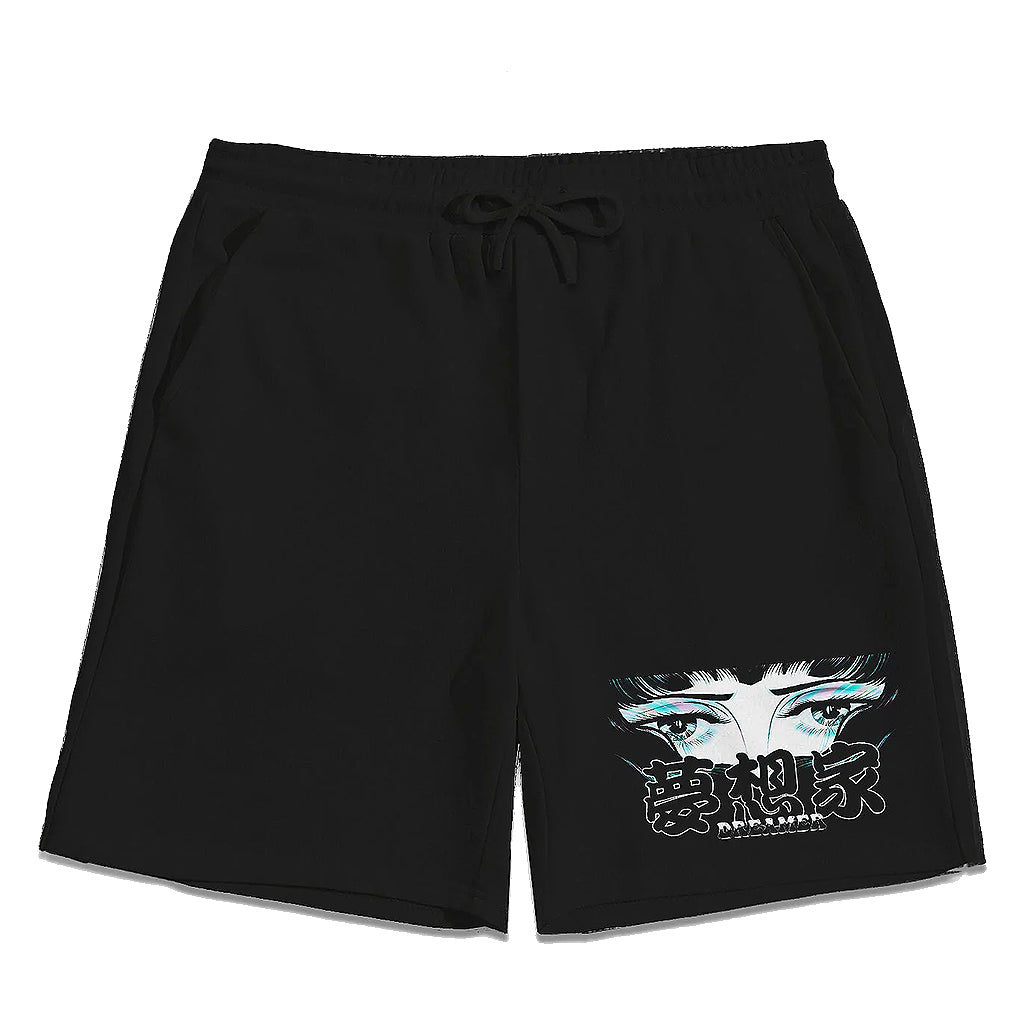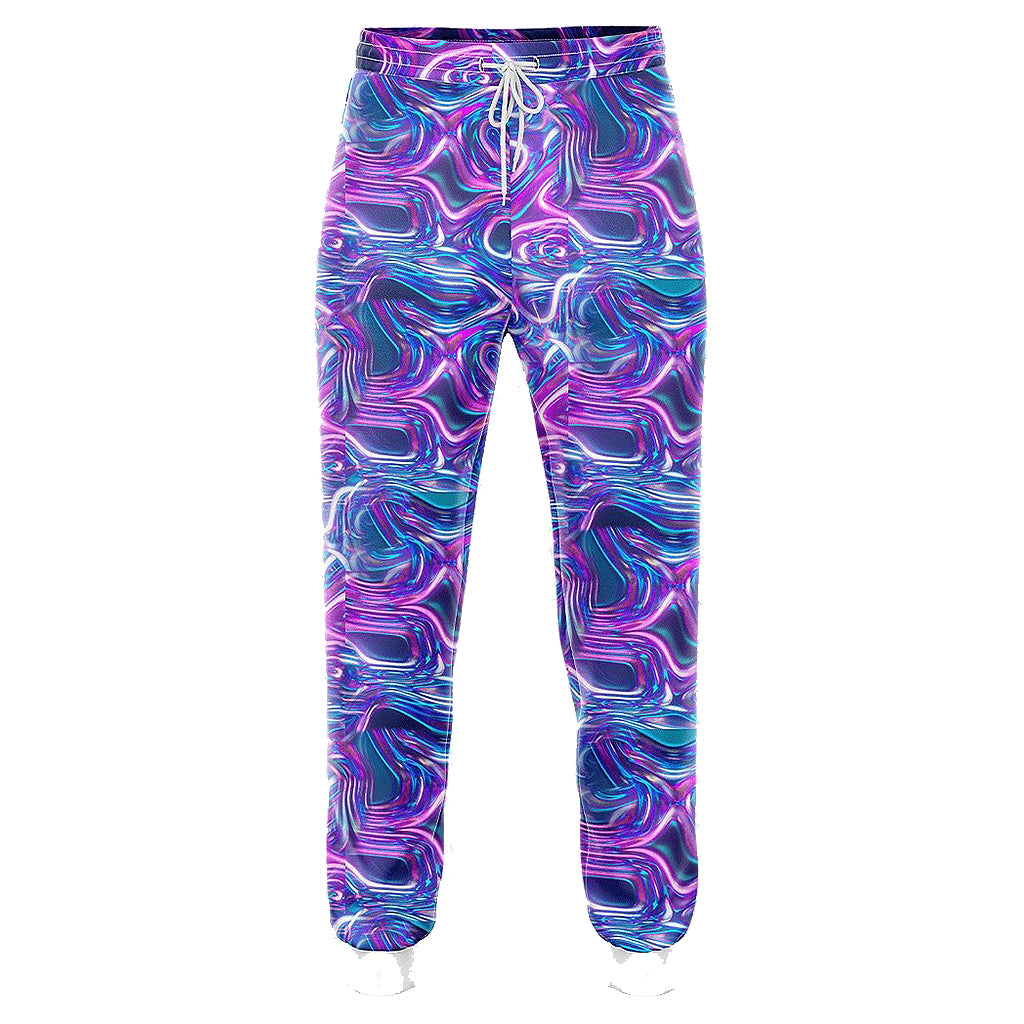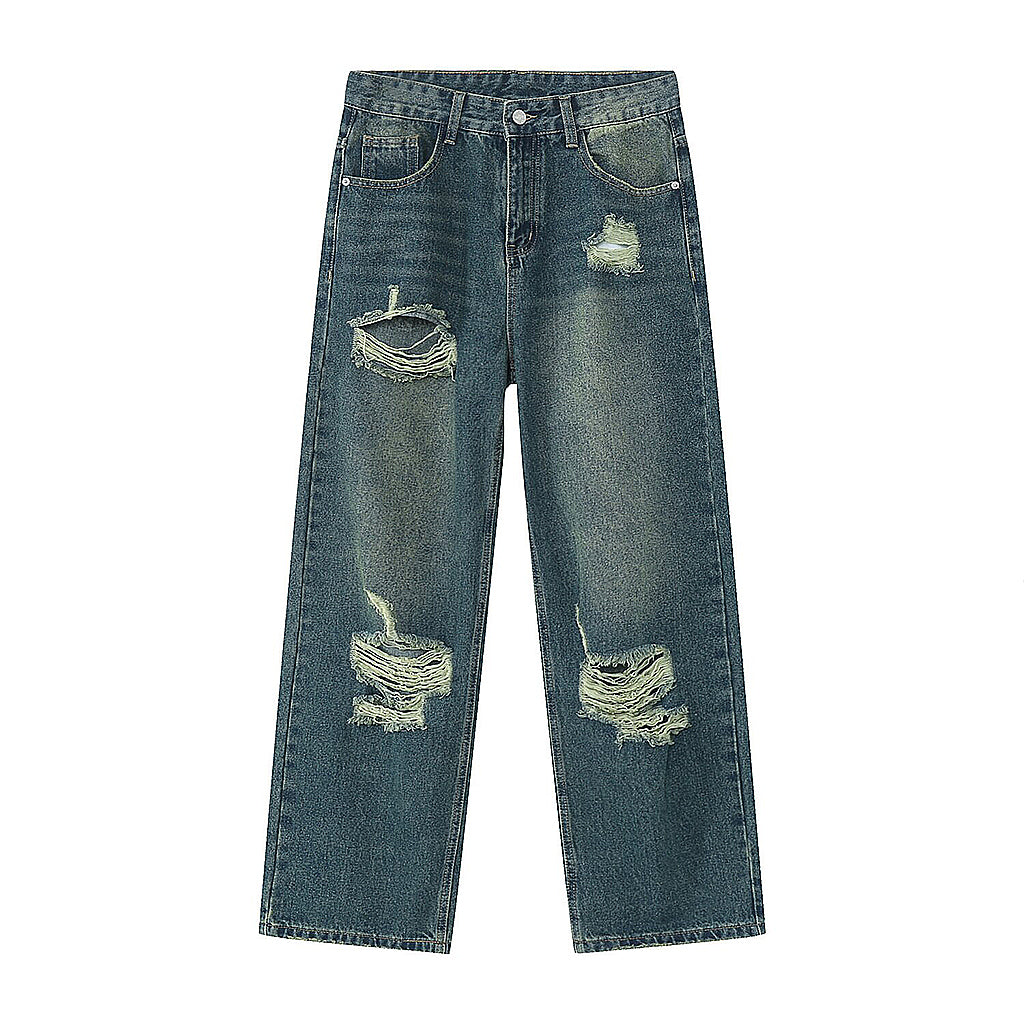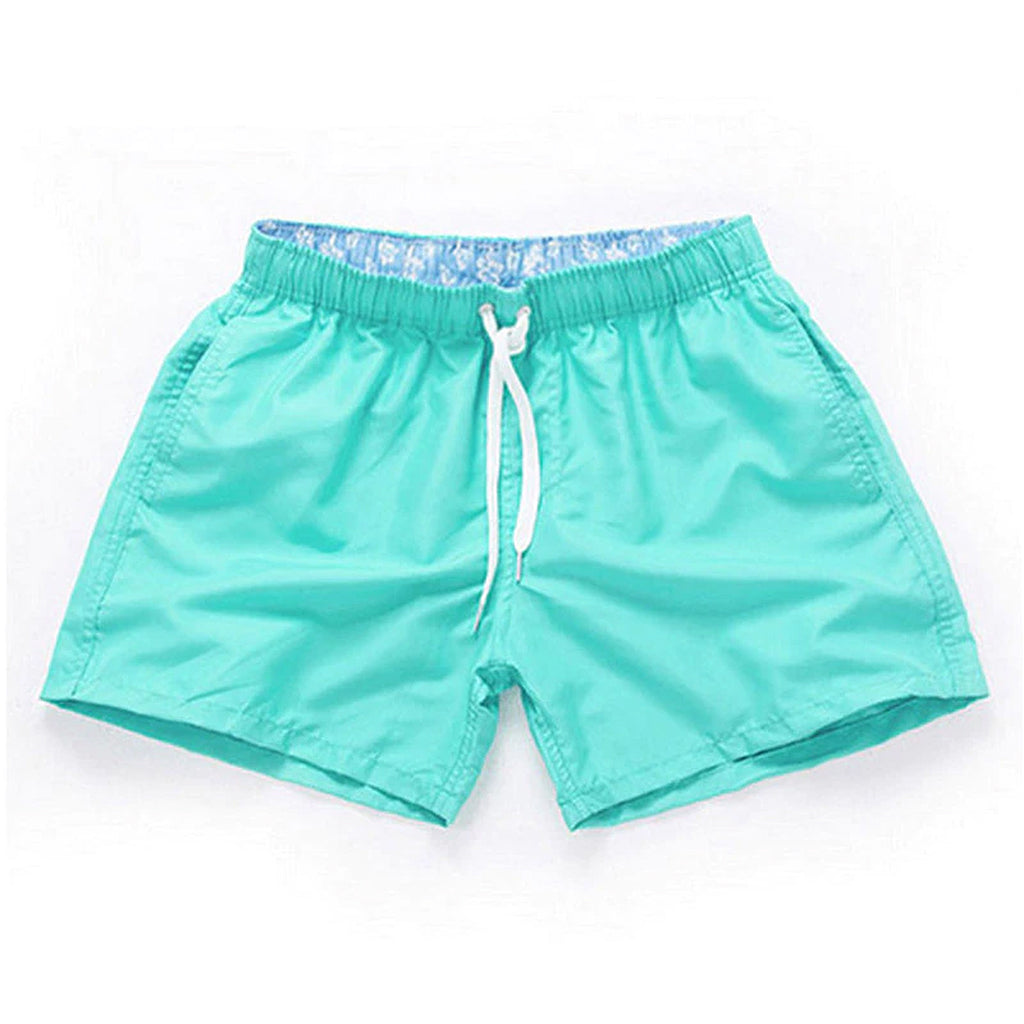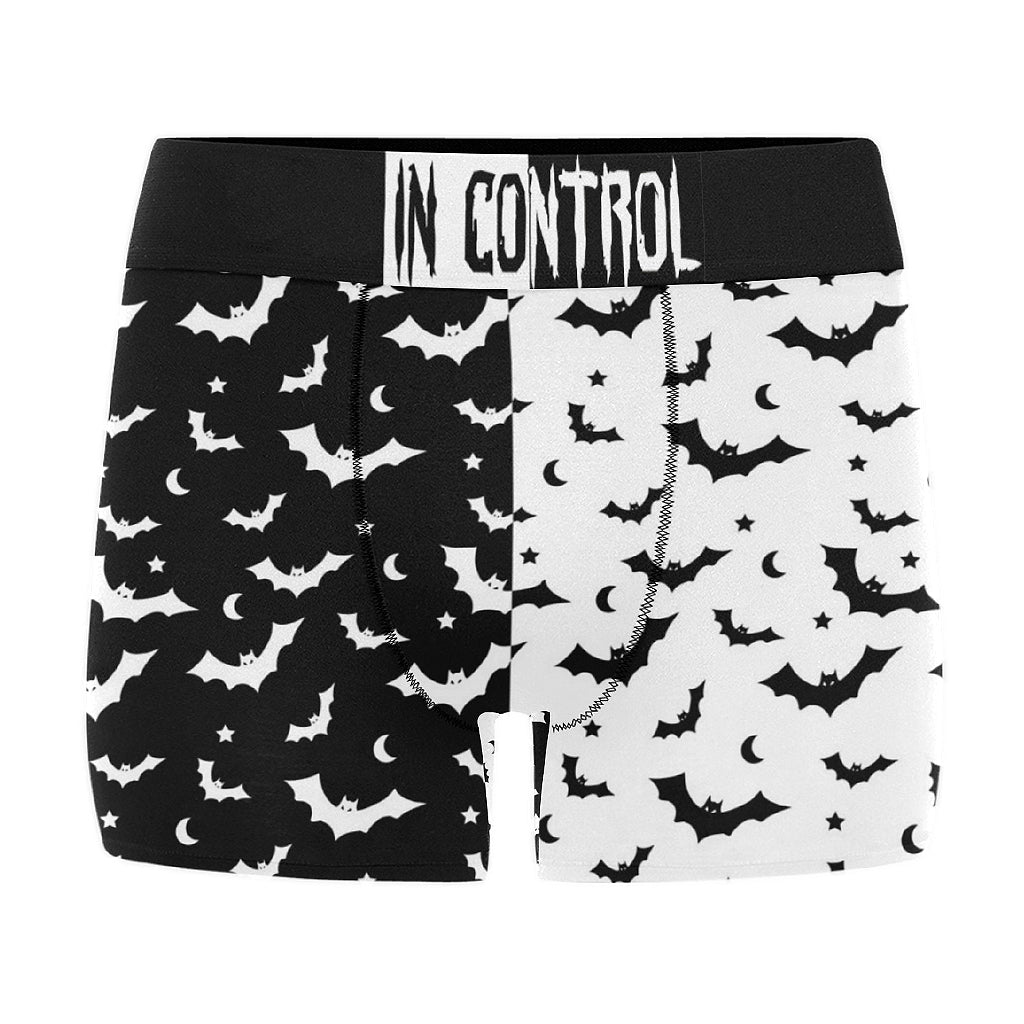Kawaii Fashion 101
❀ Kawaii Fashion Subcultures ❀
Exploring the Cute & Colorful World of Japanese Fashion
What is Kawaii Fashion?
Kawaii (可愛い) is a Japanese term meaning "cute," "adorable," or "lovable." Kawaii fashion emerged in Japan during the 1970s and gained significant popularity in the 1980s and beyond, becoming a cultural phenomenon that has influenced global fashion trends.
At its core, Kawaii fashion embraces childlike innocence, playfulness, and charm through clothing and accessories. It emphasizes bright colors, playful designs, cartoon characters, and an overall cute aesthetic that brings joy and comfort to both the wearer and observer.
Over the decades, Kawaii fashion has evolved into numerous distinct subcultures, each with its own unique characteristics, color palettes, and styling elements. From the elegant frills of Sweet Lolita to the chaotic accessorizing of Decora Kei, these styles represent different interpretations of cuteness and have created diverse communities within Japanese street fashion.
Sweet Lolita
Sweet Lolita is one of the most recognizable kawaii fashion subcultures. Based on Victorian and Rococo fashion, Sweet Lolita takes these historical inspirations and transforms them into hyper-feminine, doll-like outfits with a focus on childlike innocence and cuteness.
Key Characteristics:
- Frilly, knee-length skirts or dresses with petticoats for volume
- High-waisted silhouettes with puffed sleeves
- Intricate lace trim and ribbon details
- Pastel colors with emphasis on pinks, blues, and cream
- Motifs including strawberries, candy, flowers, and animals
Color Palette:


Typical Accessories:
History & Context: Sweet Lolita emerged in Japan during the 1980s as part of the broader Lolita fashion movement. It became widely popularized in the 1990s-2000s through magazines like "Gothic & Lolita Bible" and brands such as Angelic Pretty and Baby, The Stars Shine Bright. It represents a rejection of adult sexualization in favor of modesty and cuteness.
Decora Kei
Decora Kei (デコラ系, "decorative style") is one of the most visually striking kawaii subcultures, characterized by an explosion of colorful accessories and layers. The style is based on the concept of "fashion as decoration," where the wearer adorns themselves with as many cute, colorful items as possible.
Key Characteristics:
- Excessive layering of bright, colorful clothing
- Multiple hair clips (often 20+ worn at once)
- Abundant accessories covering the entire outfit
- Vibrant rainbow colors with no specific color restrictions
- Character goods and toys incorporated into the style
Color Palette:

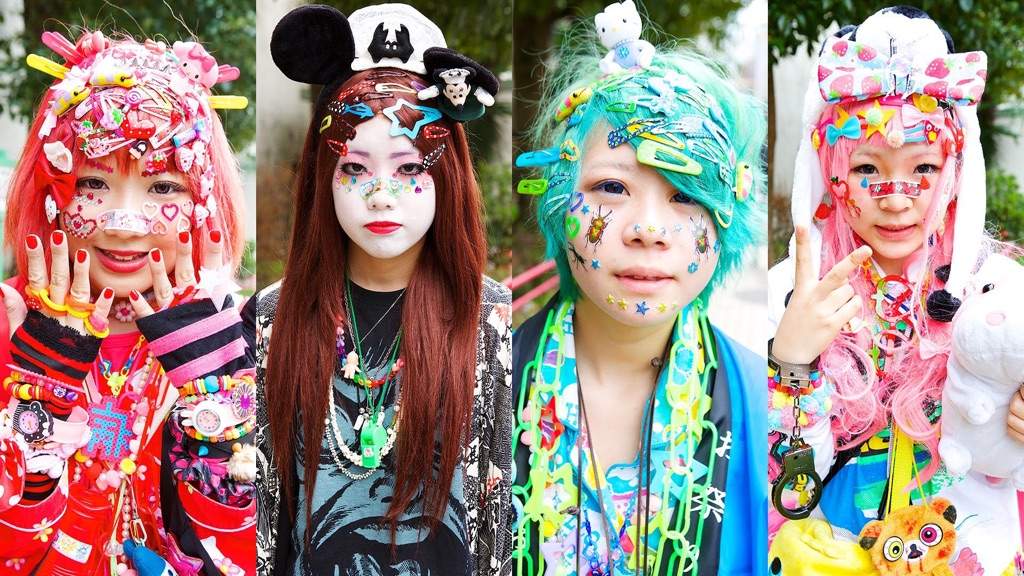
Typical Accessories:
History & Context: Decora reached peak popularity in the mid-2000s in Tokyo's Harajuku district. The style was heavily featured in FRUiTS magazine and became internationally recognized as a symbol of Japanese street fashion. While Decora has declined somewhat from its peak, it continues to influence fashion and represents the expressive freedom of Japanese youth culture.
Fairy Kei
Fairy Kei (フェアリー系) is a pastel-colored style heavily influenced by 1980s American pop culture, children's toys, and fantasy elements. This dreamy fashion subculture embraces childlike wonder and nostalgia through its soft aesthetic and vintage inspirations.
Key Characteristics:
- Soft pastel colors in lavender, mint, baby blue, and pink
- Oversized silhouettes with puffy sleeves and layers
- Vintage 1980s motifs and character designs
- Sparkly or holographic elements
- Dreamy, cloud-like textures and fabrics
Color Palette:
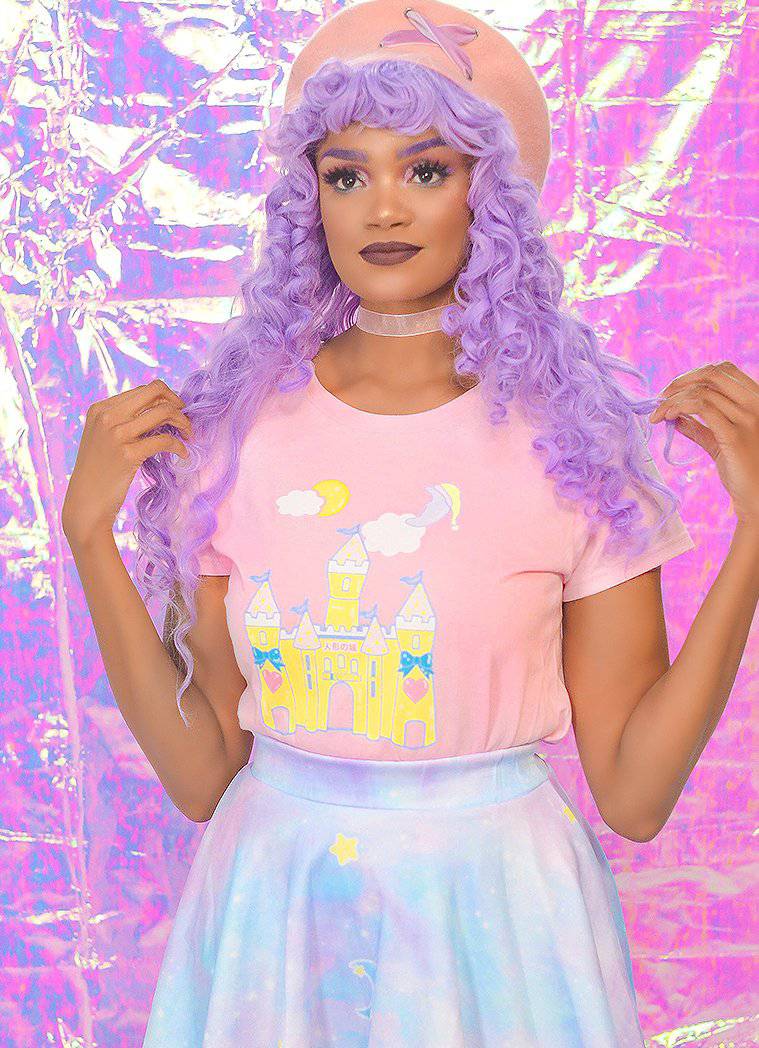

Typical Accessories:
History & Context: Fairy Kei emerged in the early 2000s, with the Japanese brand SPANK! being one of its pioneers. The style draws inspiration from 80s cartoons like My Little Pony, Care Bears, and Rainbow Brite. Unlike Lolita, Fairy Kei has a more relaxed approach to fashion rules and encourages personal expression within its pastel-colored framework.
Yume Kawaii
Yume Kawaii (夢可愛い, "dreamy cute") is a newer kawaii subculture that emerged in the 2010s, focusing on dreamlike, fantasy elements with a soft and ethereal aesthetic. The style balances cuteness with a slightly surreal, dreamy quality.
Key Characteristics:
- Soft pastel colors with an emphasis on pinks and blues
- Cloud-like motifs and dreamy imagery
- Whimsical and fantasy-inspired elements
- Fluffy textures and dreamy fabrics
- Combination of cute and ethereal aesthetics
Color Palette:

Typical Accessories:
History & Context: Yume Kawaii developed in the 2010s as an evolution of earlier kawaii styles, influenced by internet aesthetics and dream-like imagery. The style gained popularity through social media platforms and represents a modern, digital-age interpretation of kawaii aesthetics that blurs the line between reality and fantasy.
Yami Kawaii
Yami Kawaii (病みかわいい, "sick cute") is a controversial subculture that combines cute kawaii aesthetics with darker themes related to mental health, medical imagery, and self-harm references. It emerged as a response to Japan's taboo around discussing mental health issues.
Key Characteristics:
- Pastel colors (especially pink) mixed with darker elements
- Medical motifs such as bandages, pills, and syringes
- Cute characters with dark themes or expressions
- References to anxiety, depression, and mental health
- Mix of innocent and disturbing imagery
Color Palette:


Typical Accessories:
History & Context: Yami Kawaii emerged around 2015 in Japan, gaining recognition through social media. The style serves as both fashion and social commentary, bringing visibility to mental health issues in Japan where they have traditionally been stigmatized. The aesthetic has faced criticism for potentially romanticizing self-harm, while supporters argue it creates necessary dialogue around mental health.
Guro Kawaii
Guro Kawaii (グロカワ, "grotesque cute") takes the juxtaposition of cute and dark to an extreme by combining kawaii aesthetics with horror, gore, and grotesque elements. While related to Yami Kawaii, Guro Kawaii focuses more on physical horror than mental health themes.
Key Characteristics:
- Cute aesthetics mixed with horror and gore imagery
- Pastel colors contrasted with blood red or black
- Cute characters with disturbing alterations
- Horror elements like blood spatter and body parts
- Dark humor approach to fashion
Color Palette:


Typical Accessories:
History & Context: Guro Kawaii gained popularity in the mid-2010s, part of a broader trend toward subversive cute aesthetics. The style is influenced by Japanese horror manga, the aesthetics of artists like Shintaro Kago, and the desire to challenge conventional beauty standards. While not as mainstream as other kawaii styles, it has cultivated a dedicated following in alternative fashion circles both in Japan and internationally.
Other Notable Kawaii Styles
Beyond the major kawaii subcultures, there are several other notable styles that fall under the kawaii umbrella, each with their own unique interpretations of cuteness:
Additional Kawaii Subcultures:
Mori Kei (森系, "Forest Style")
A nature-inspired kawaii style focusing on layered, forest-like aesthetics with earth tones, natural fabrics, and a cozy, woodland fairy appearance.
Kimo-Kawaii (キモかわいい, "Creepy-Cute")
A style that purposely makes cute characters slightly unappealing or off-putting while still maintaining overall cuteness—similar to "ugly-cute" aesthetics.
Cult Party Kei
A dreamy, angelic style featuring white and cream colors, religious imagery (crosses, angels), lace, and gauzy fabrics with ethereal qualities.
Uchuu Kei (宇宙系, "Space Style")
A cosmic-inspired style using galaxy prints, stars, and space motifs with a cute twist, often incorporating holographic and glittery elements.
Otome Kei (乙女系, "Maiden Style")
A girly, romantic style with floral patterns, modest silhouettes, and vintage-inspired pieces focusing on femininity and innocence.


Common Elements Across Kawaii Subcultures:
- Personal expression and creativity are highly valued
- DIY and customization are often important aspects
- Many styles overlap and borrow elements from each other
- Online communities play a key role in style development
- Most emerged from or are associated with Harajuku district in Tokyo
These various kawaii subcultures demonstrate how the concept of "cuteness" can be interpreted in countless ways, from the innocent to the darkly subversive, creating a rich tapestry of fashion expressions within Japanese street style.


